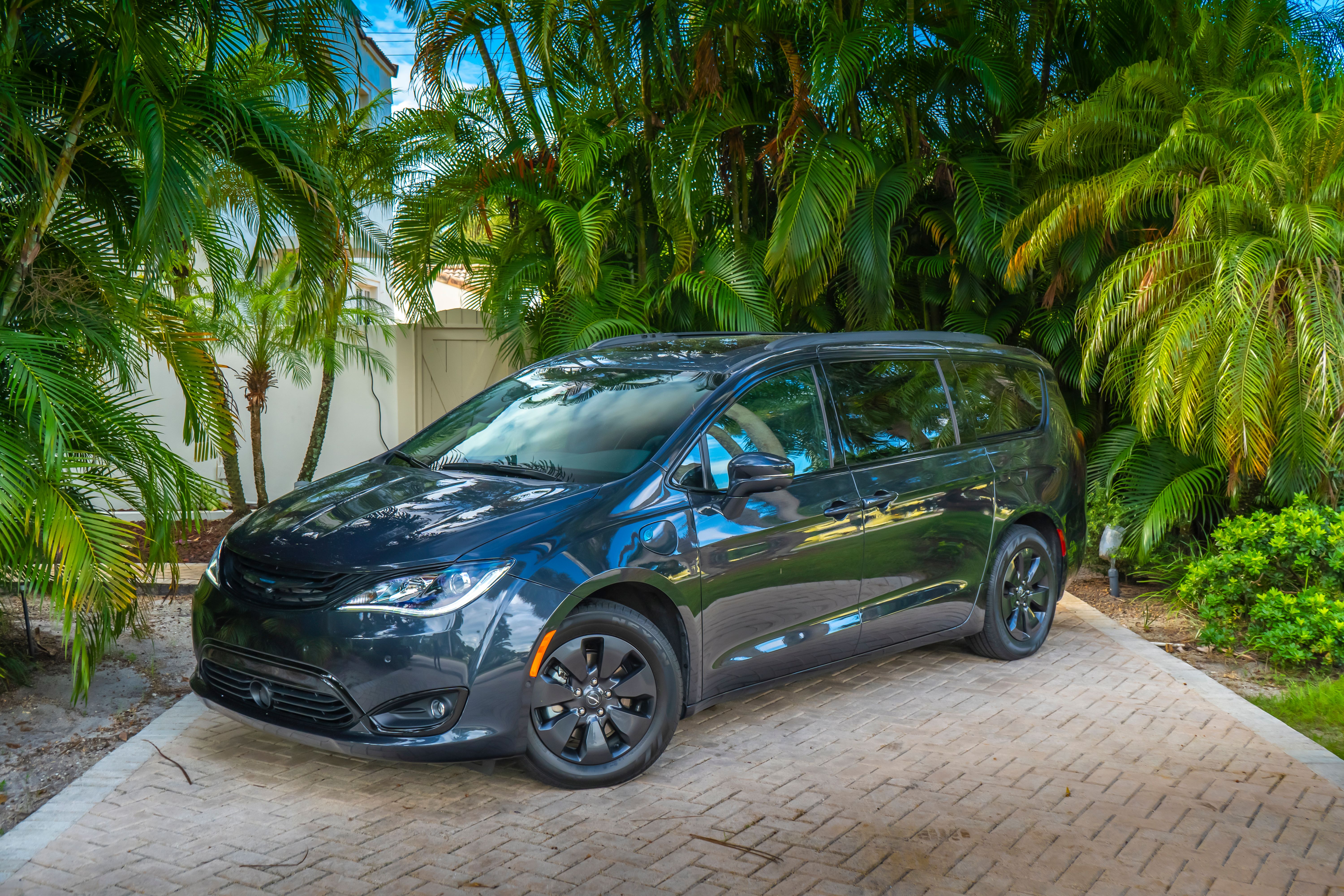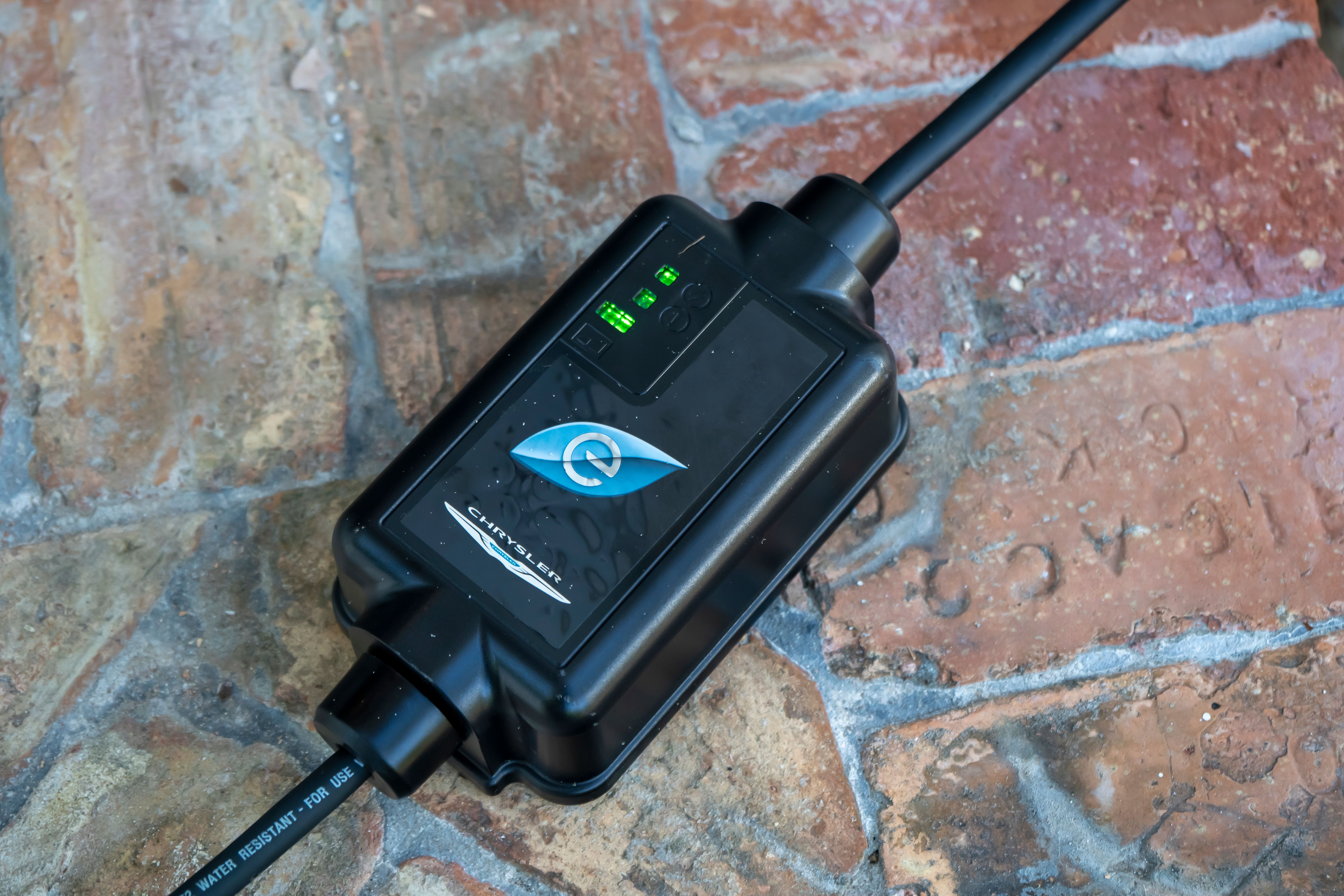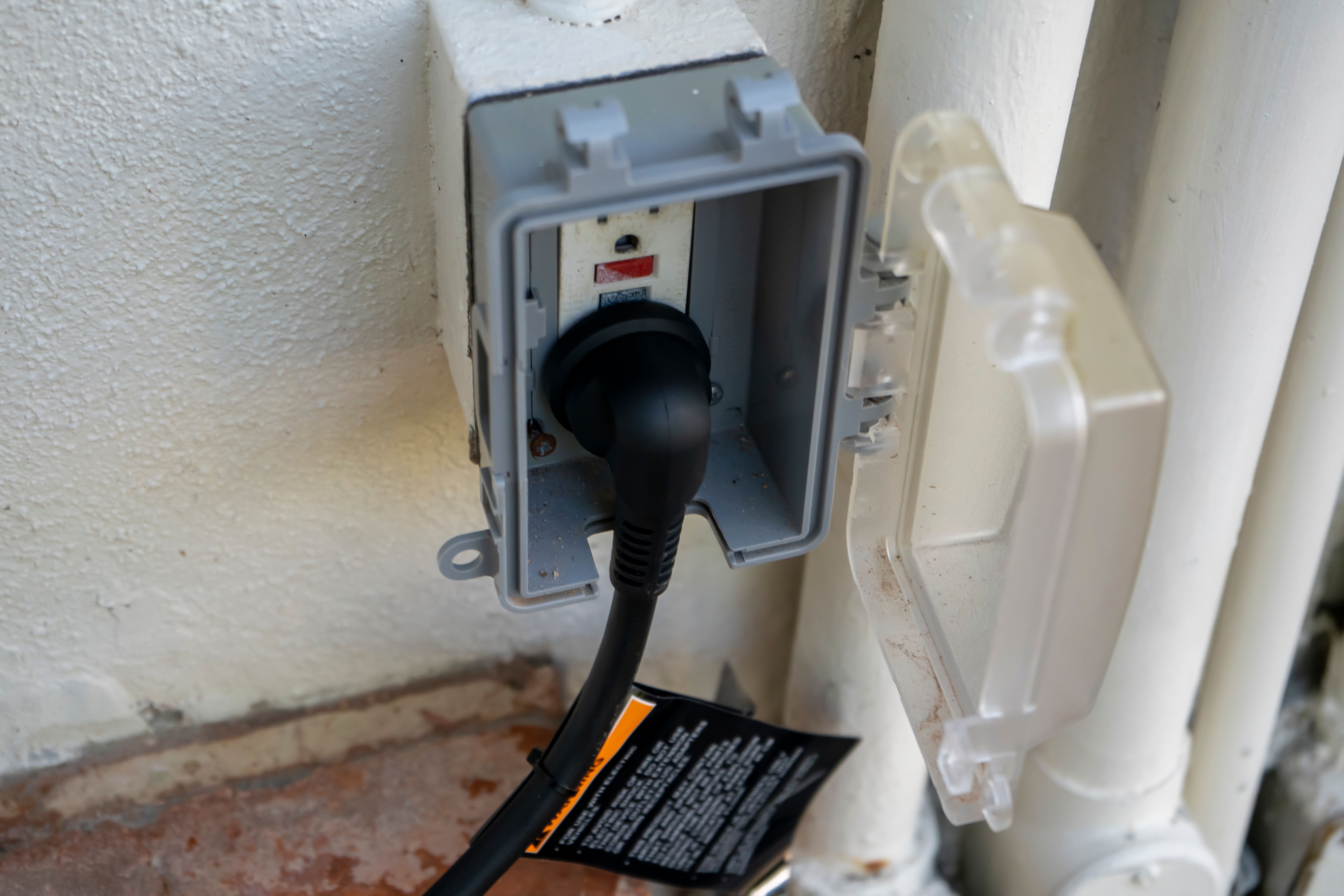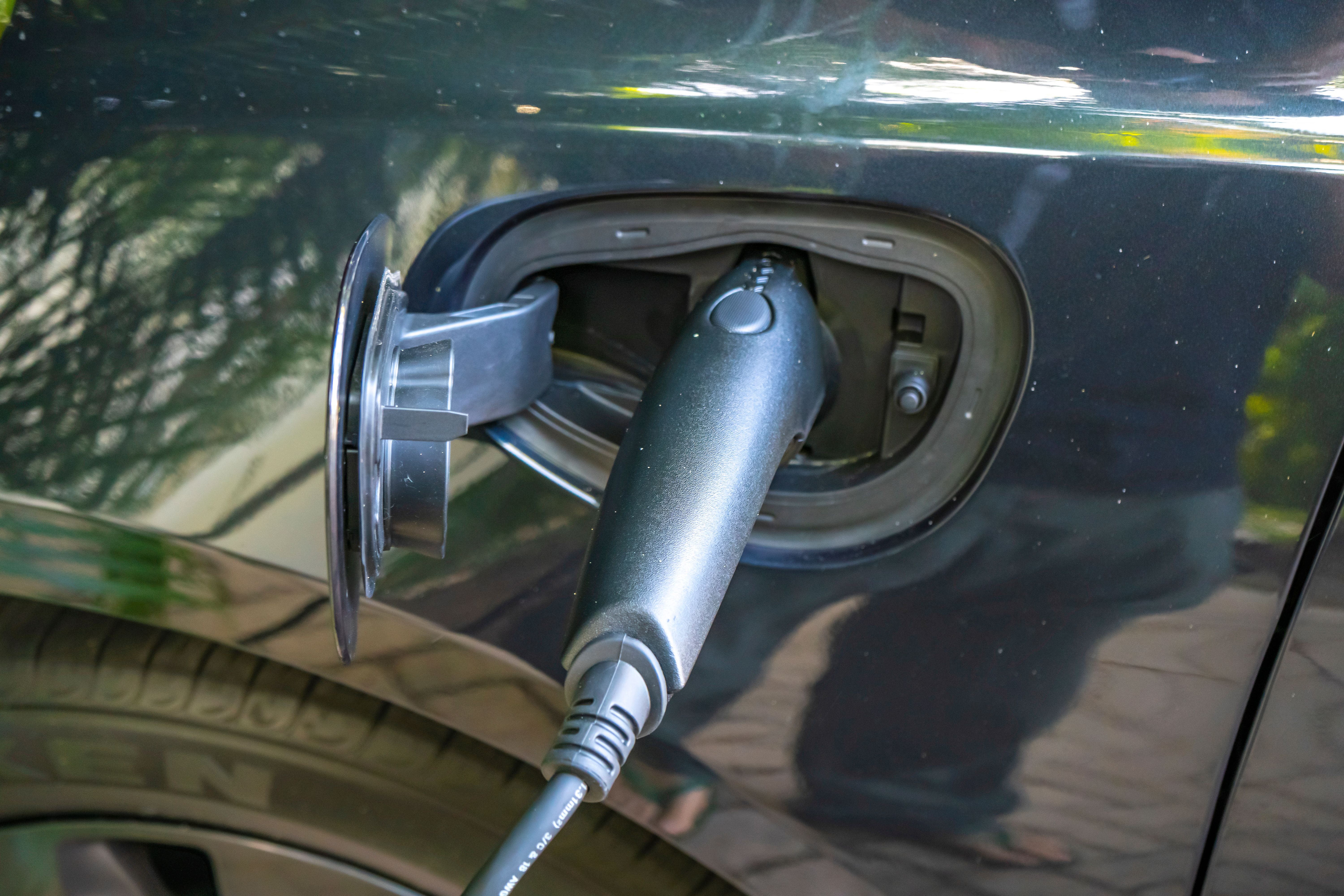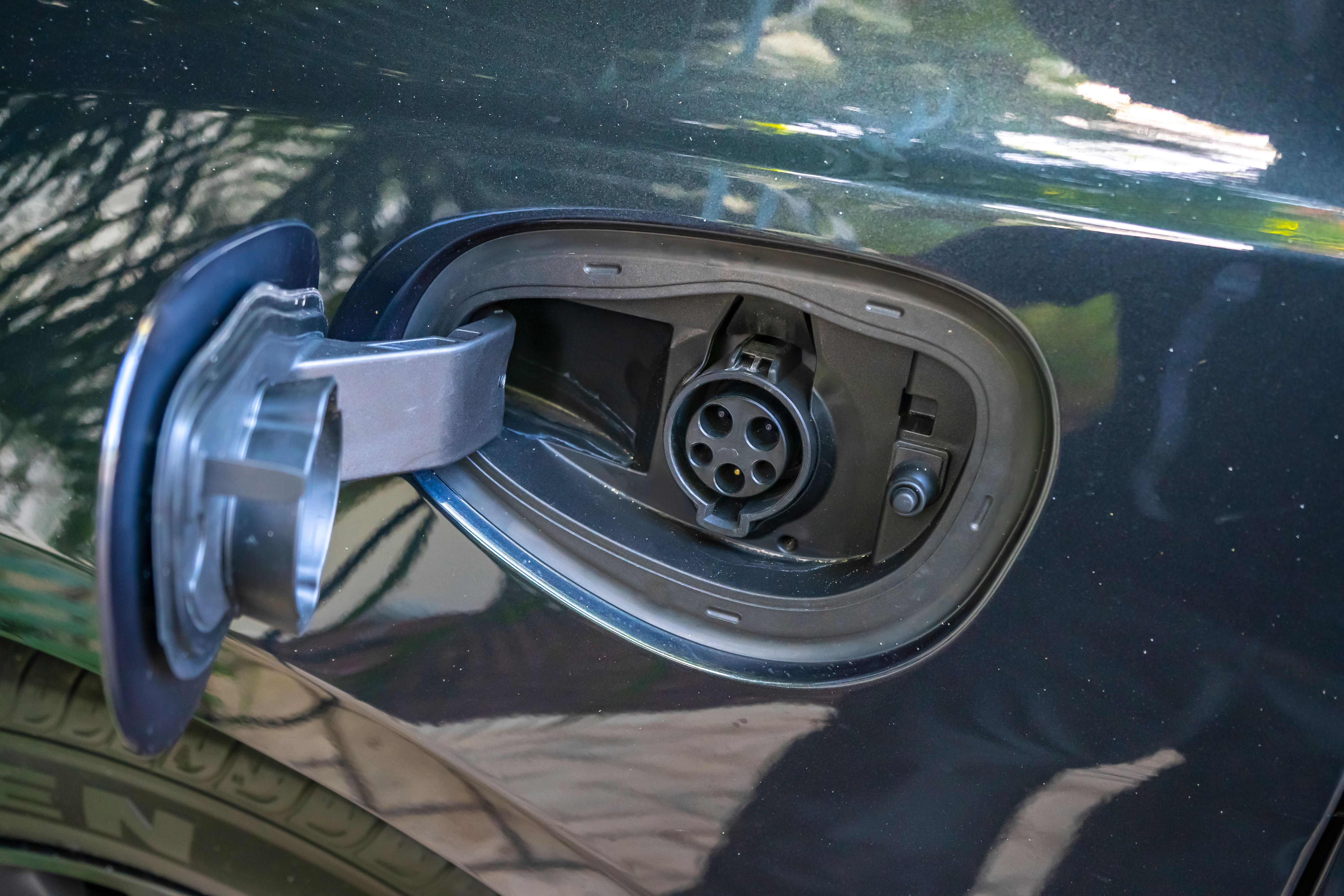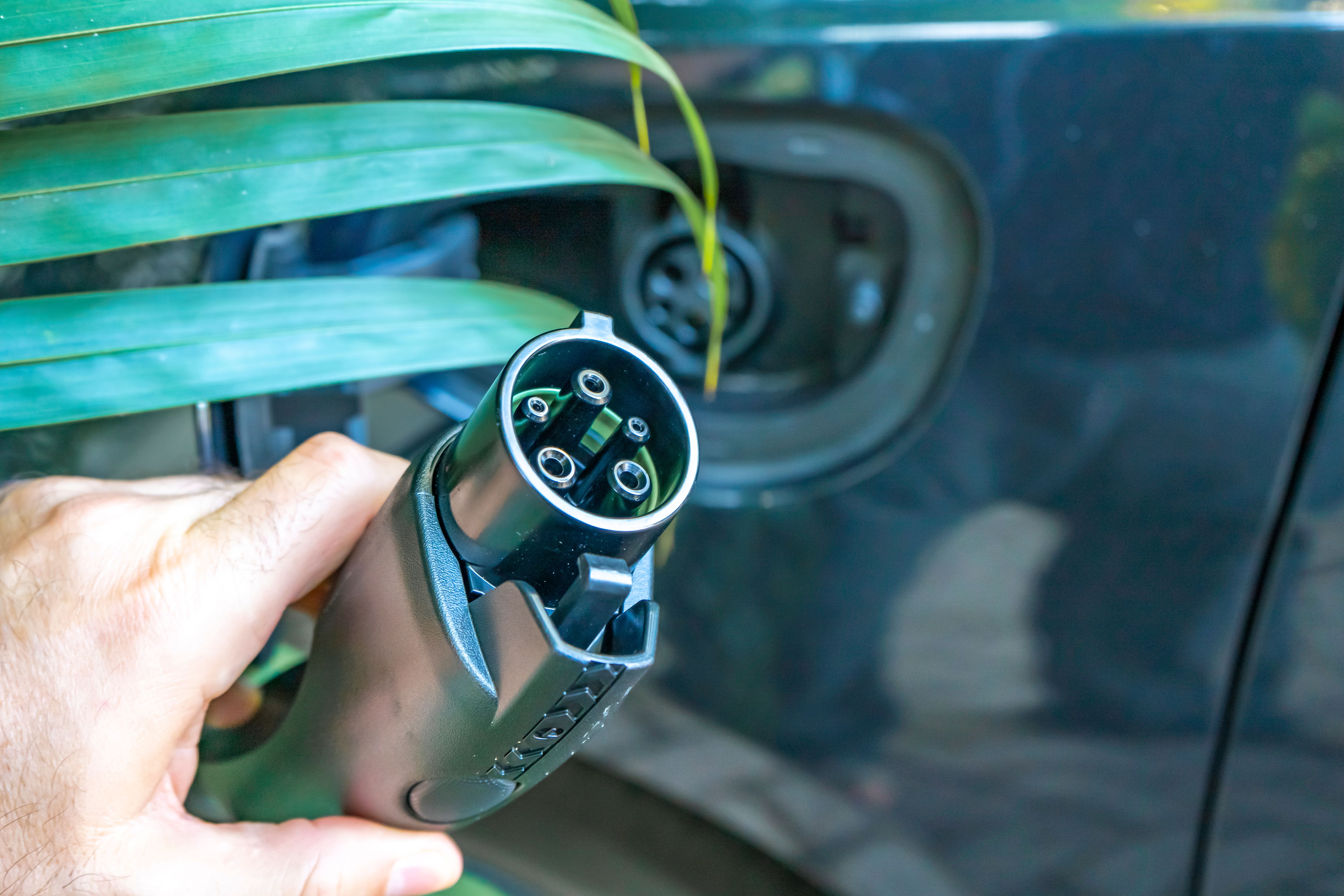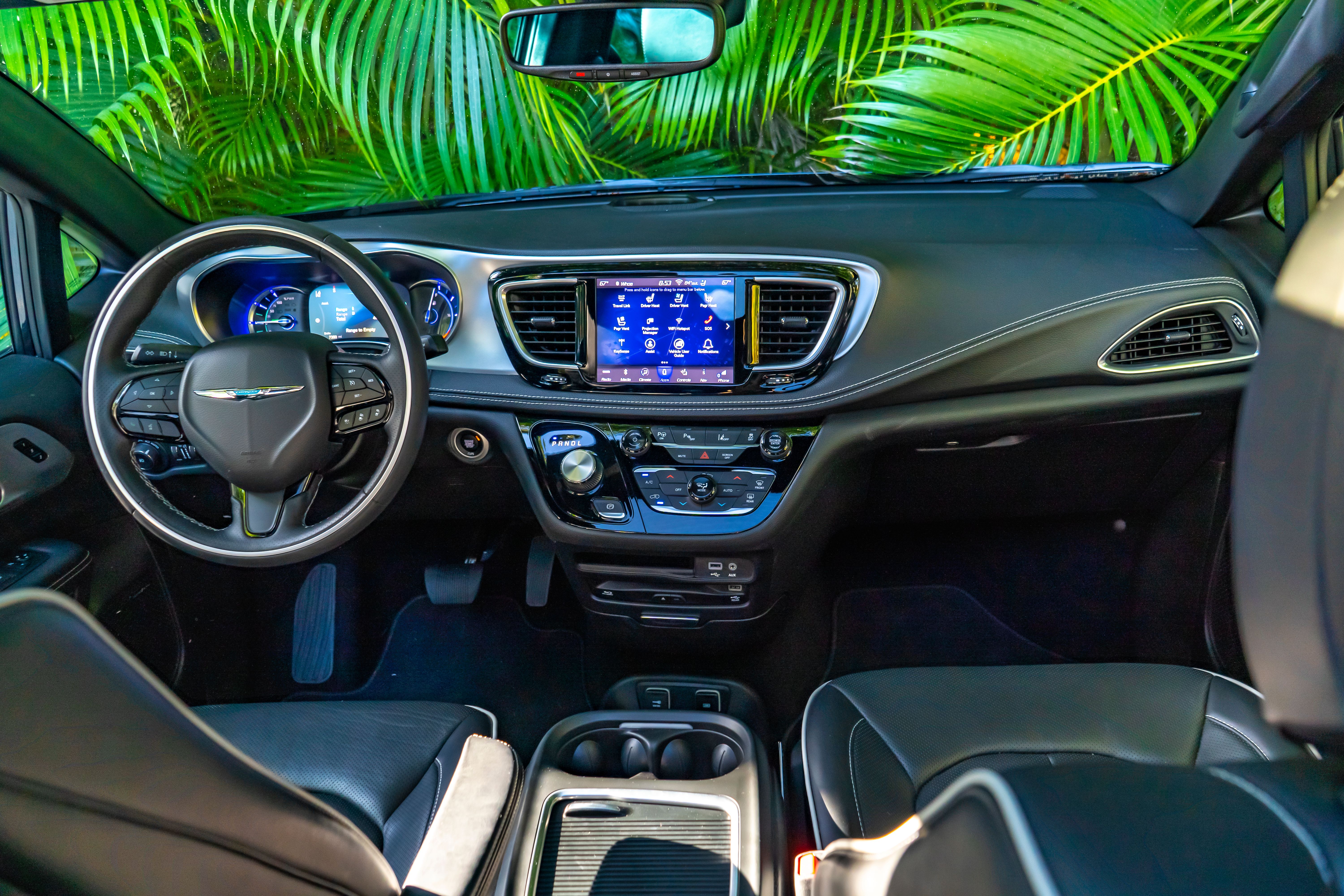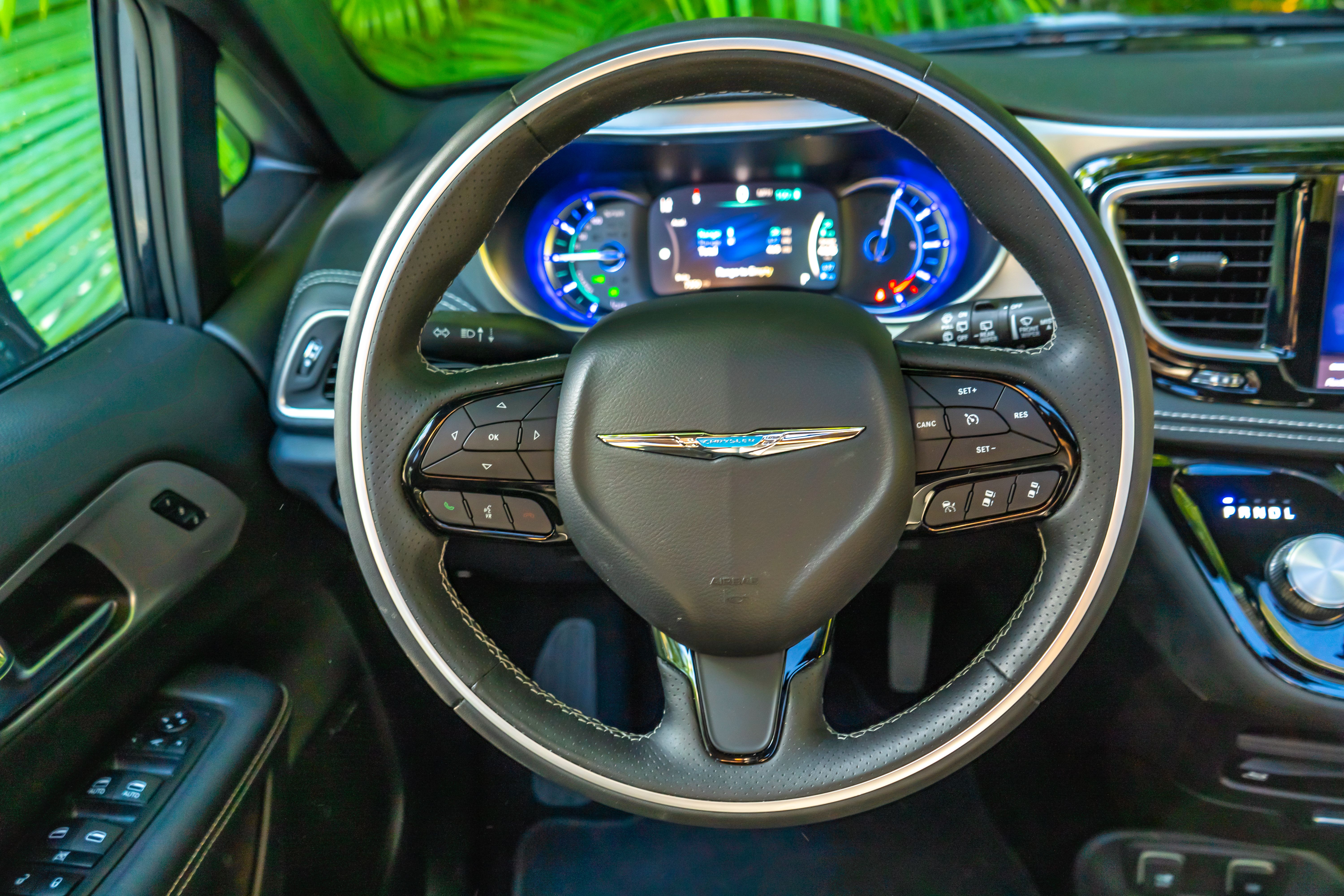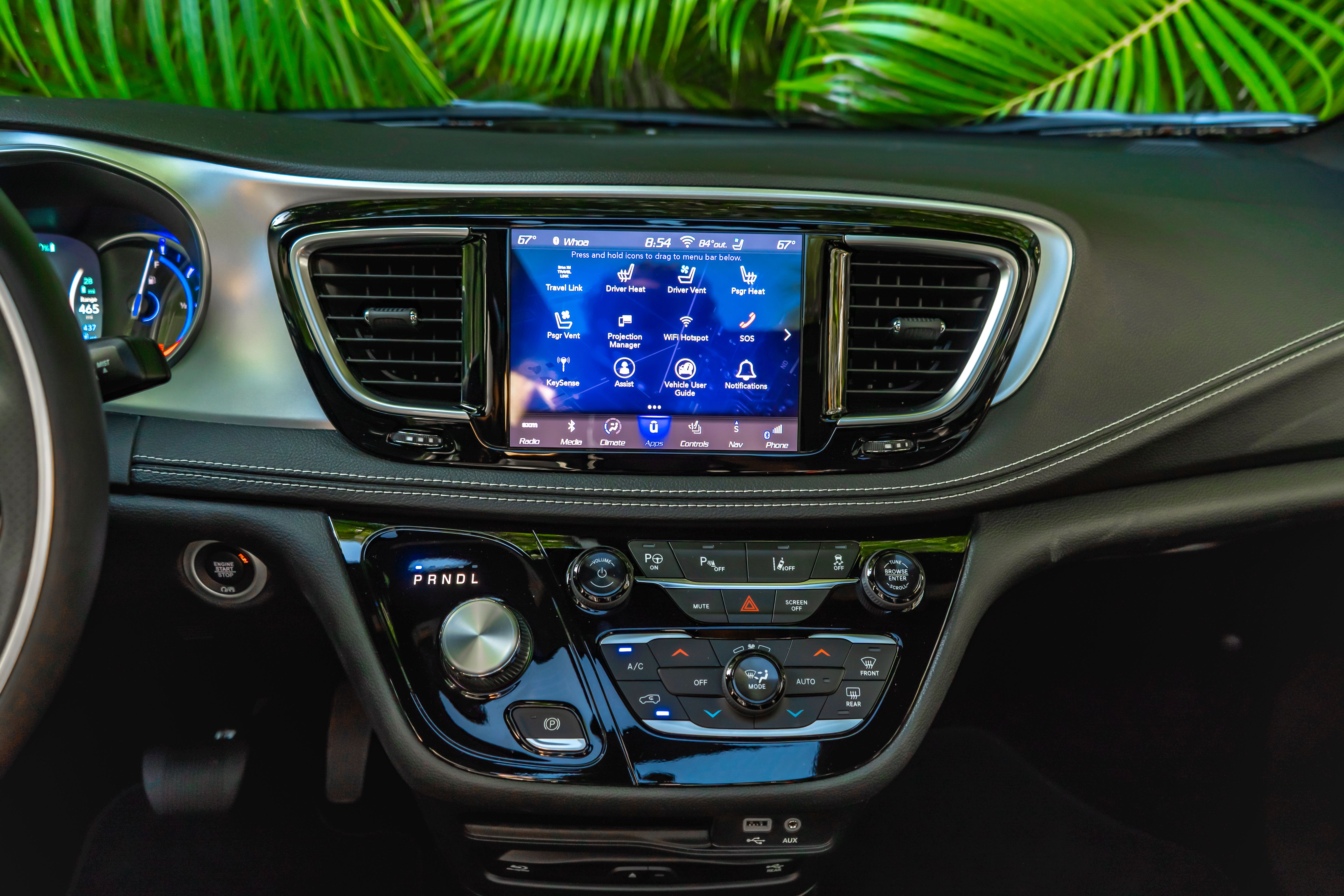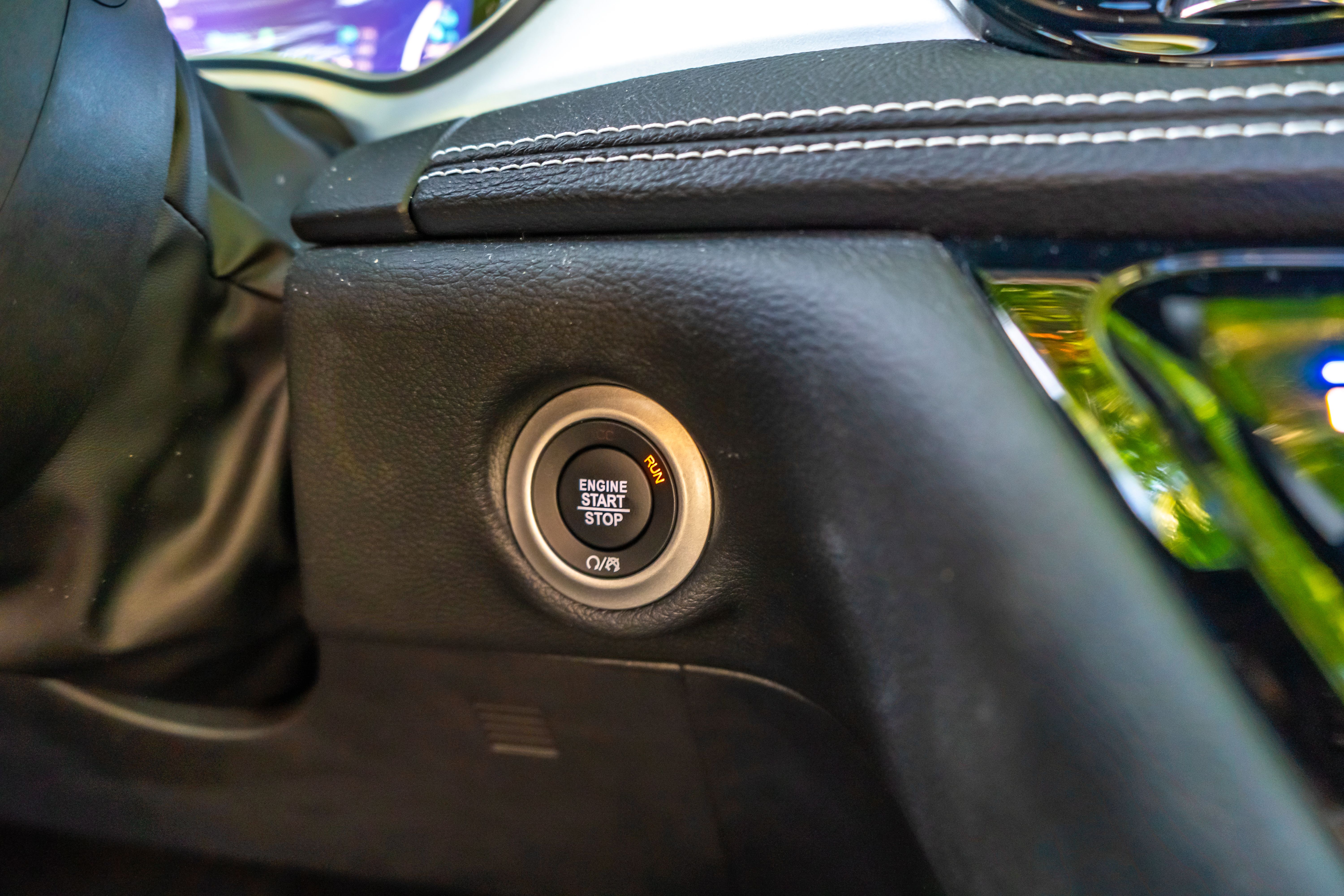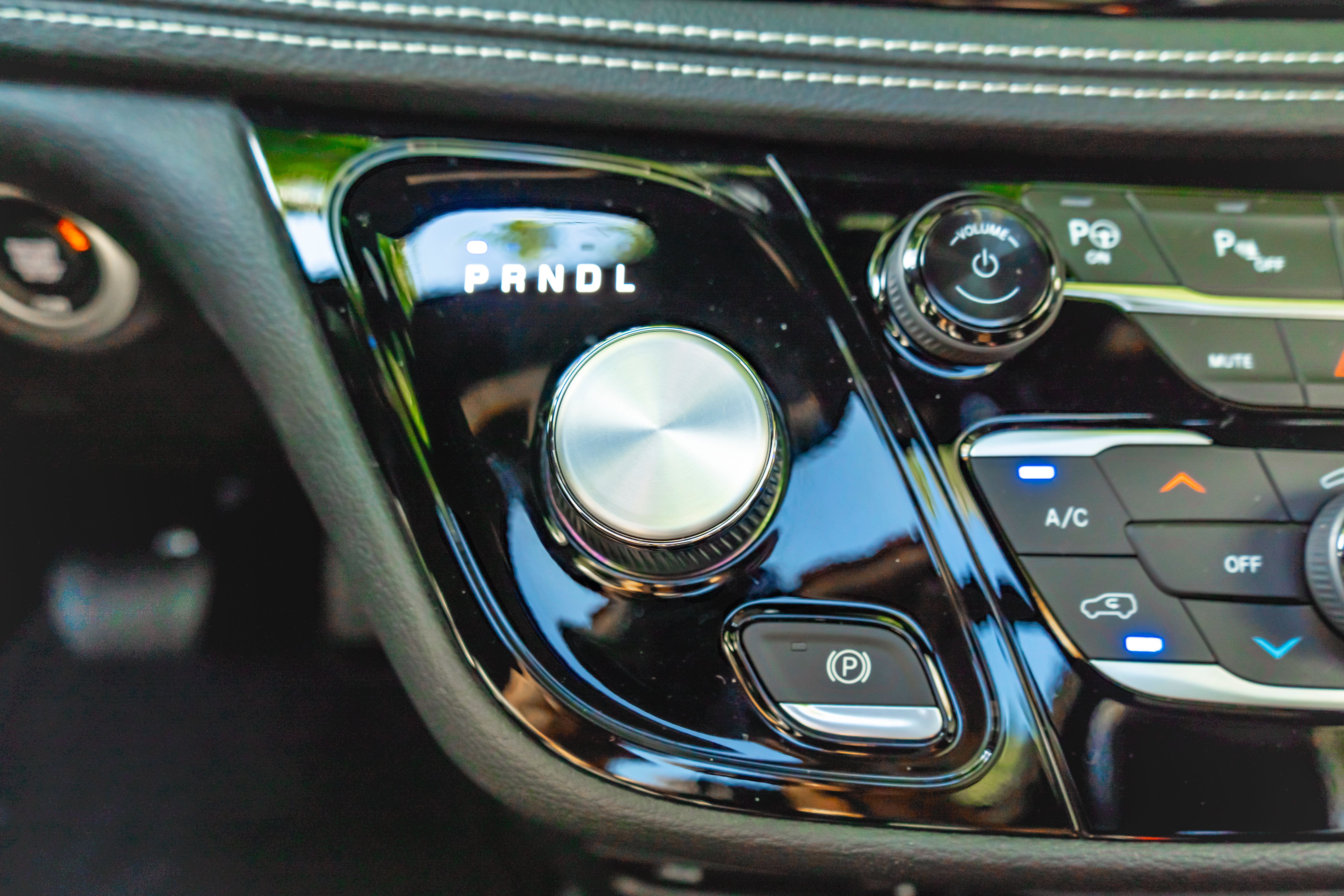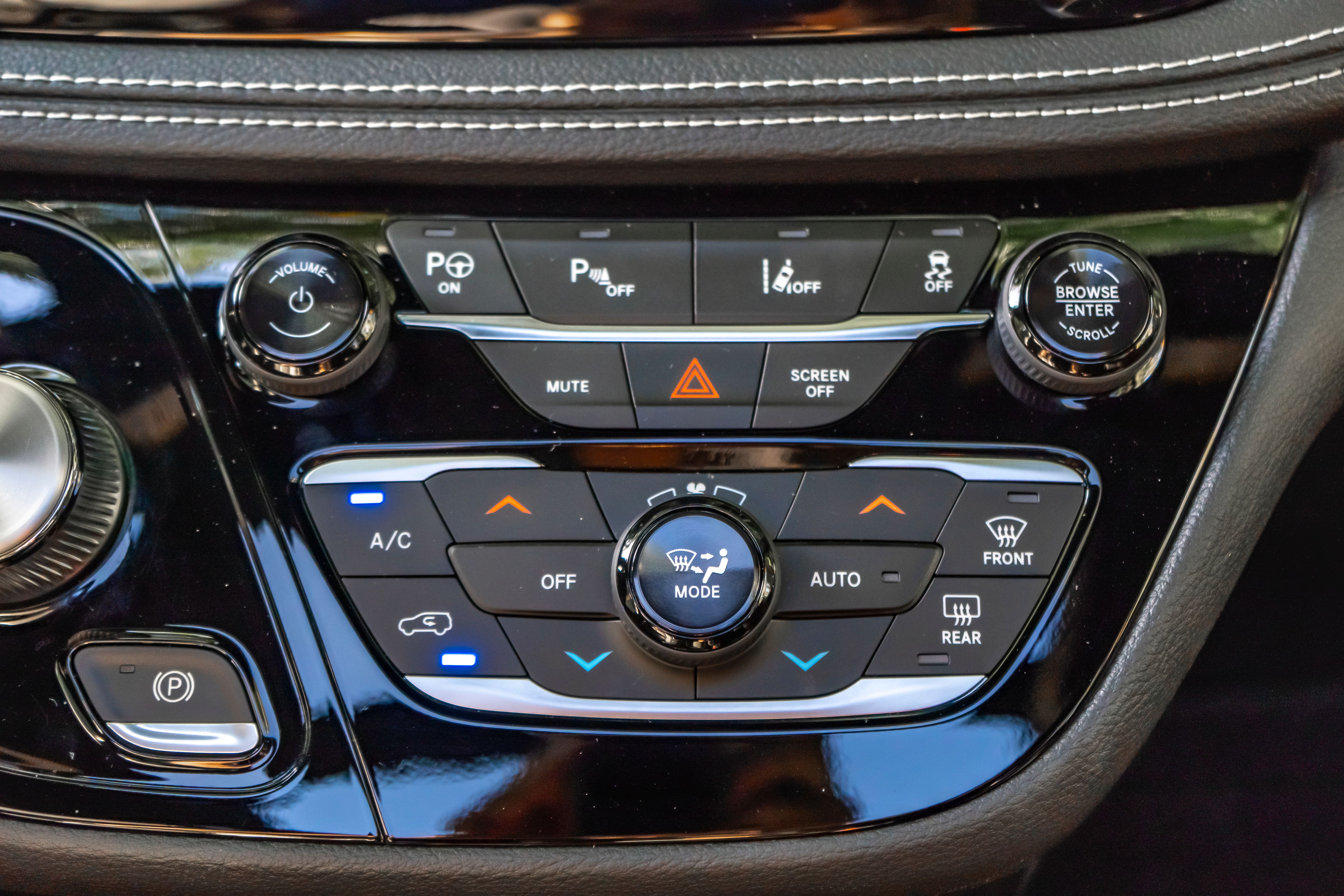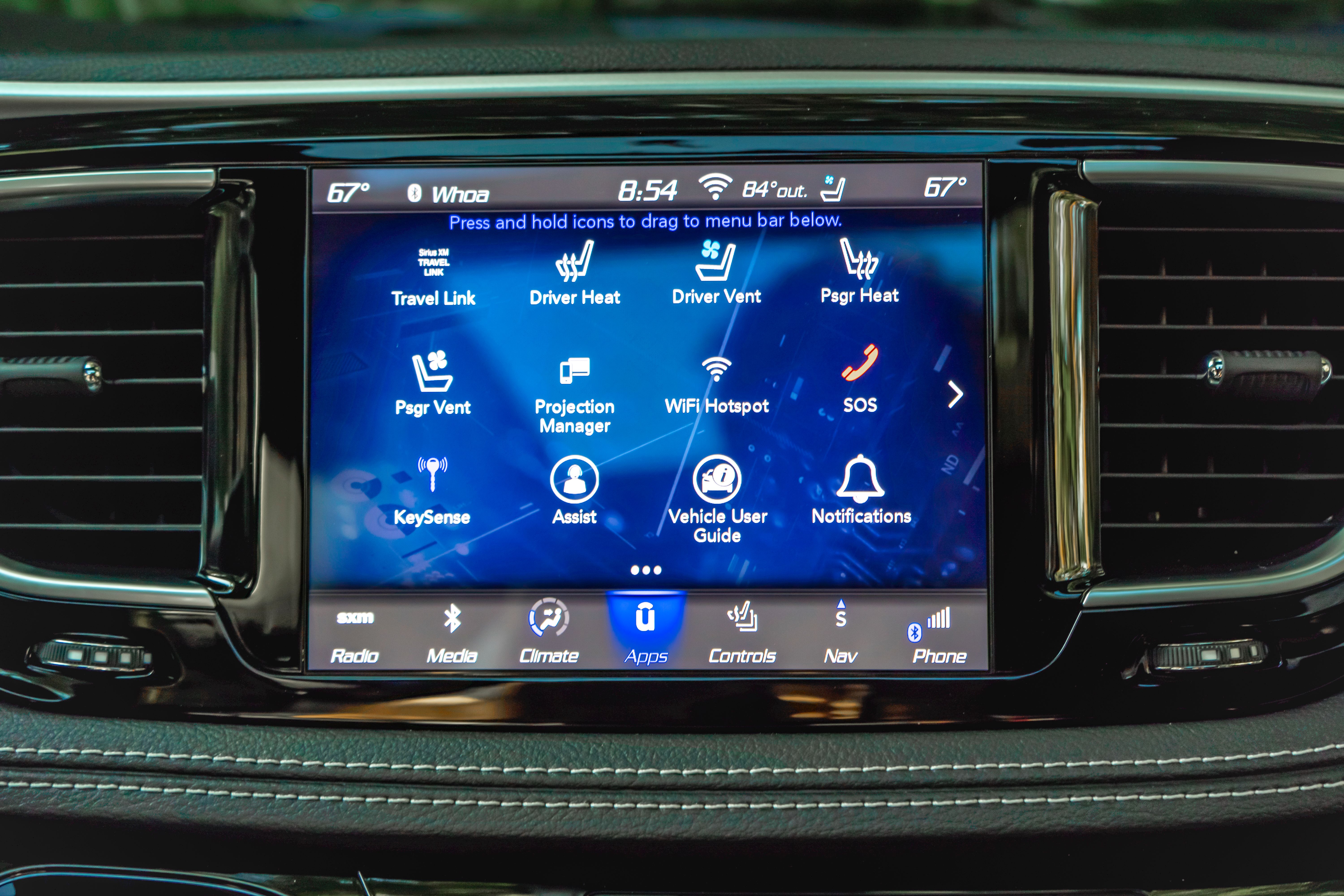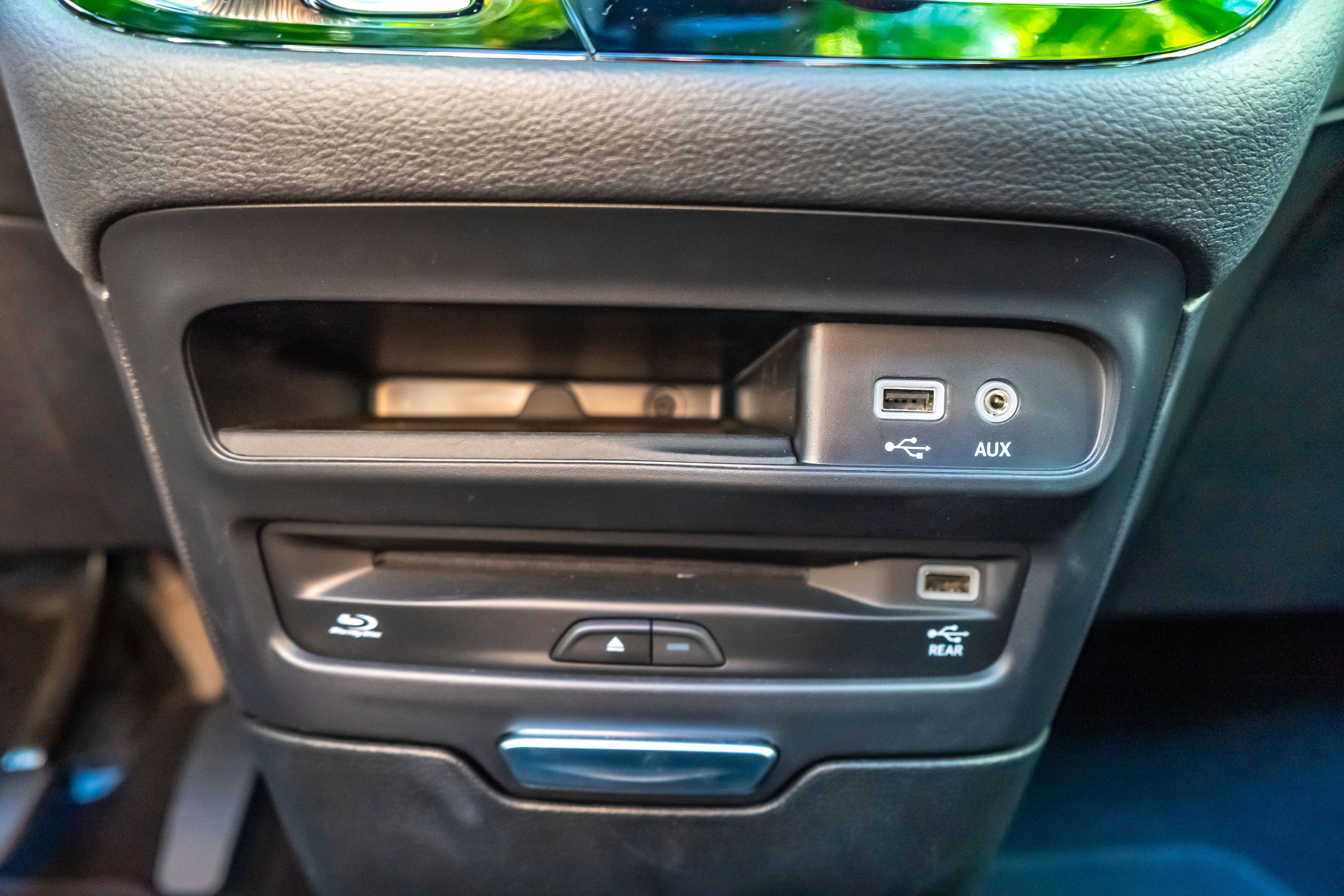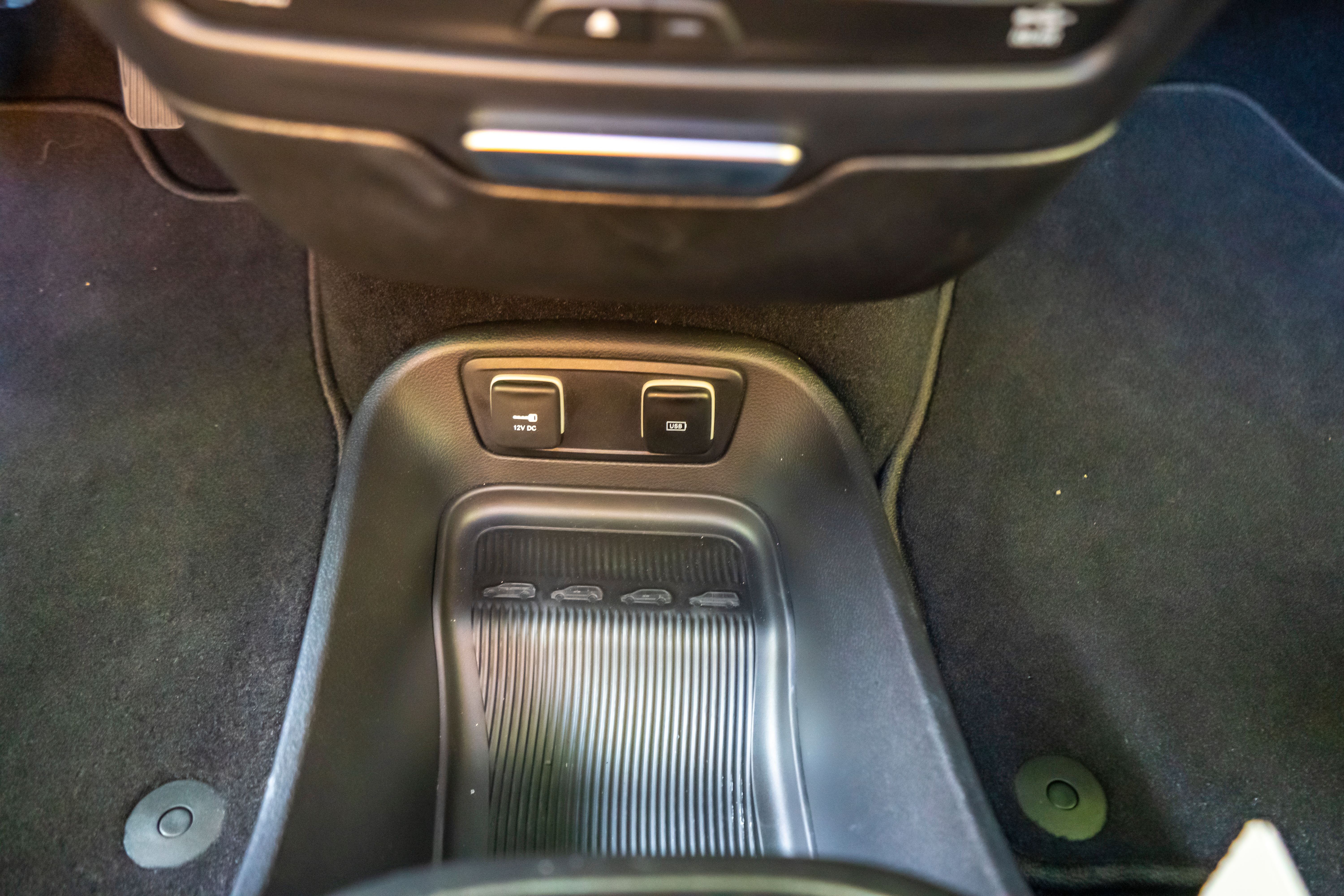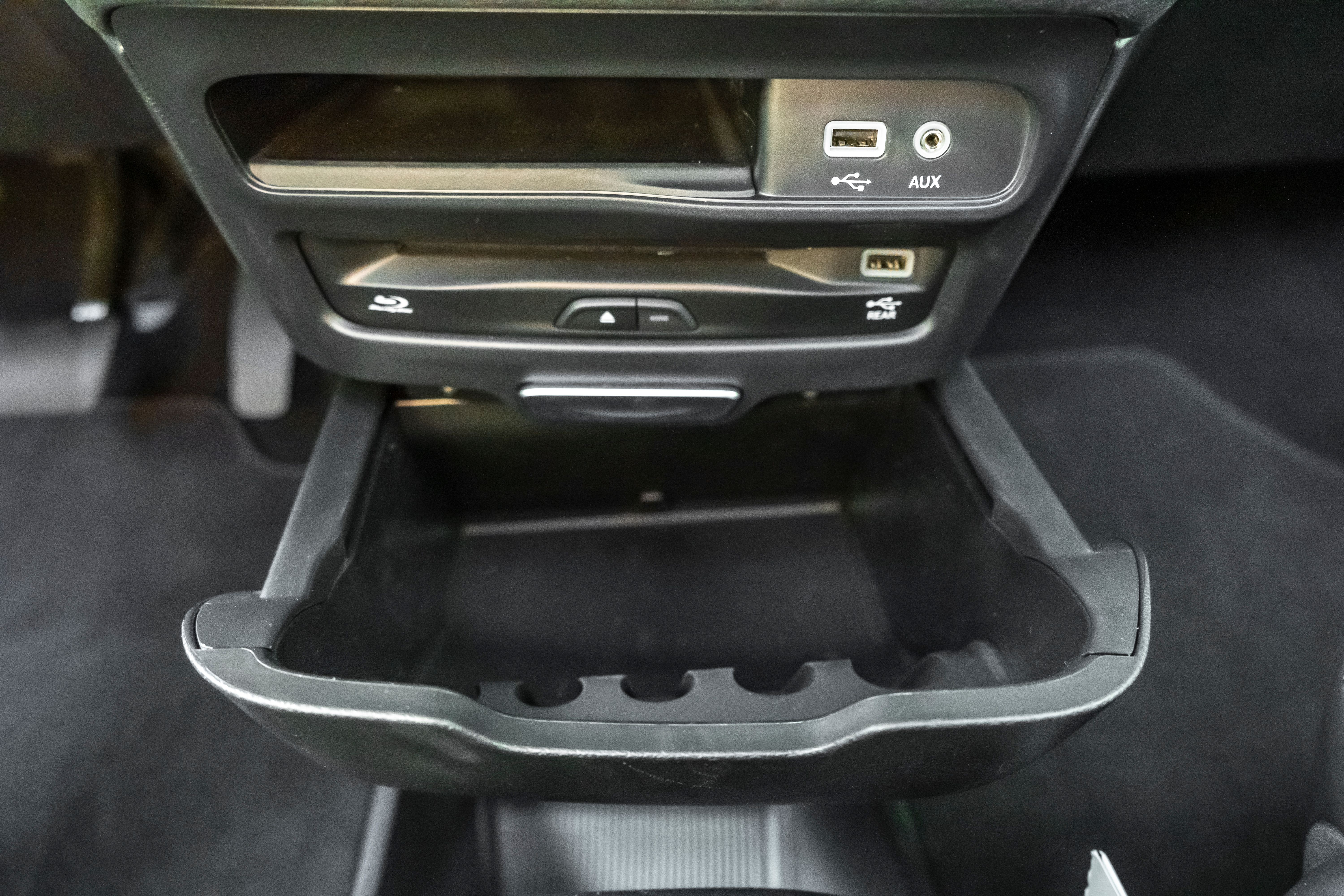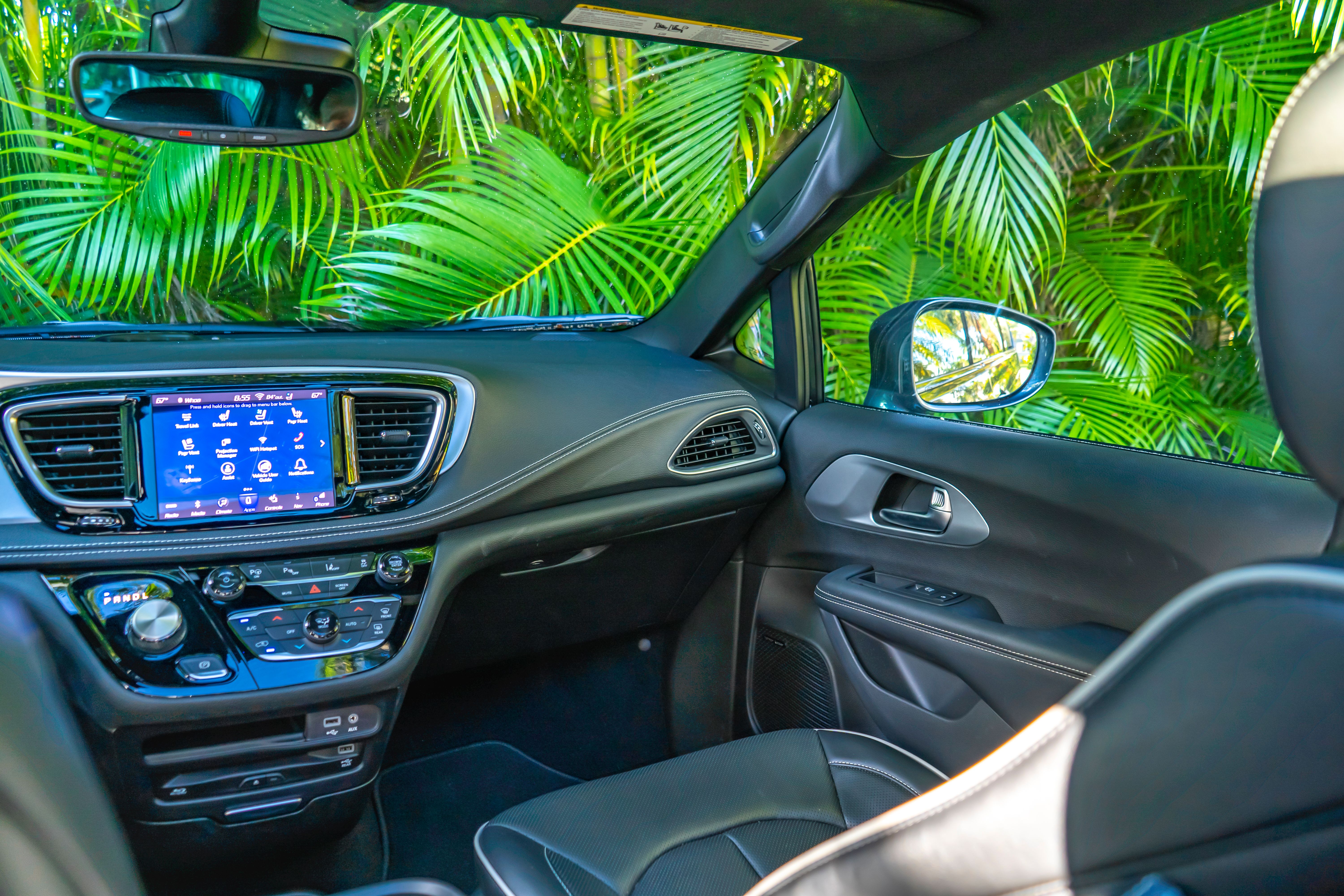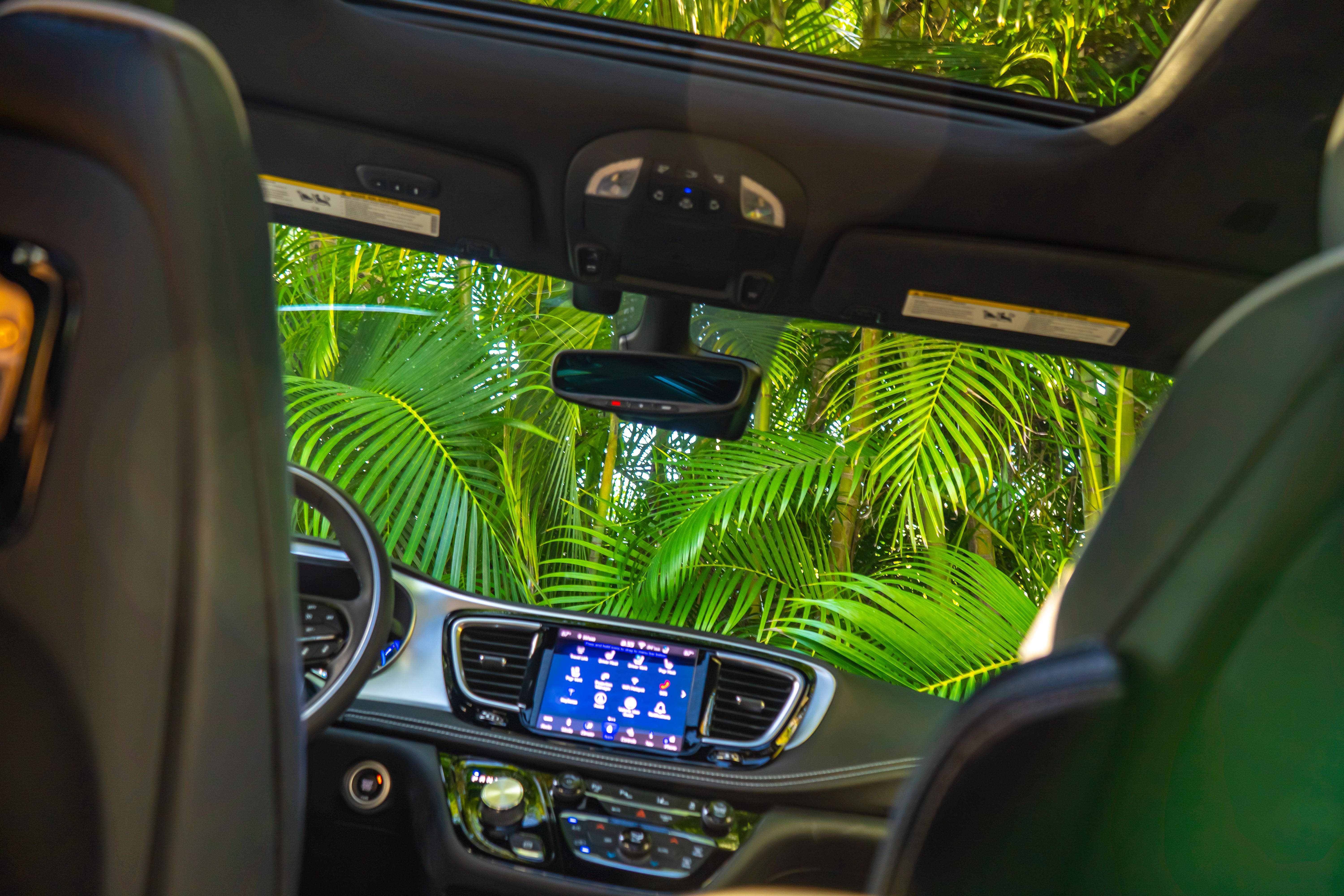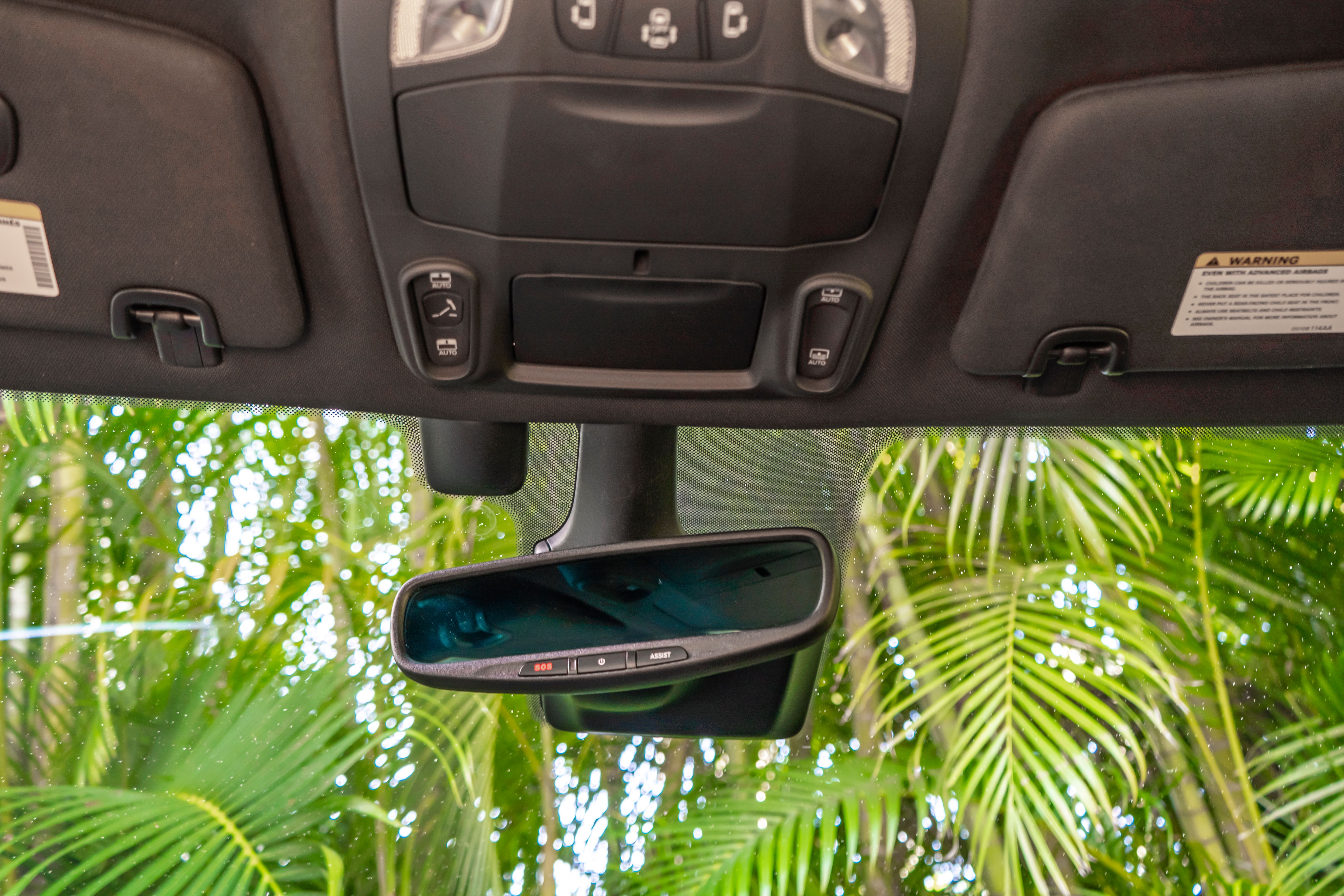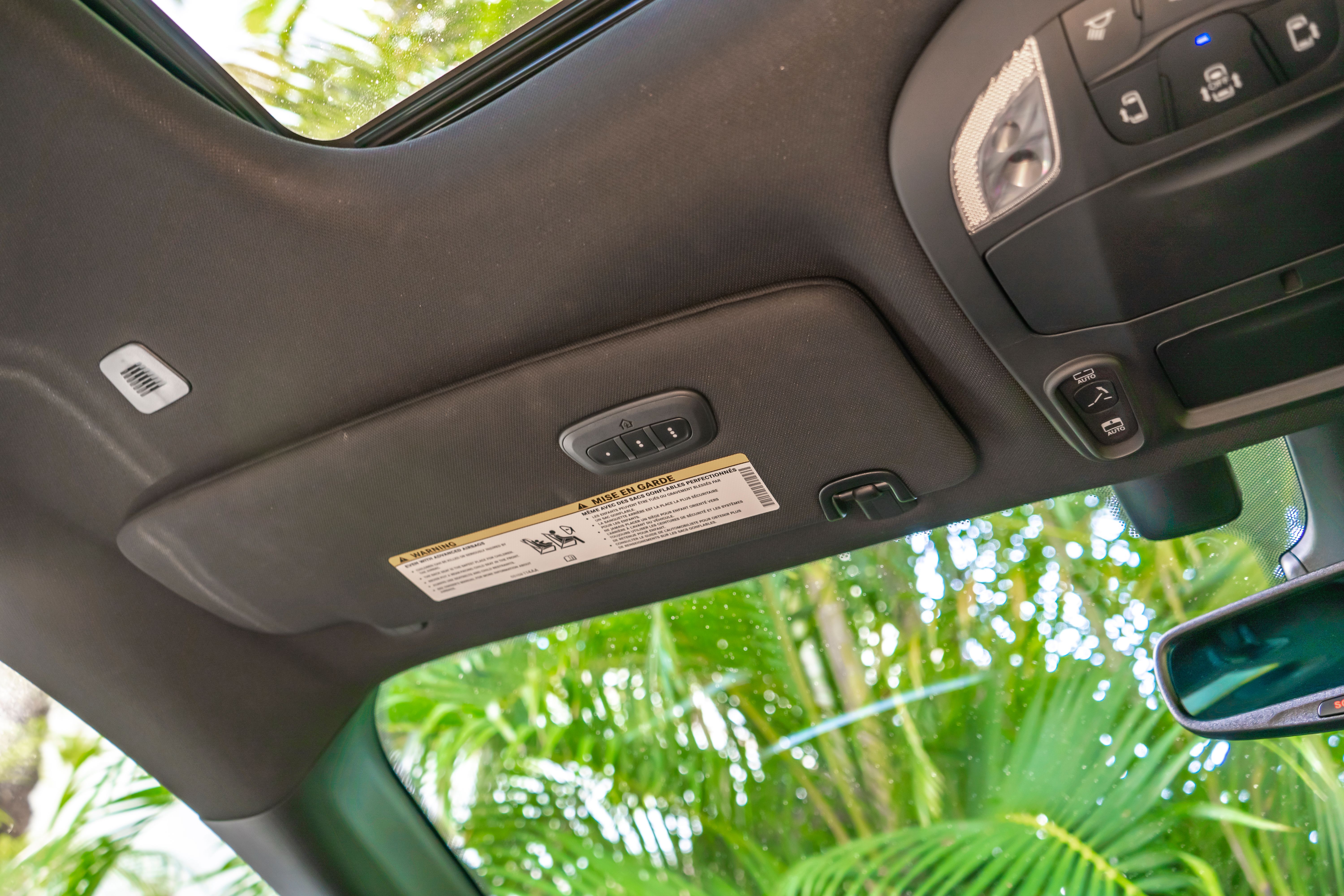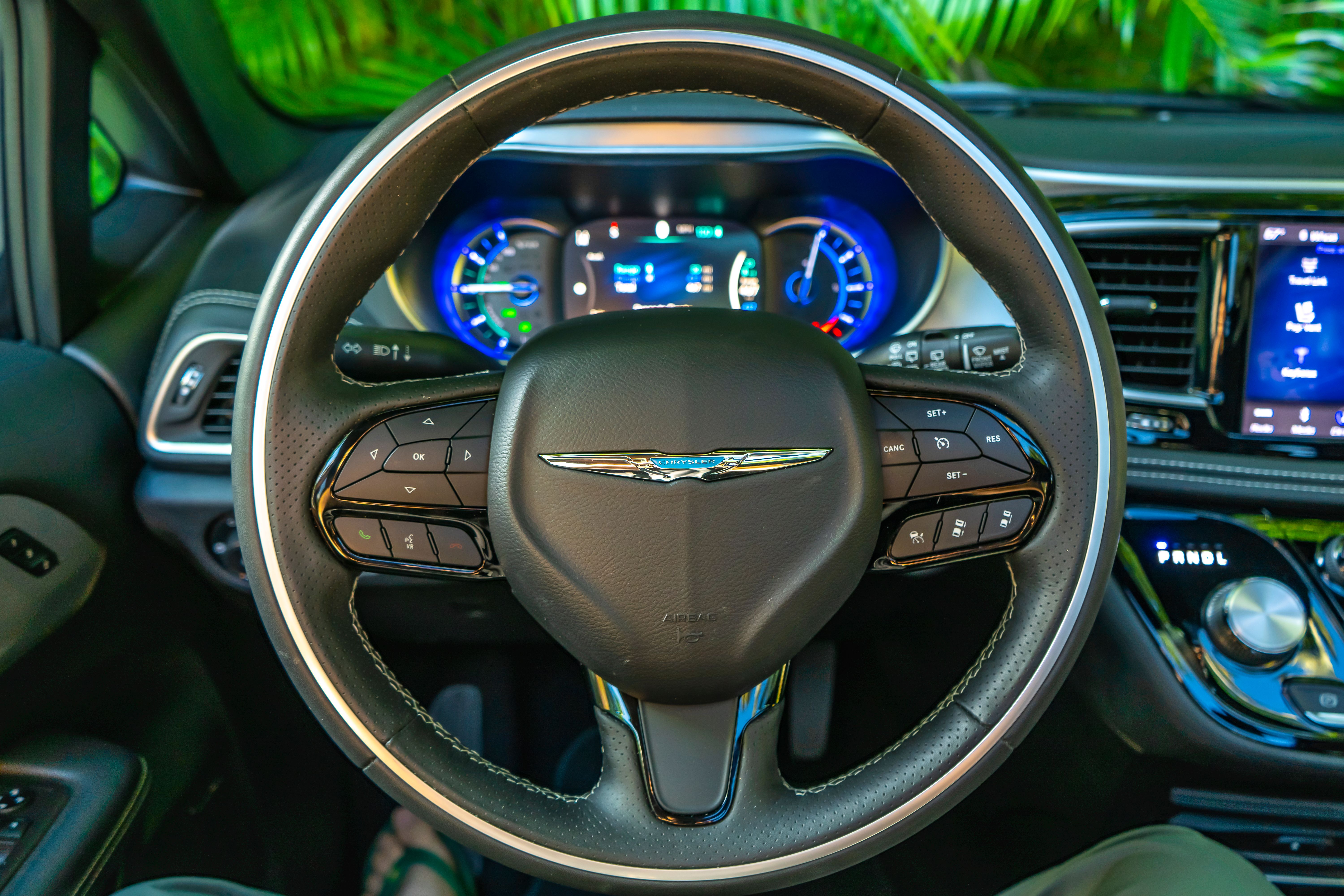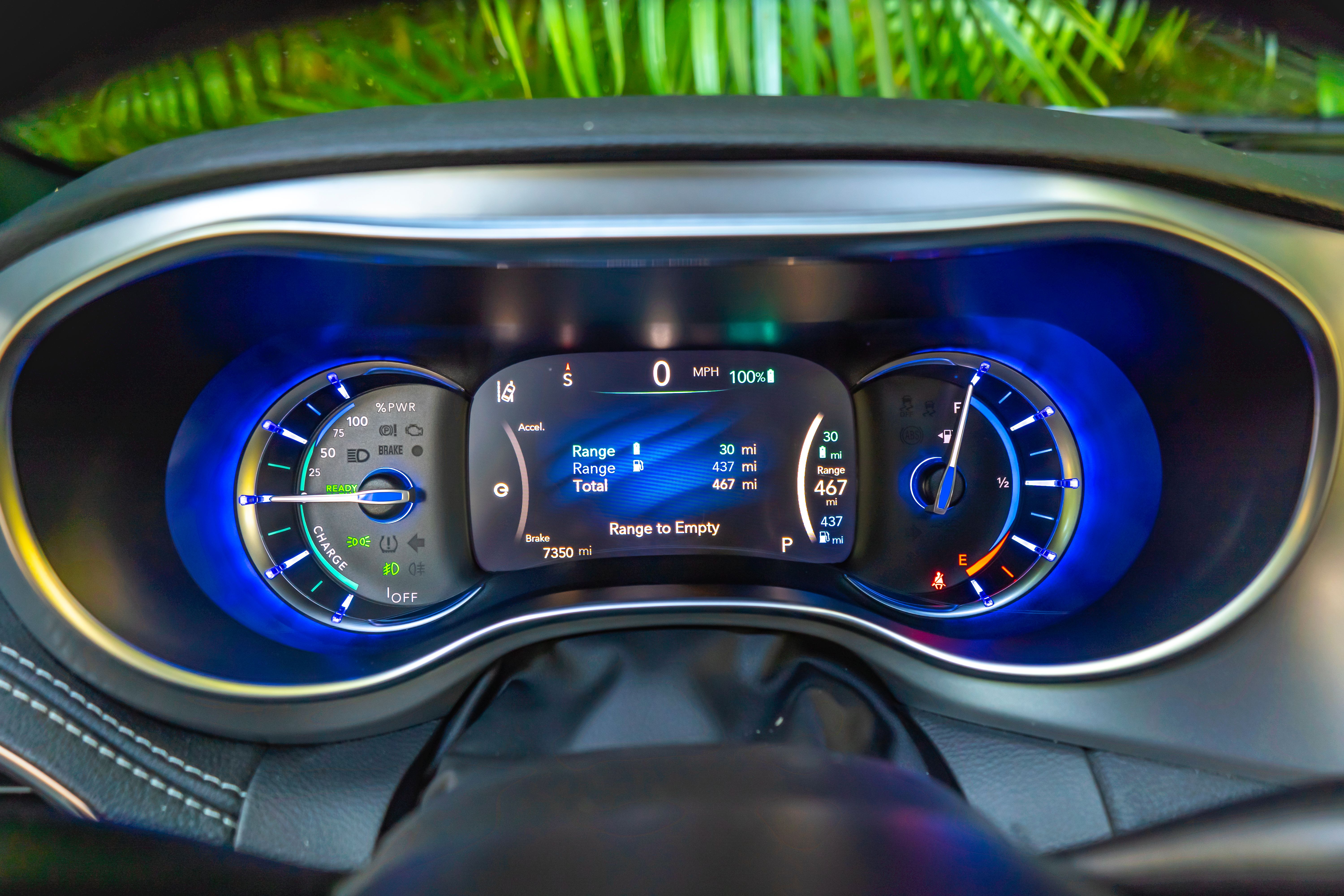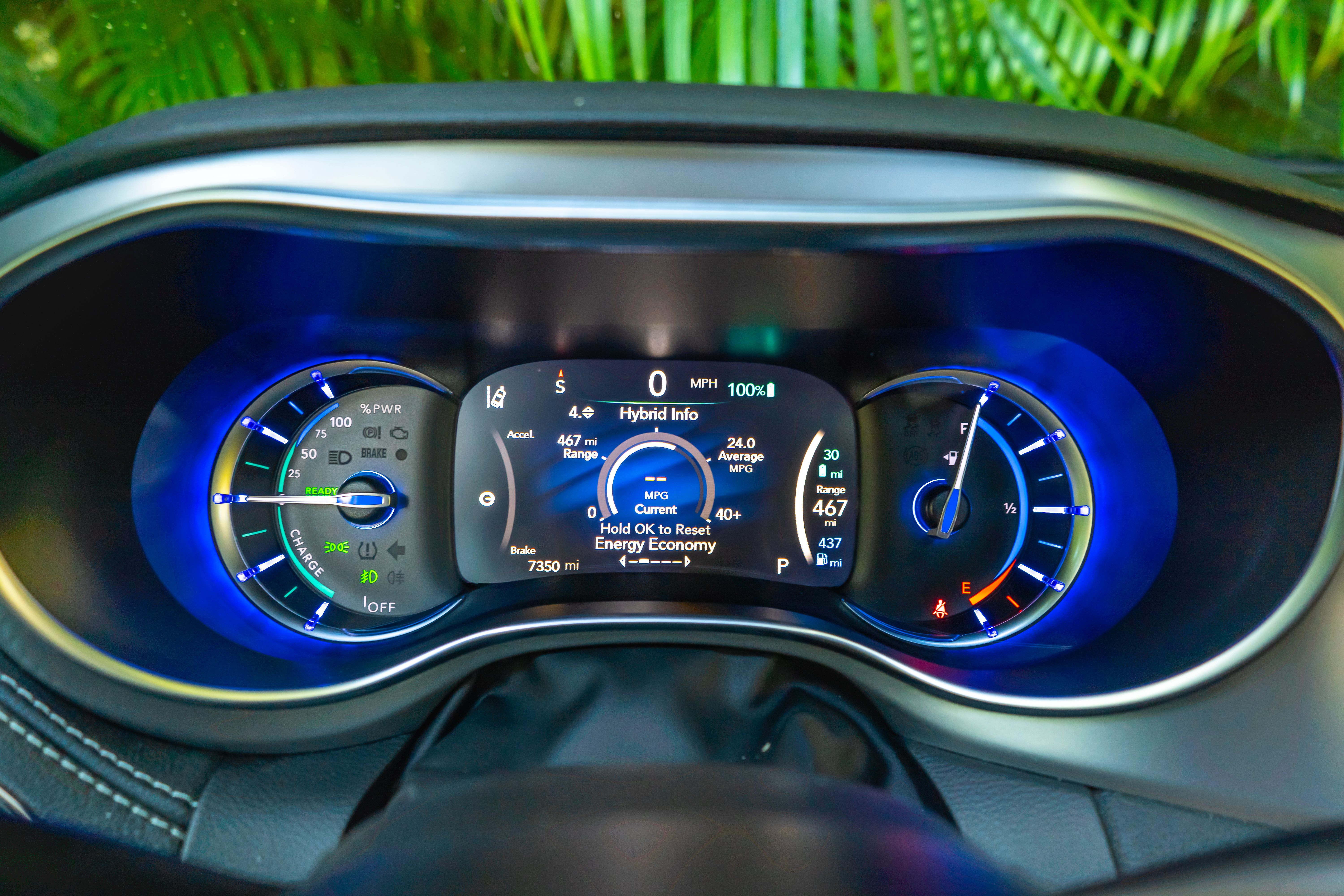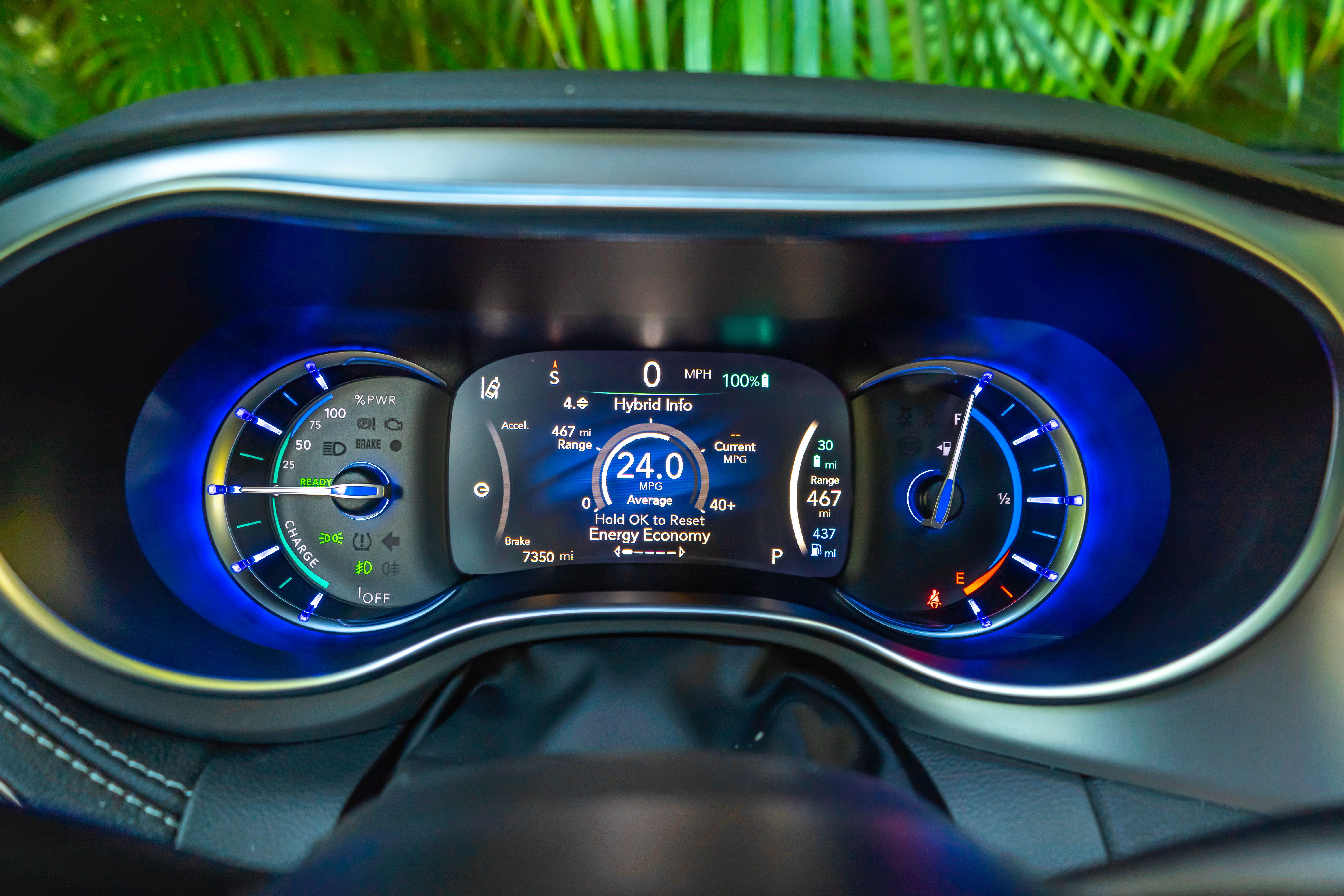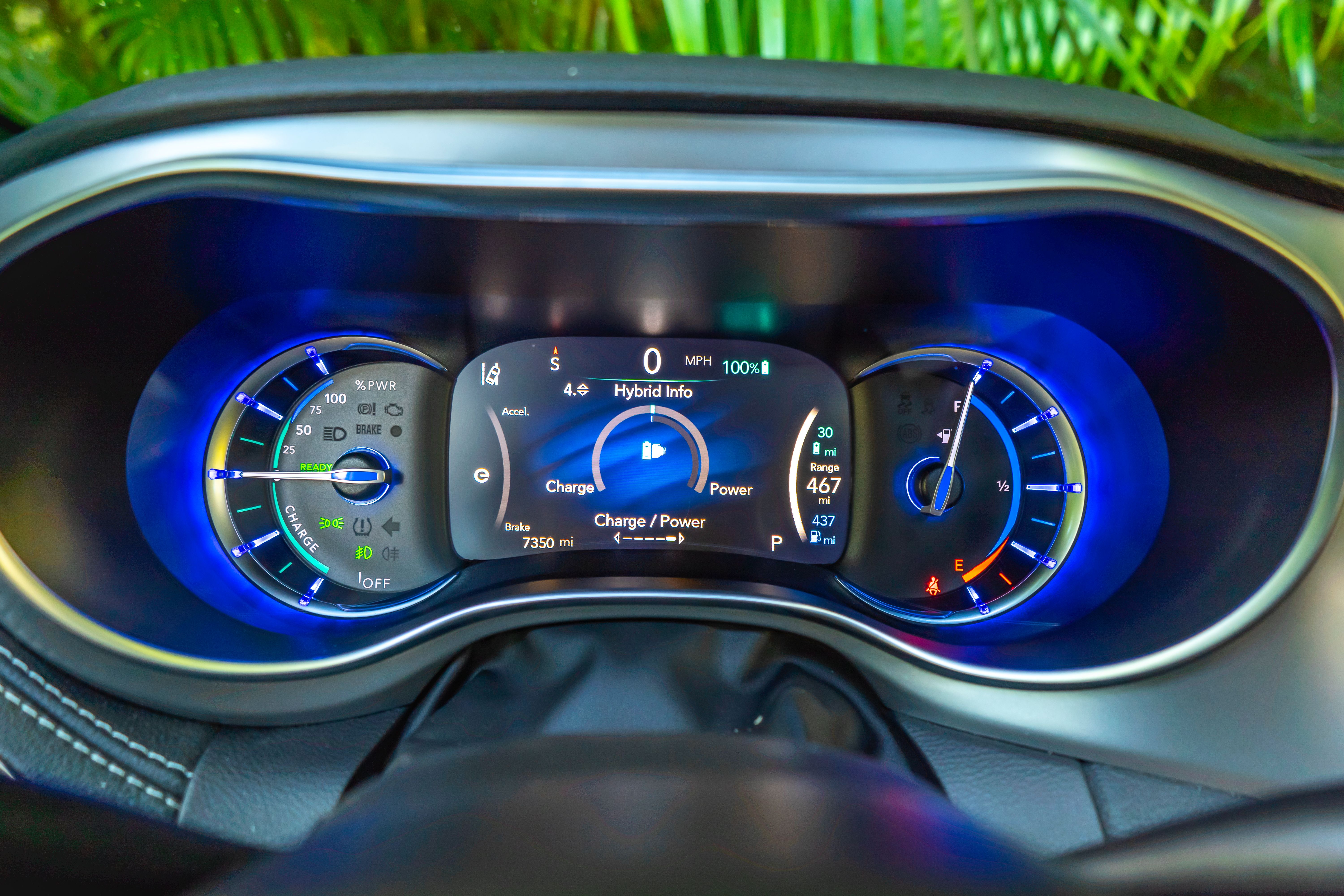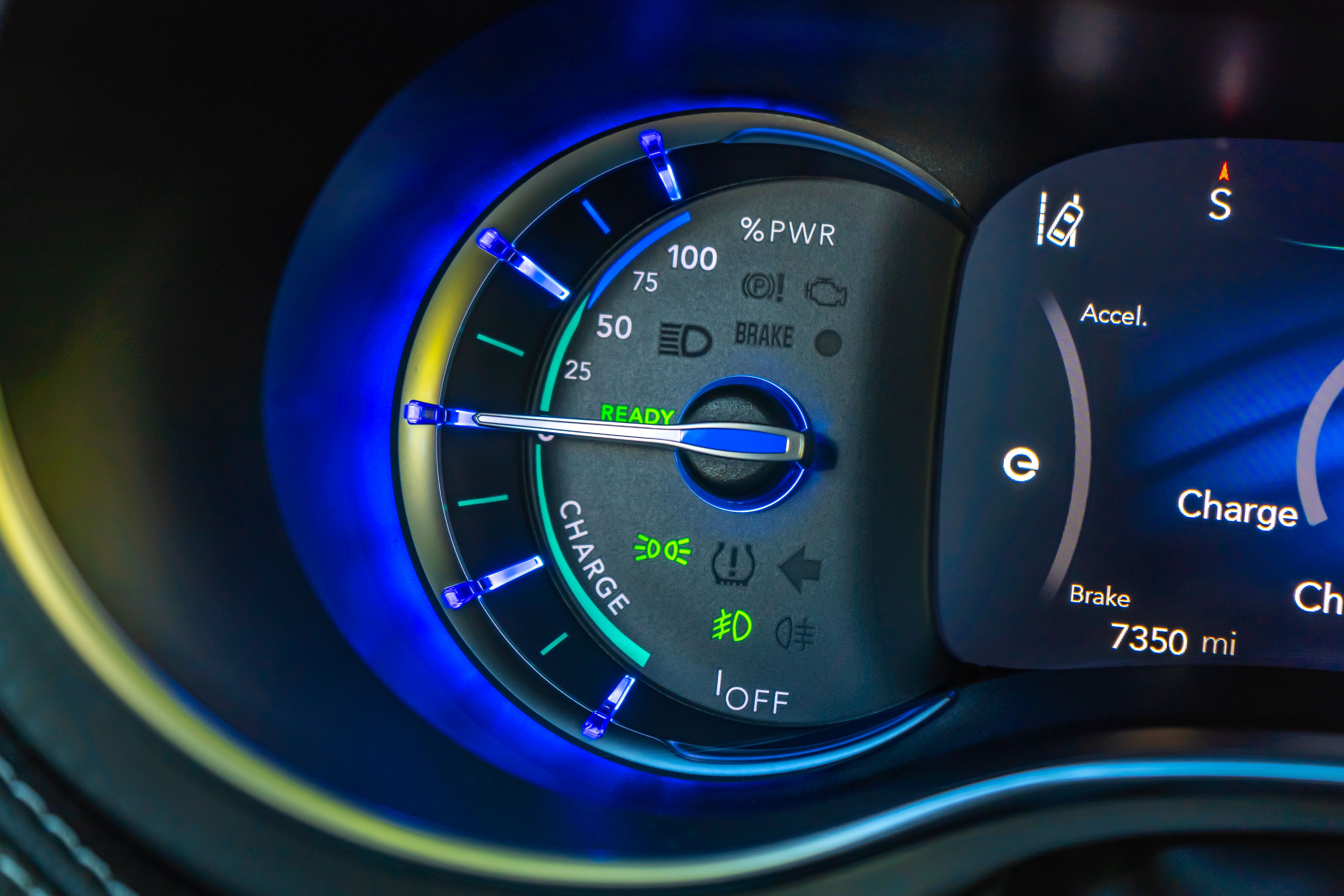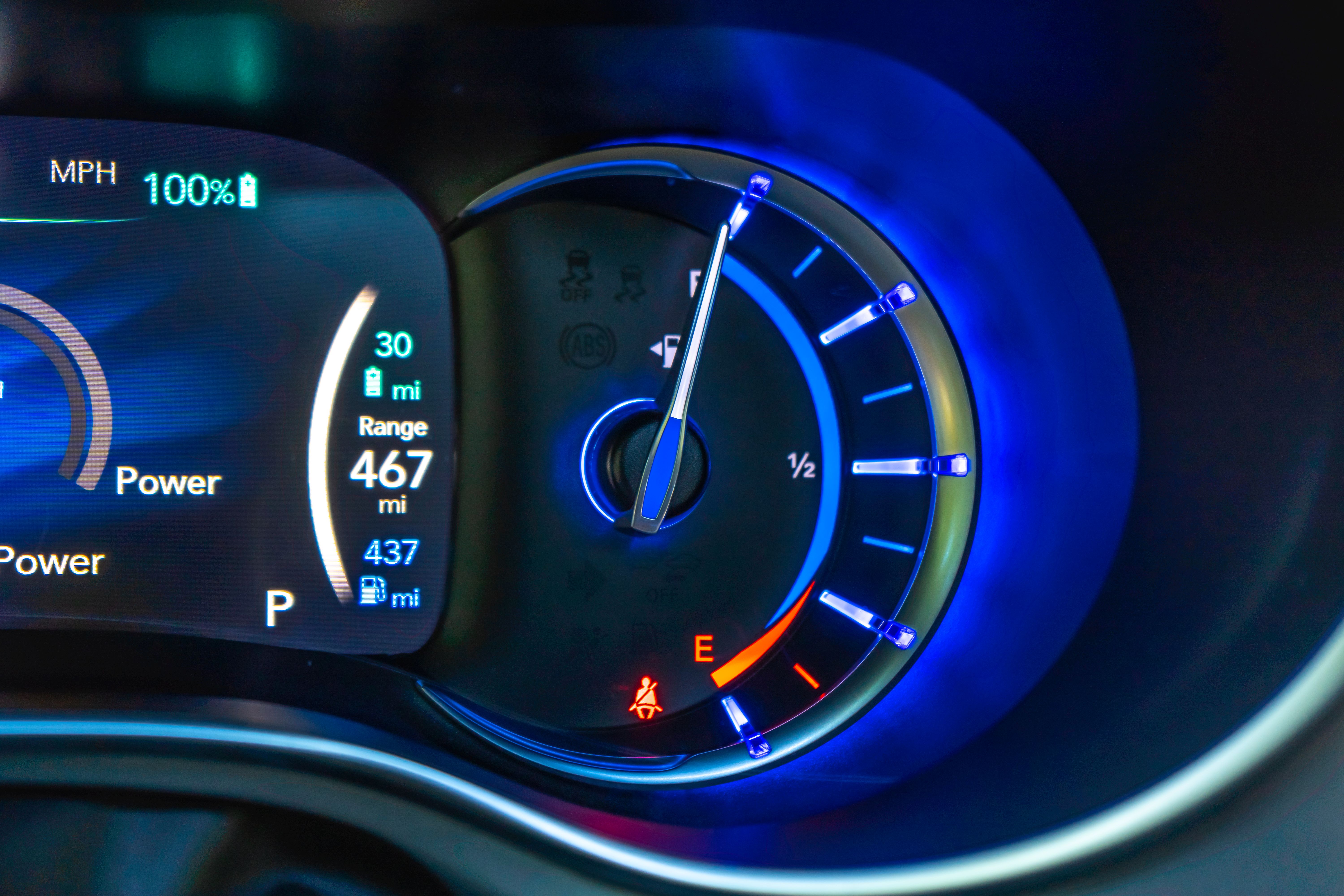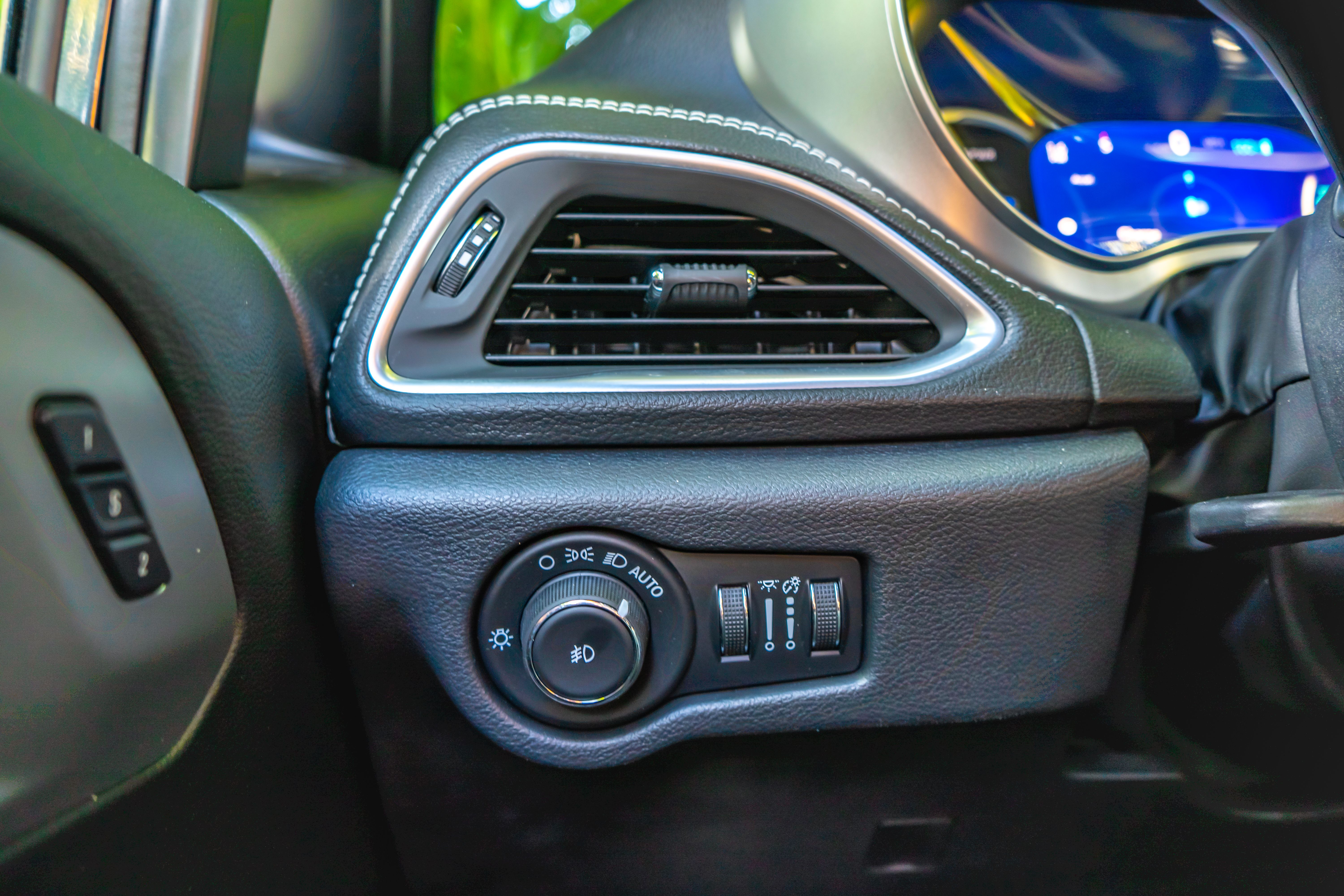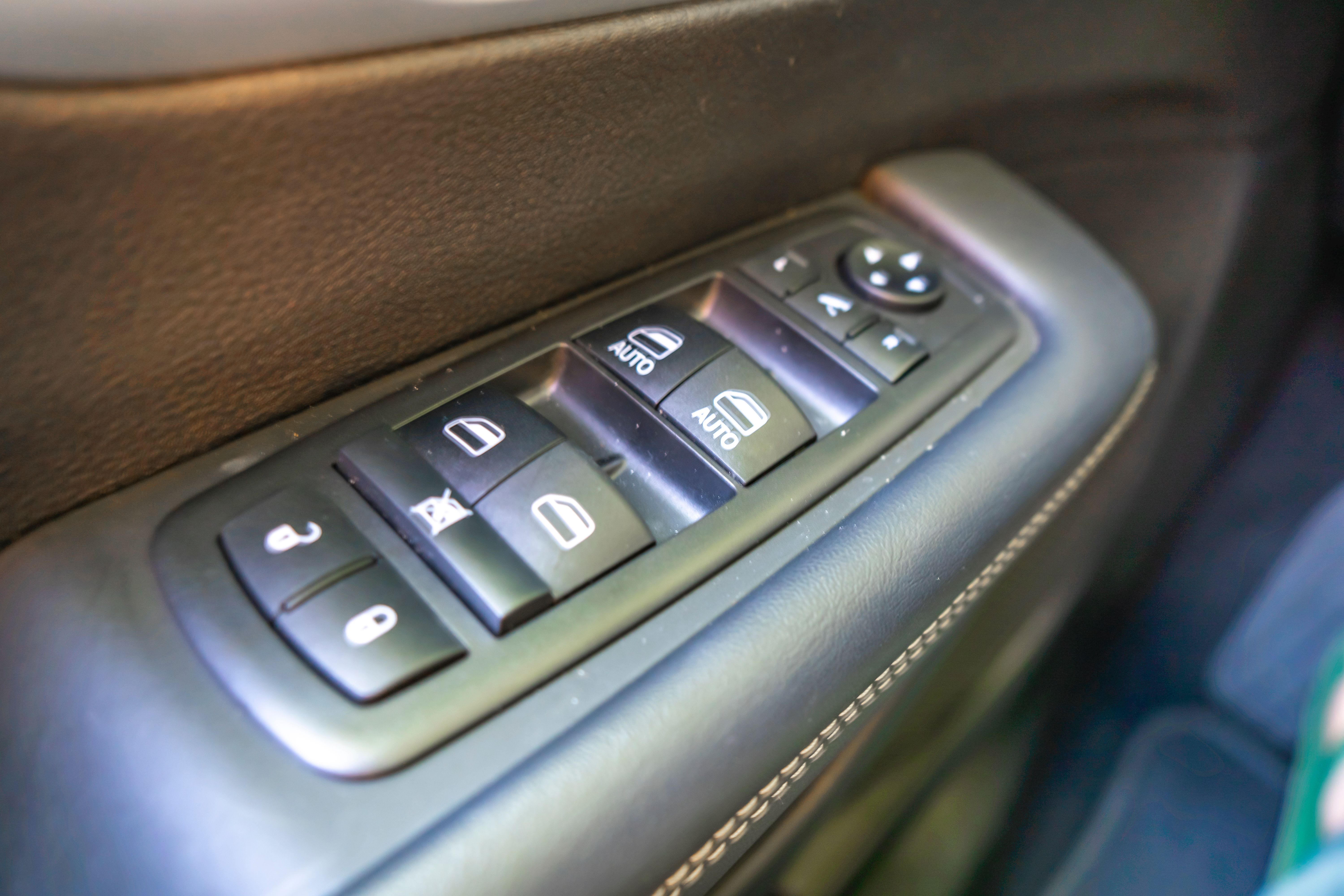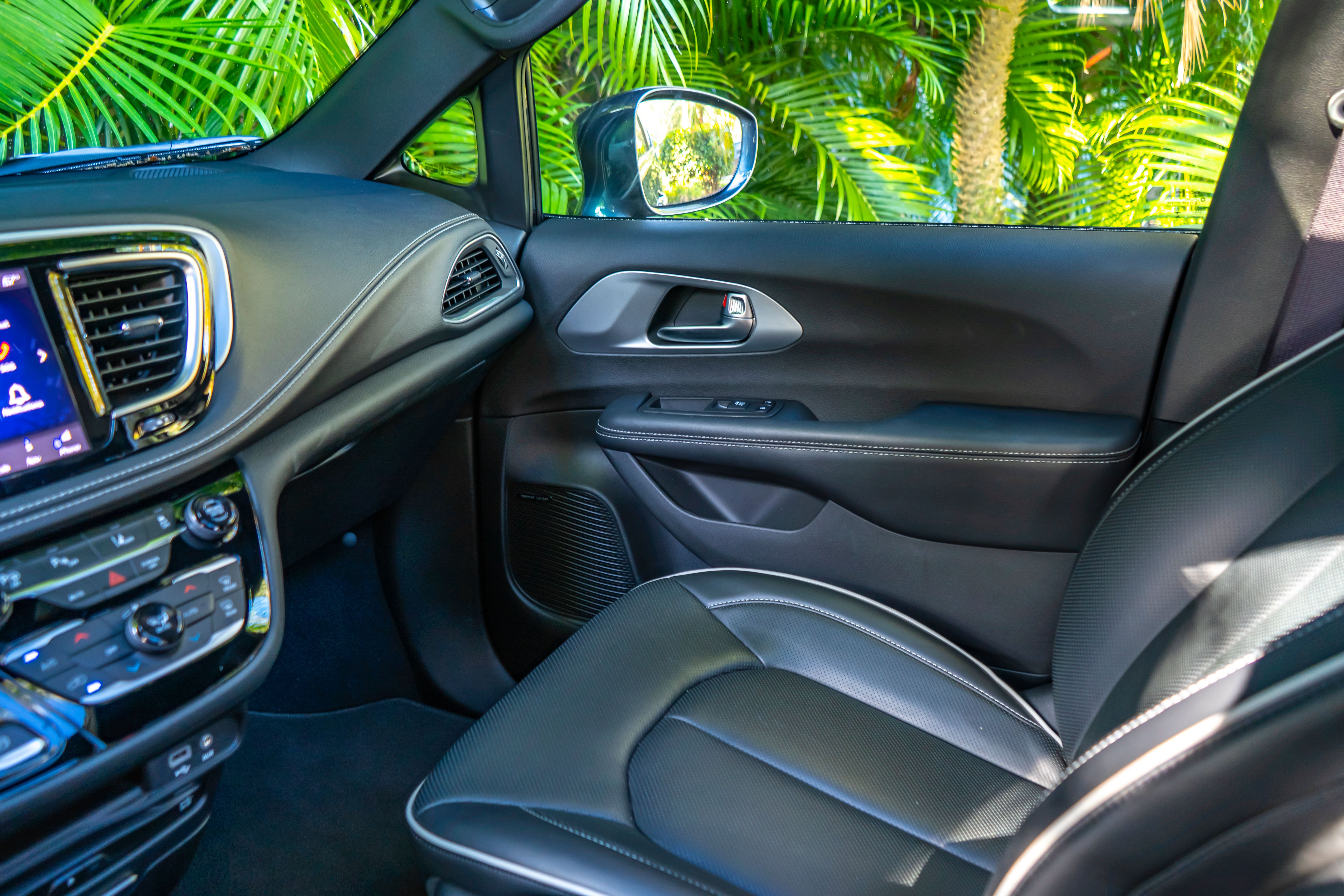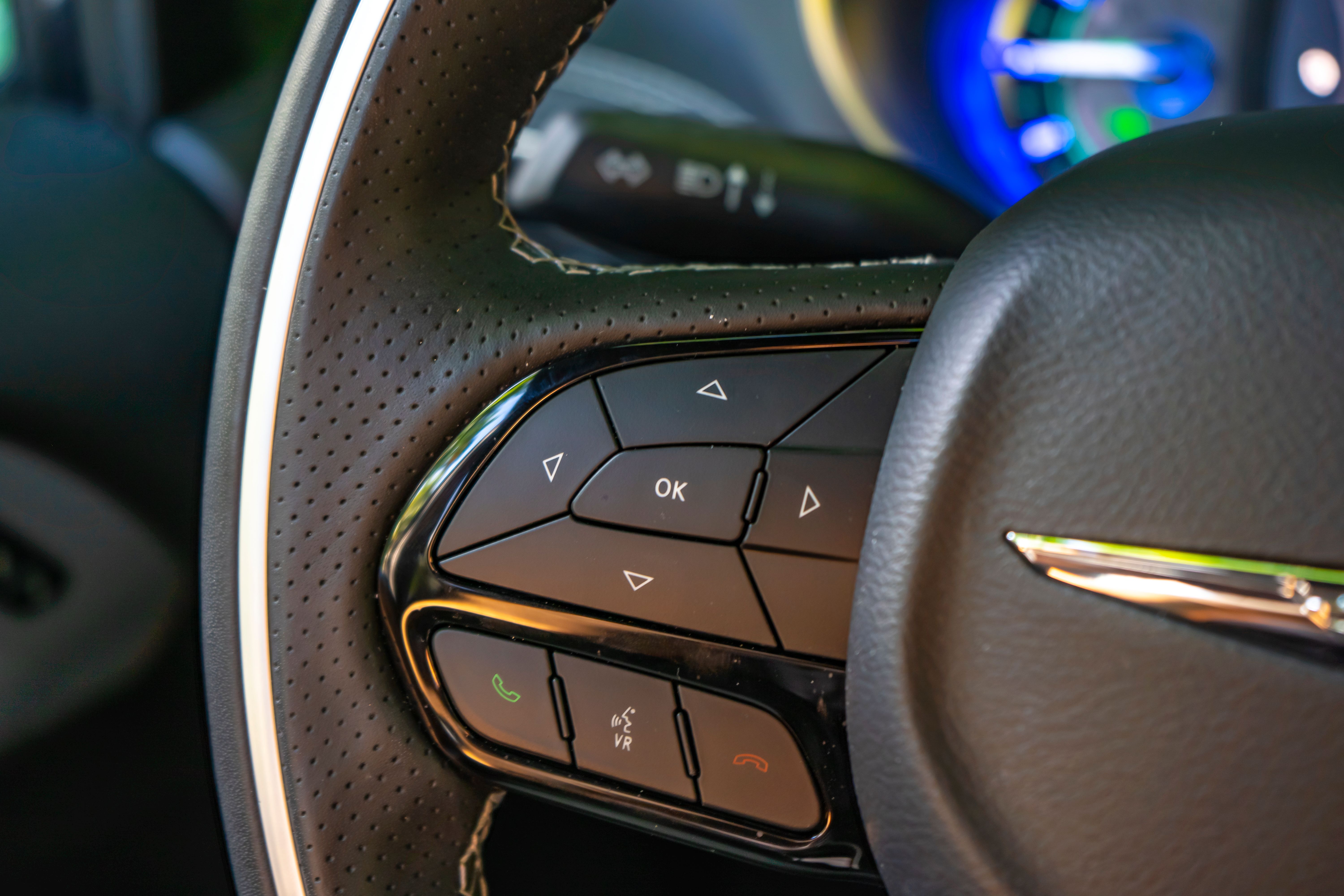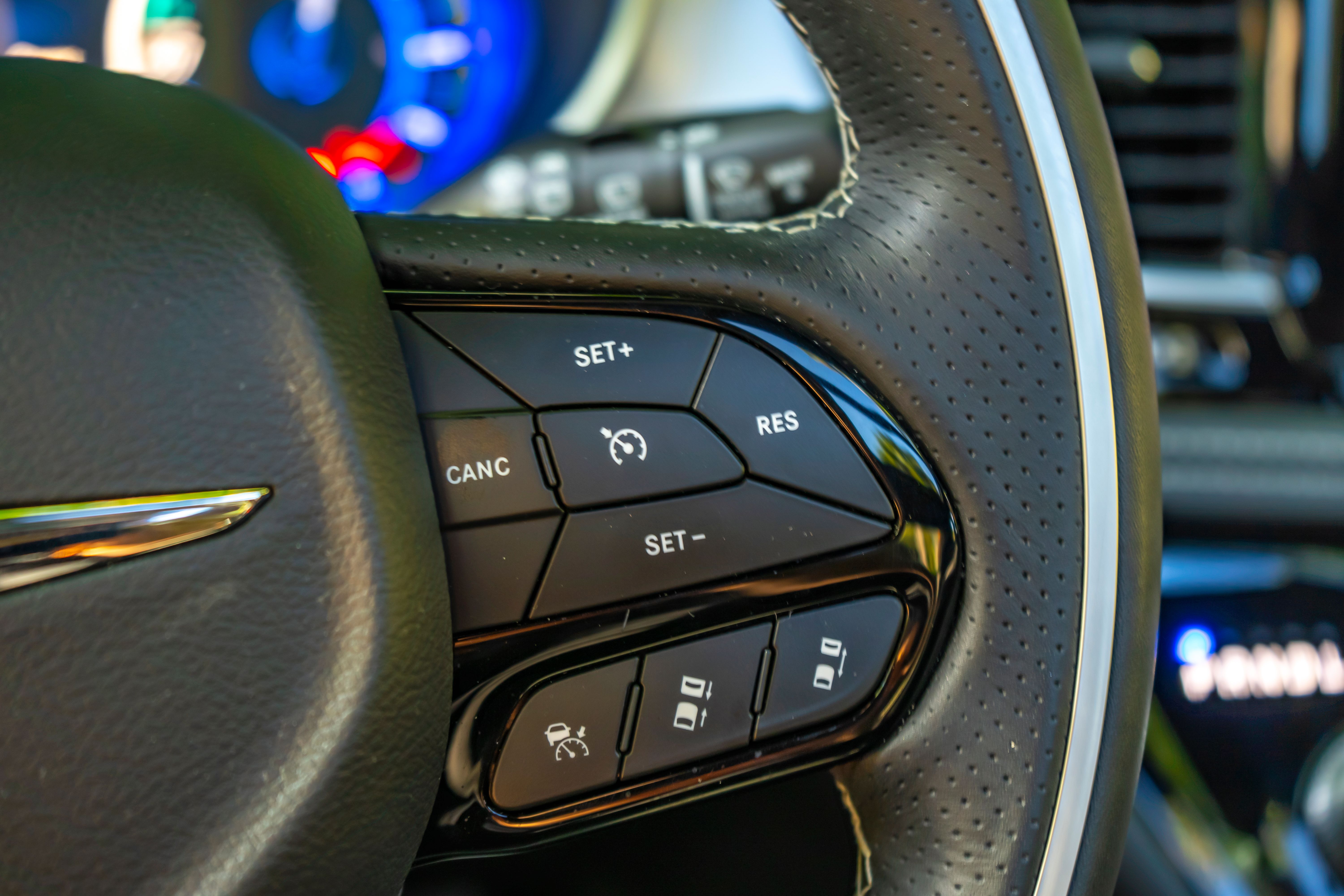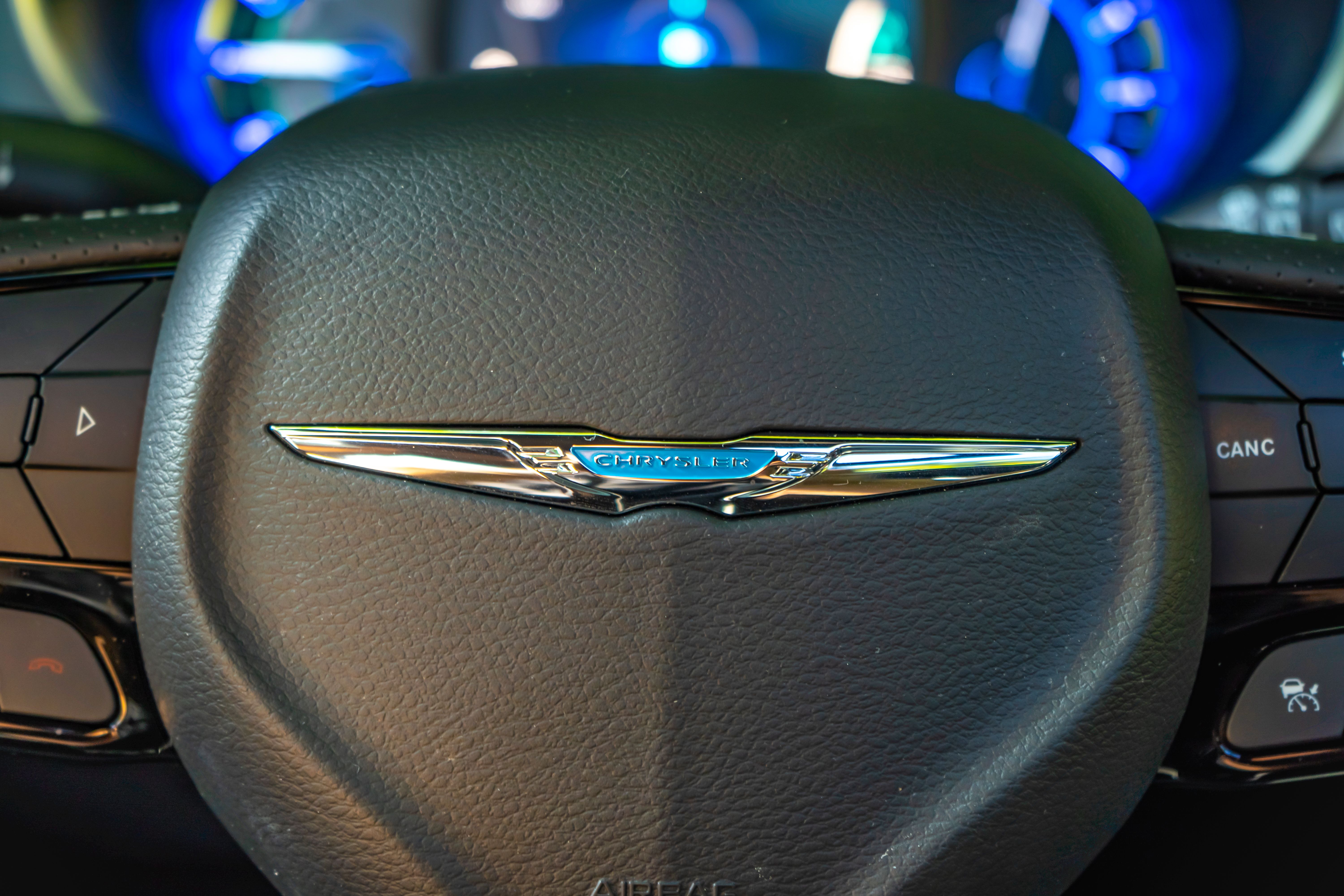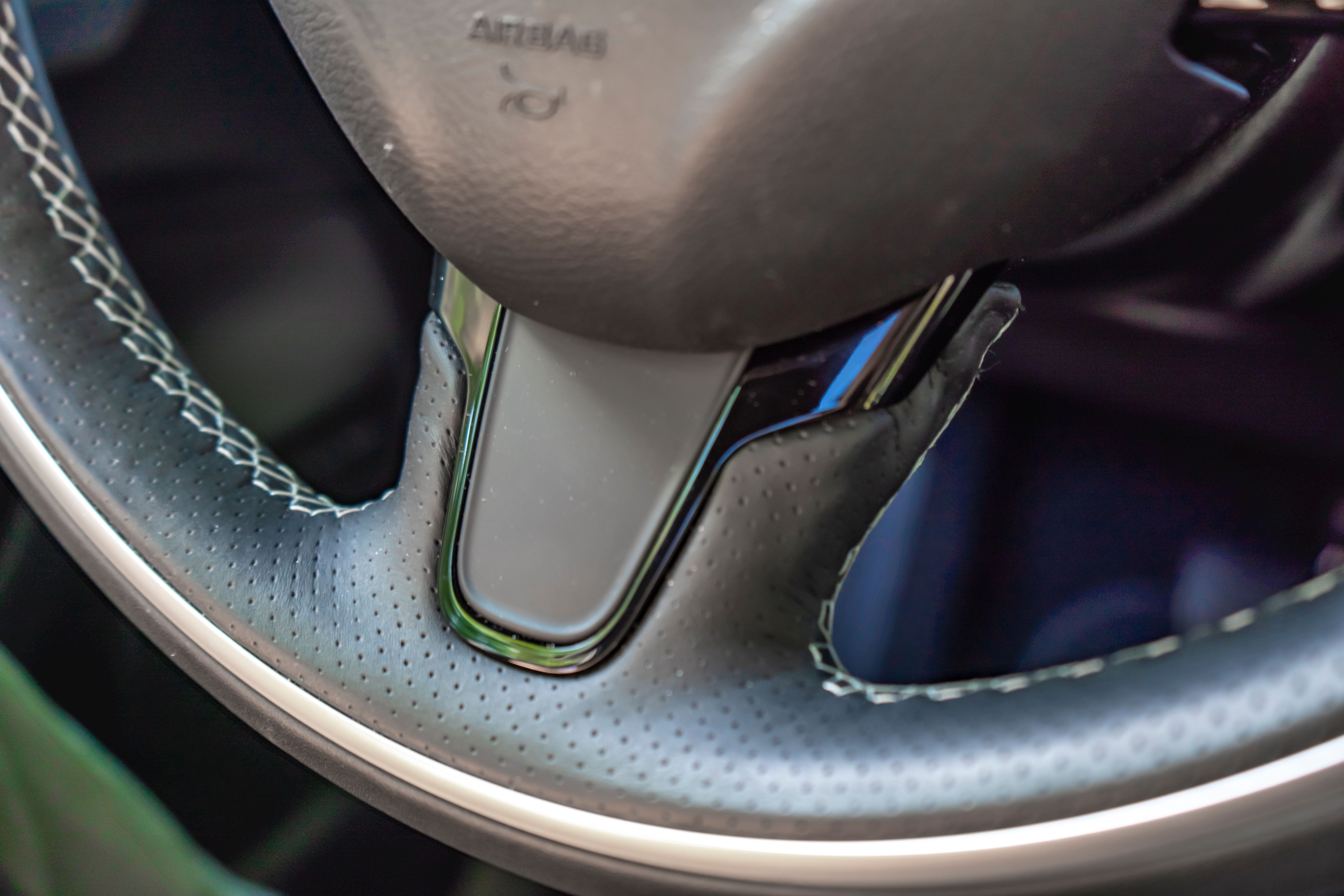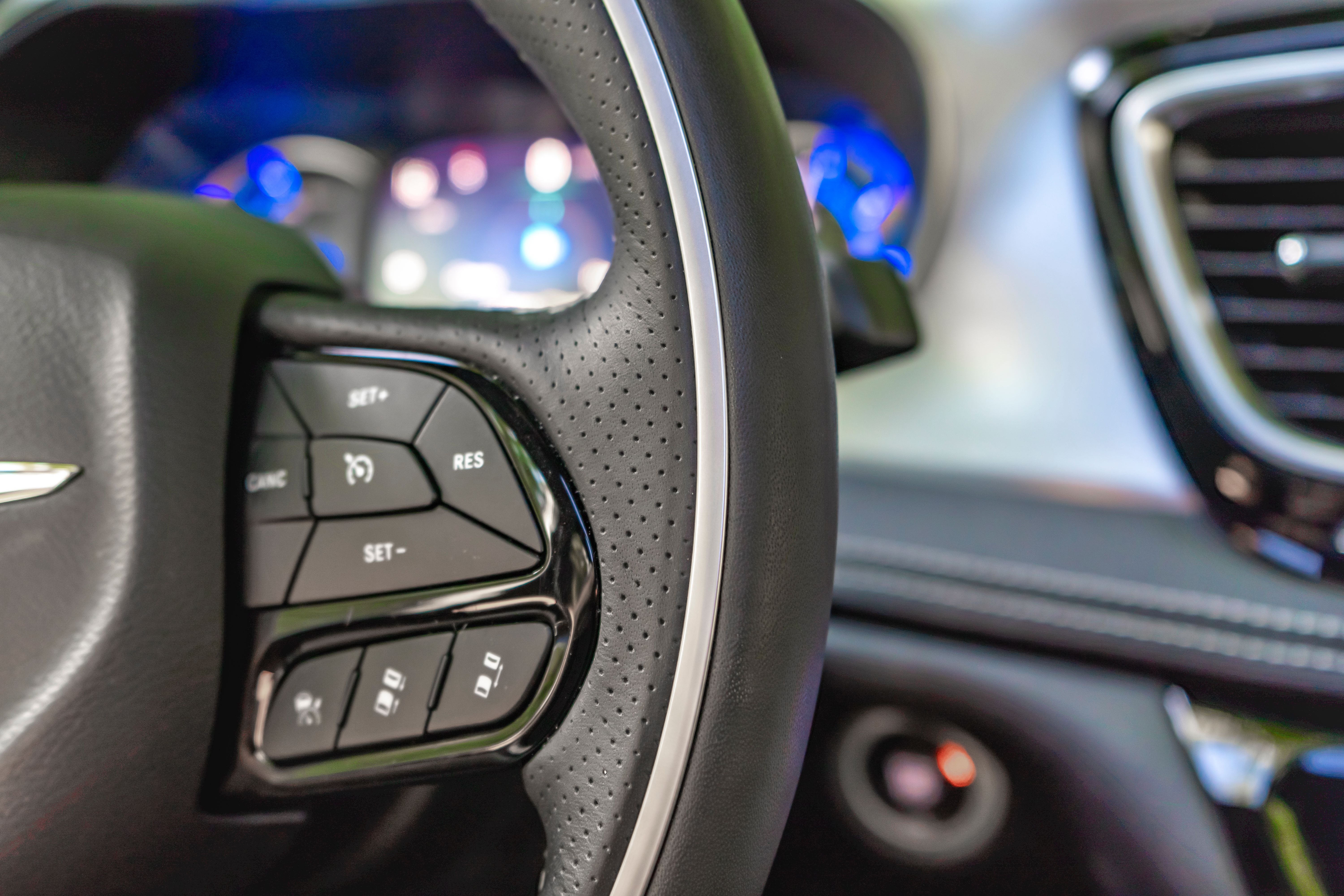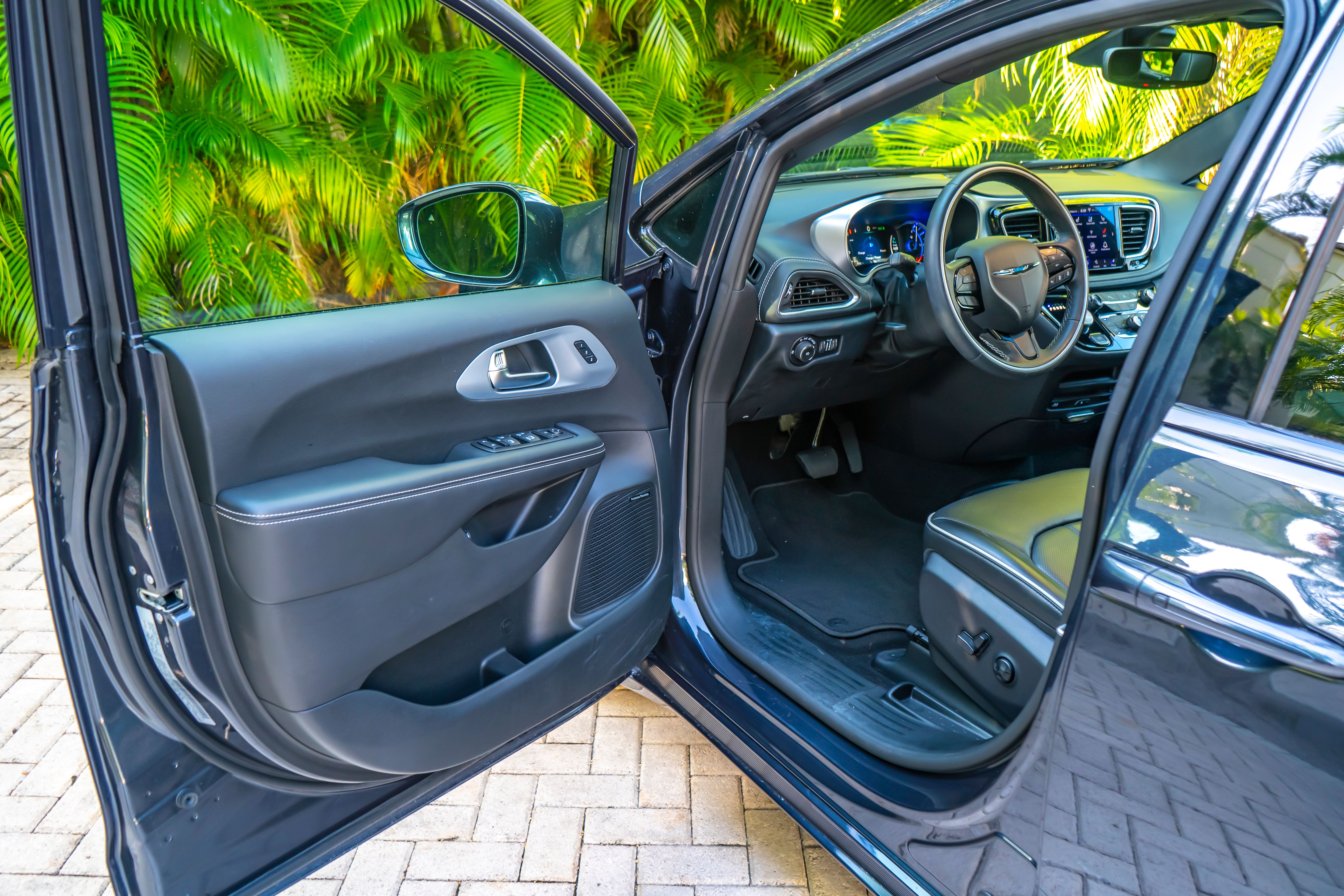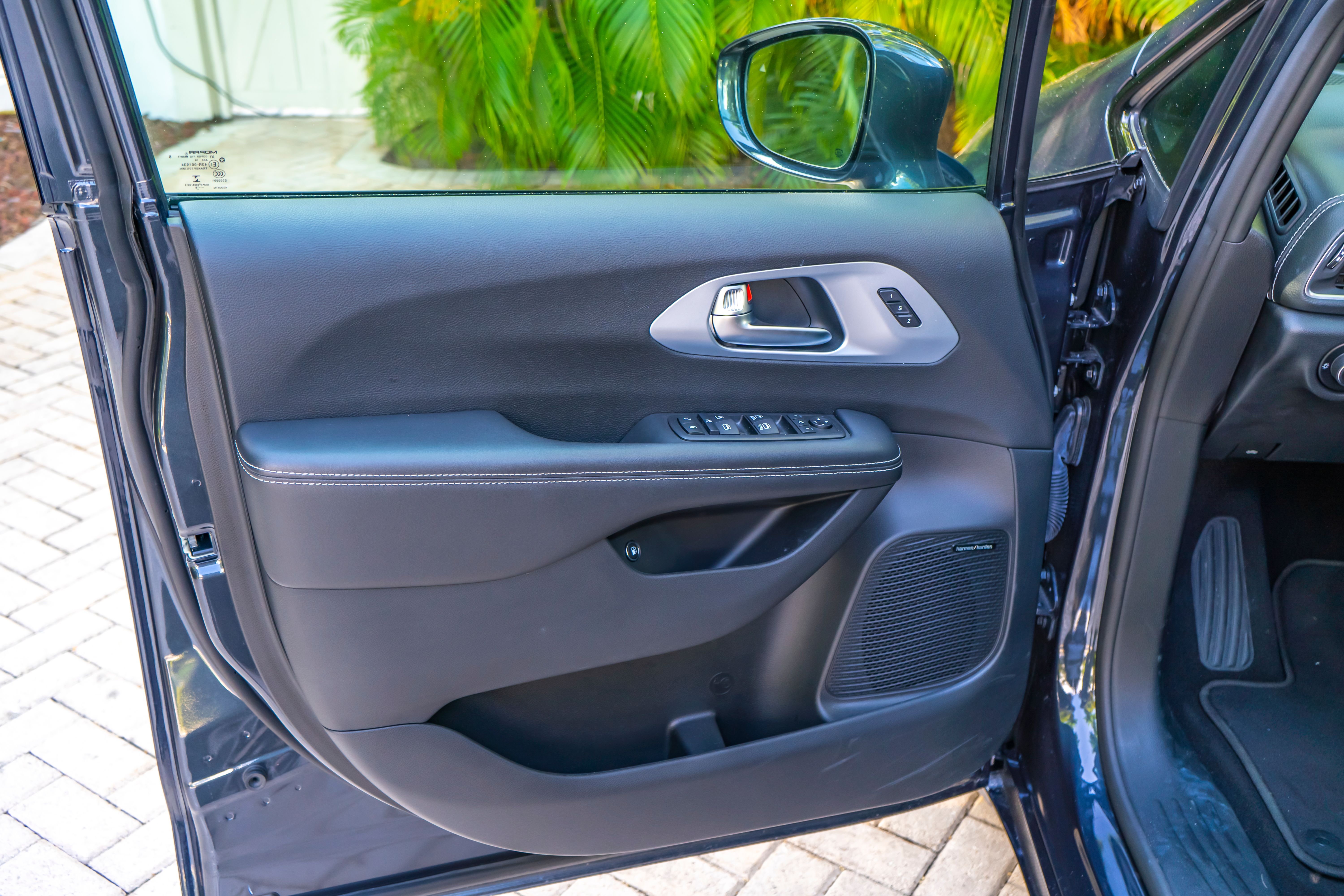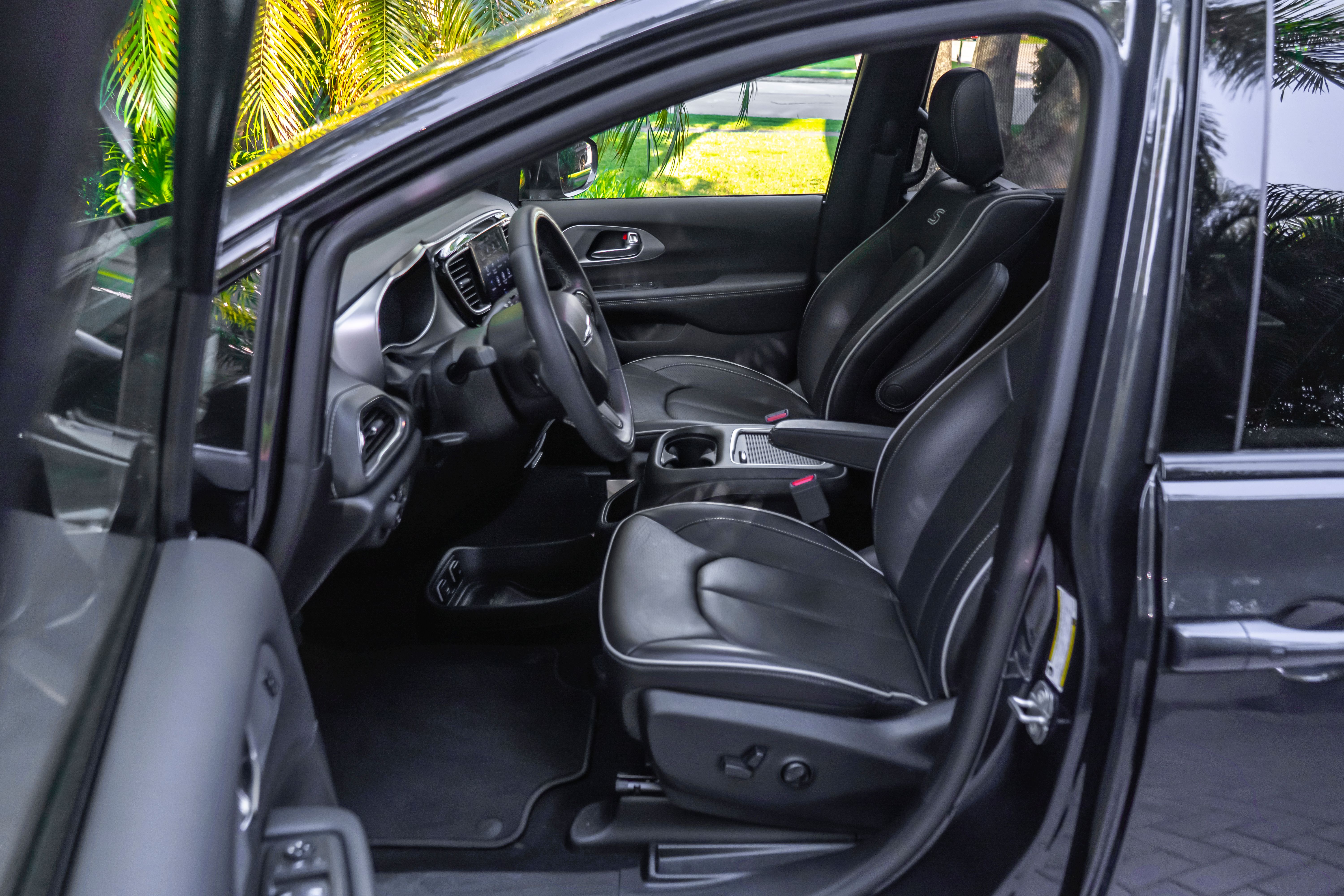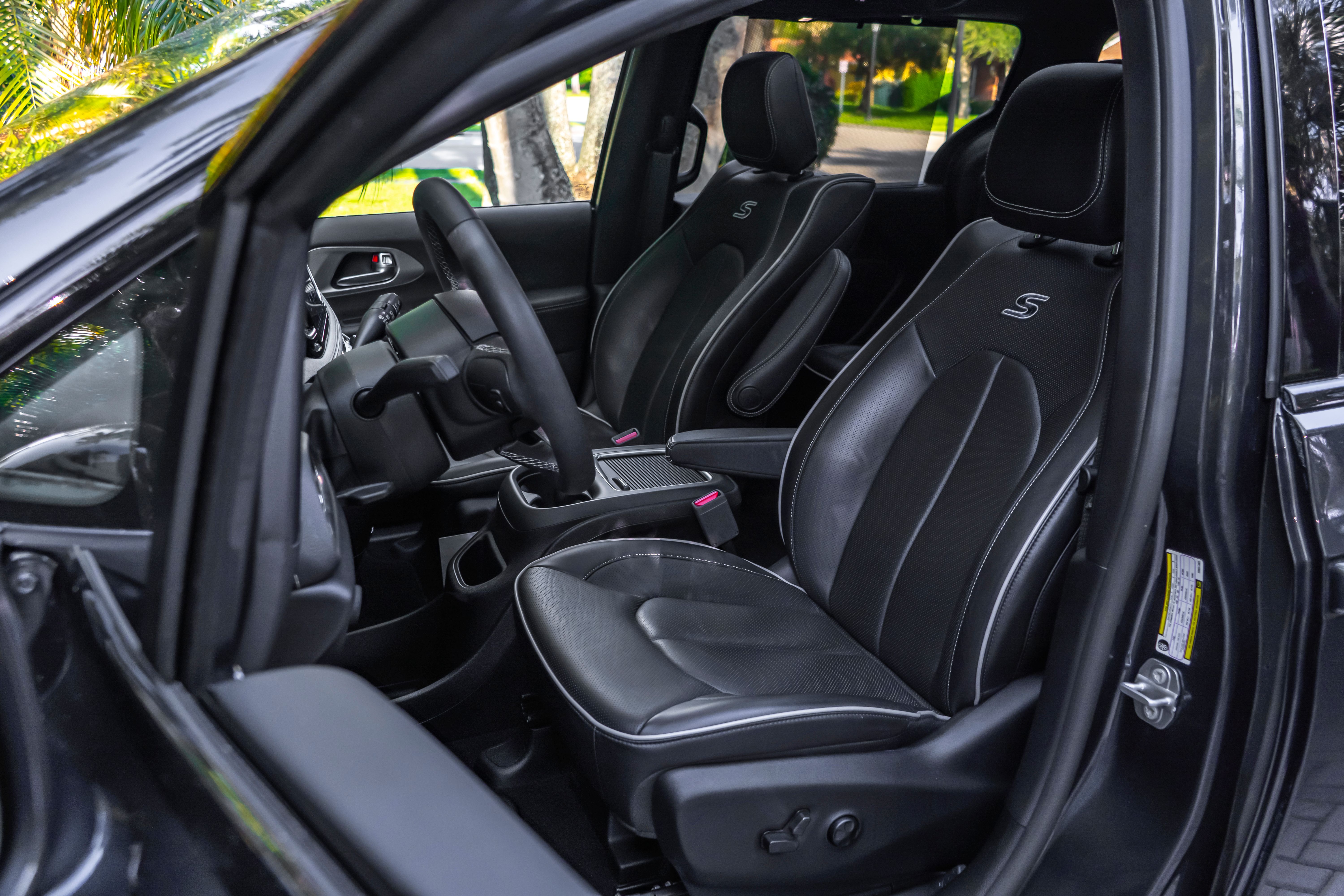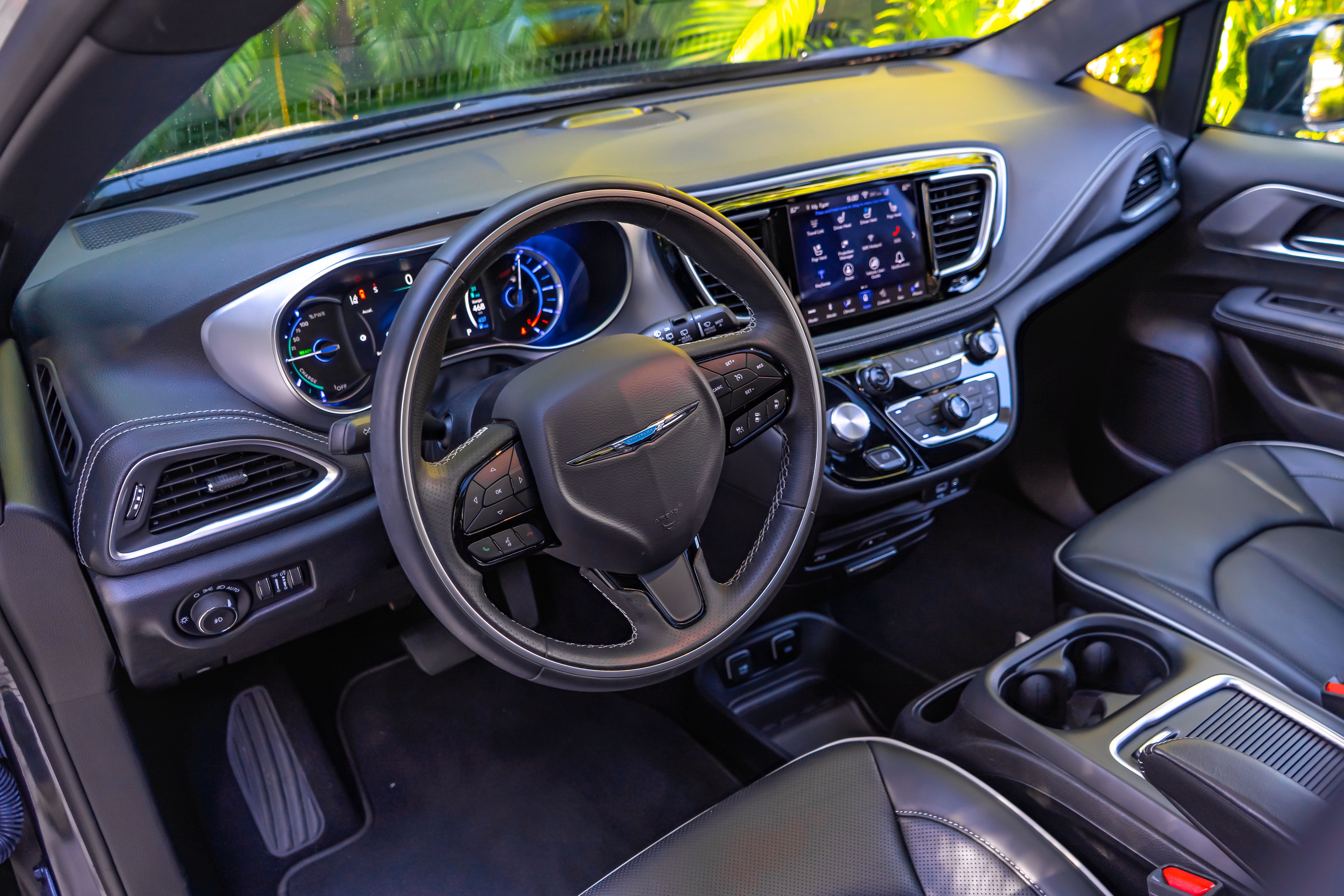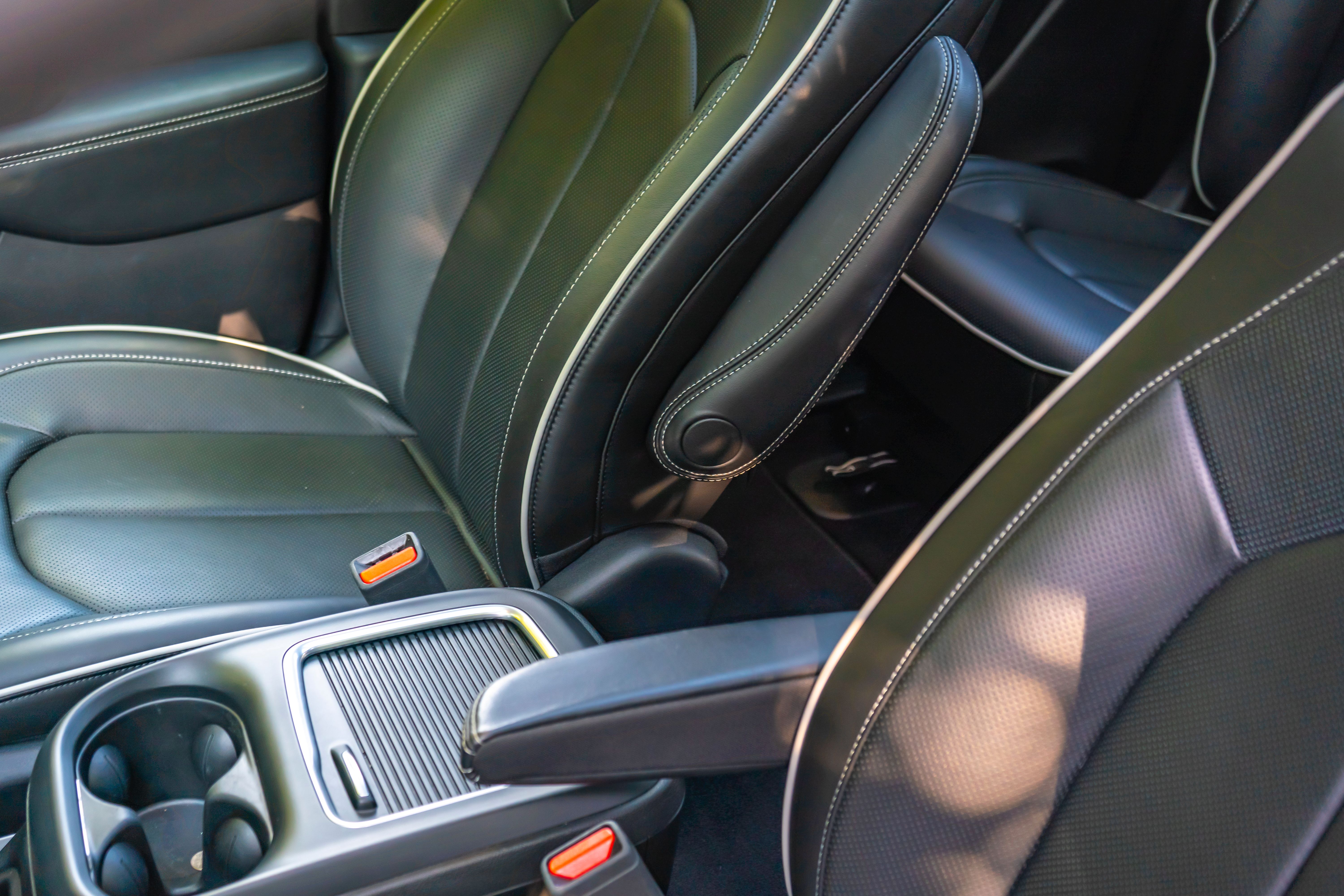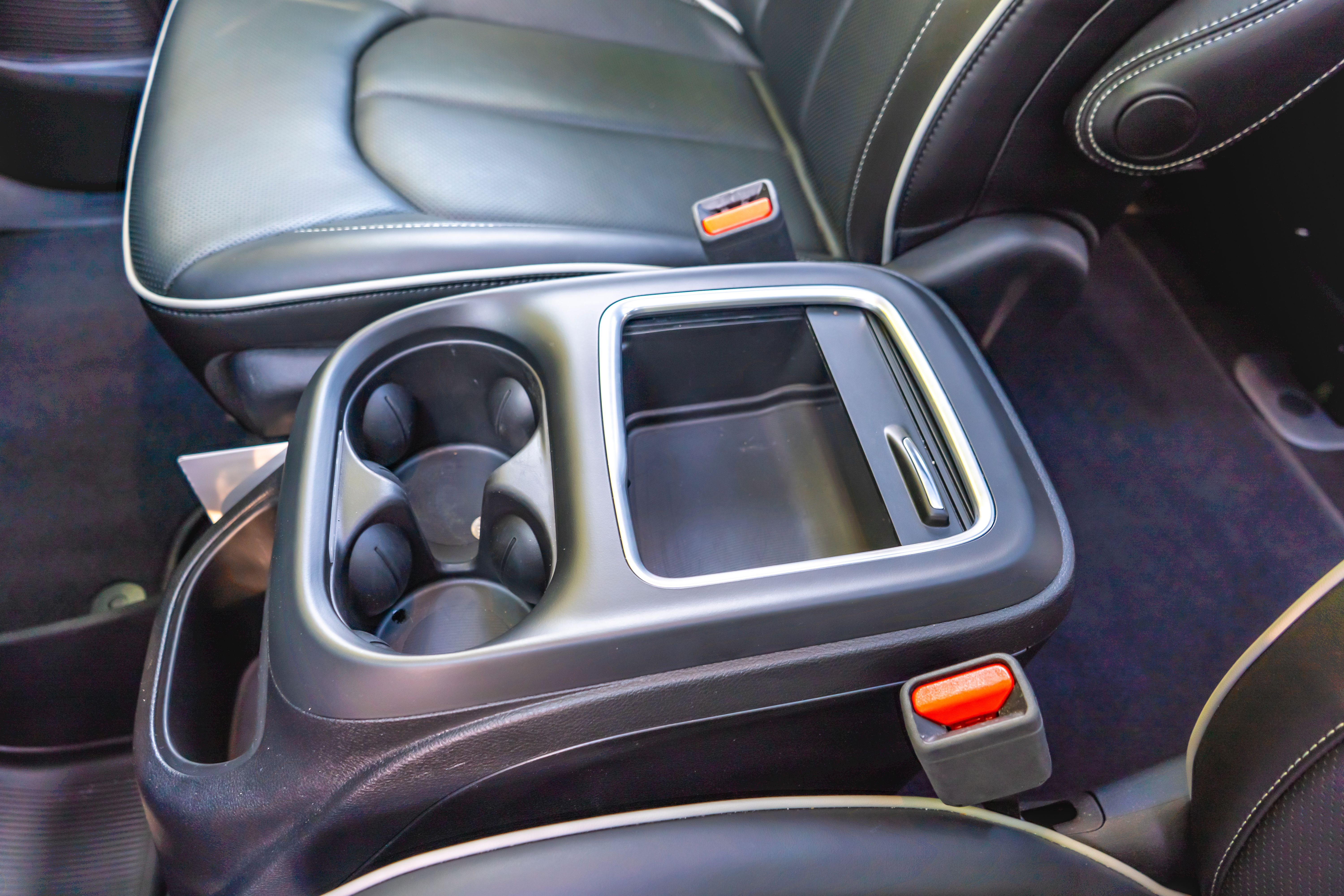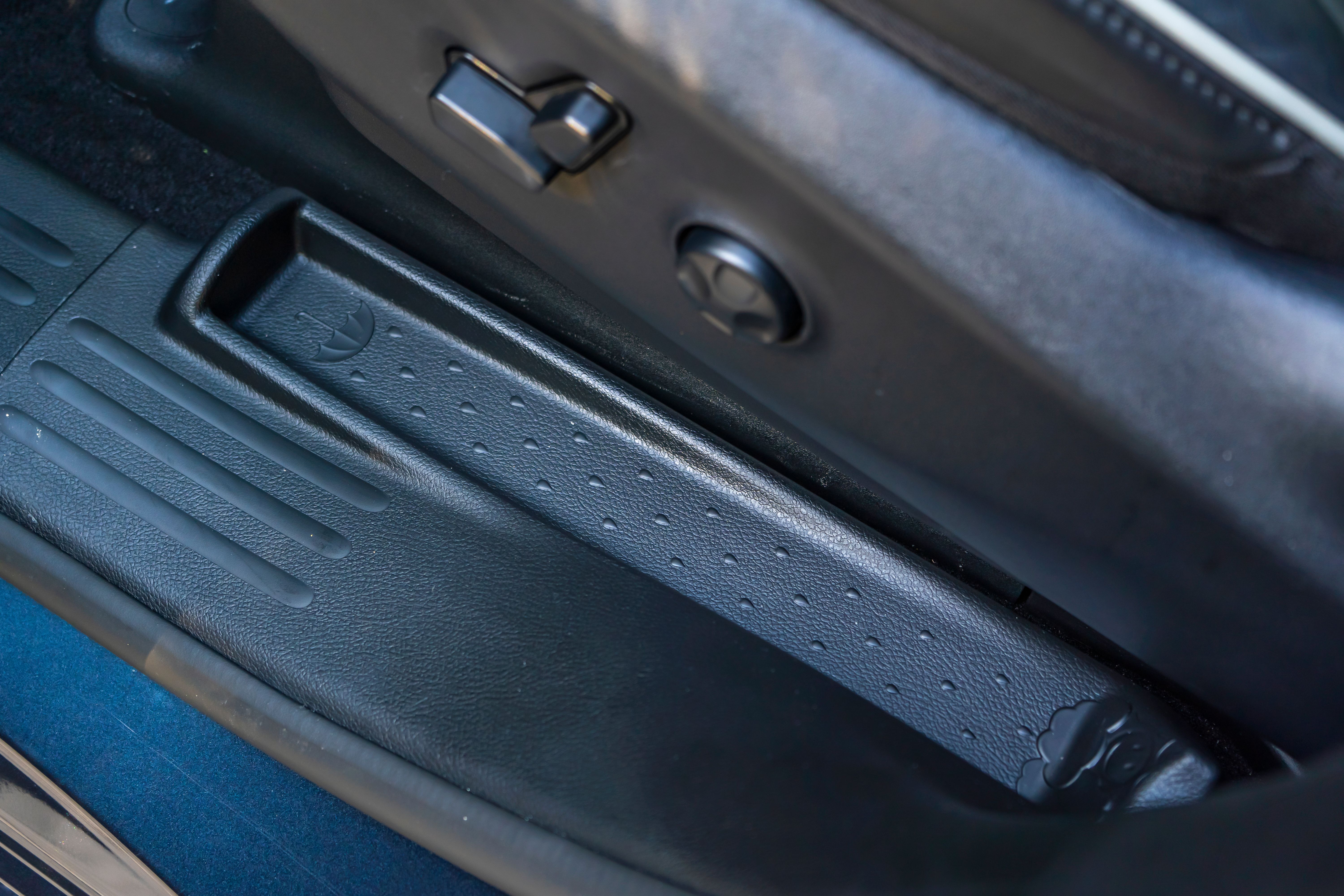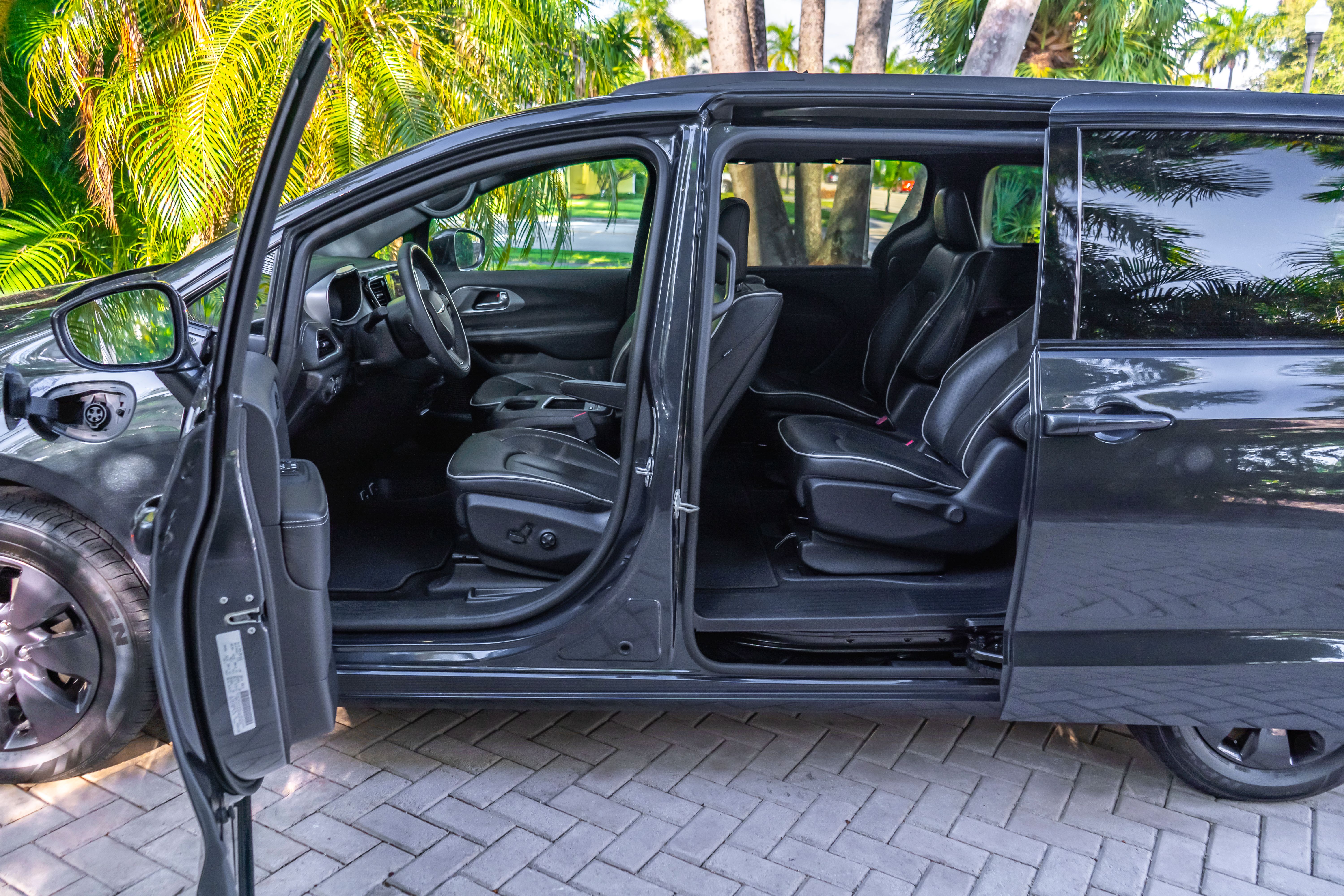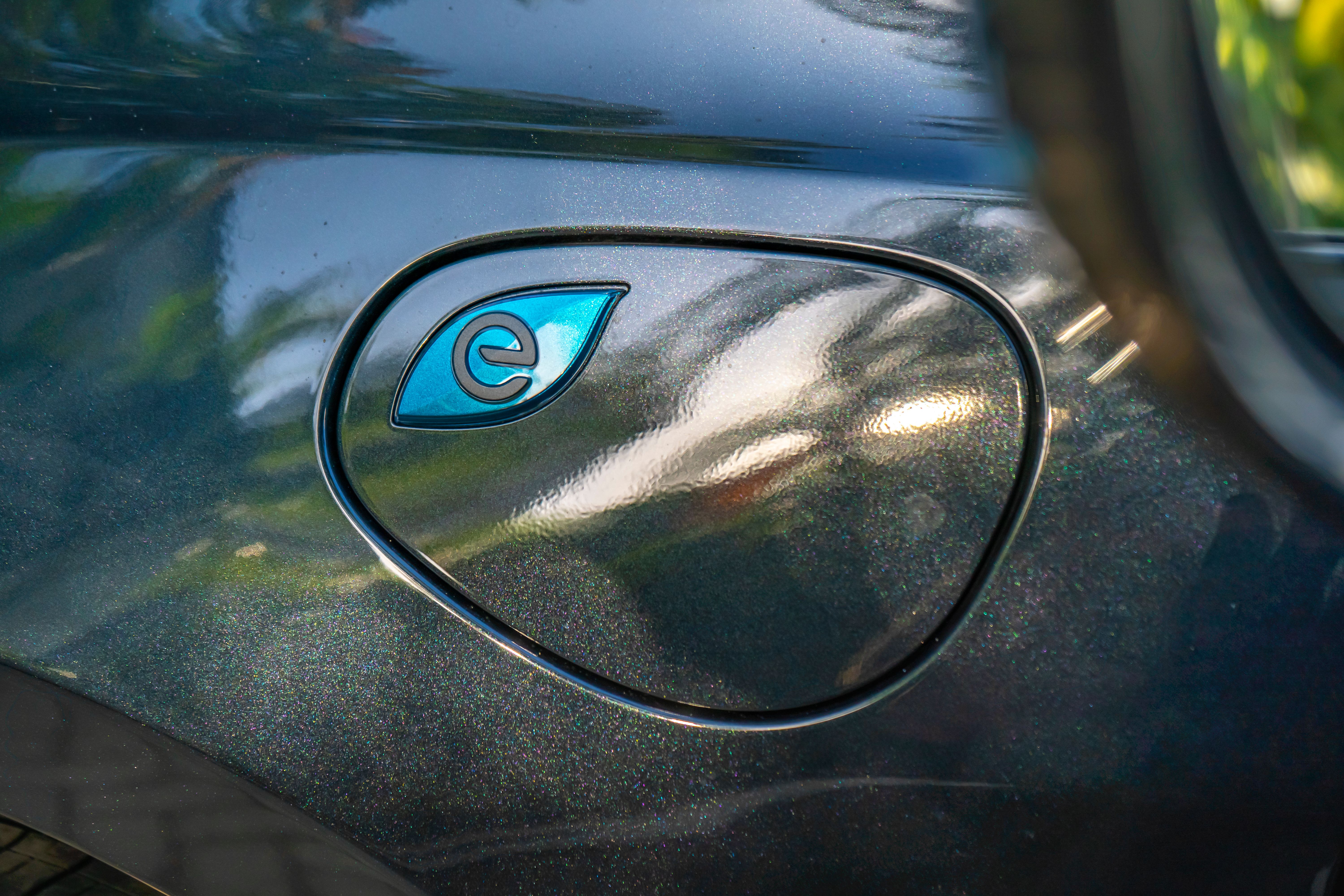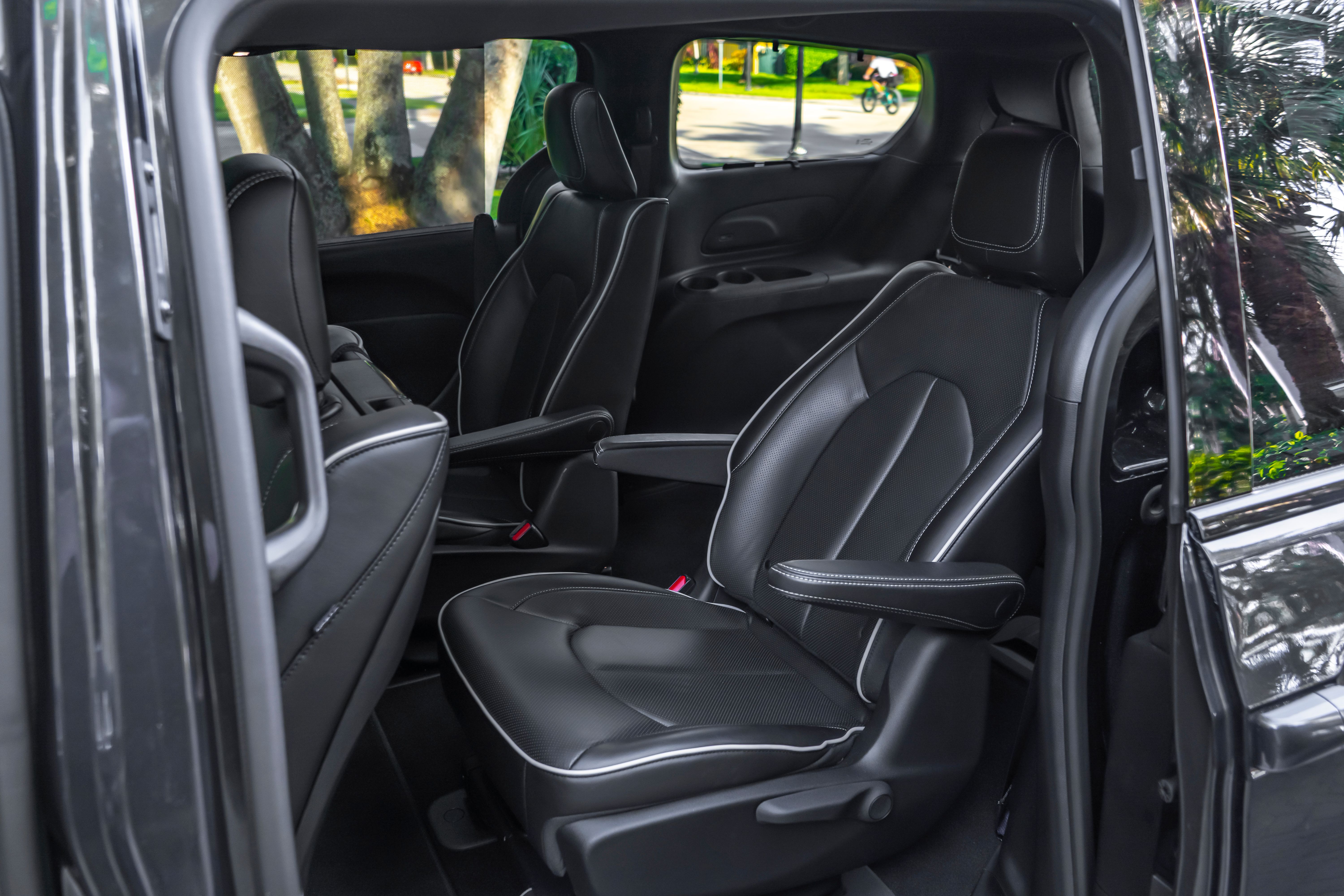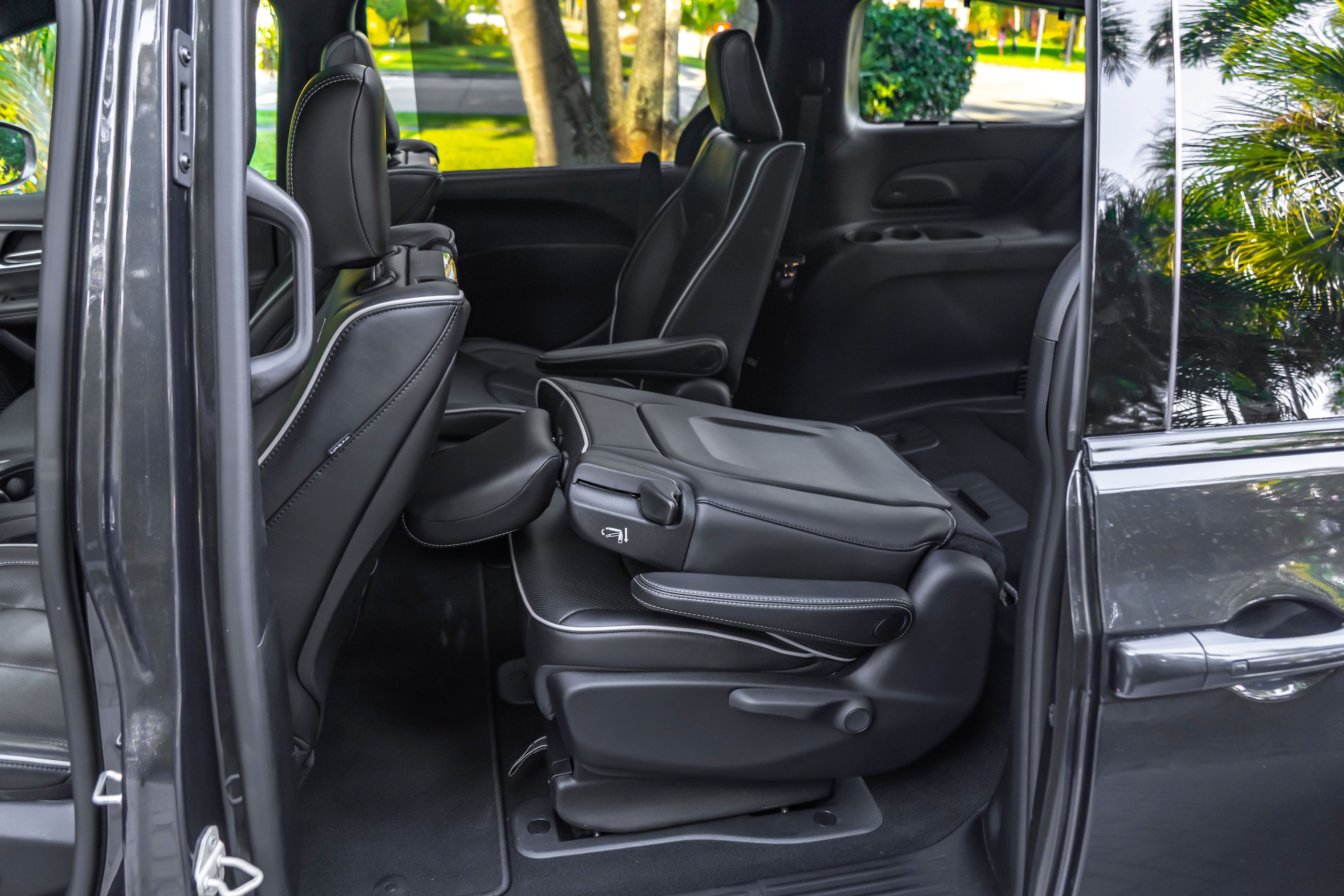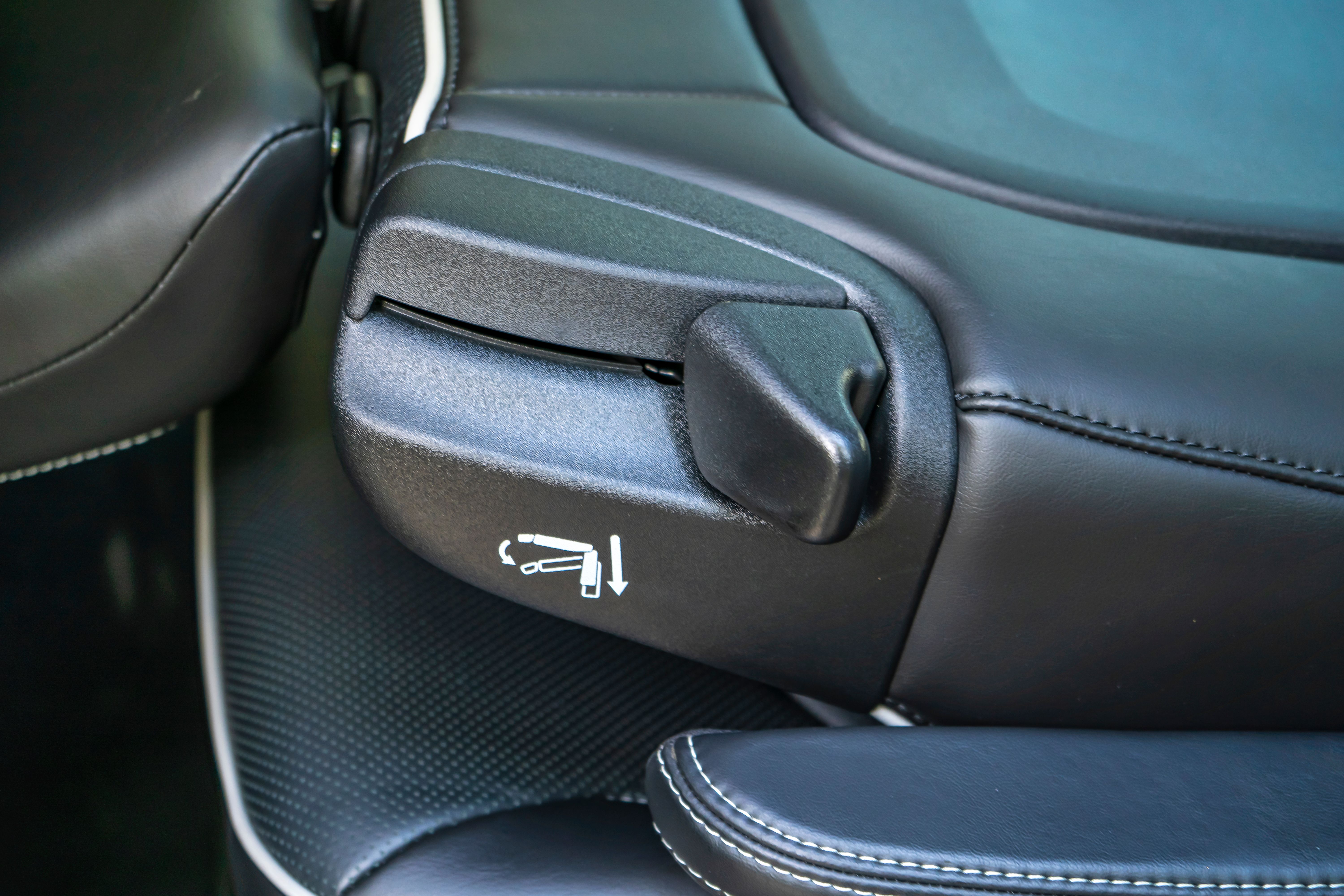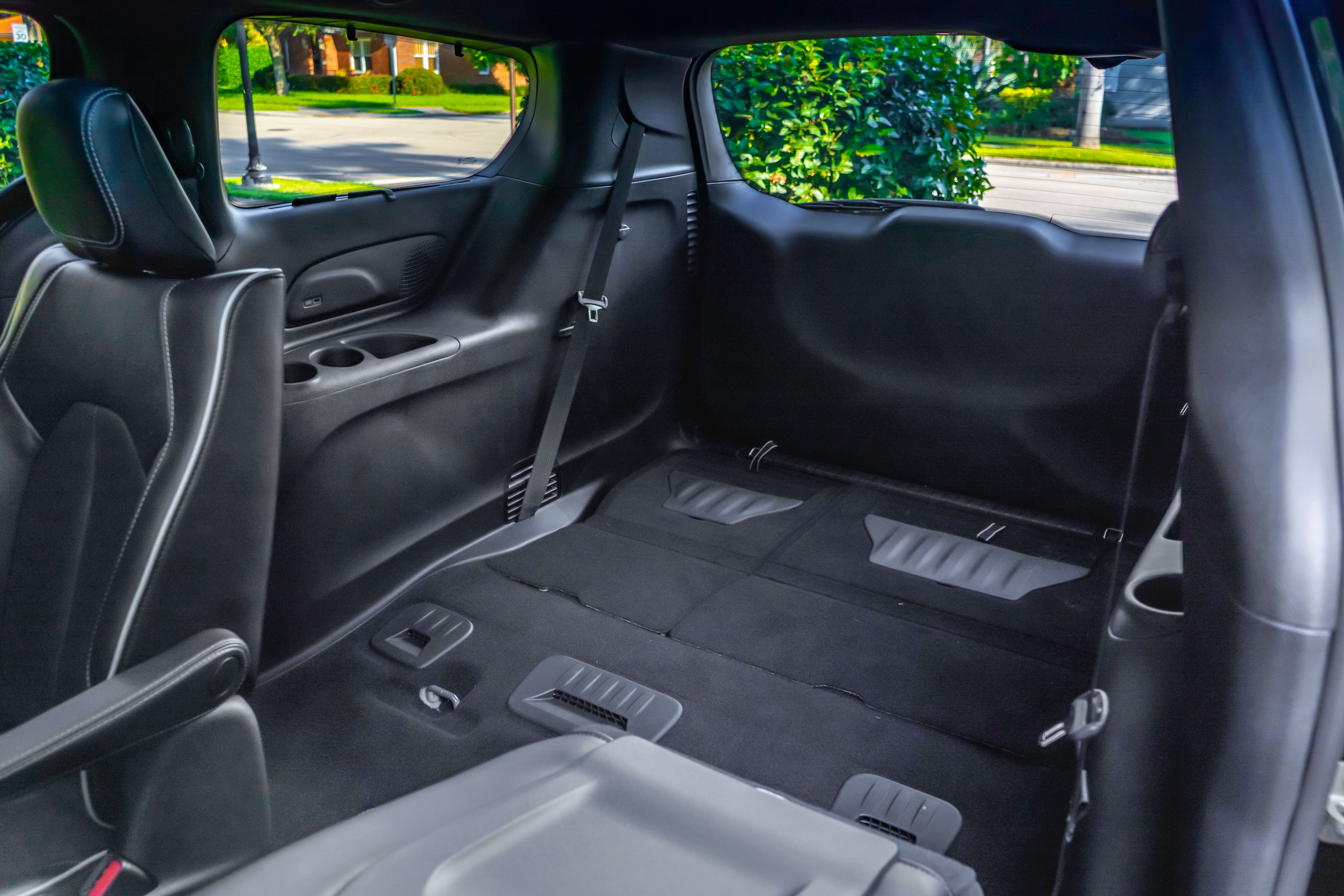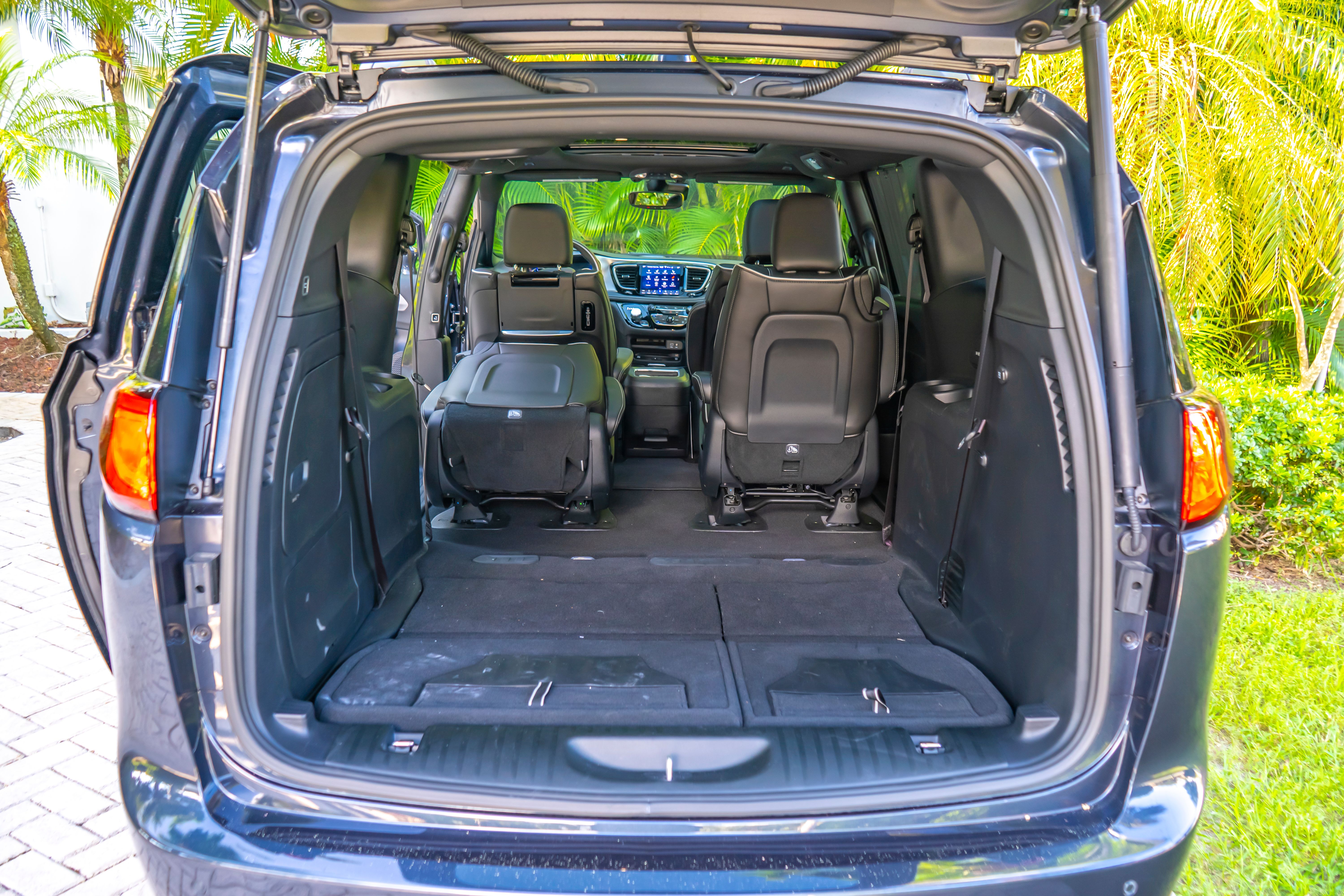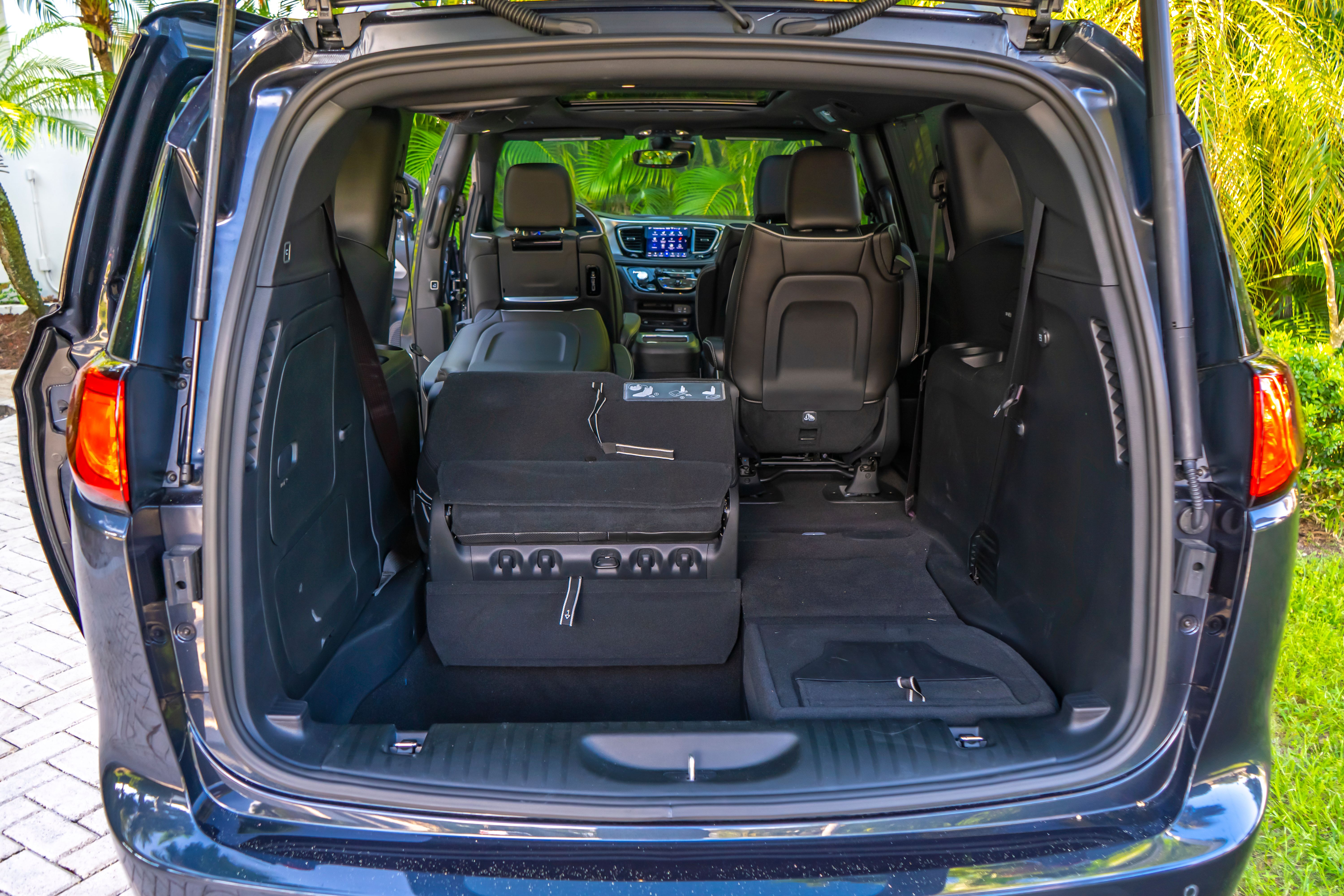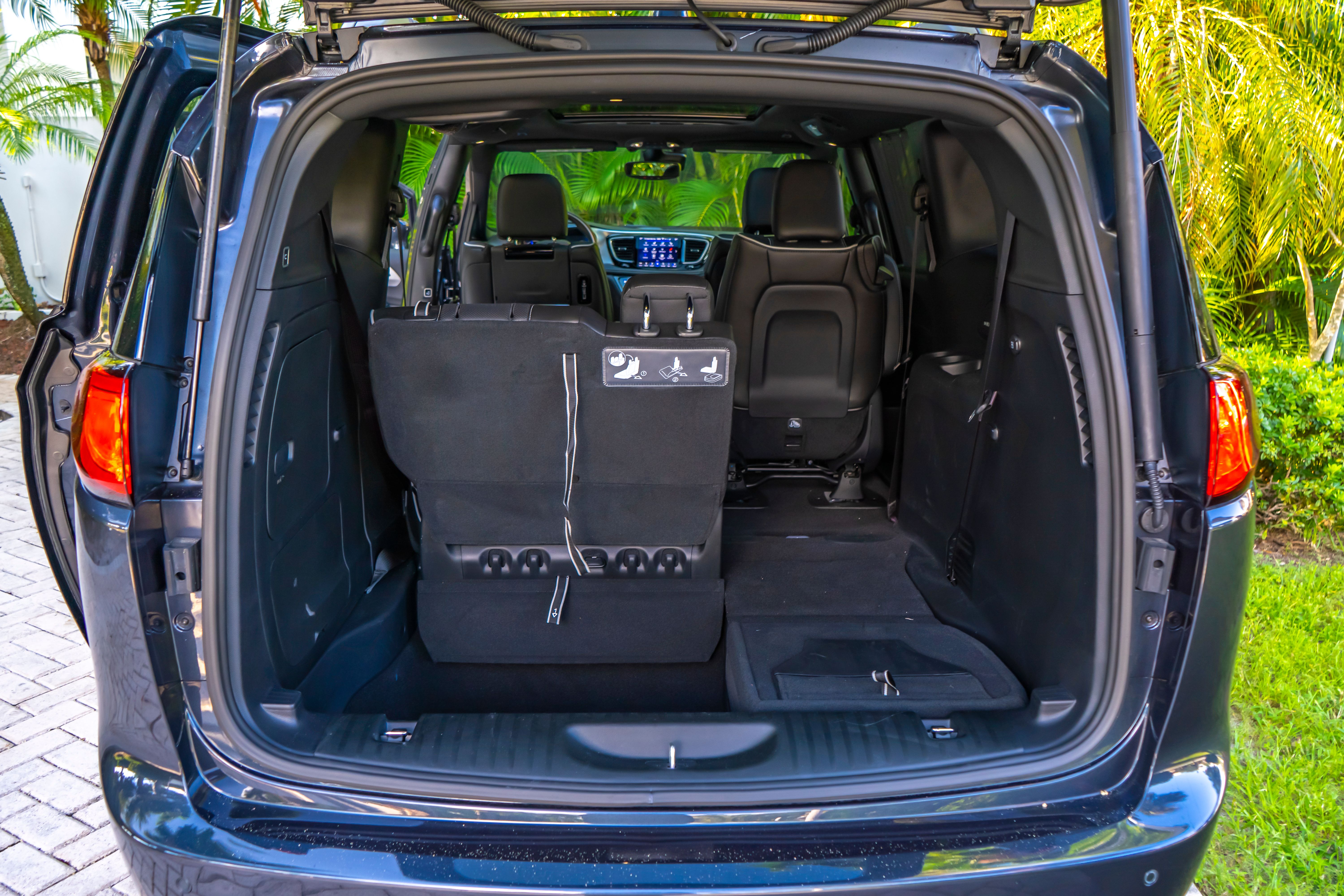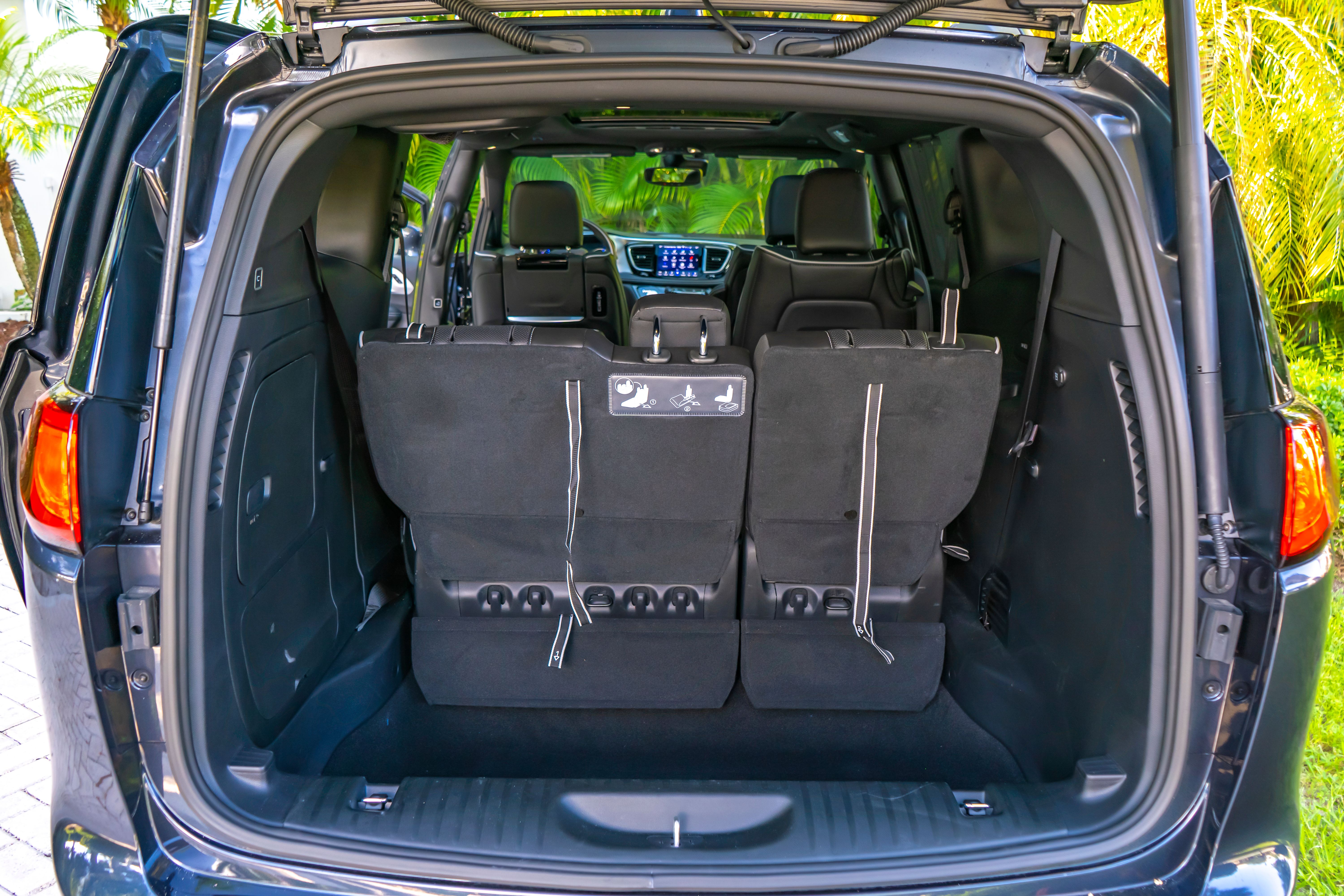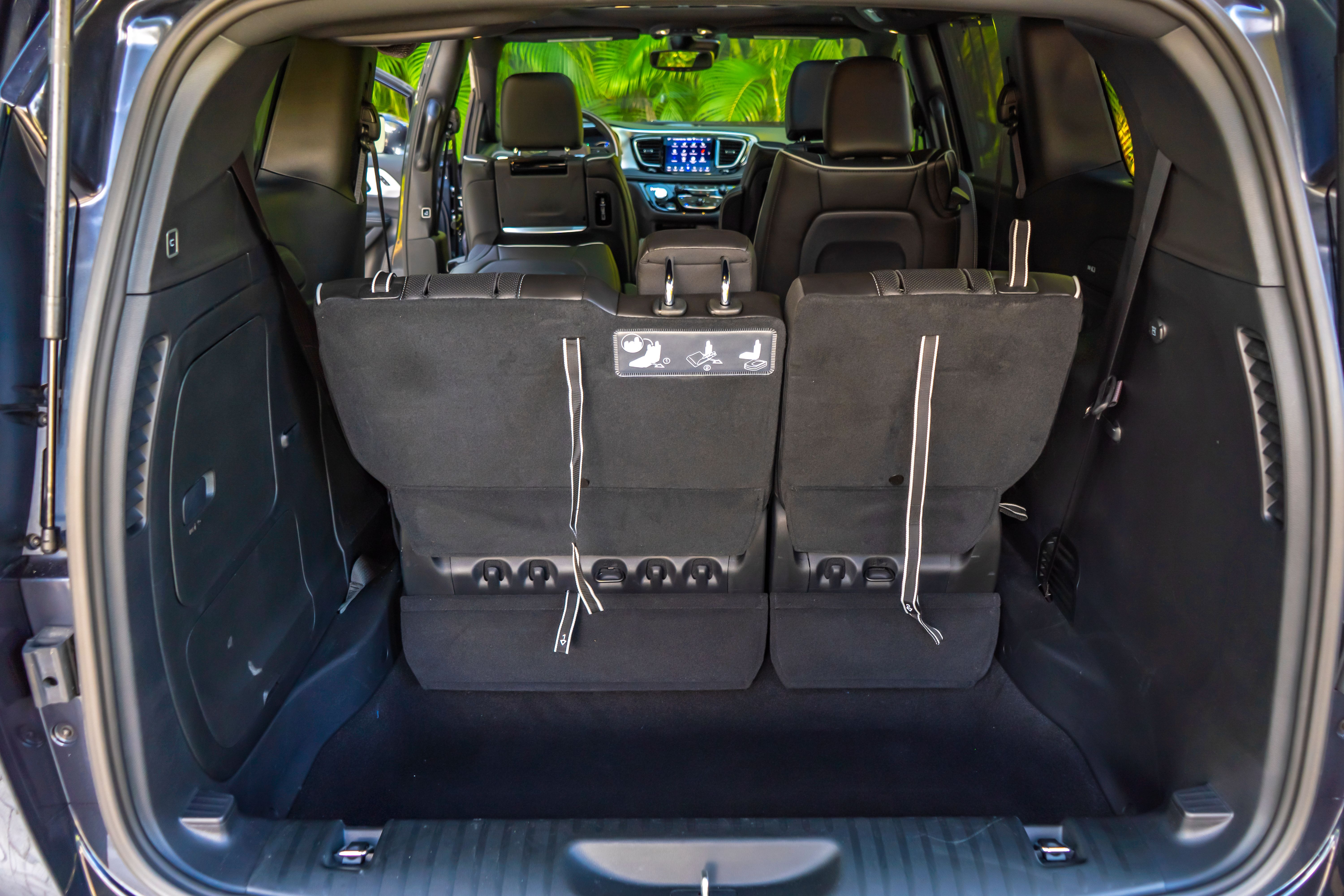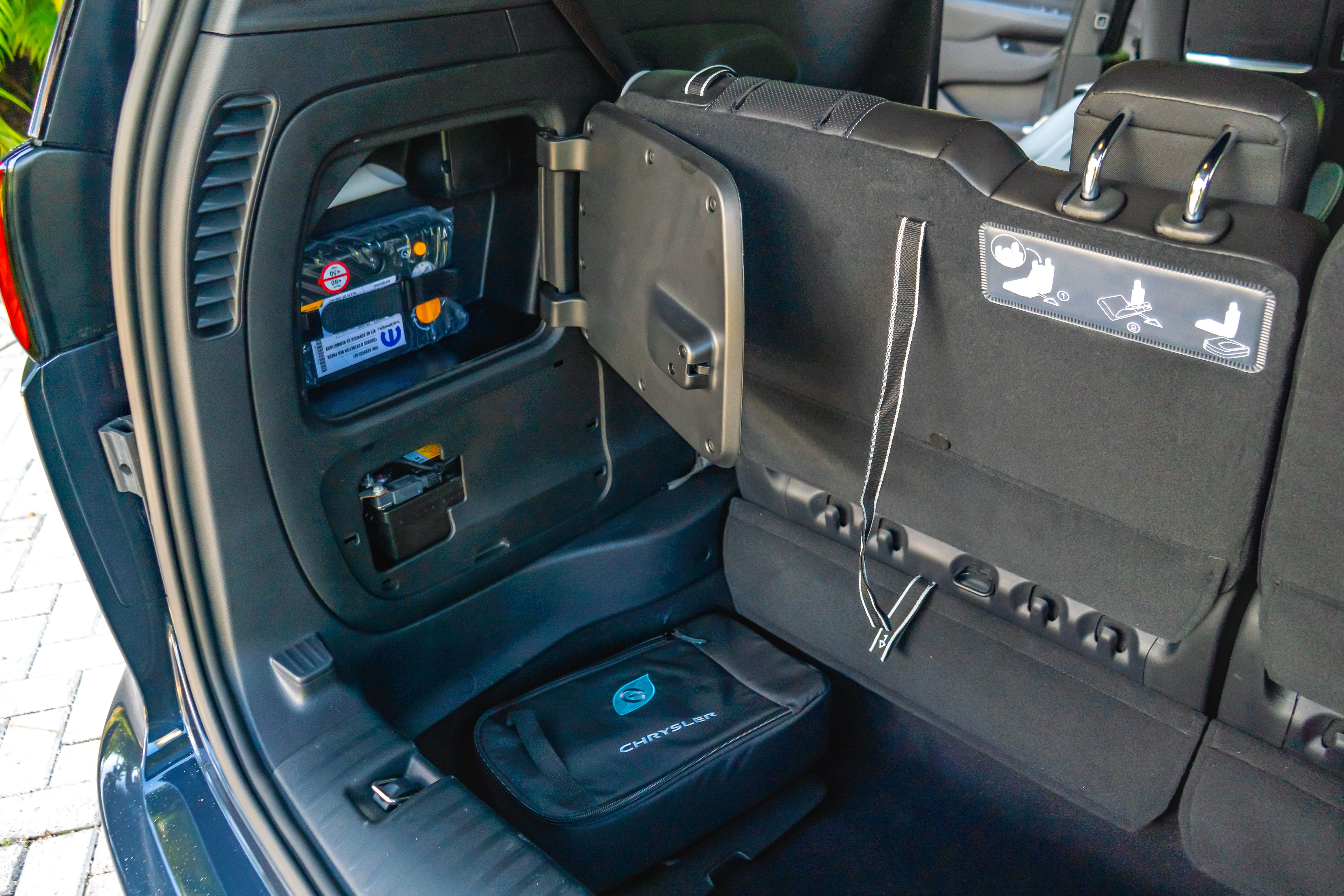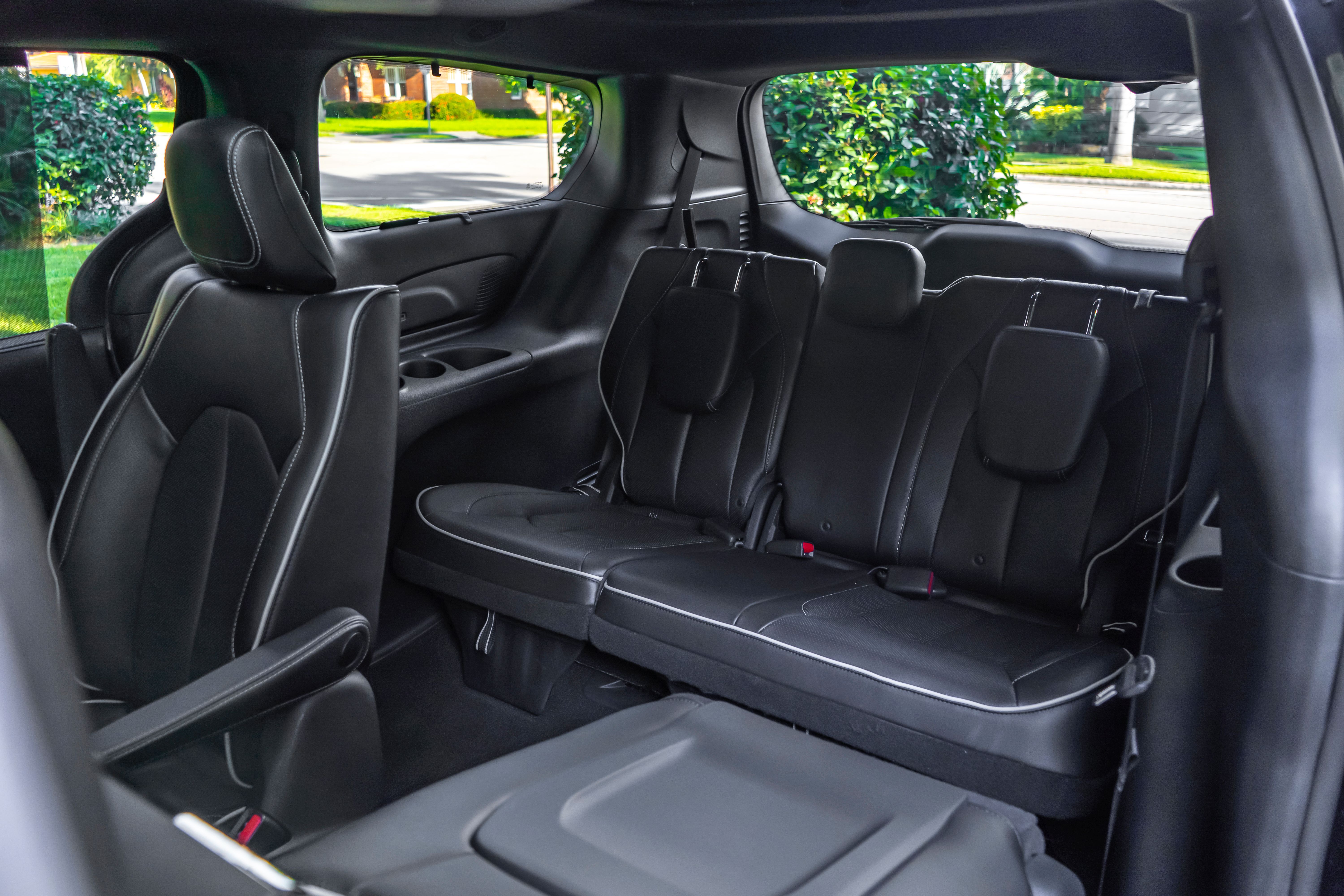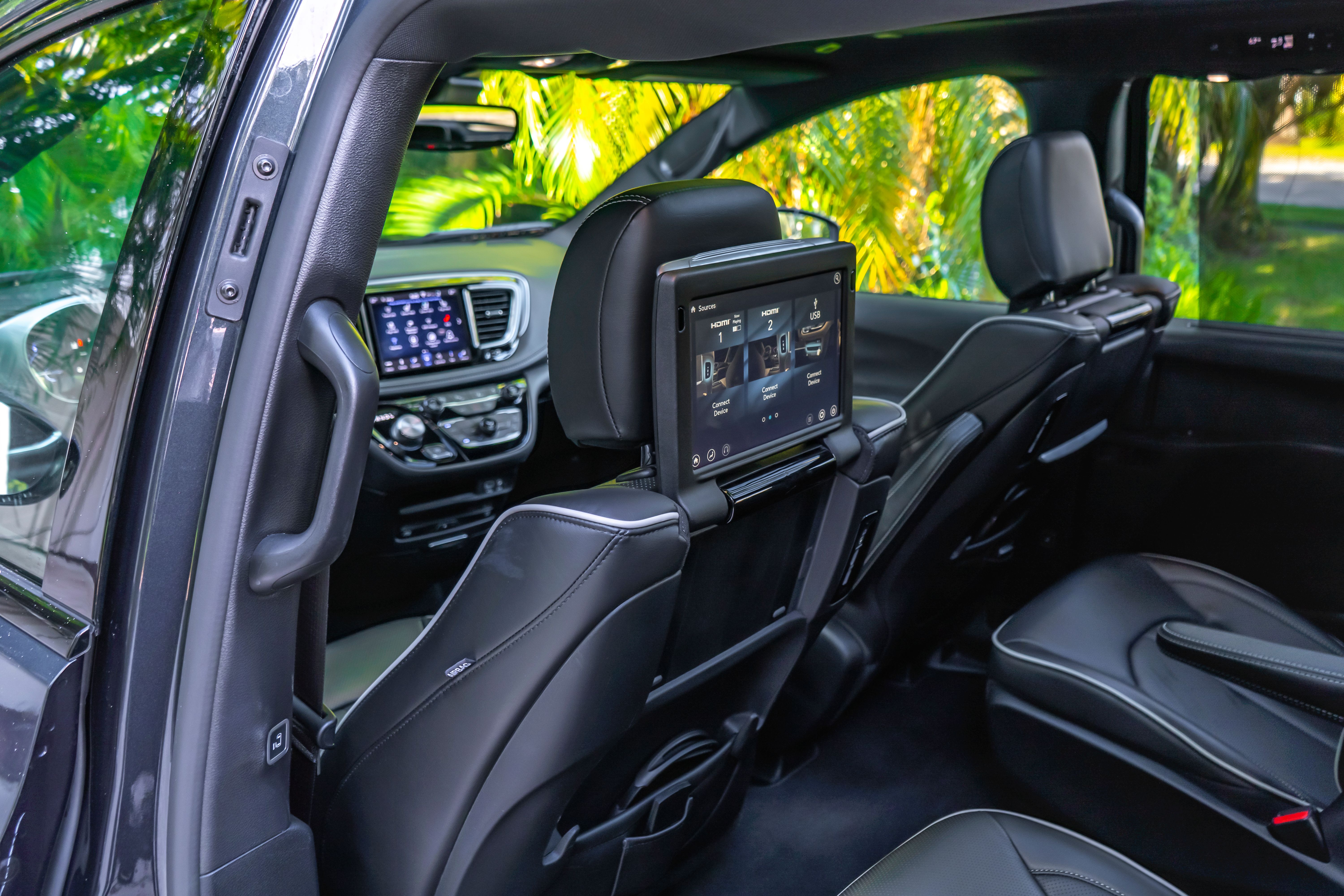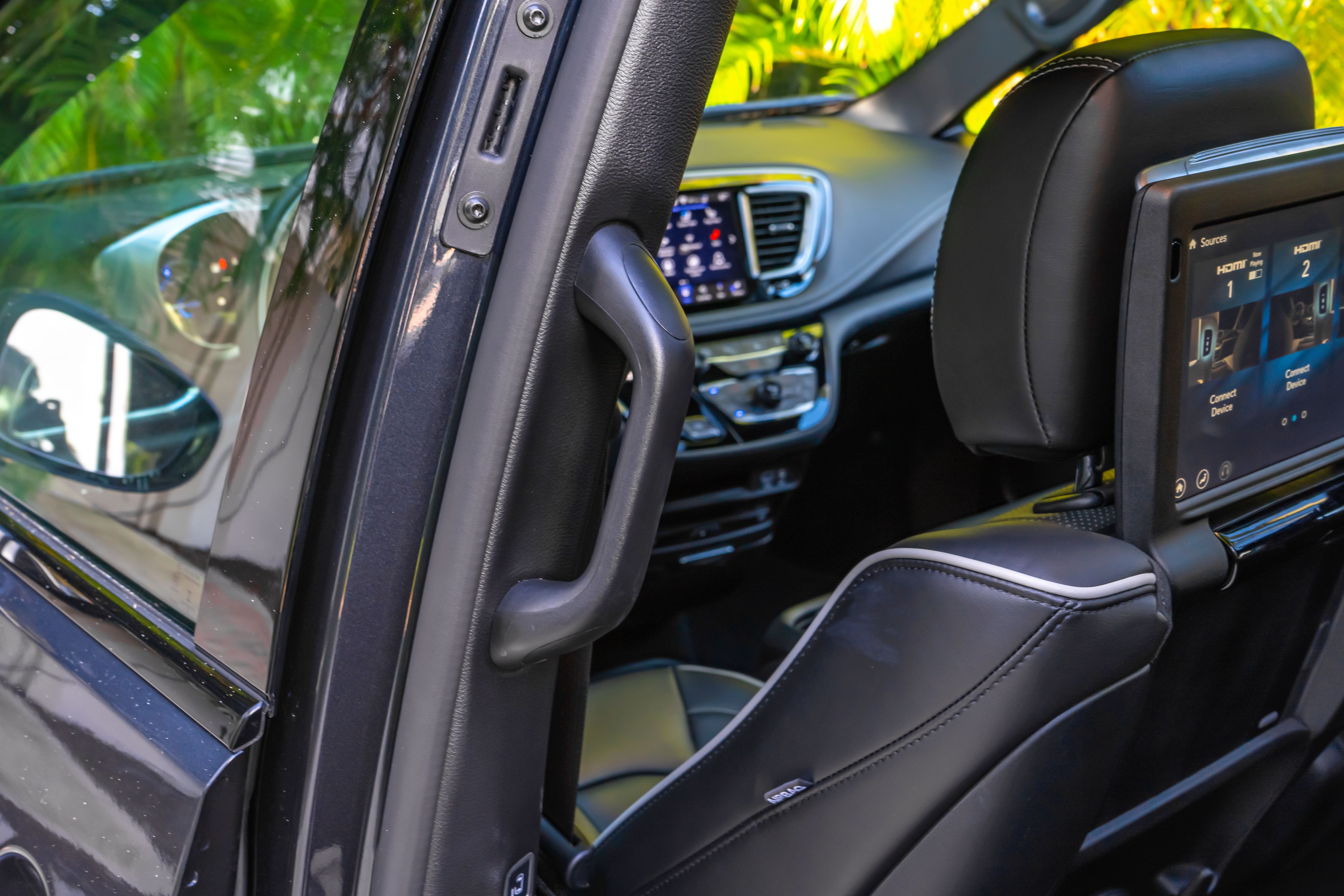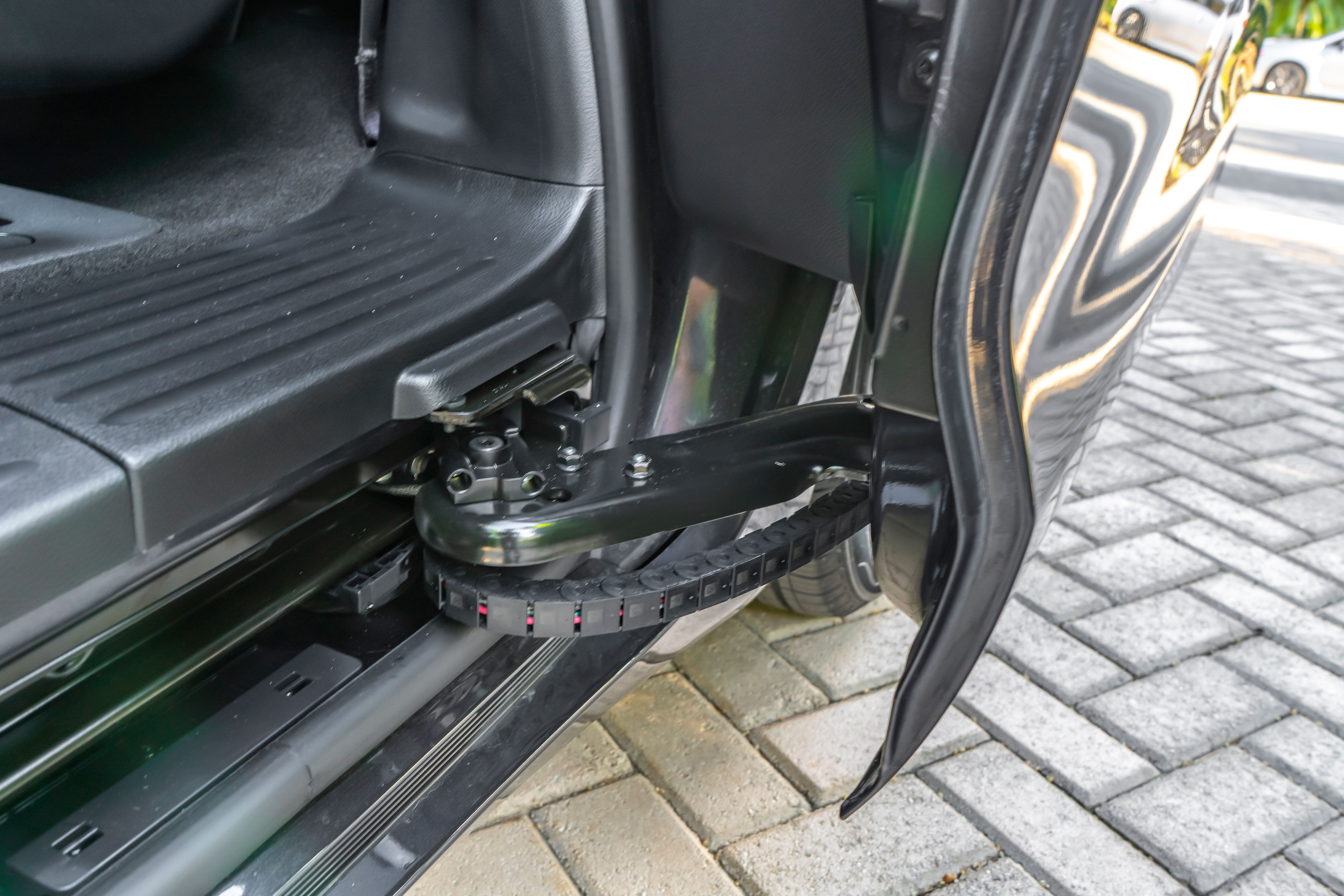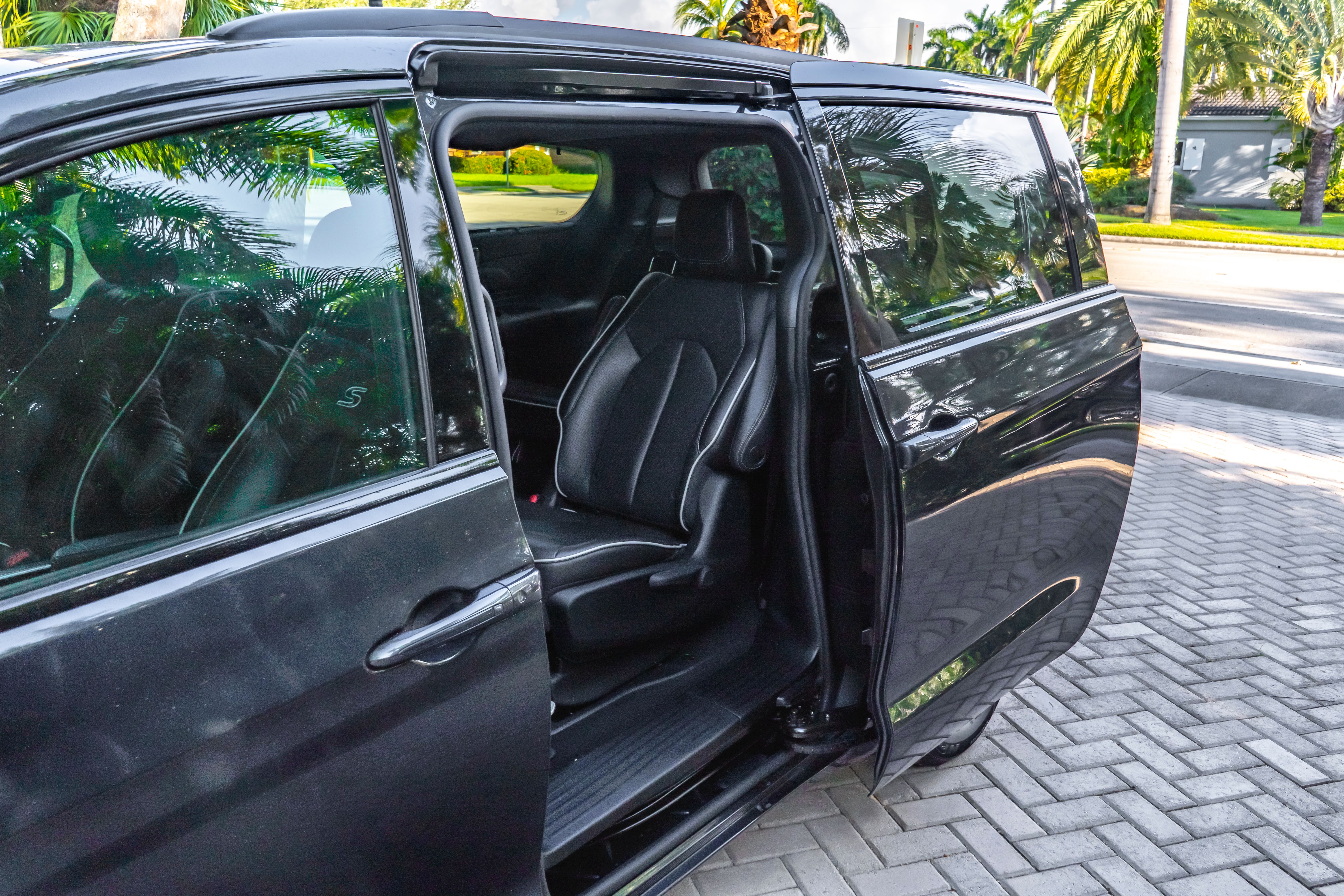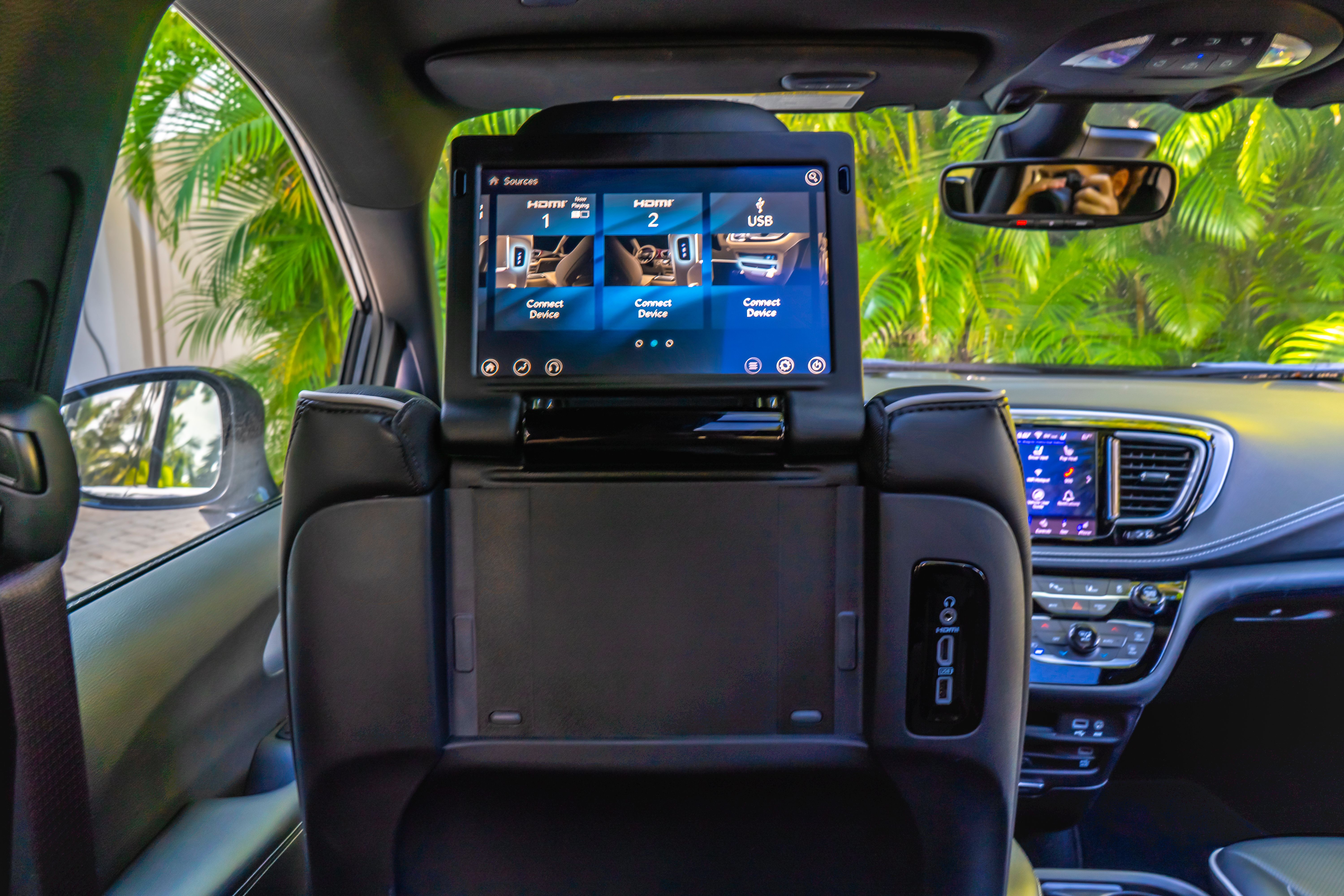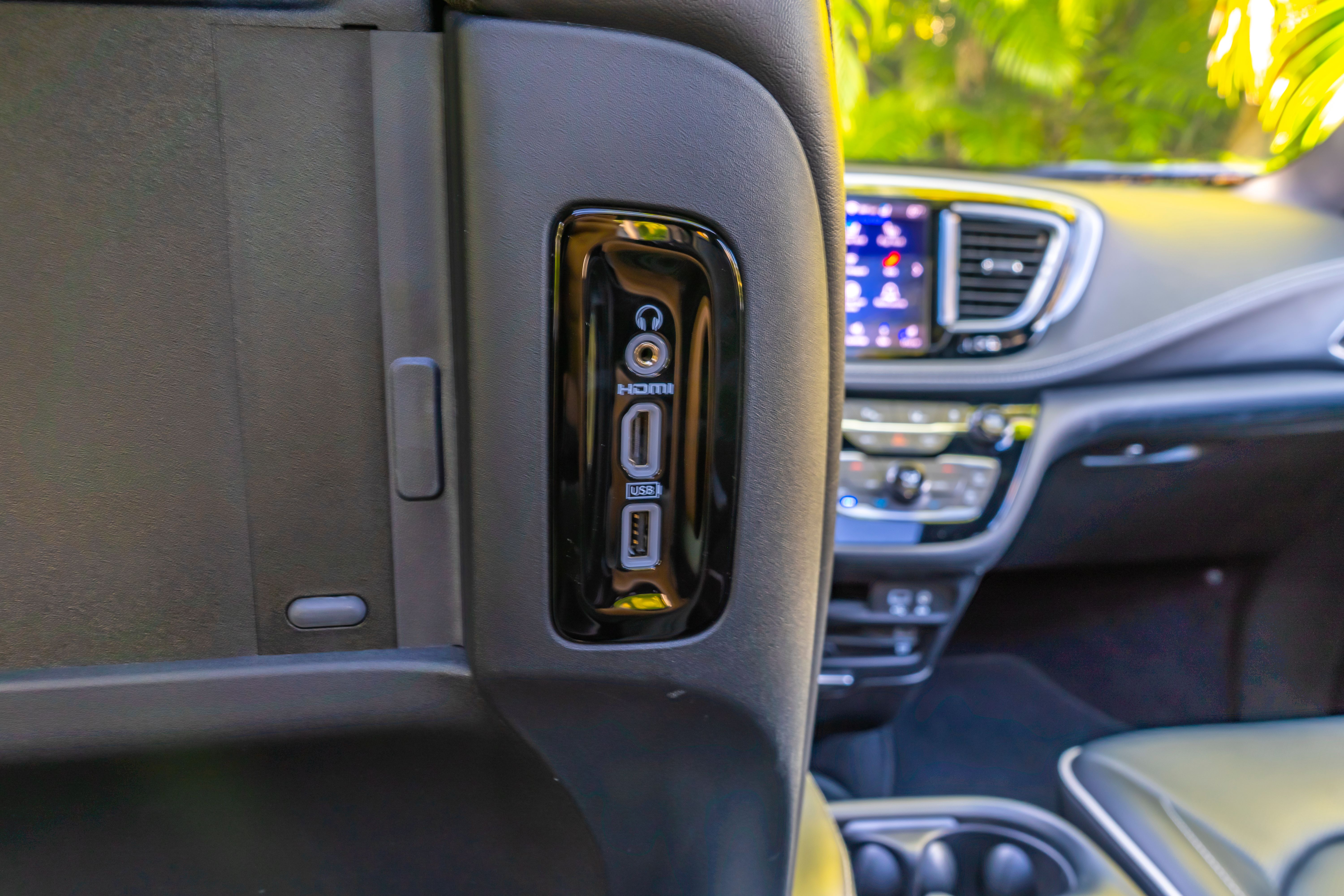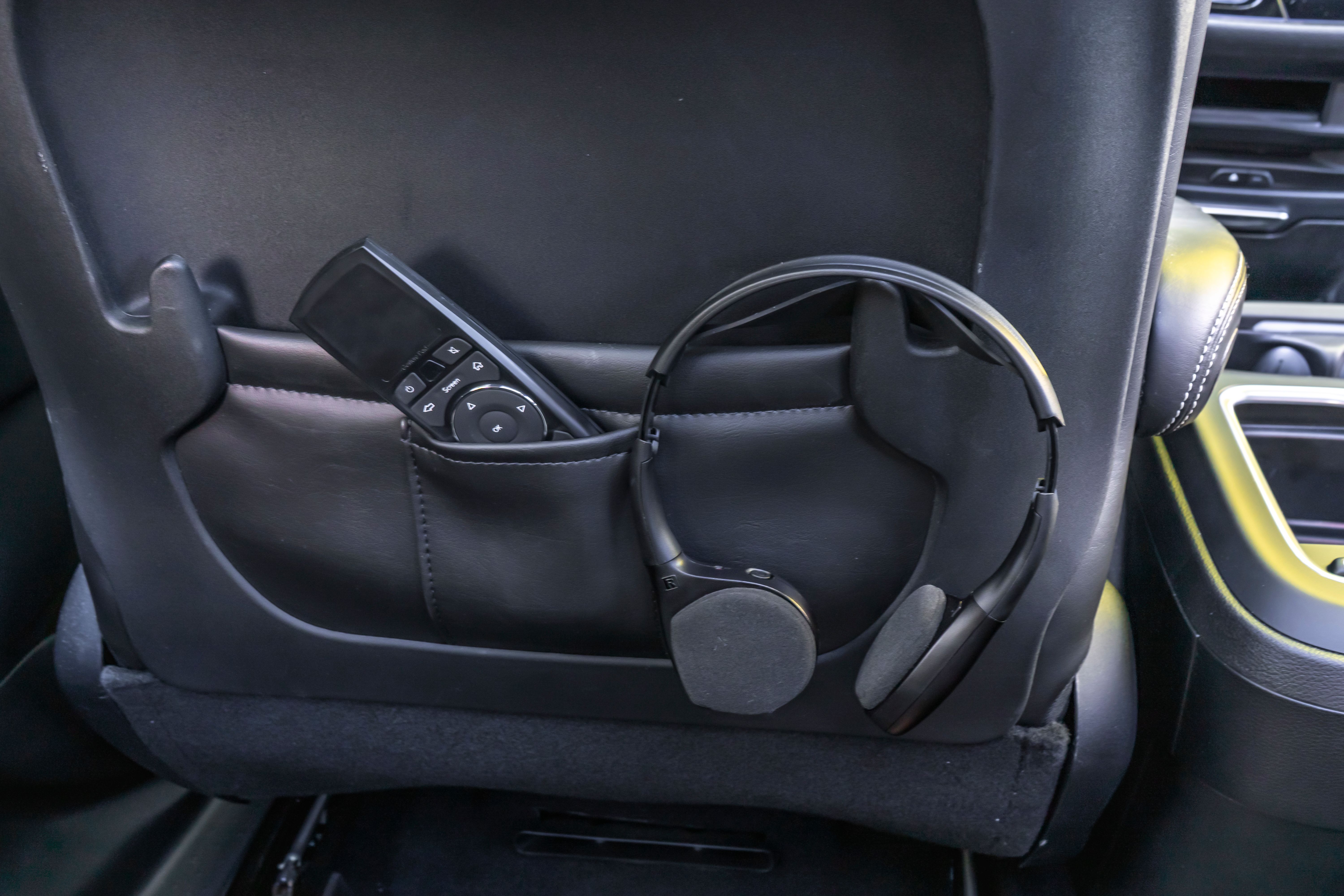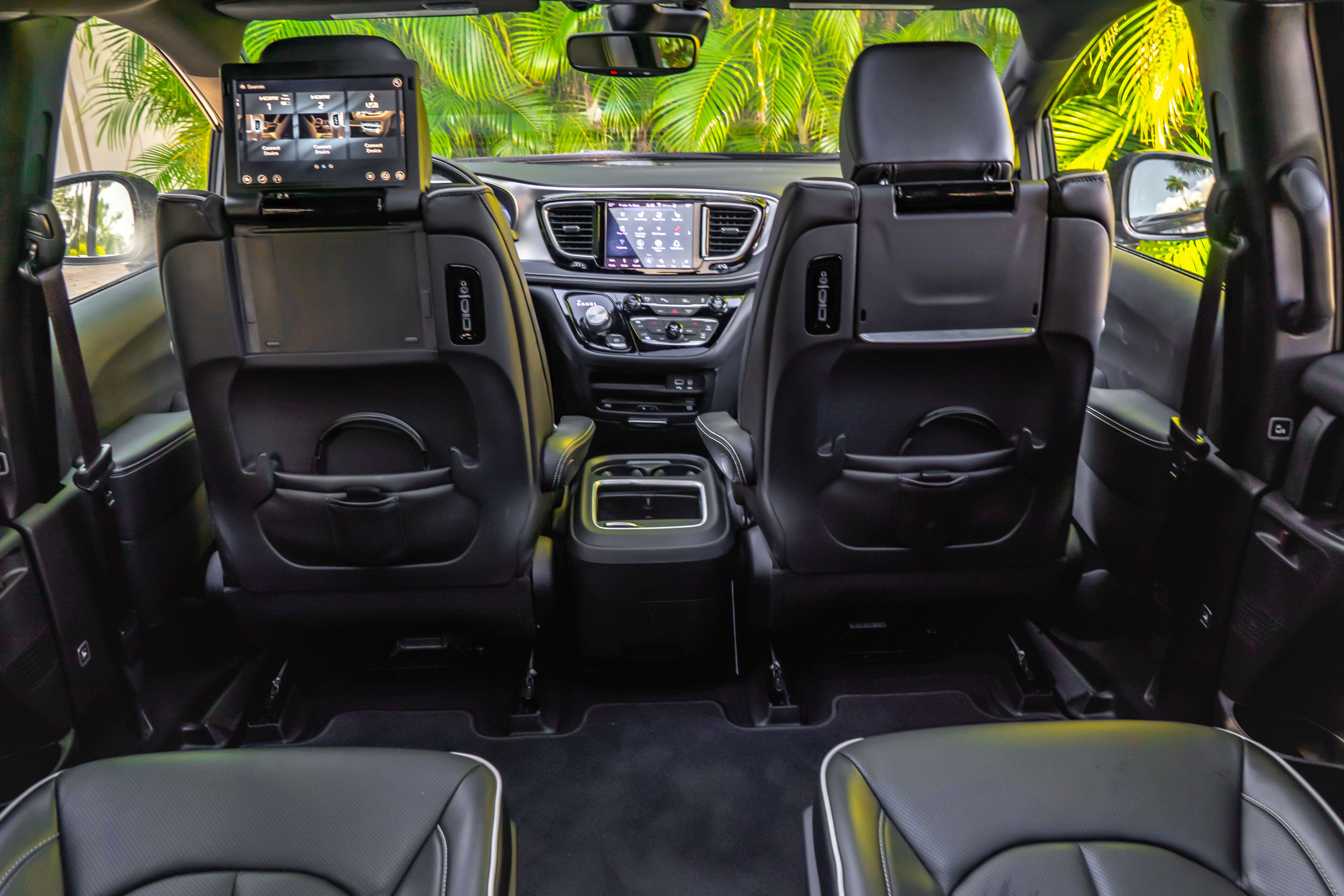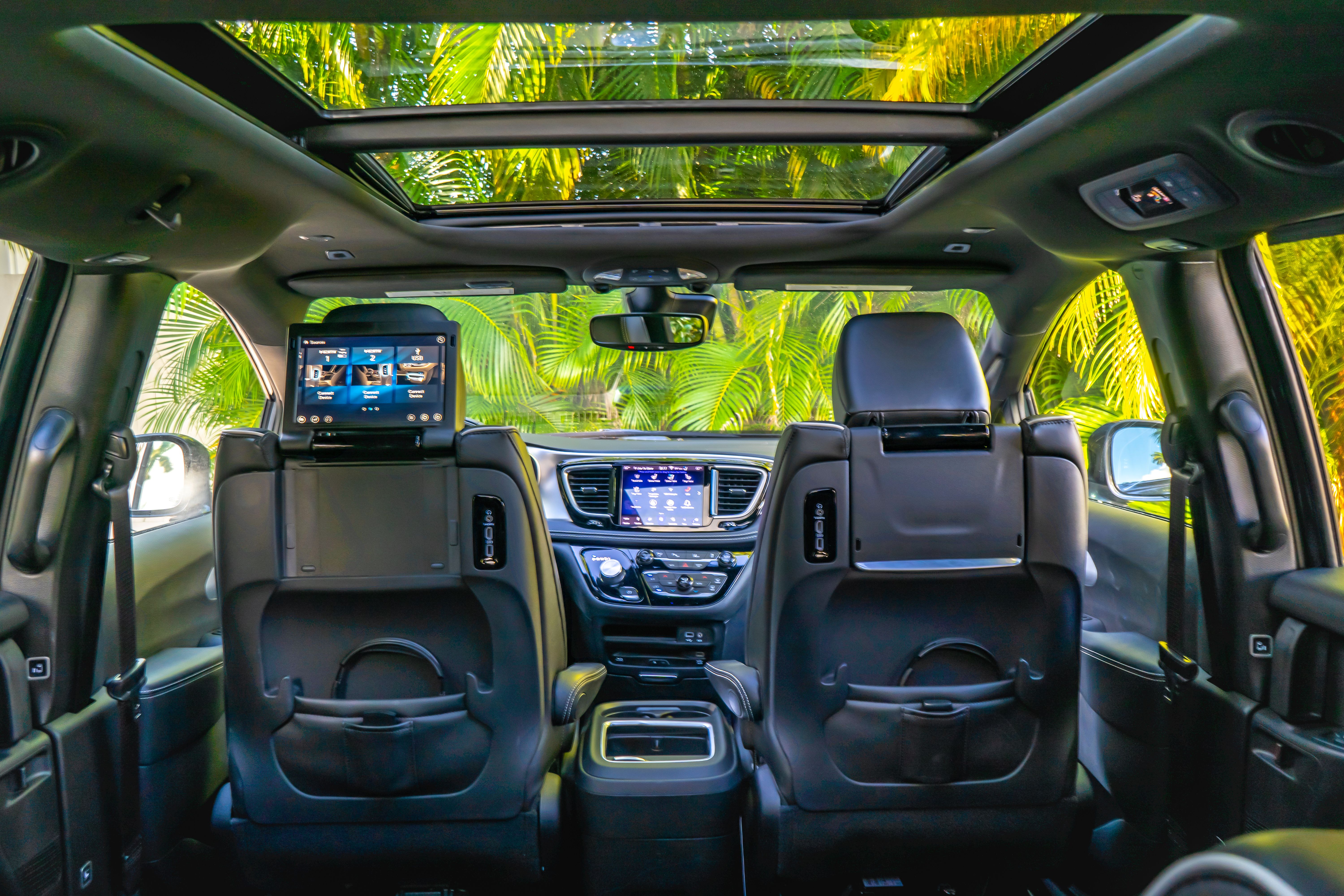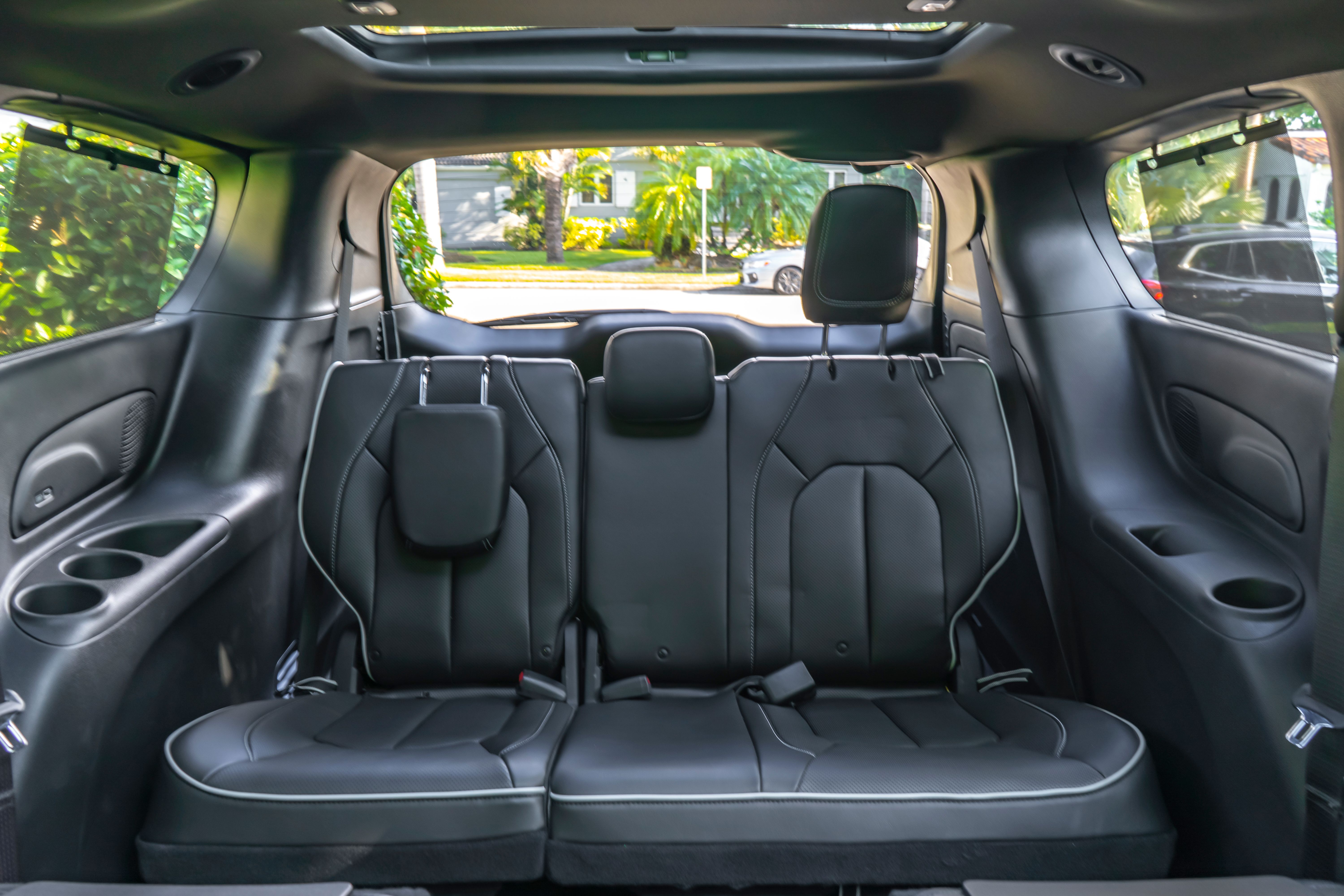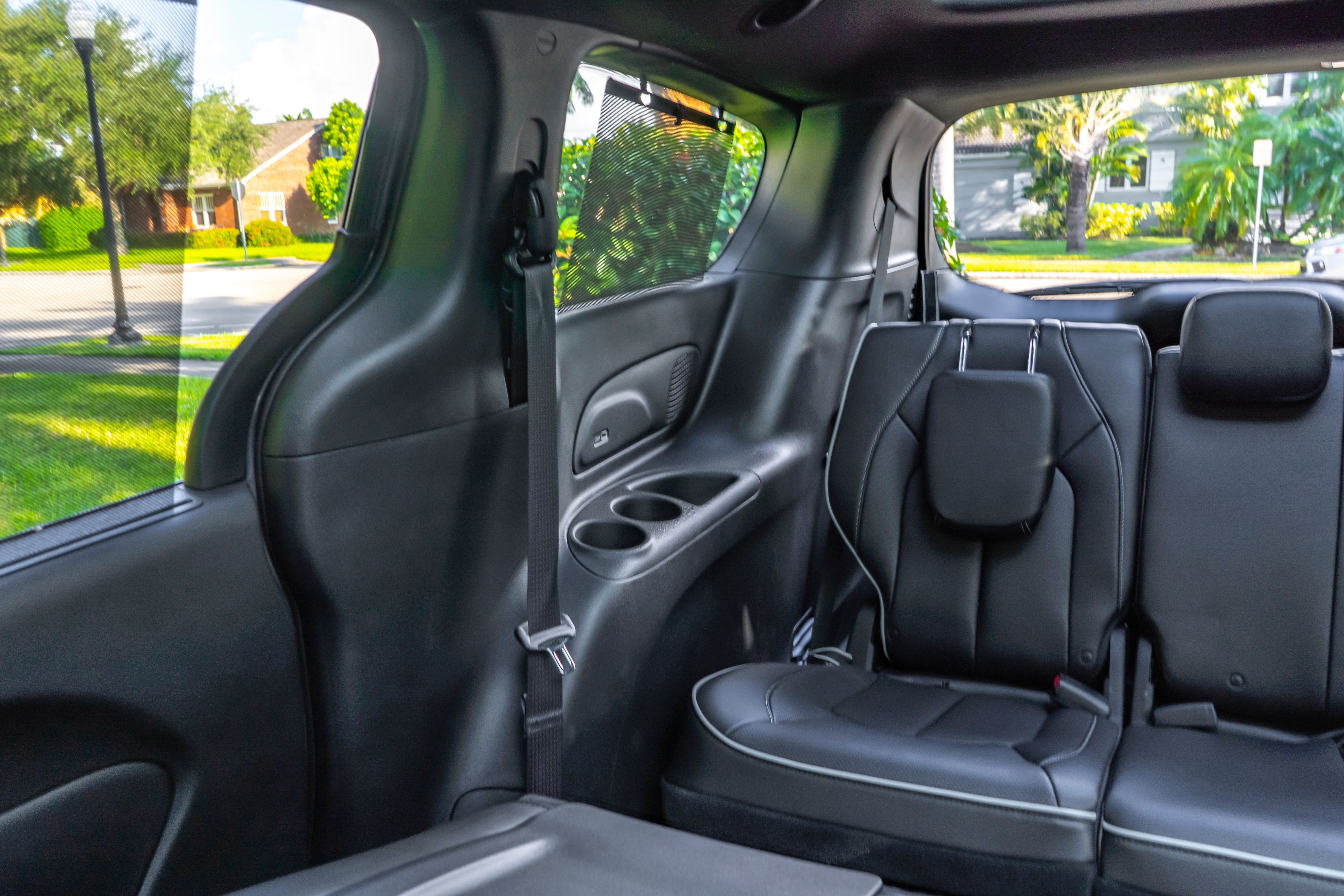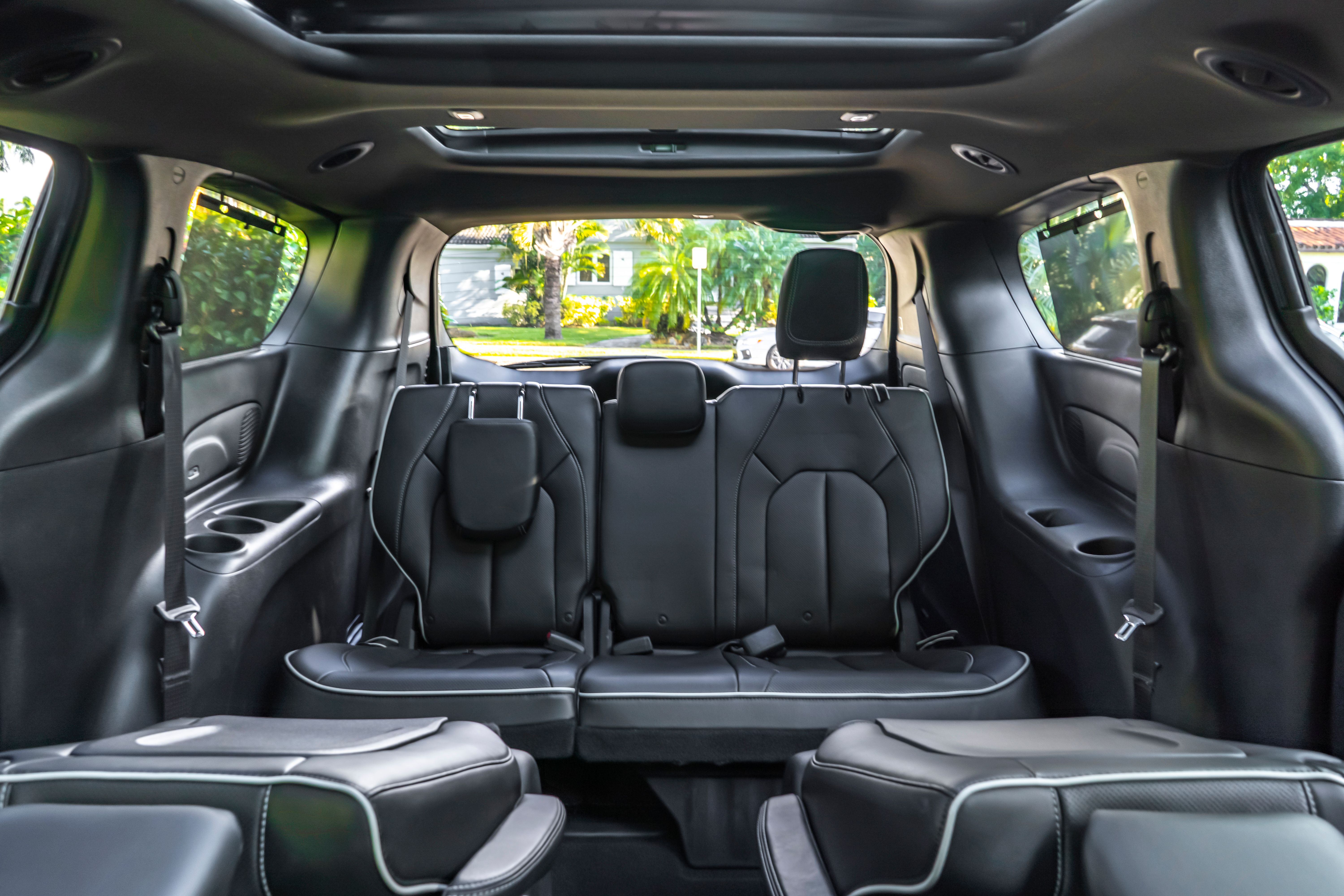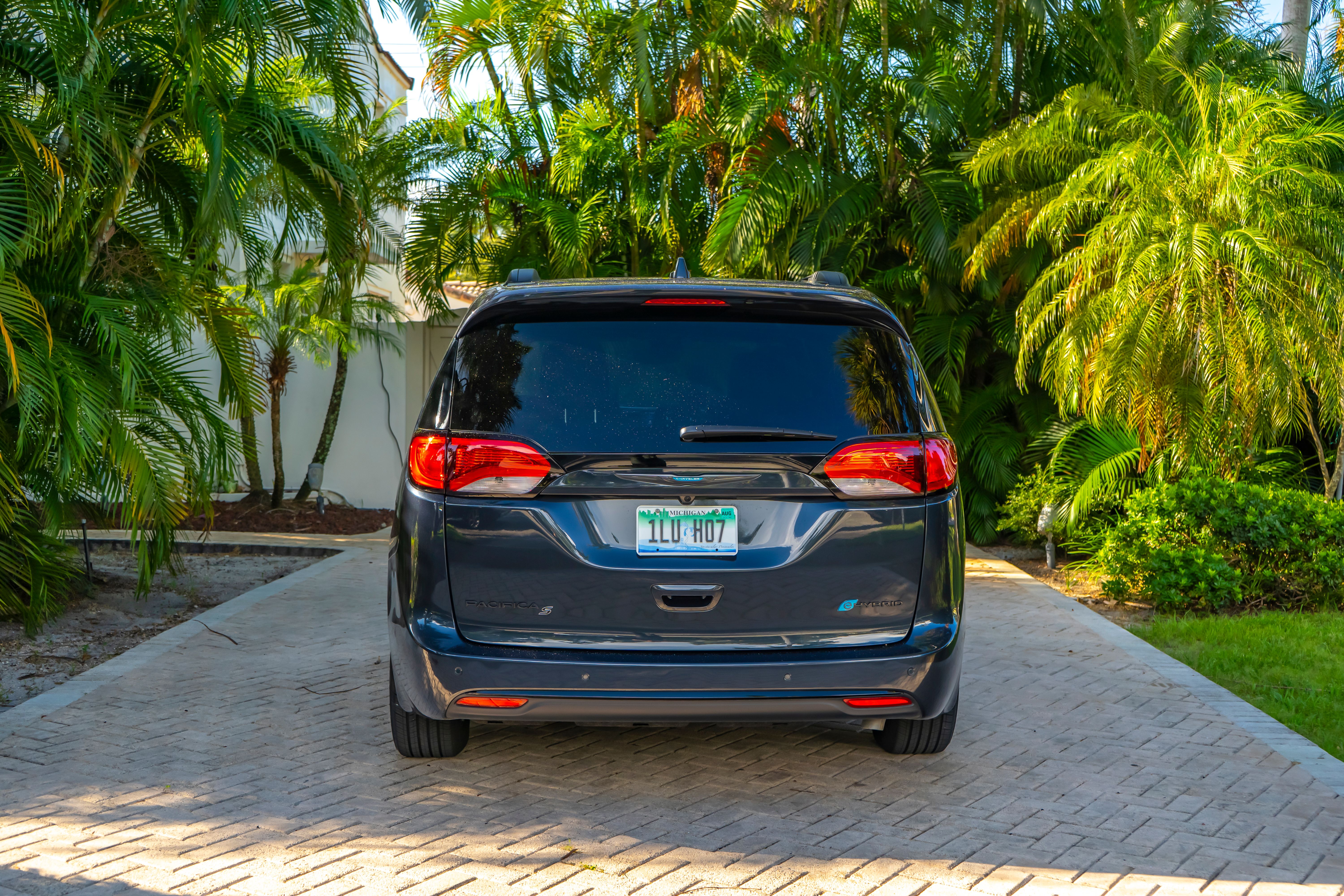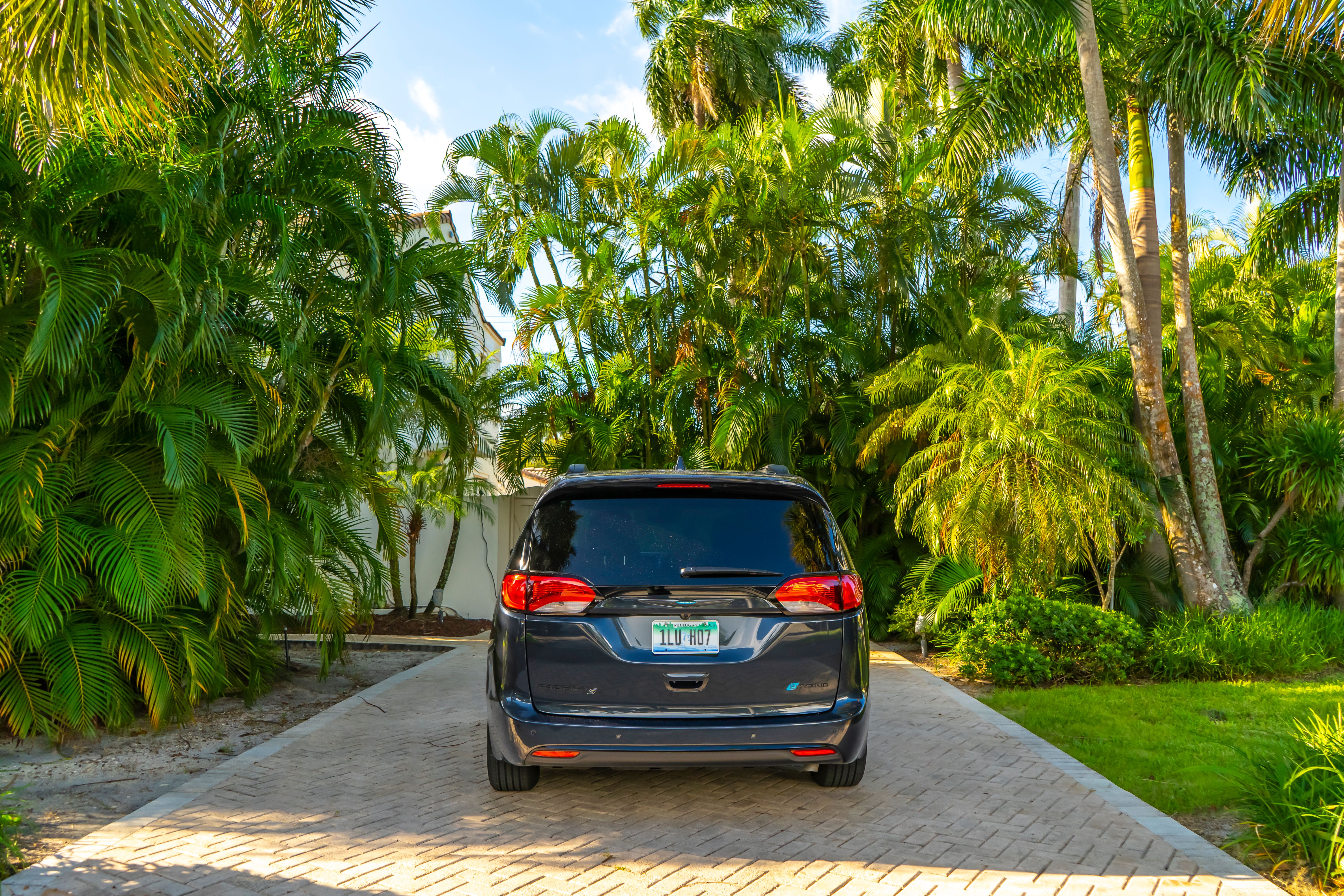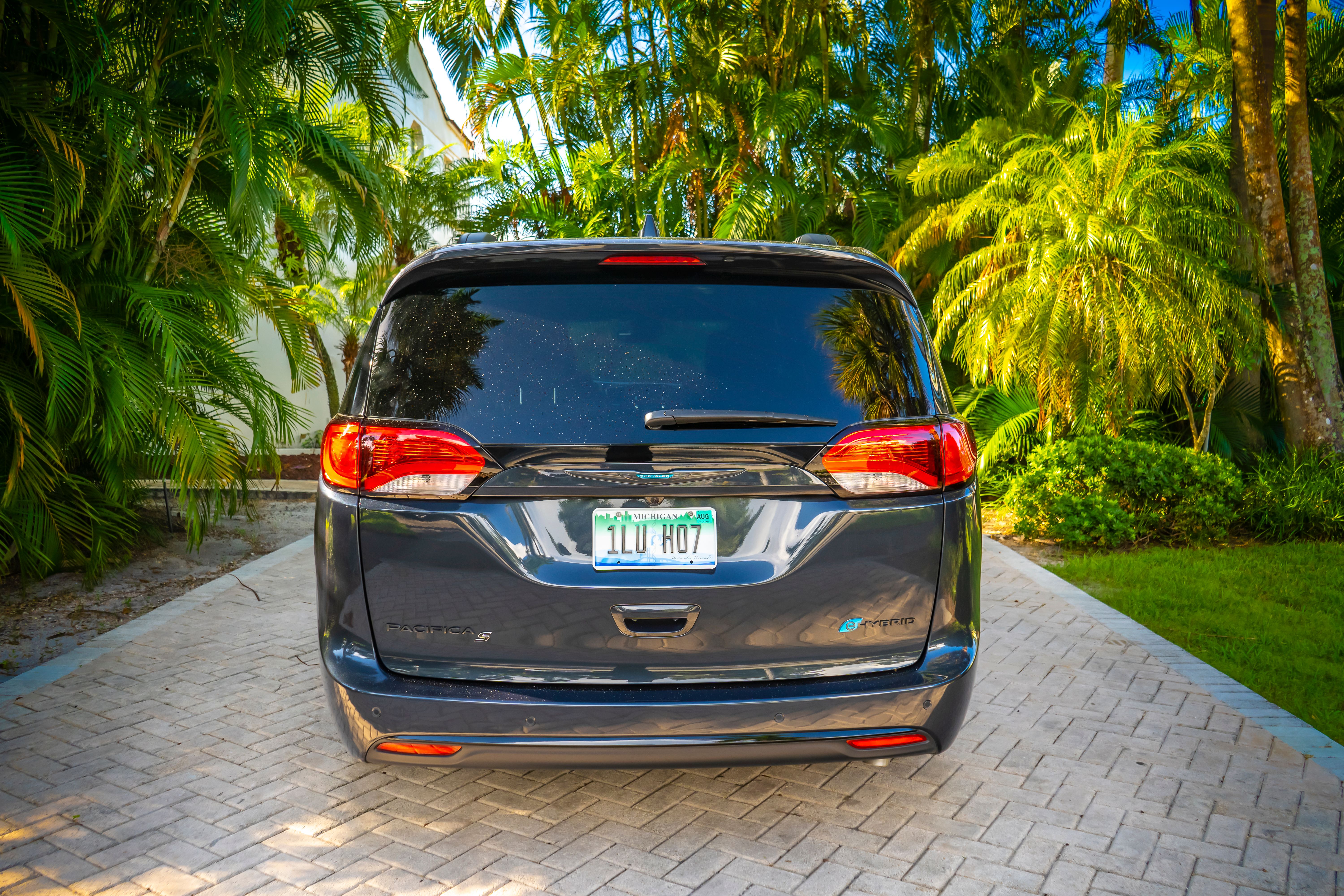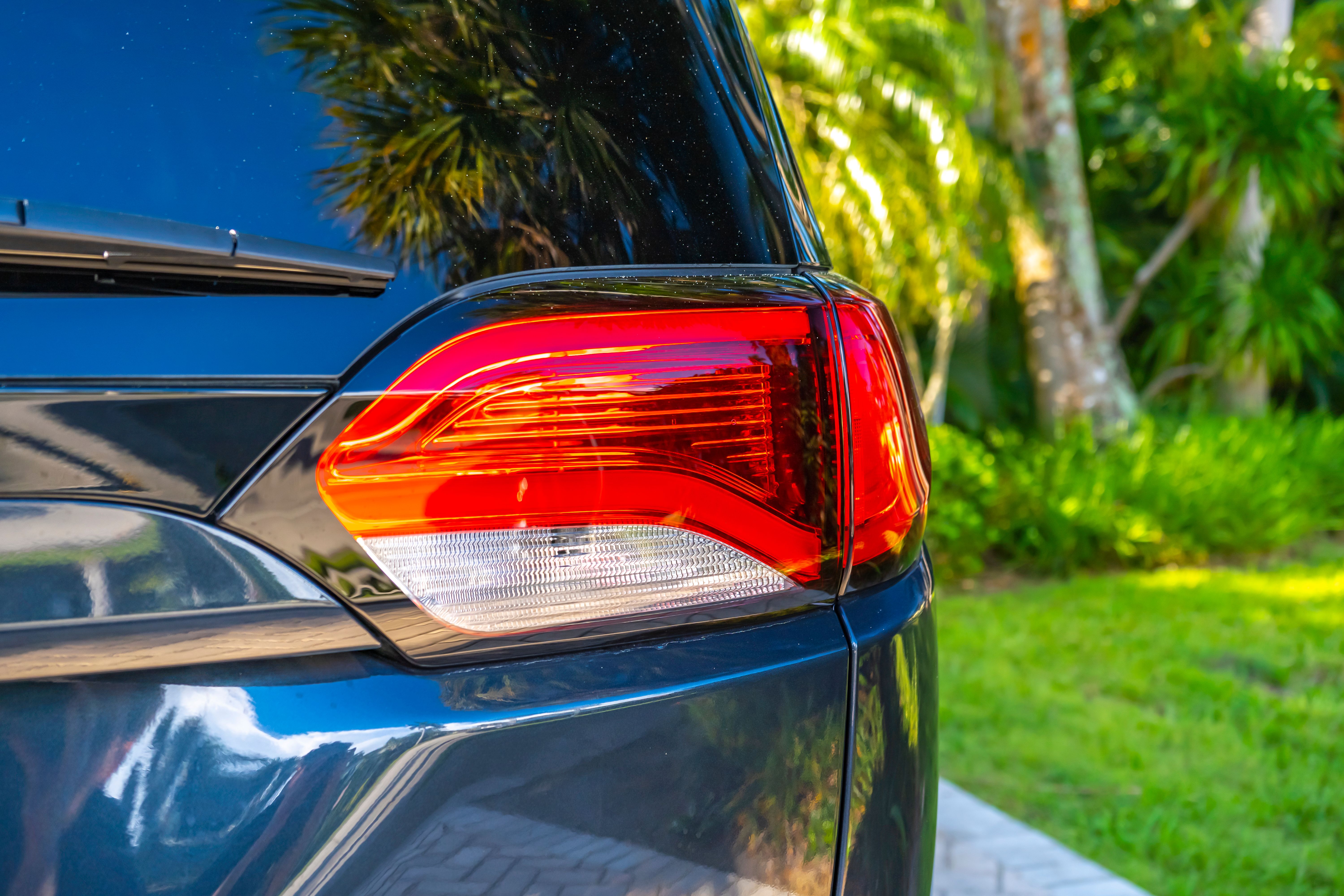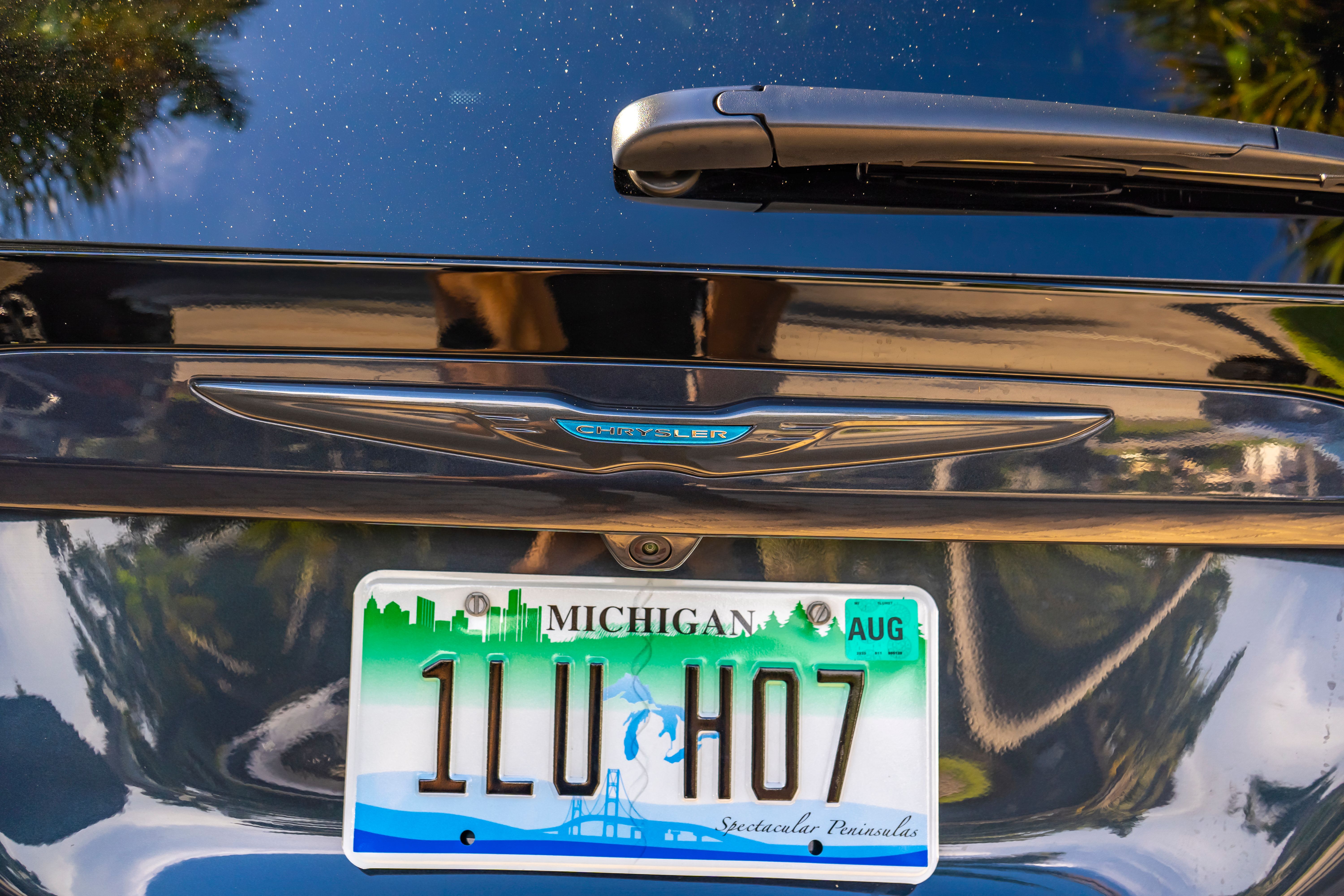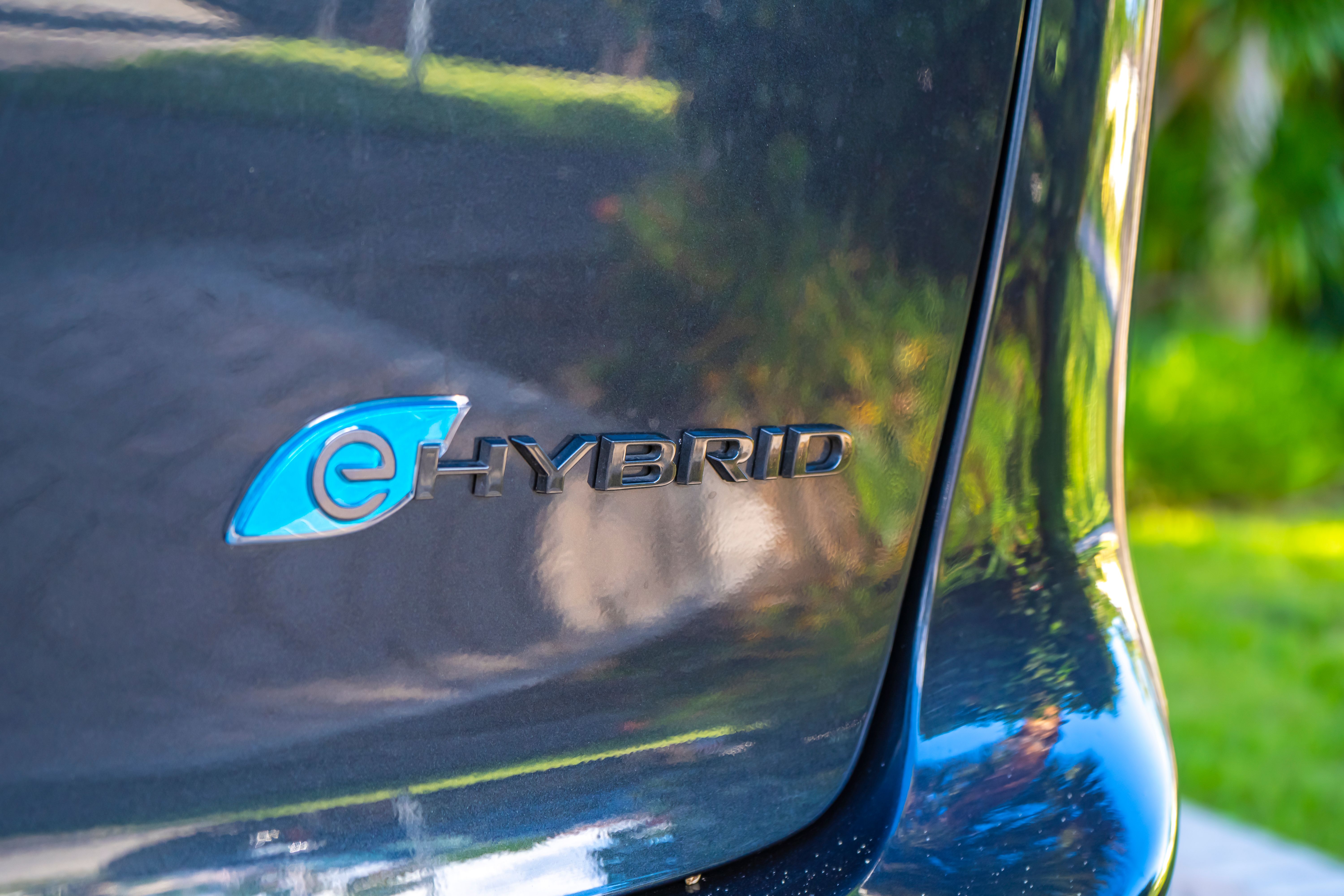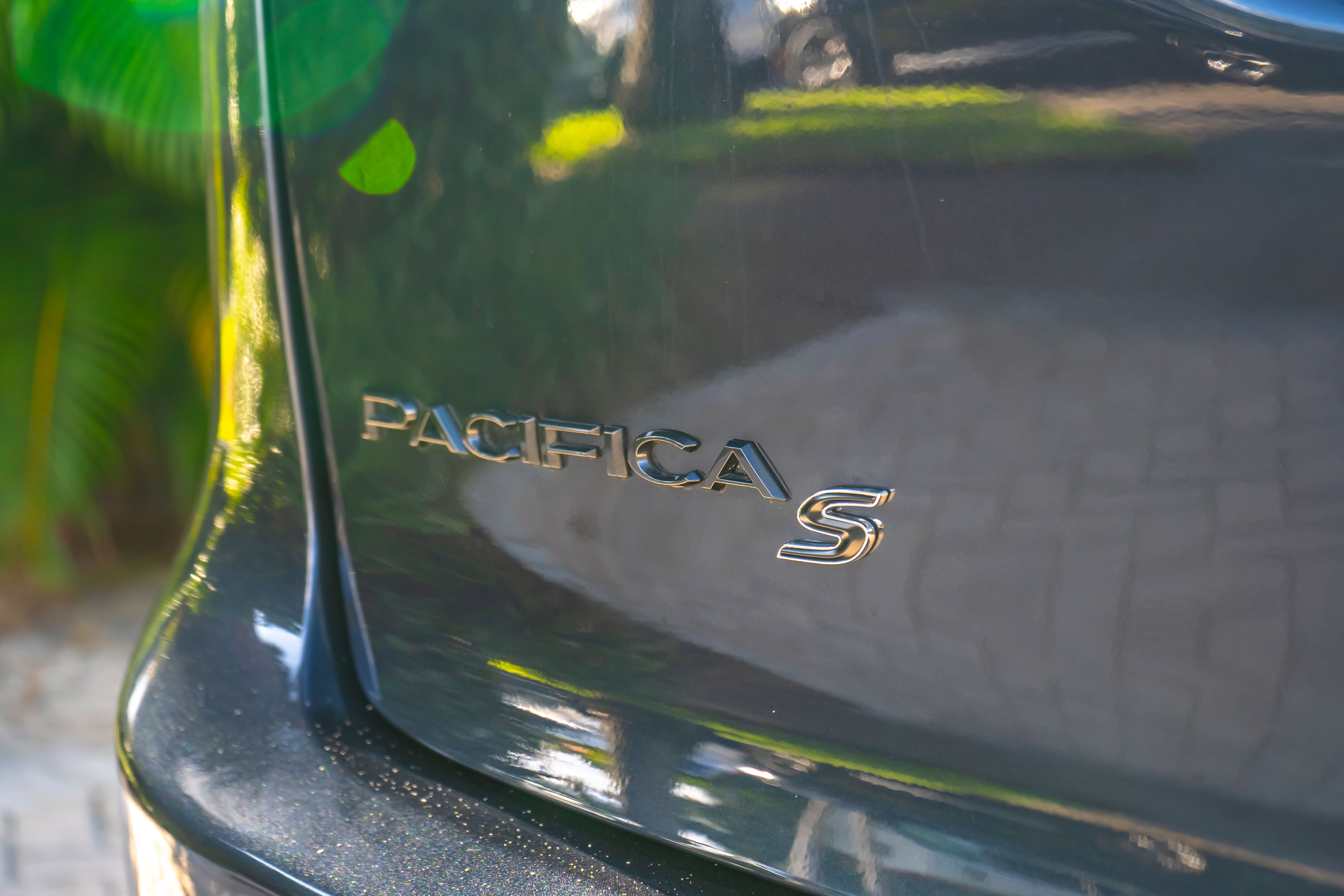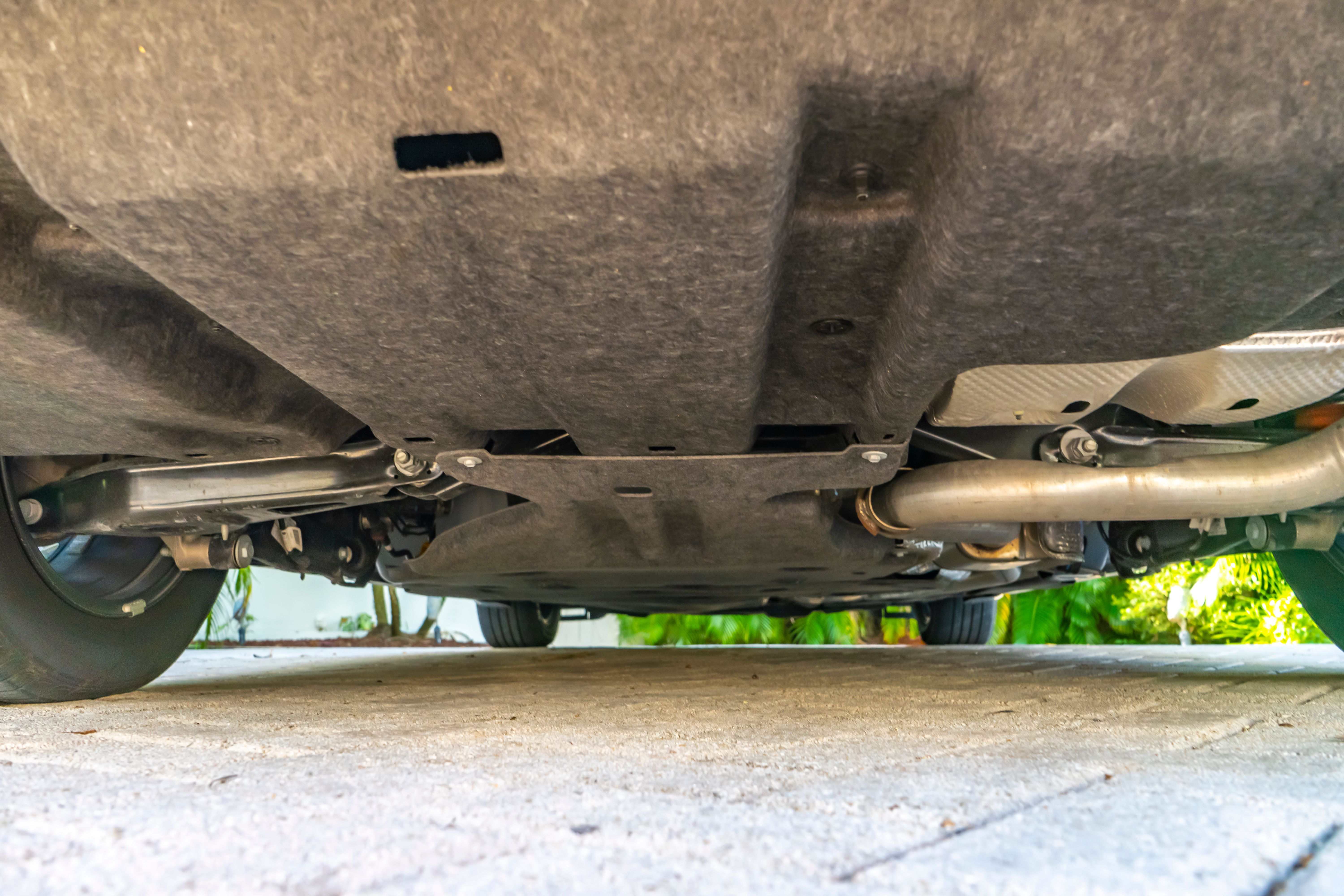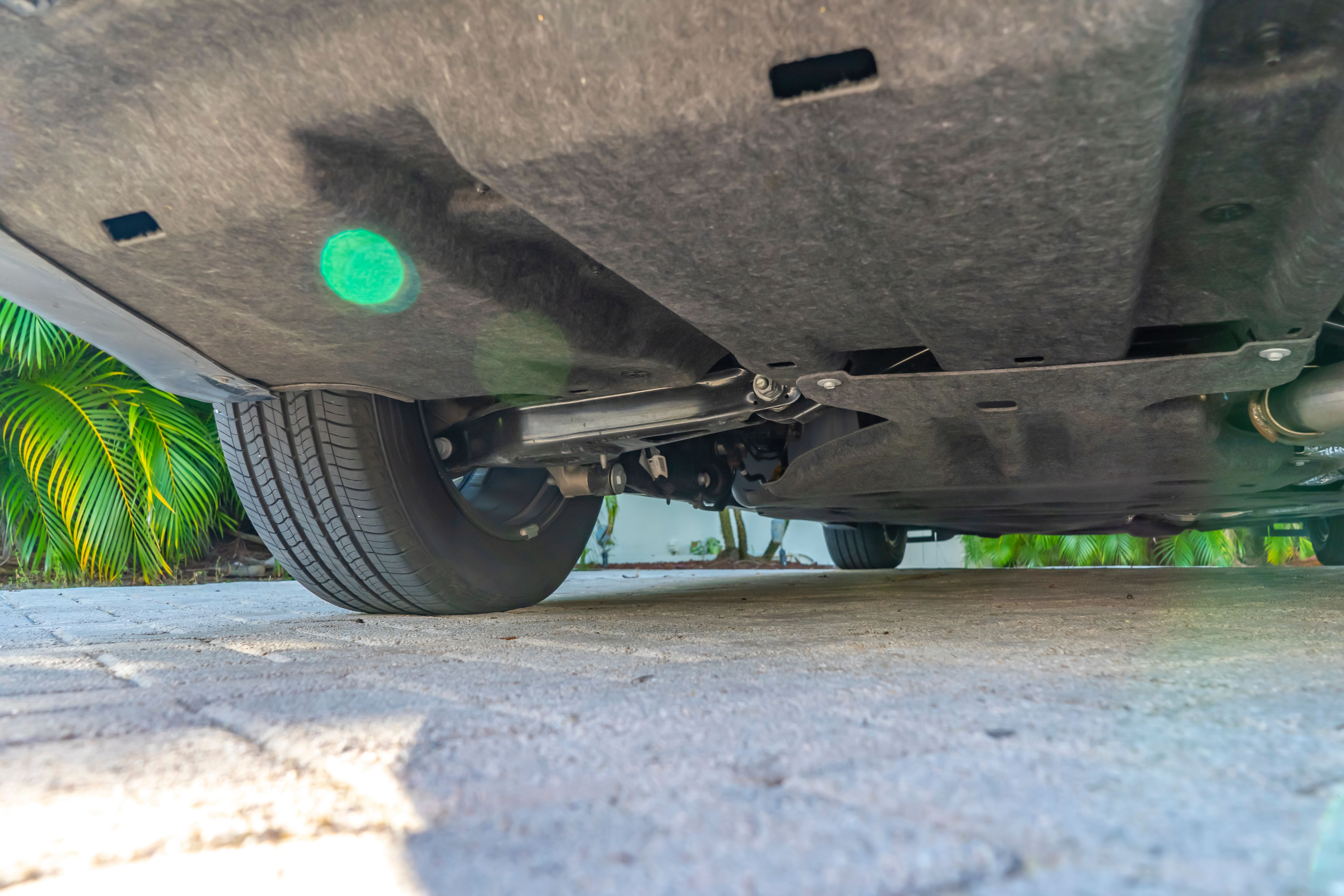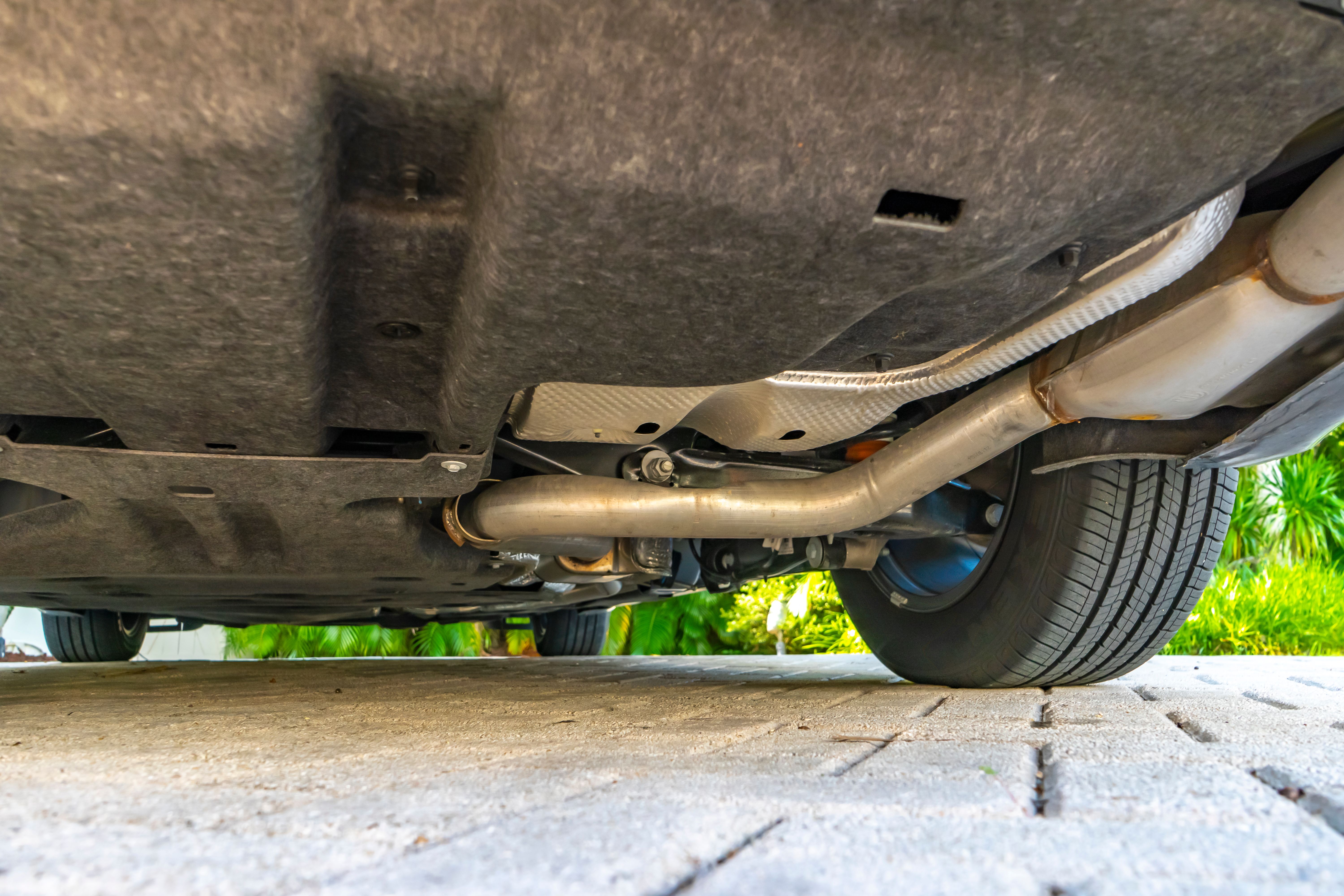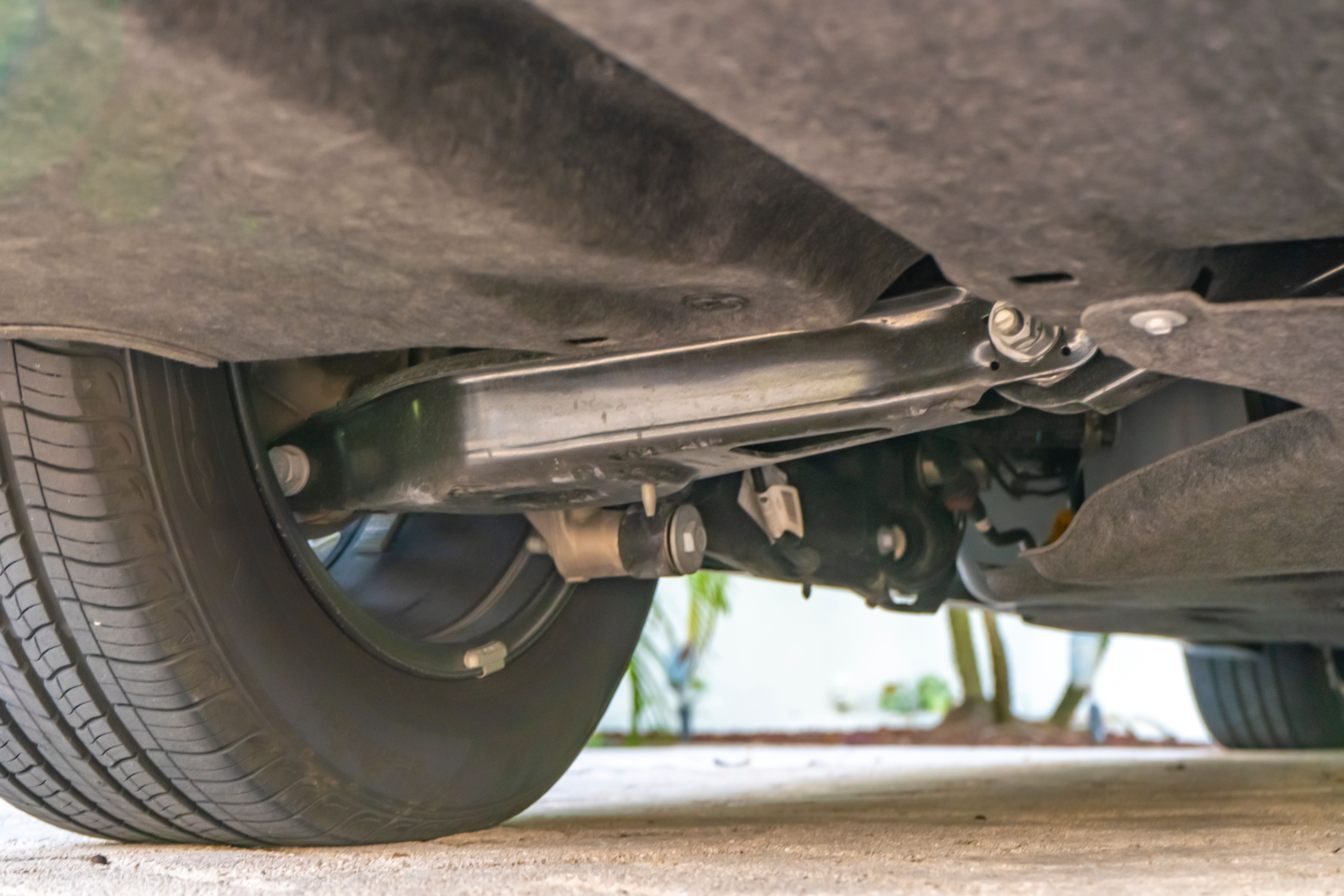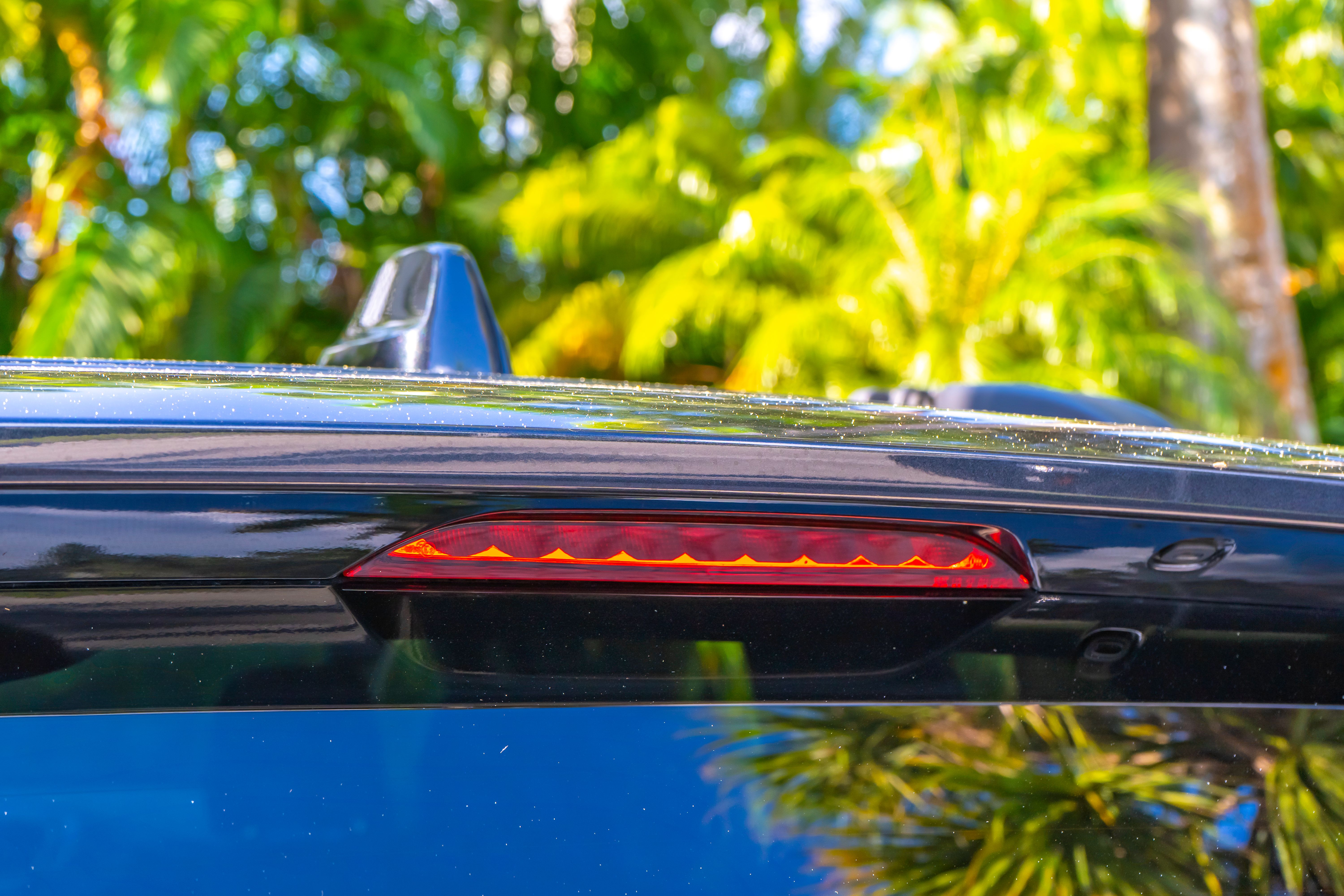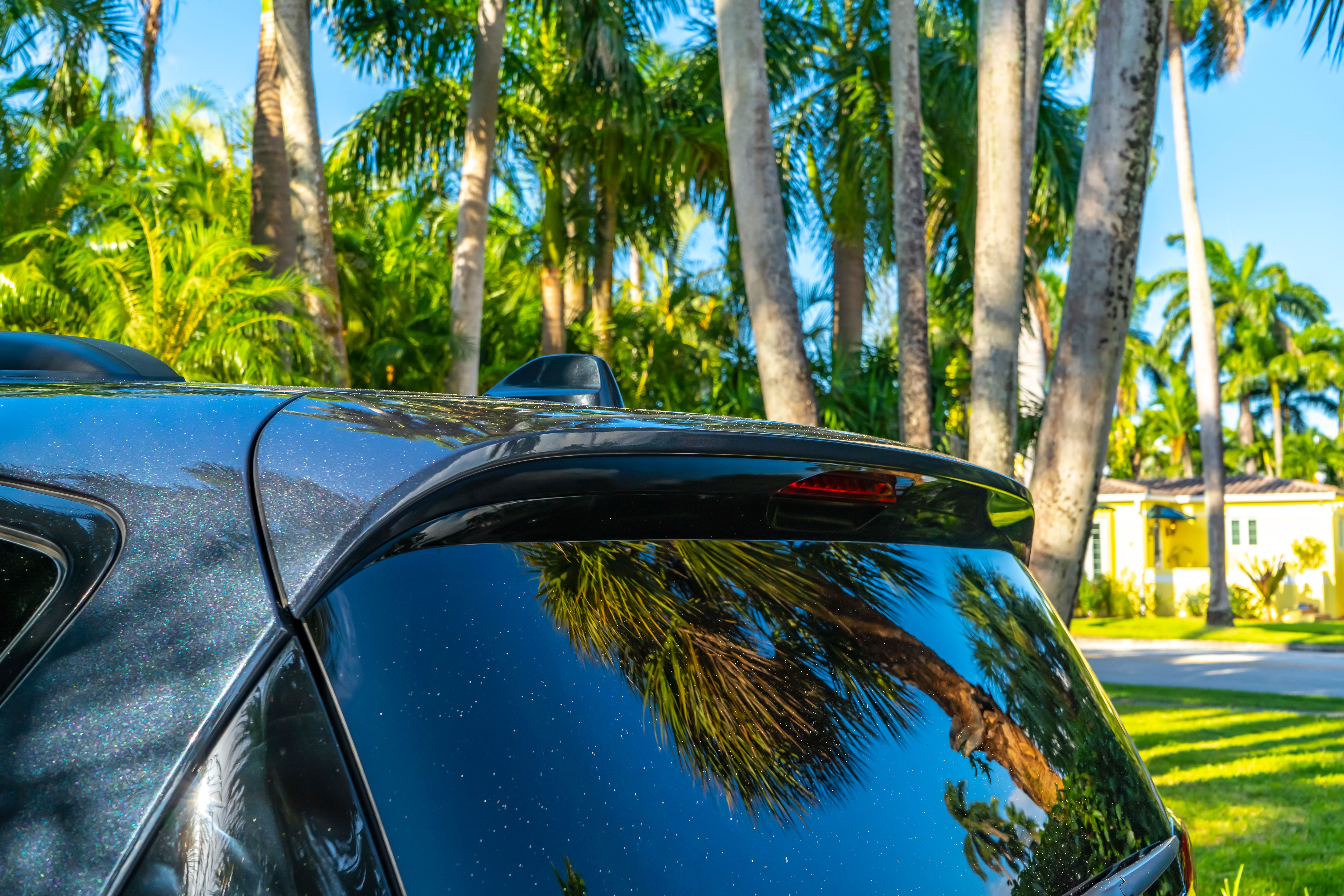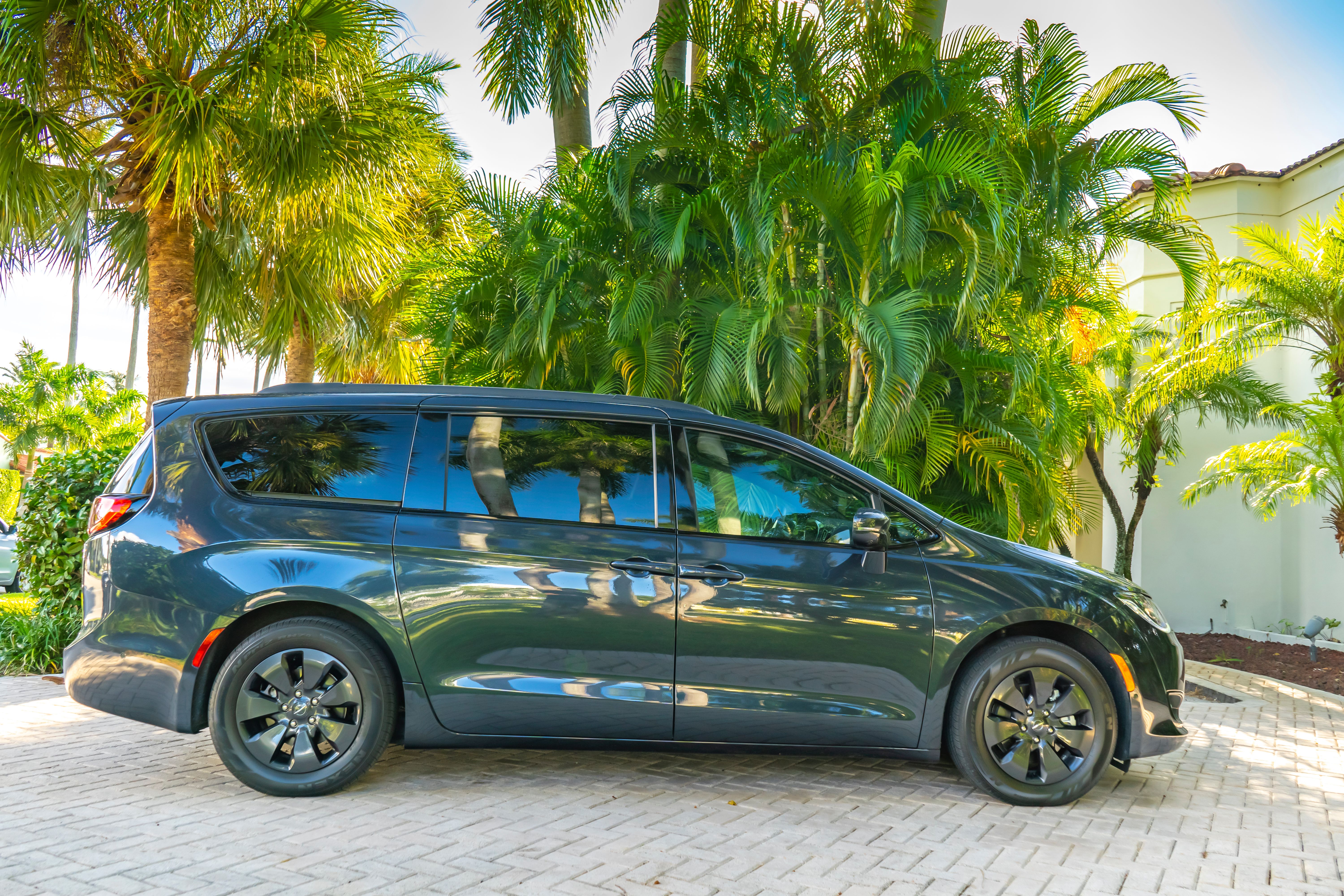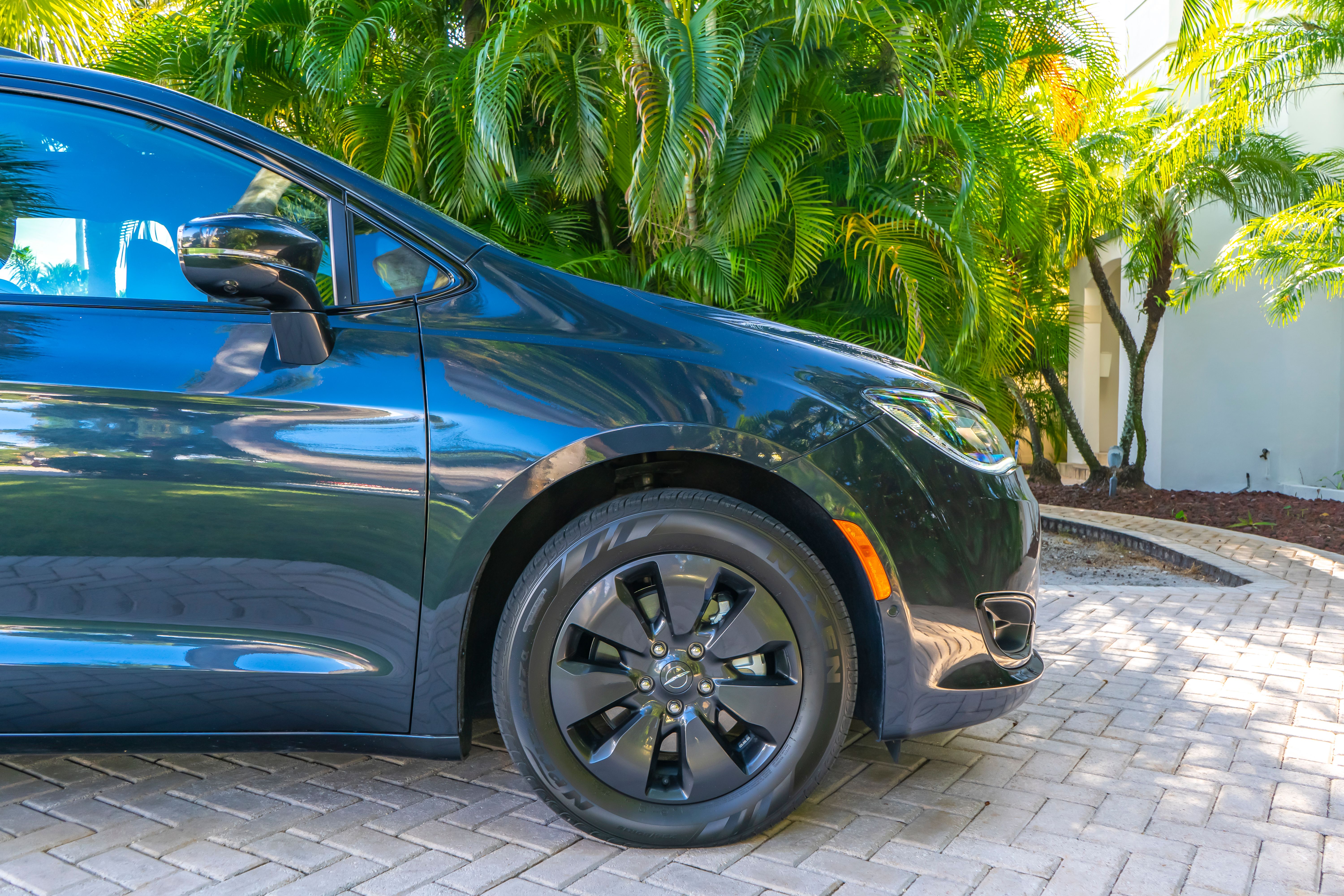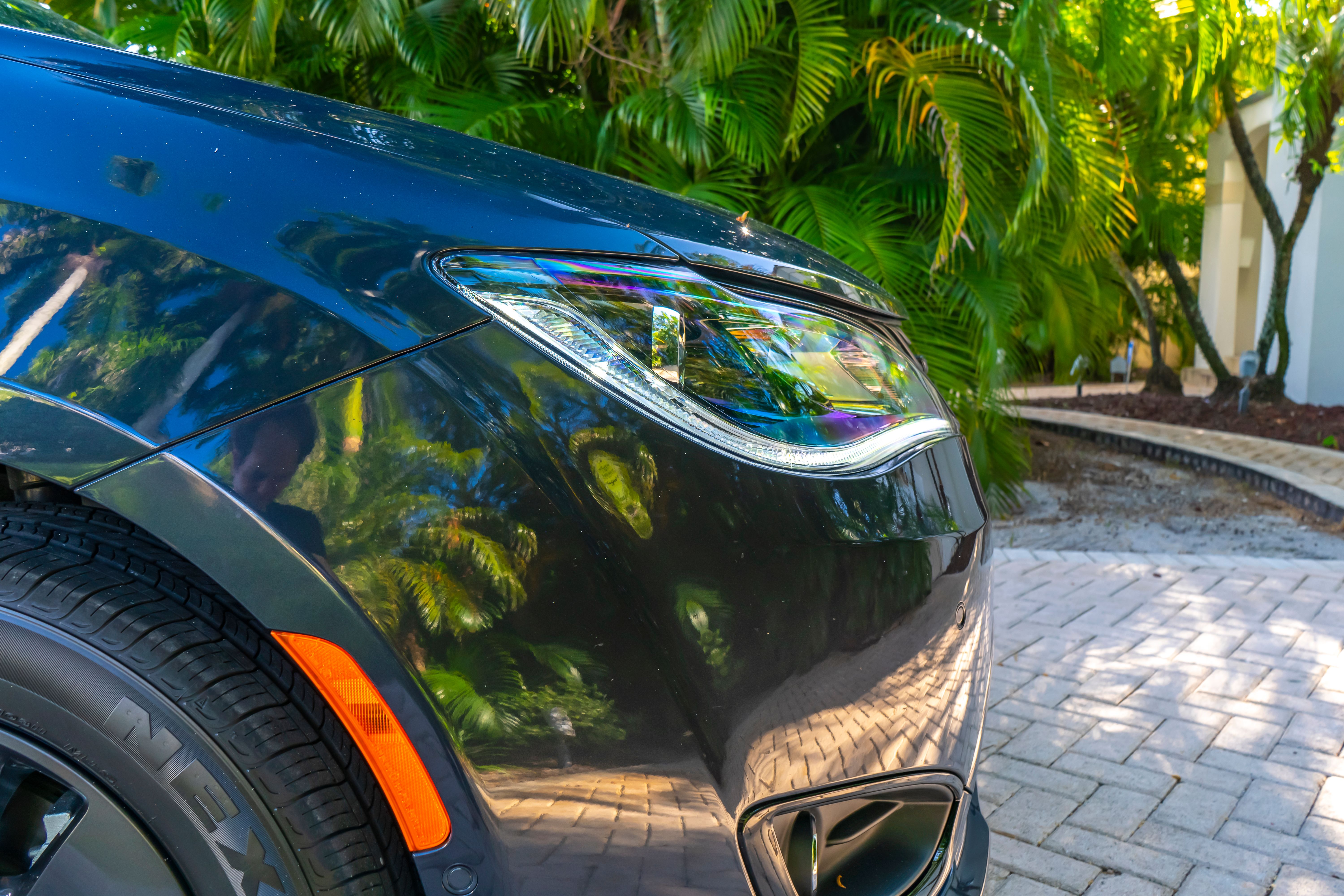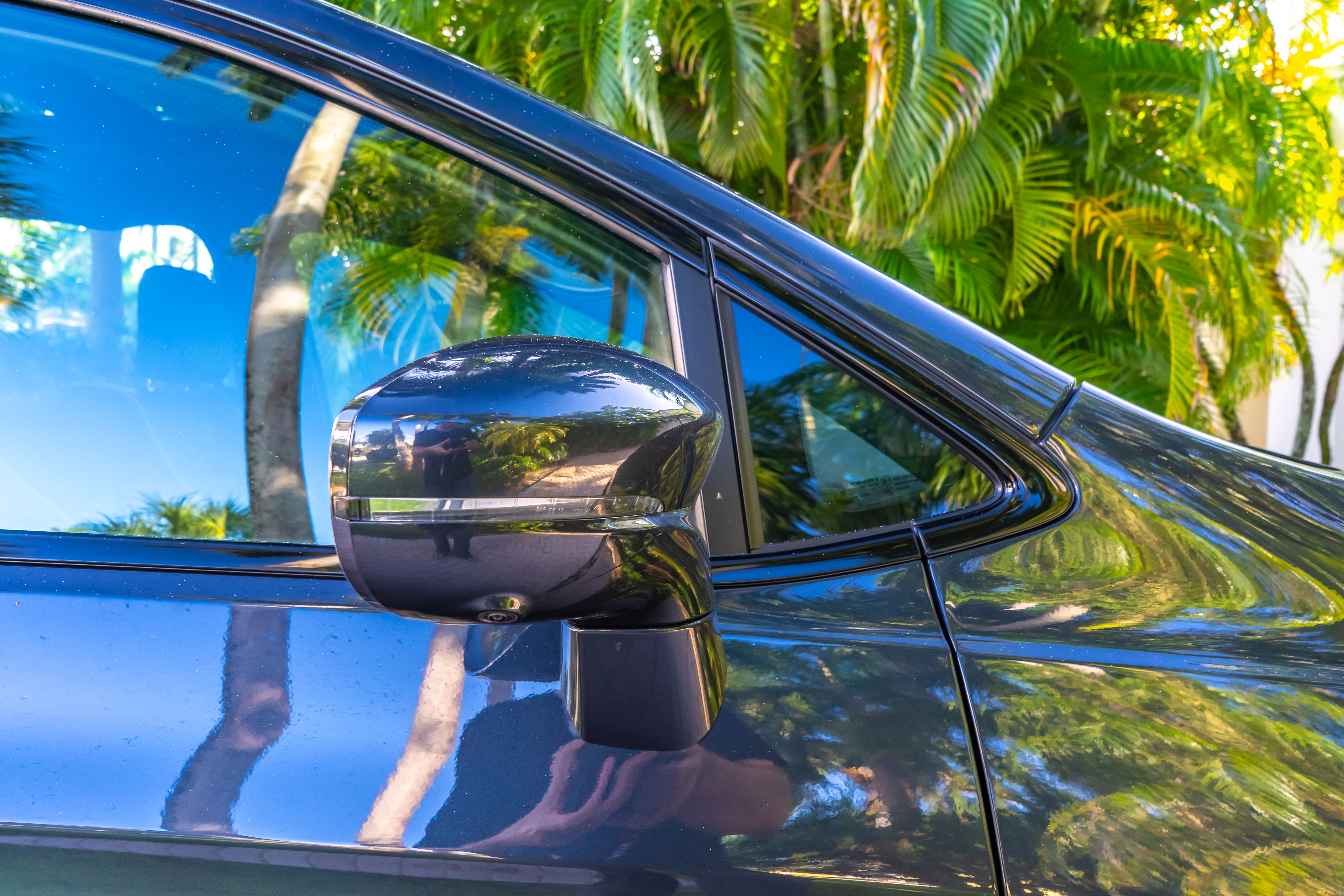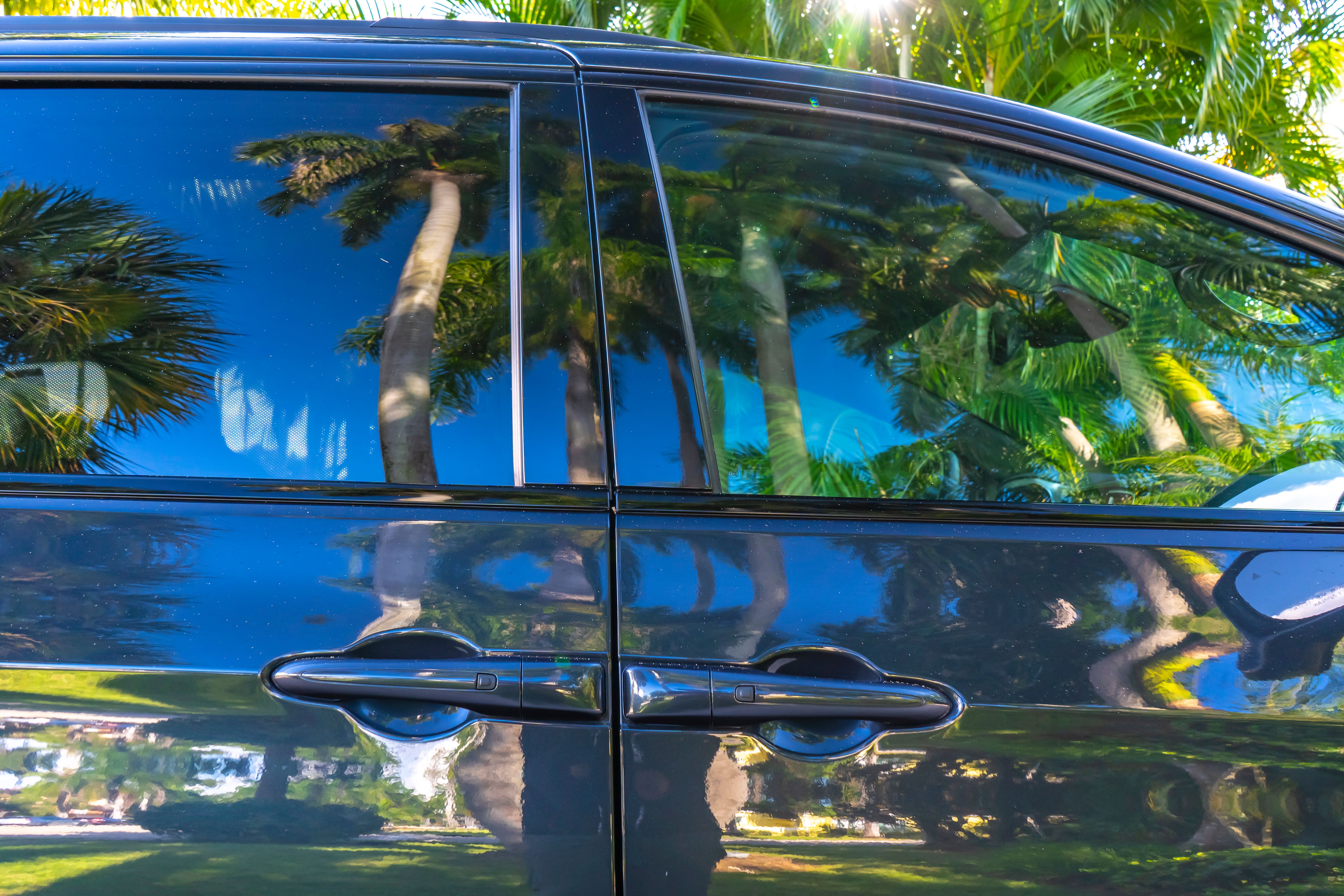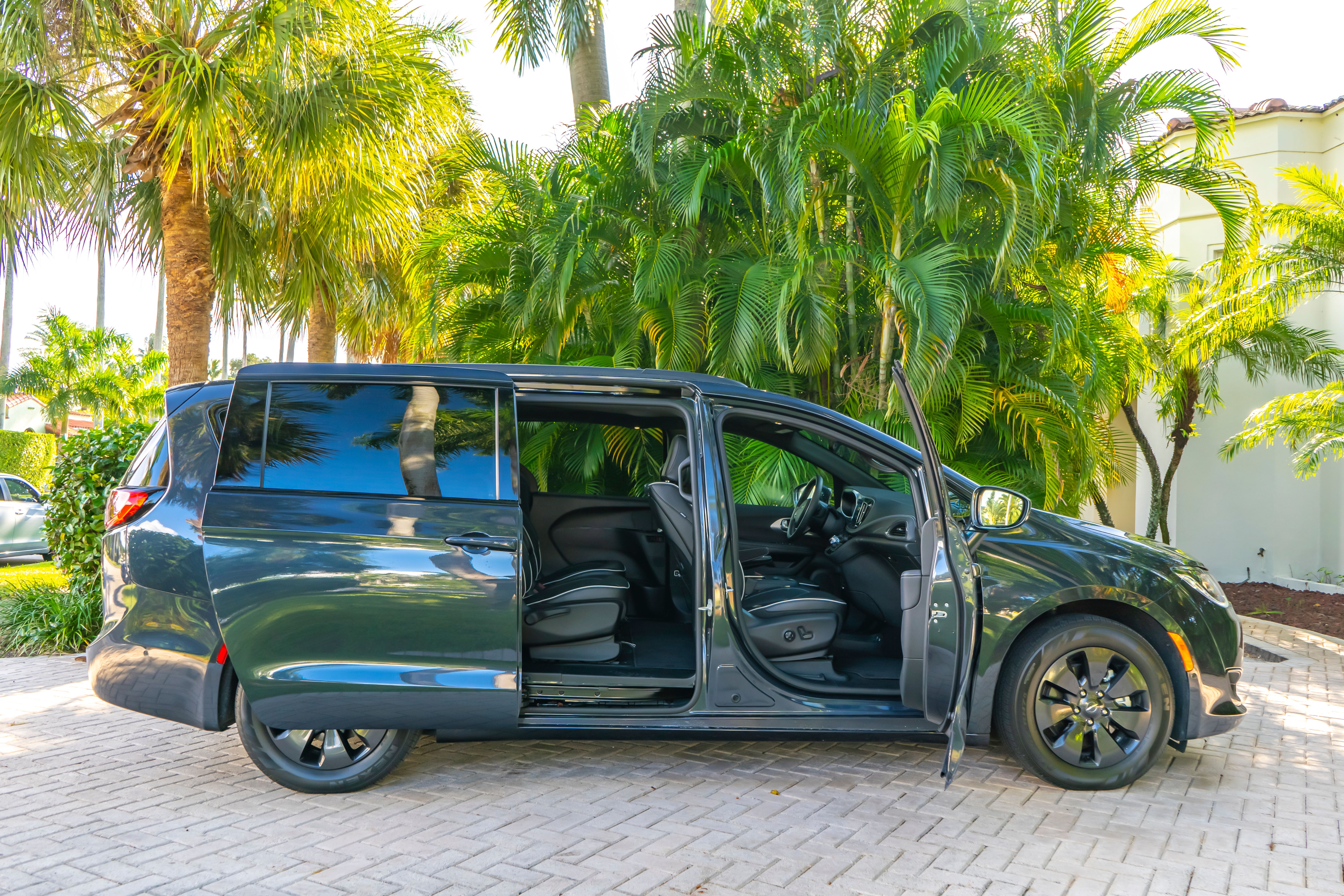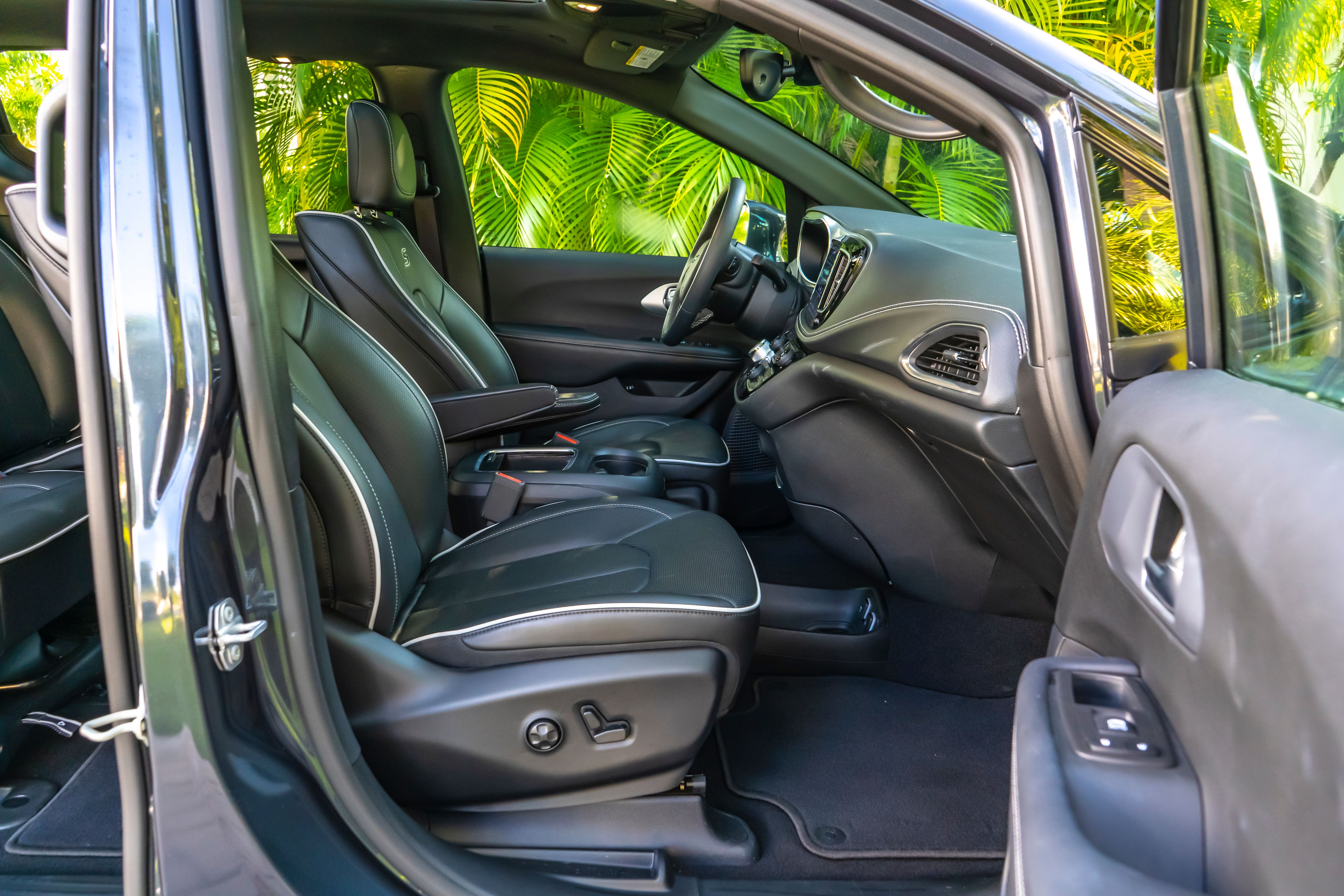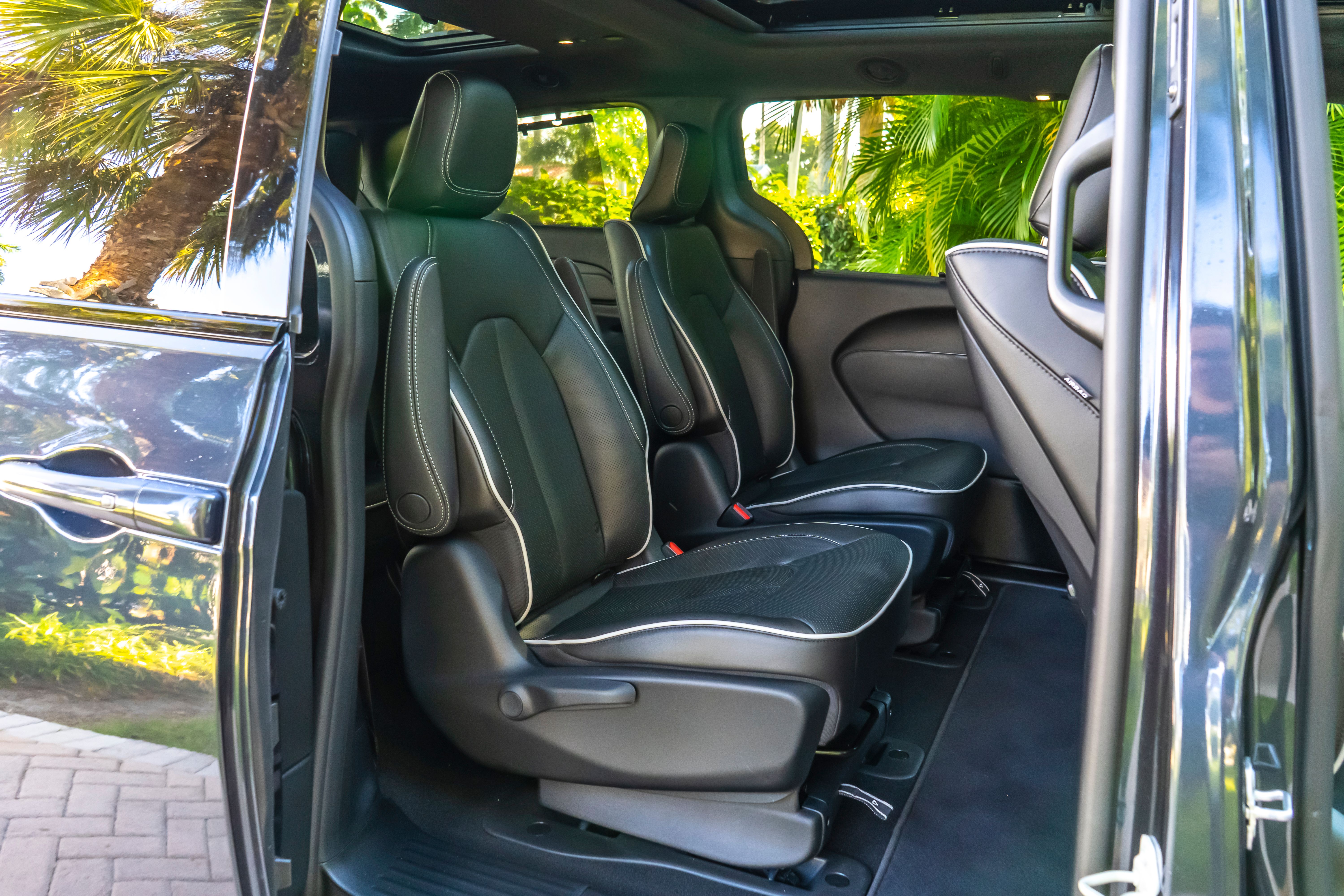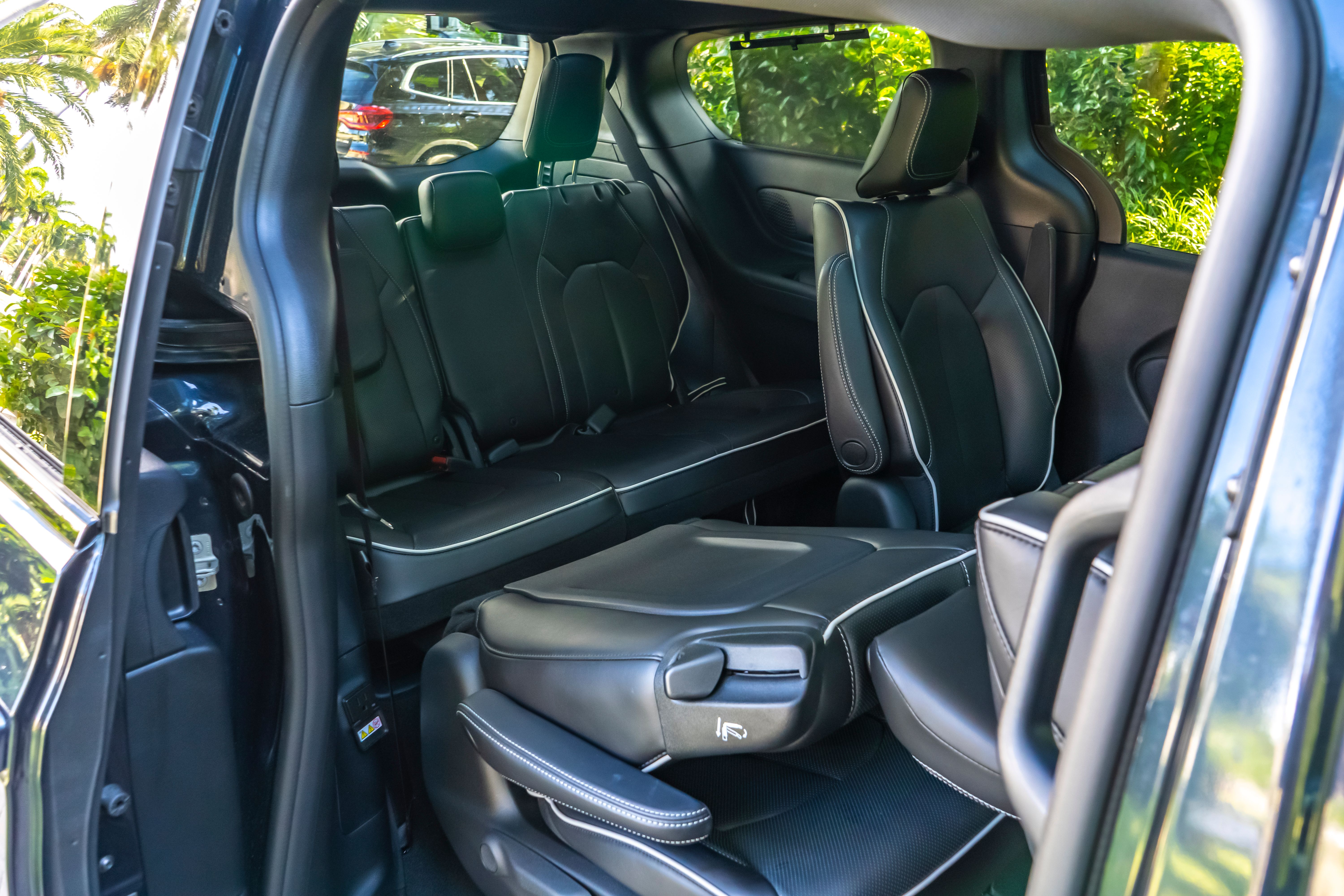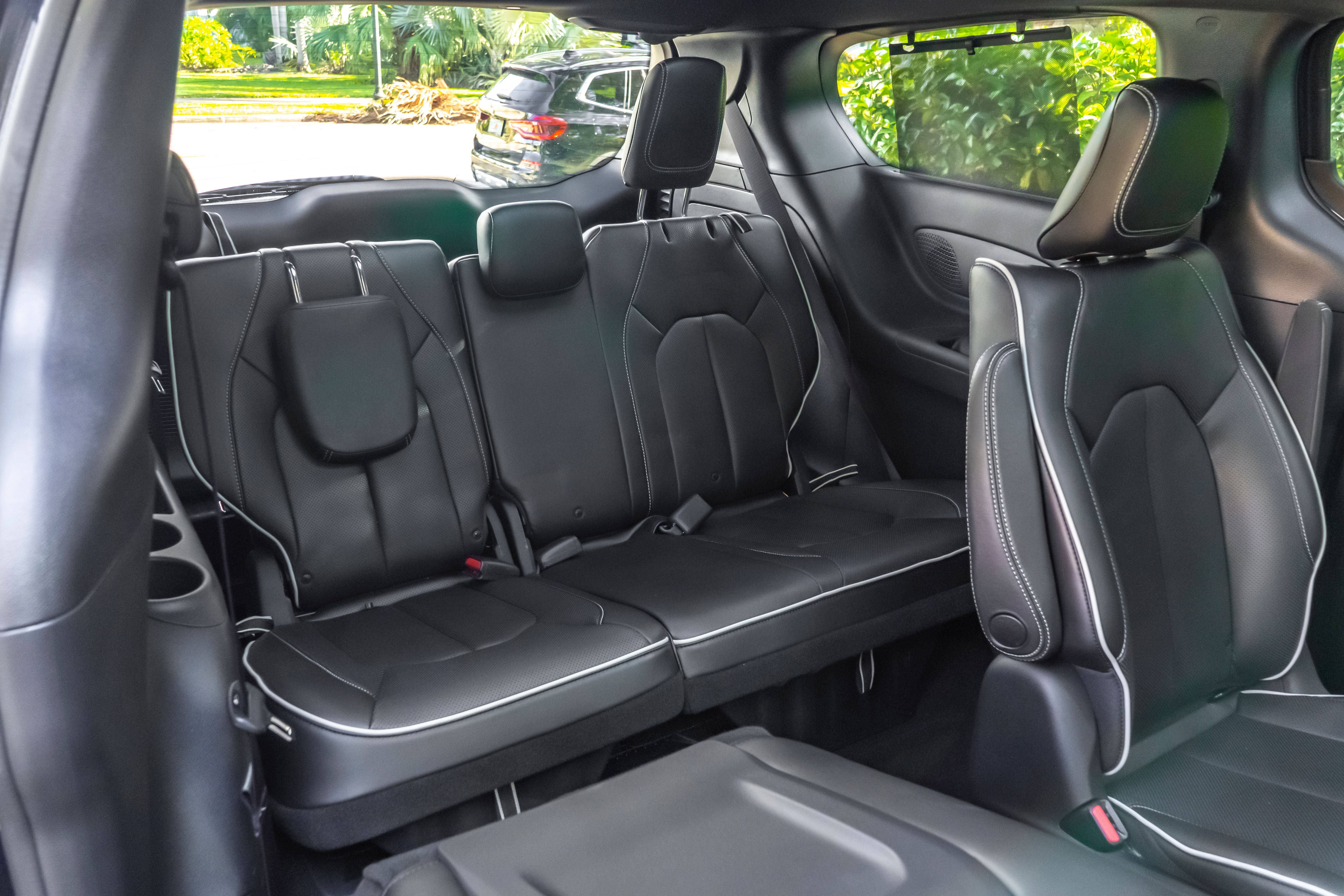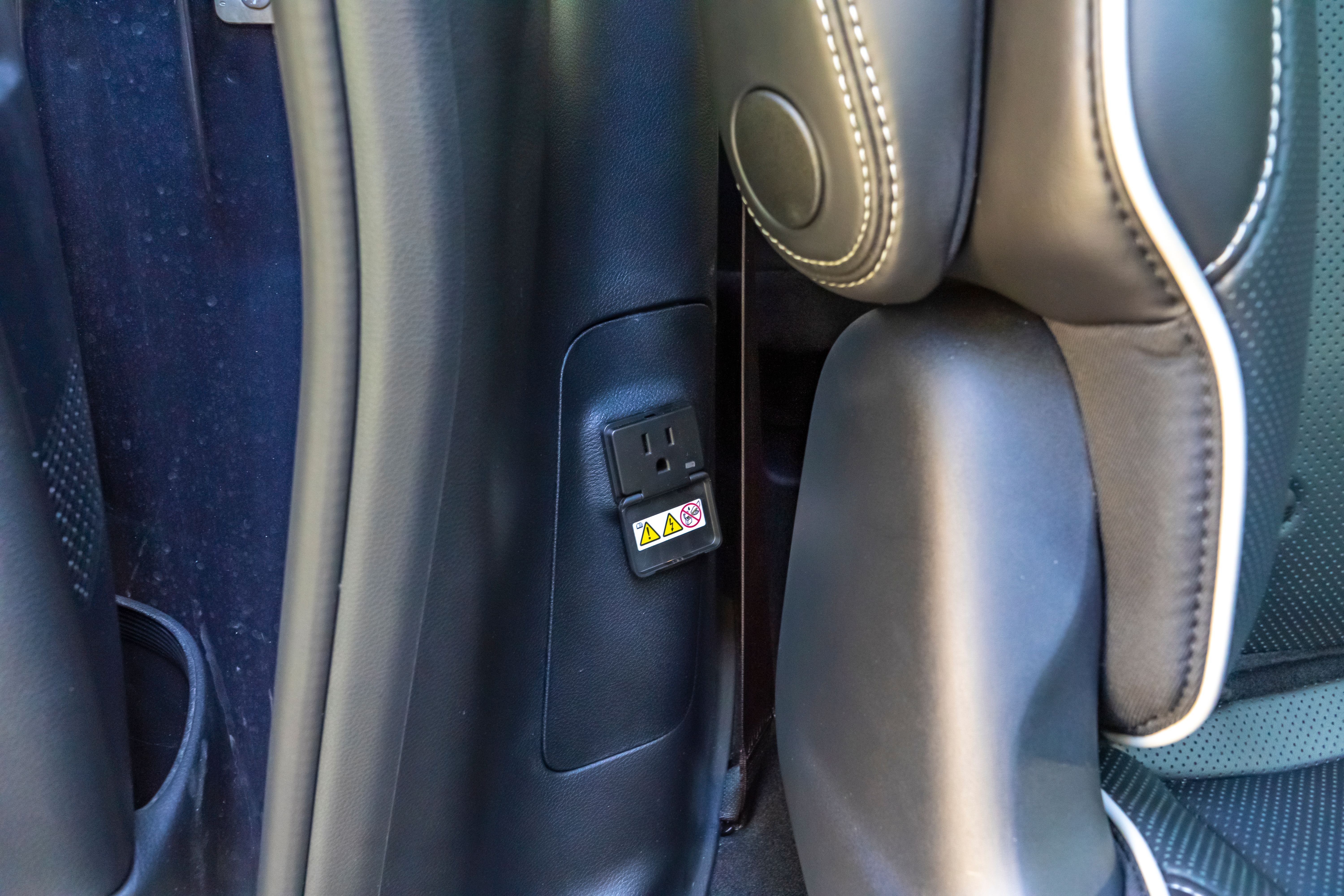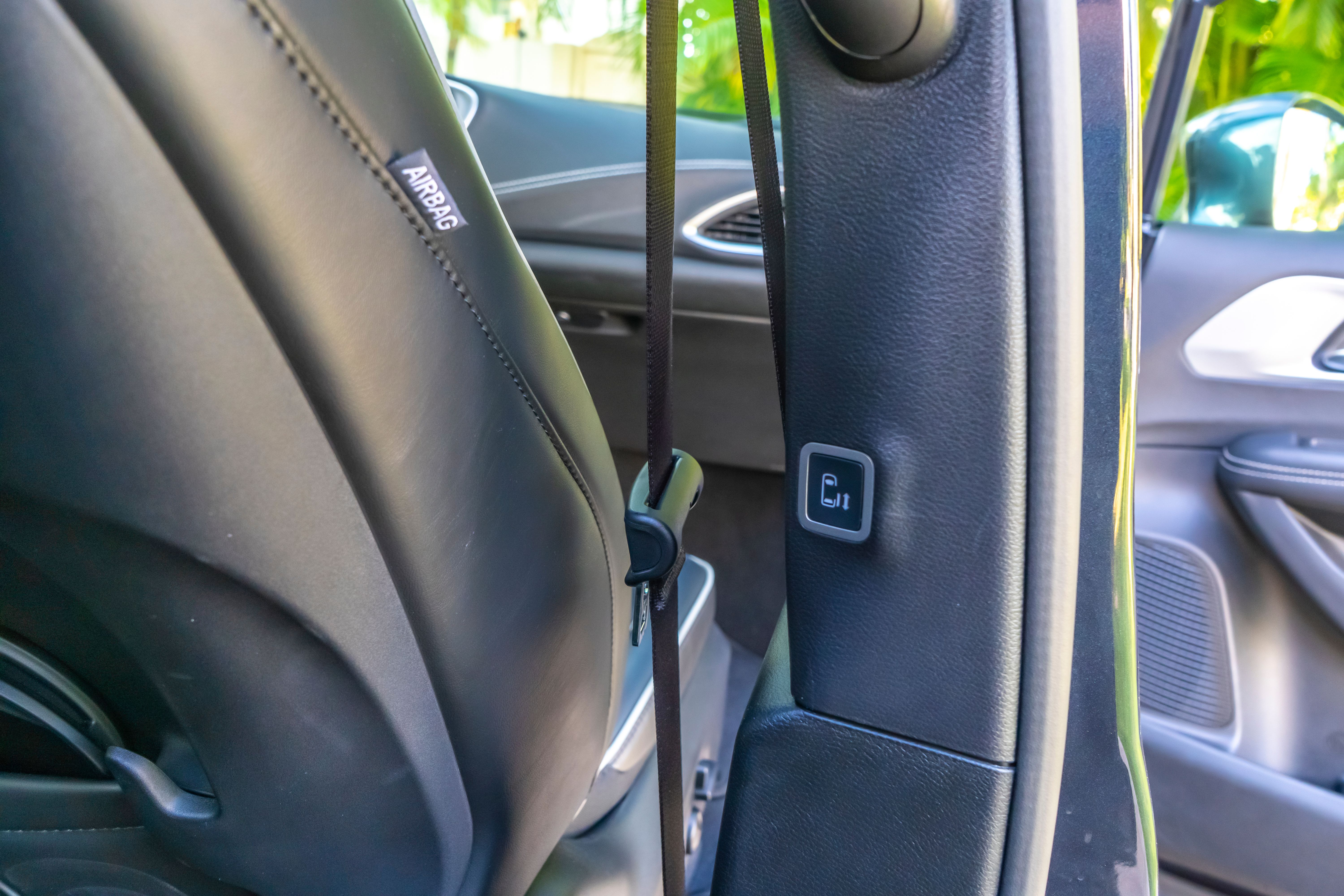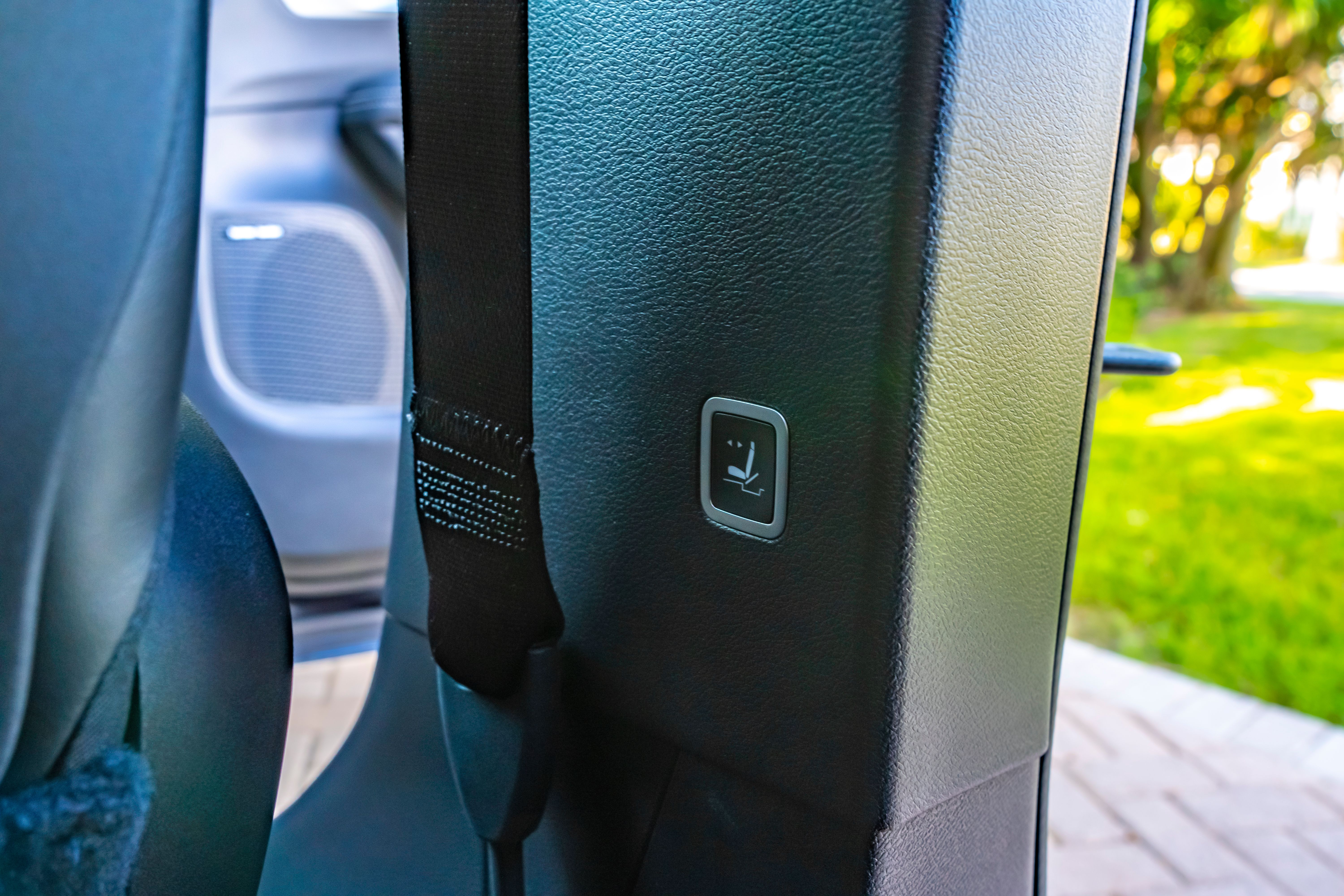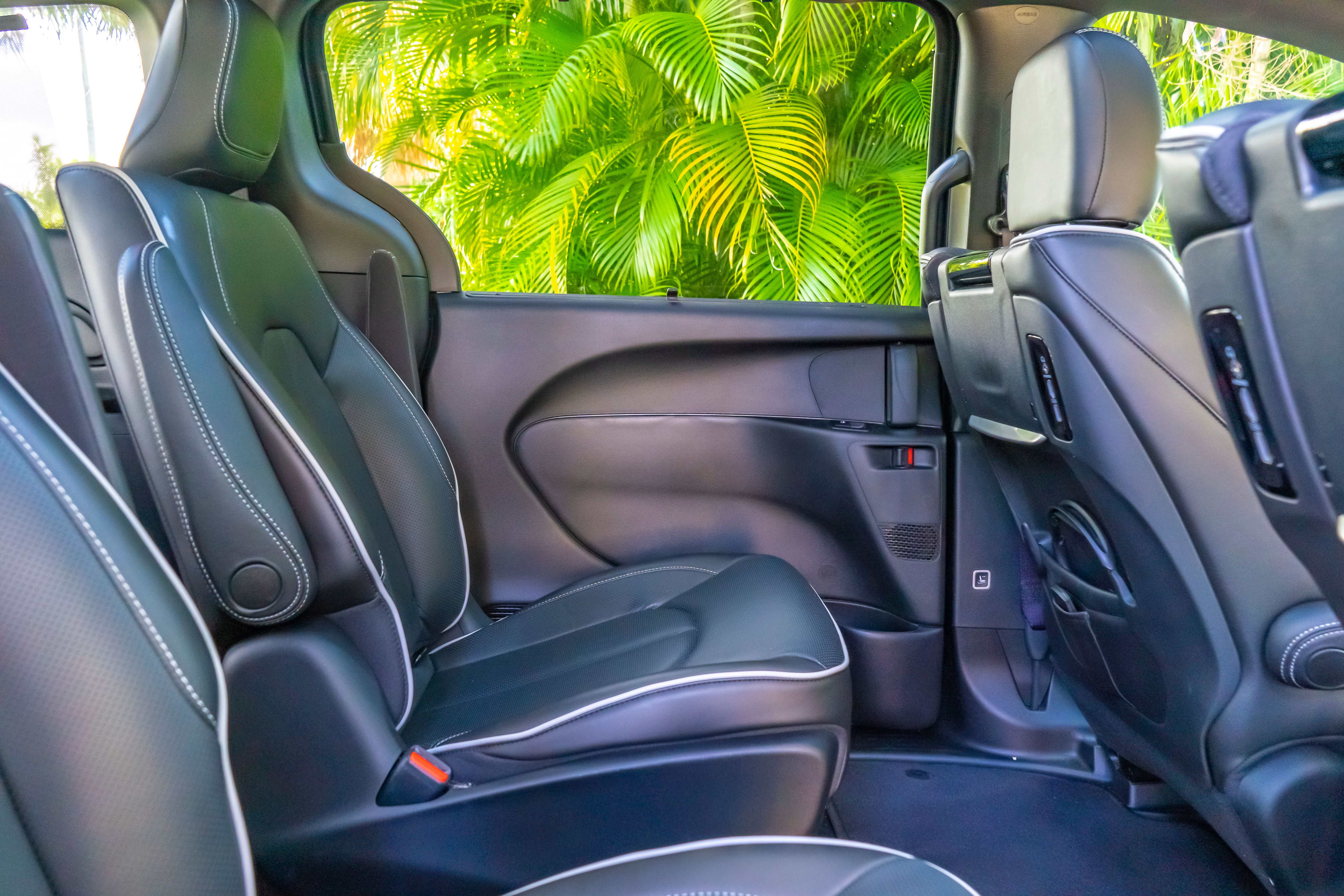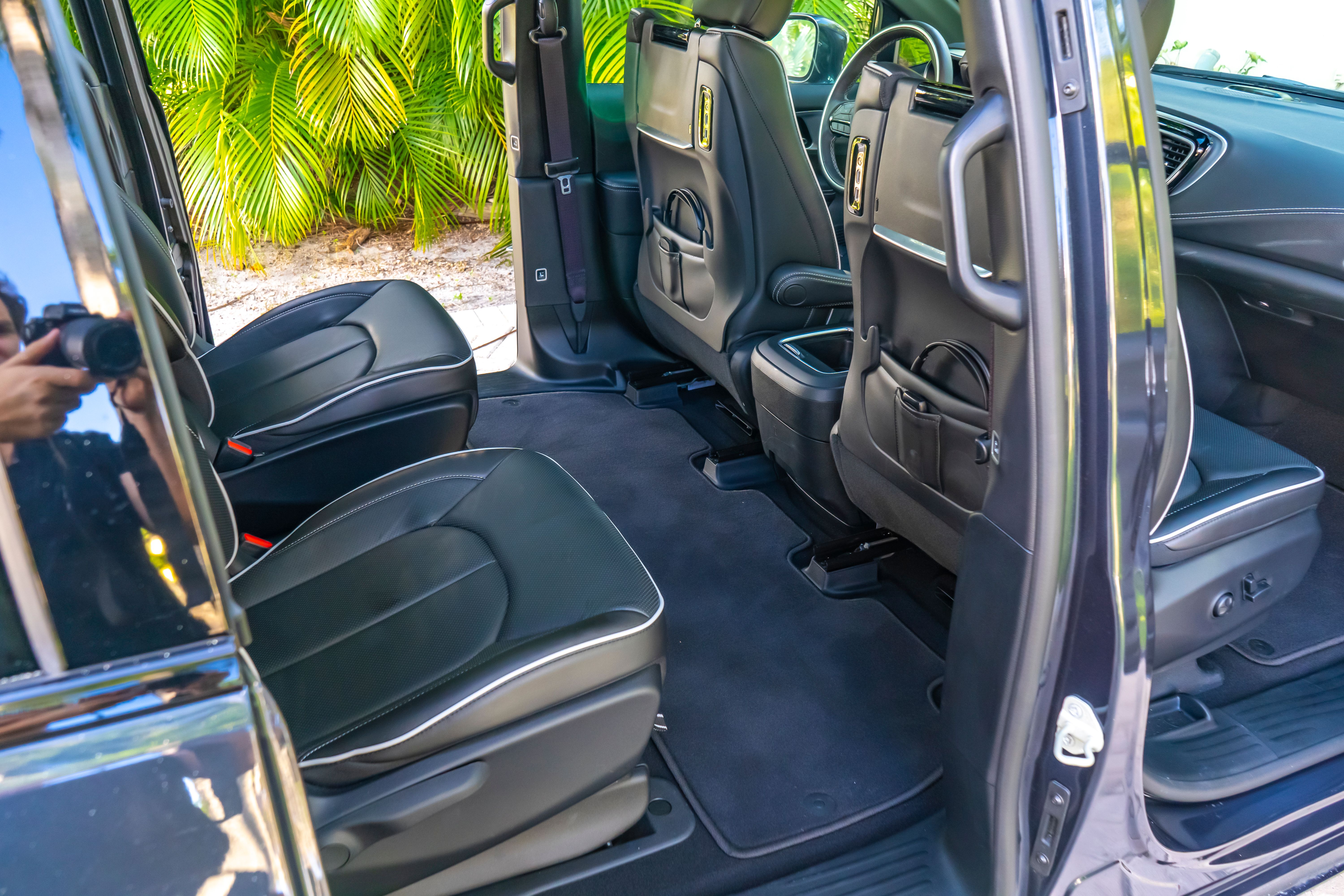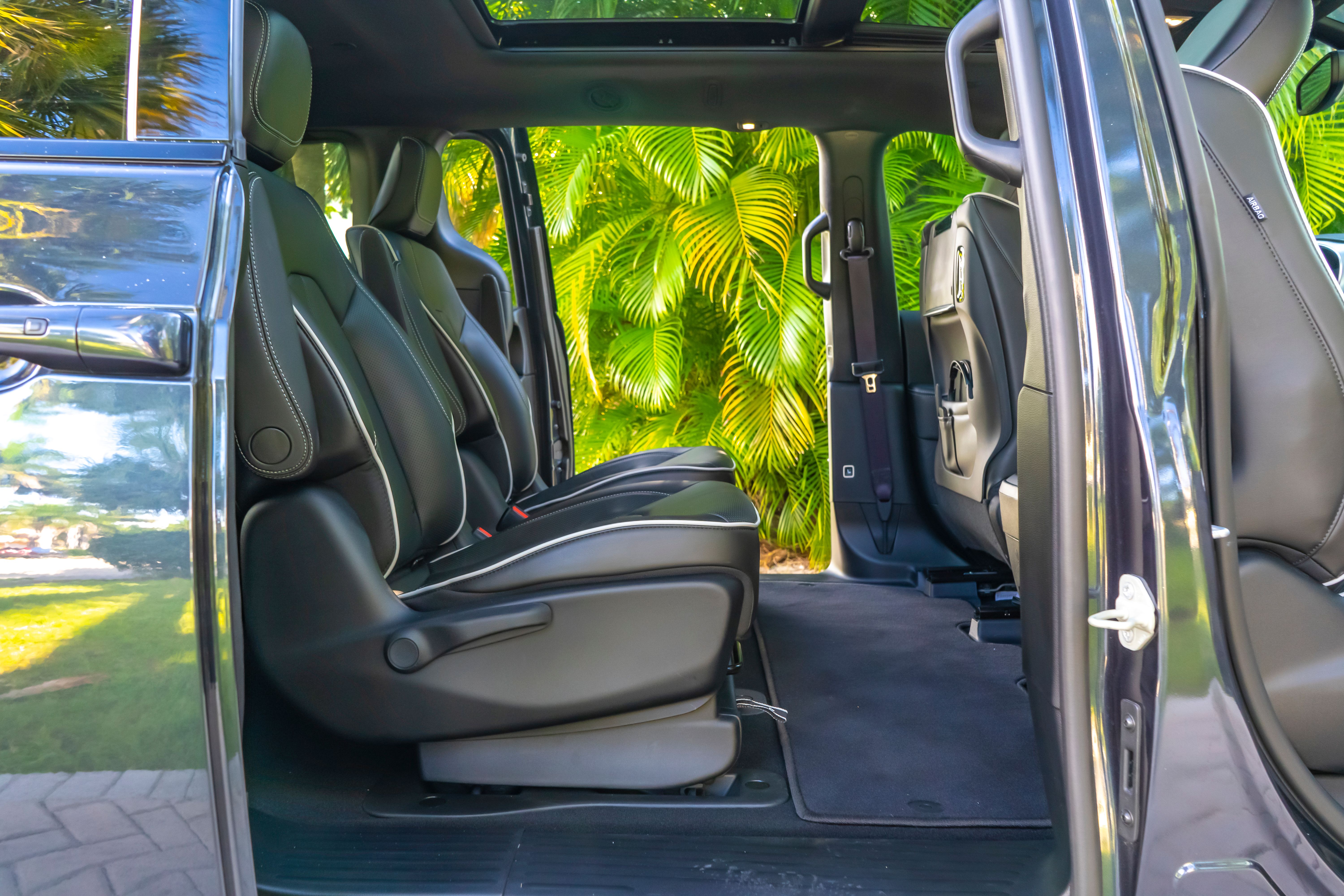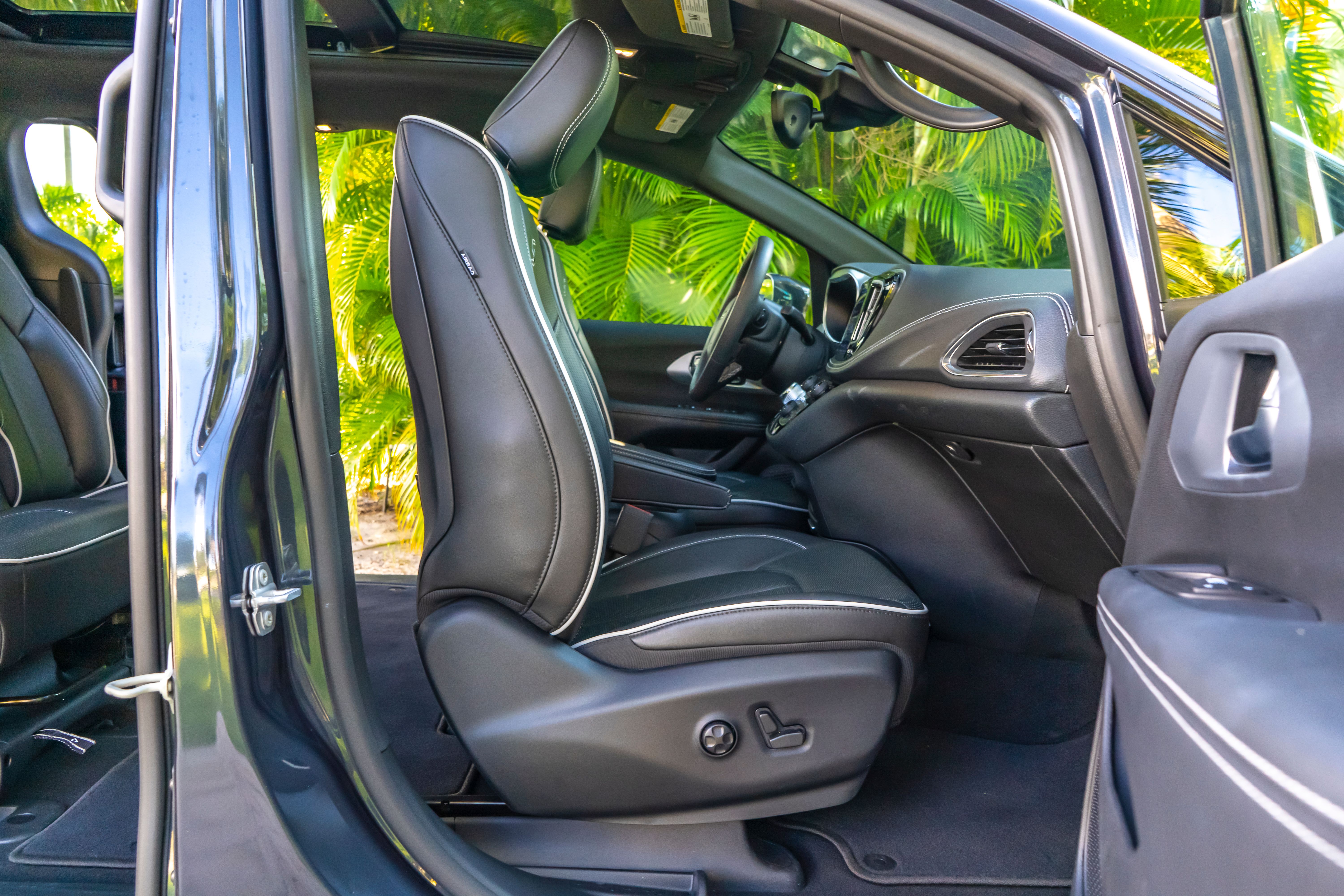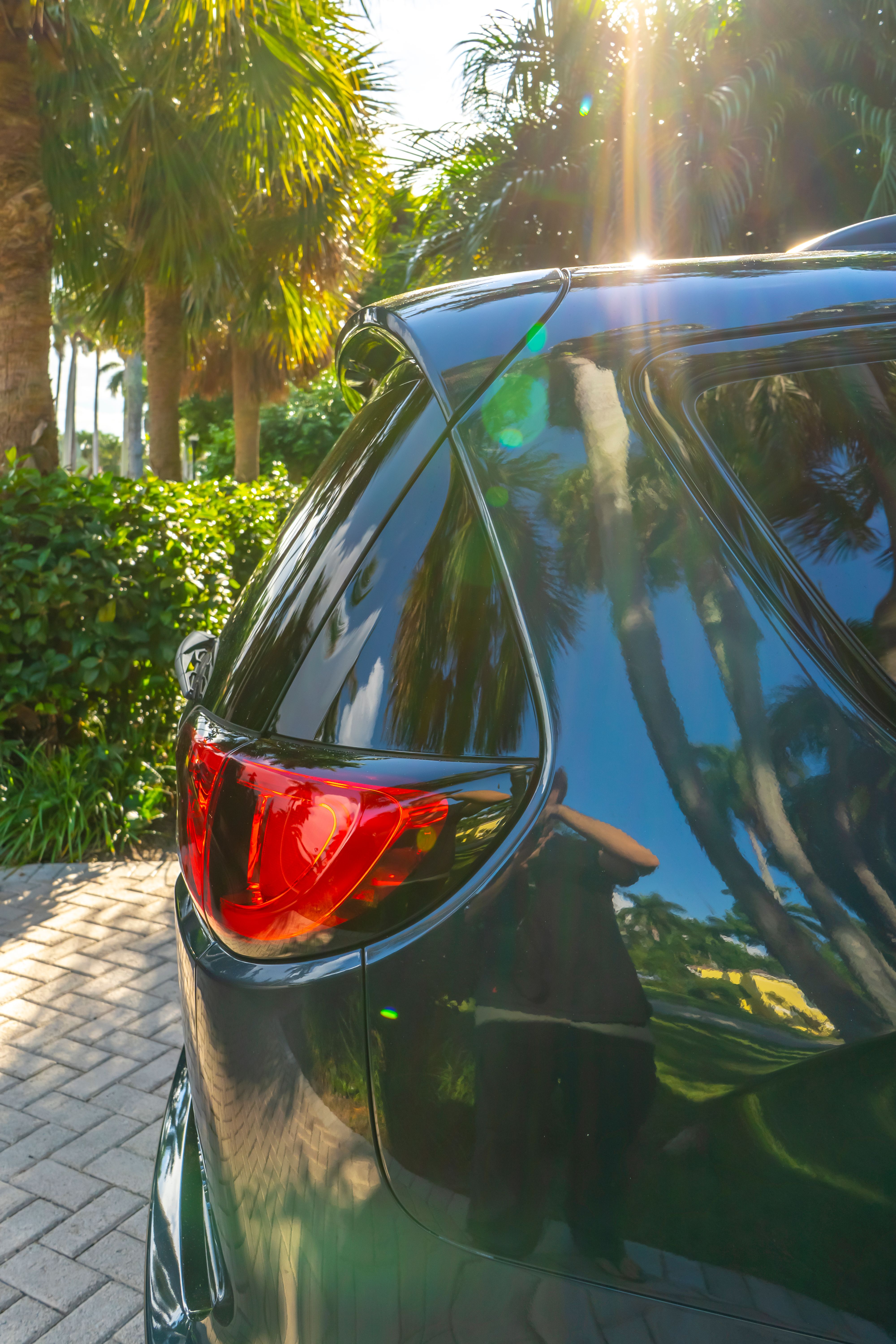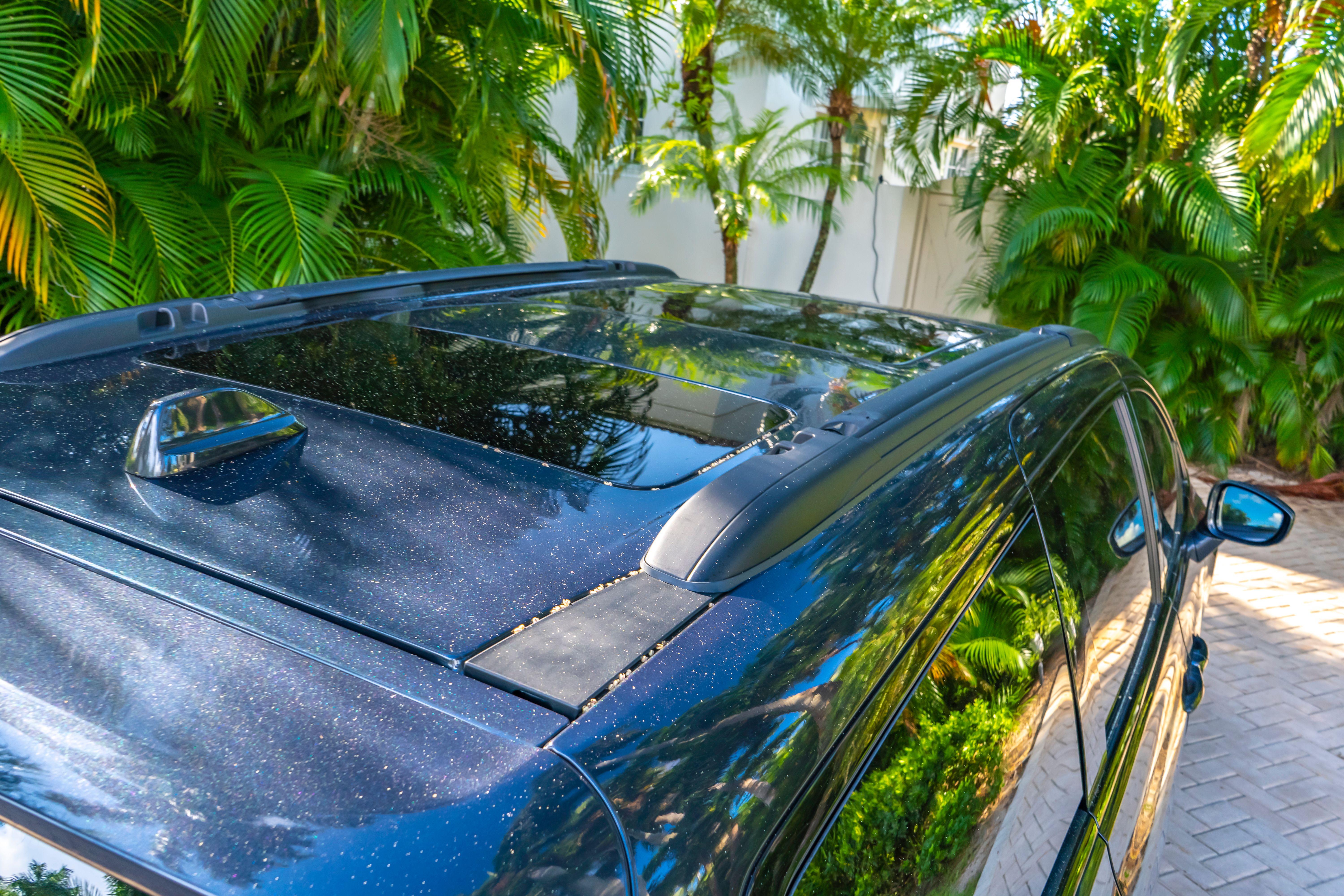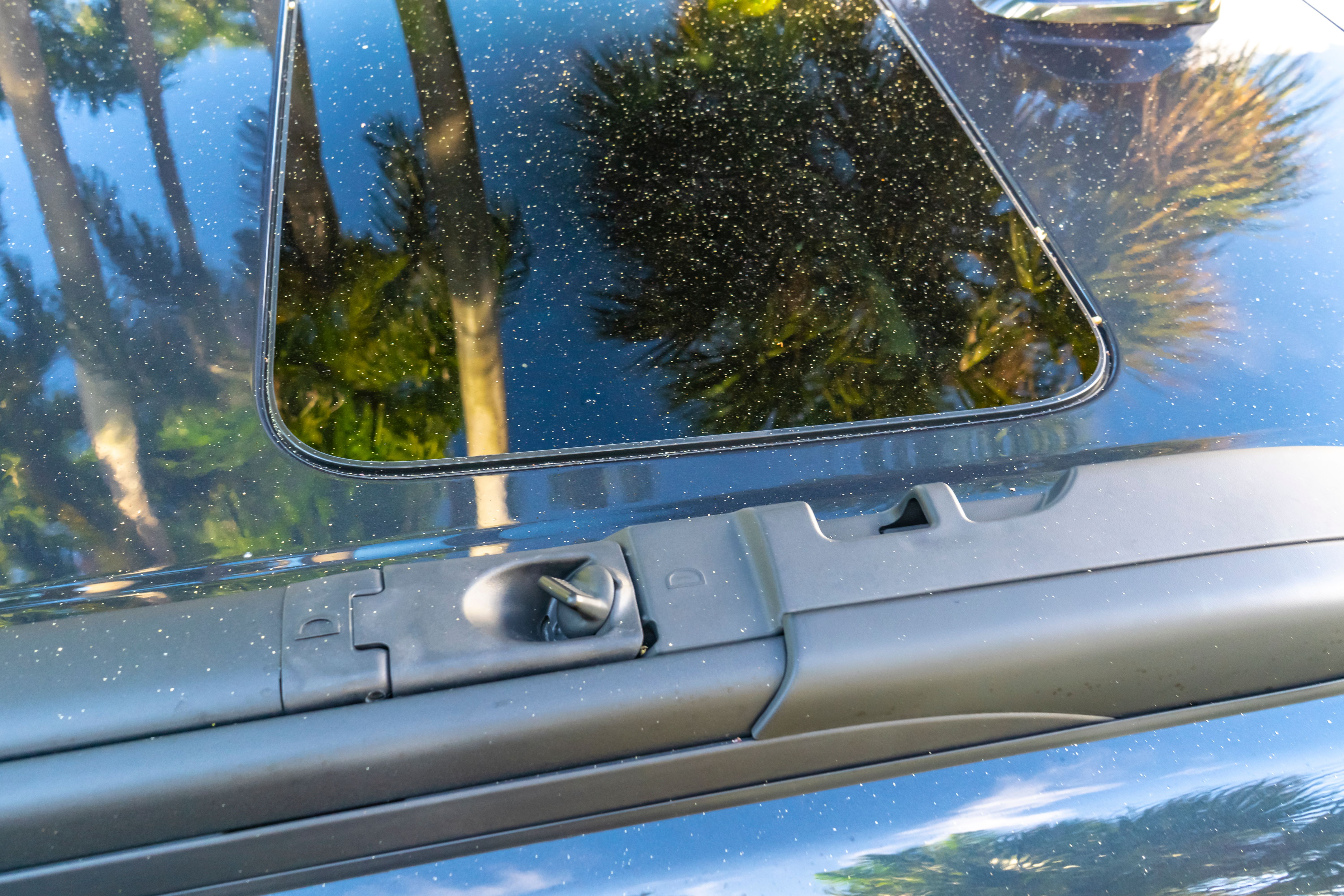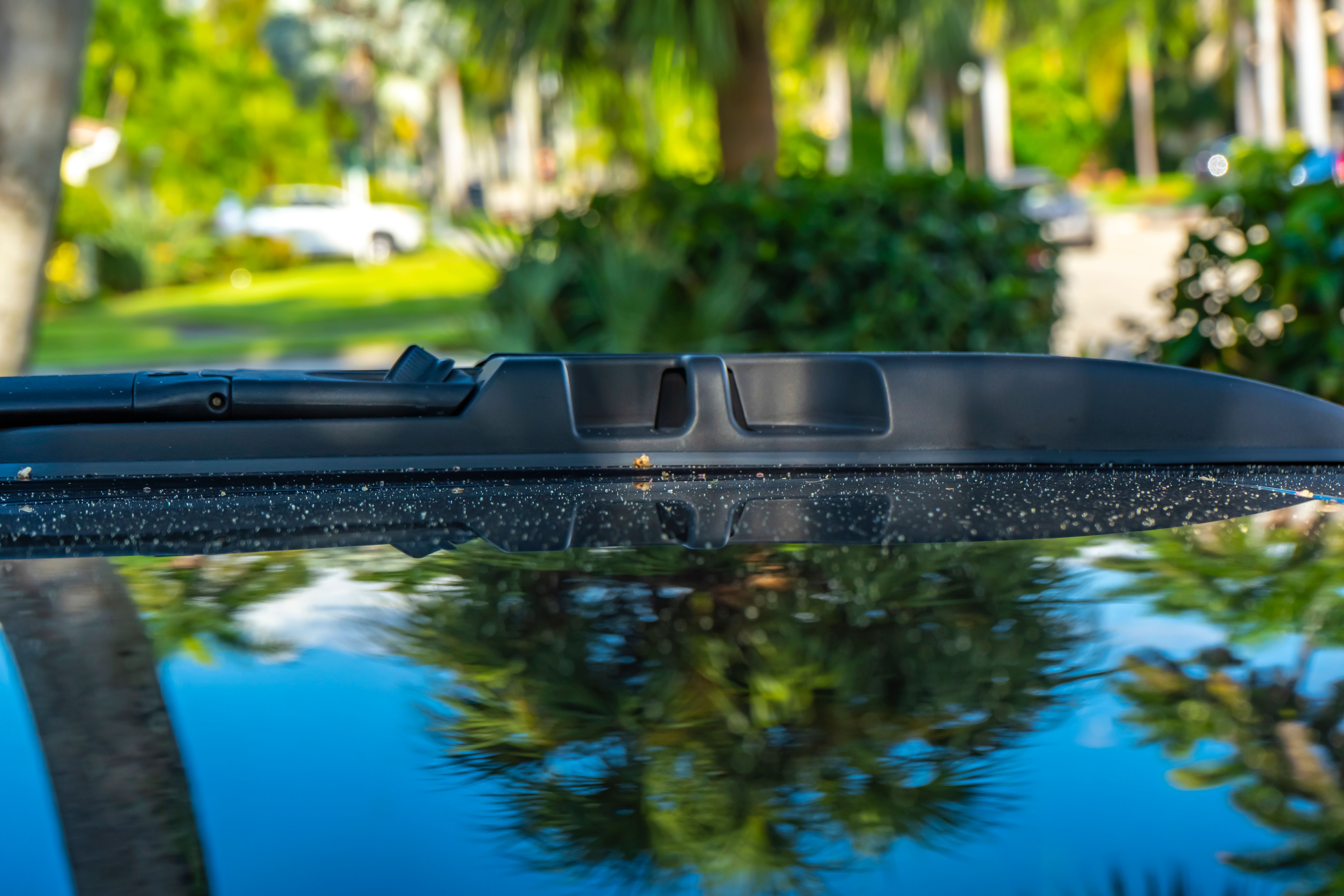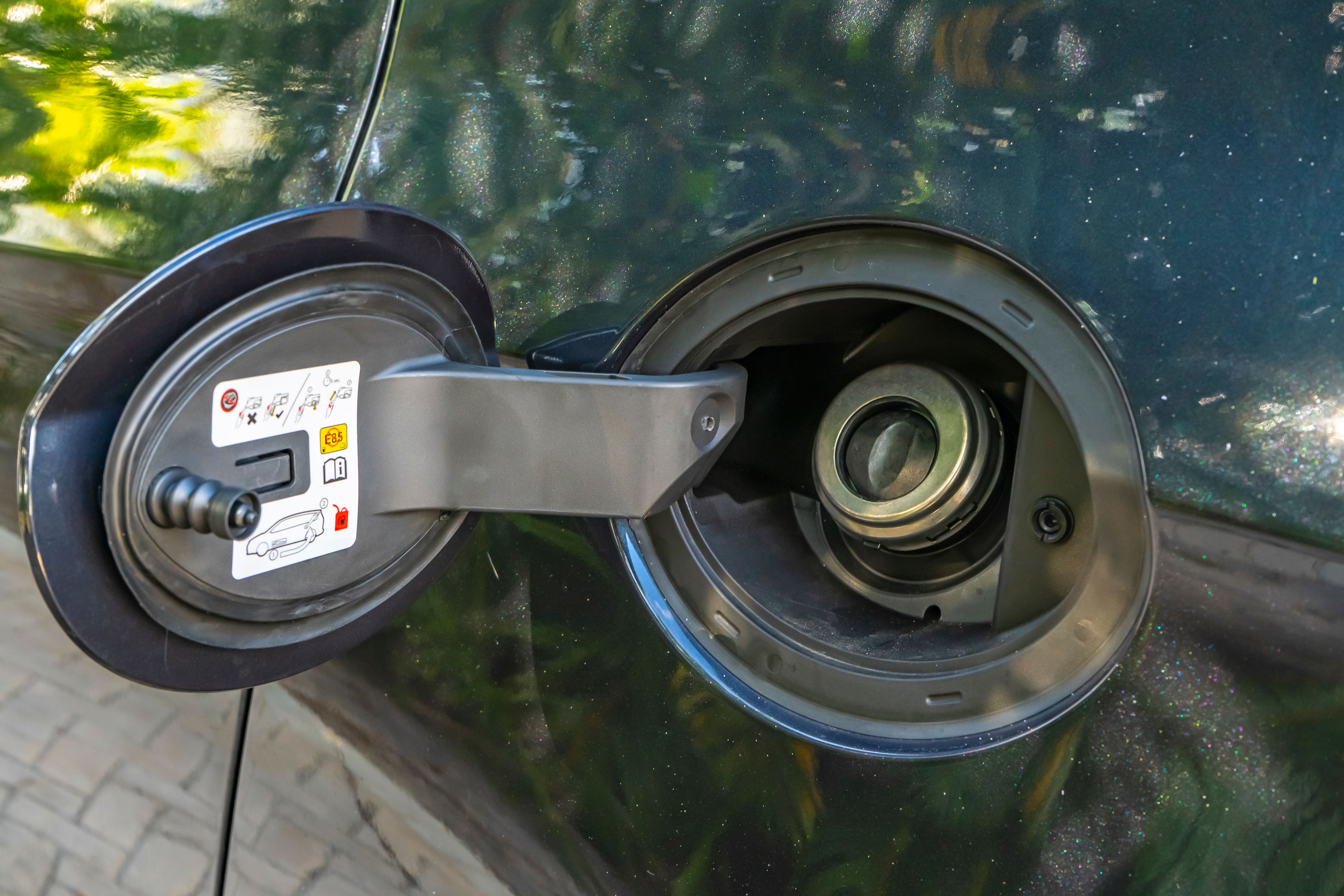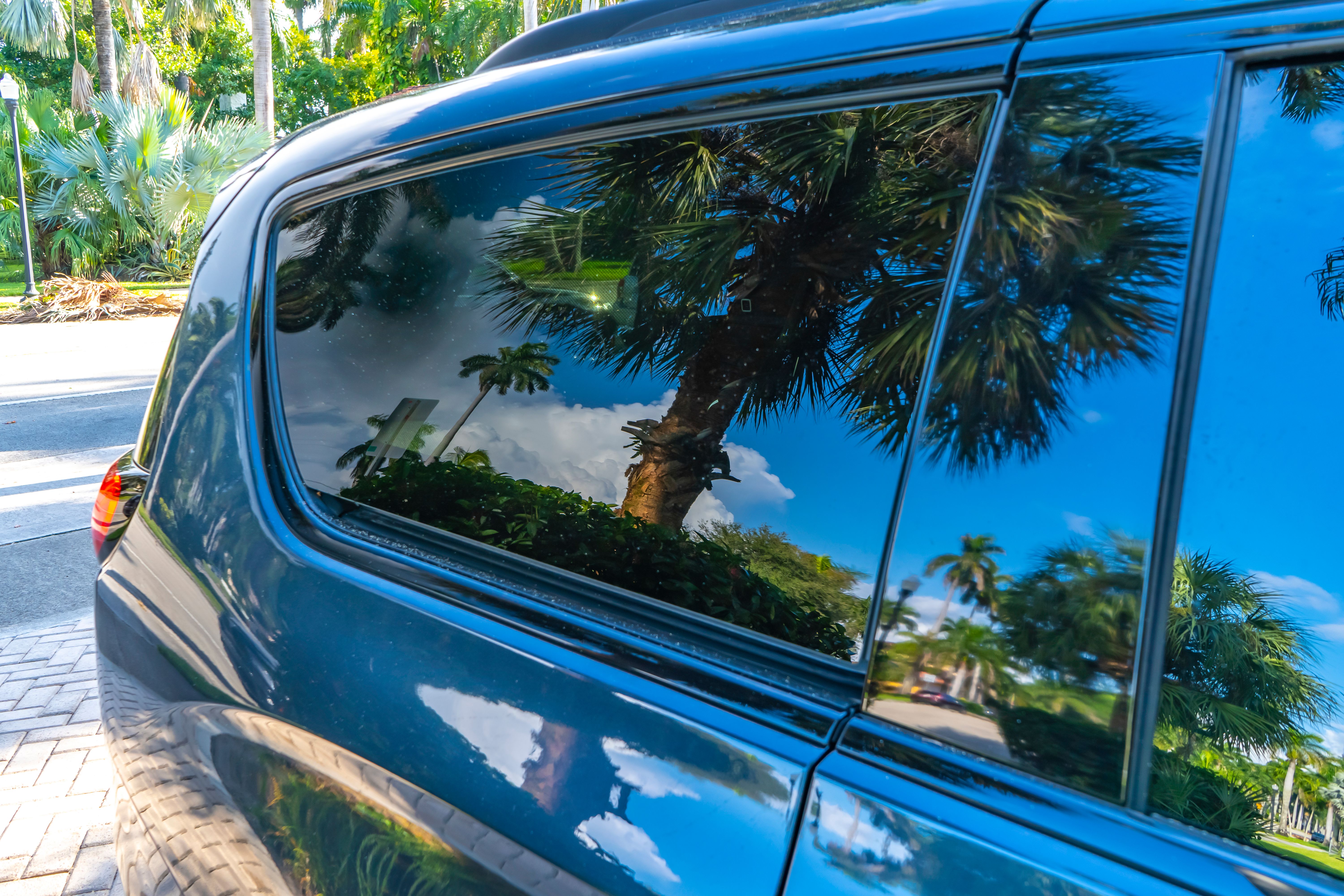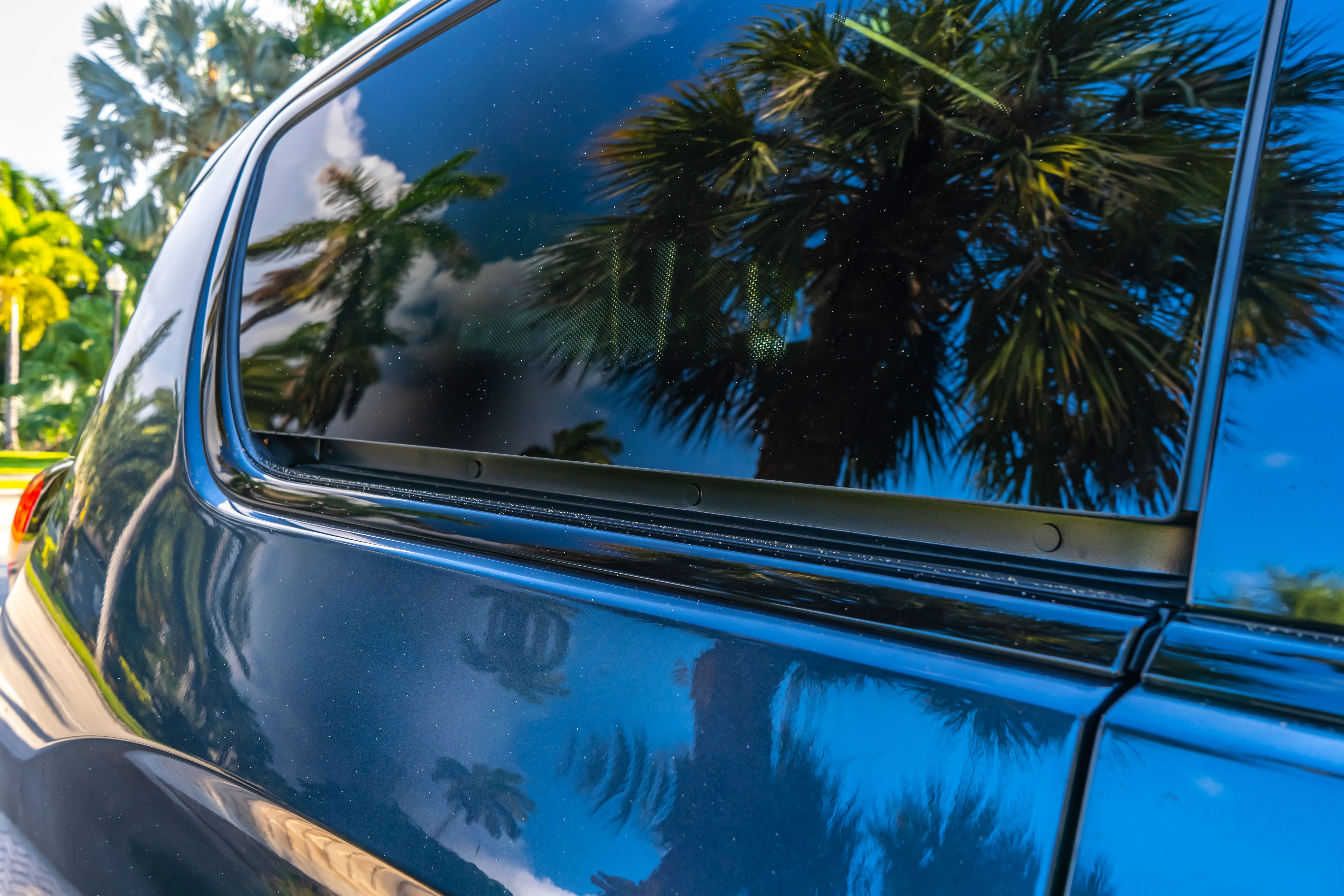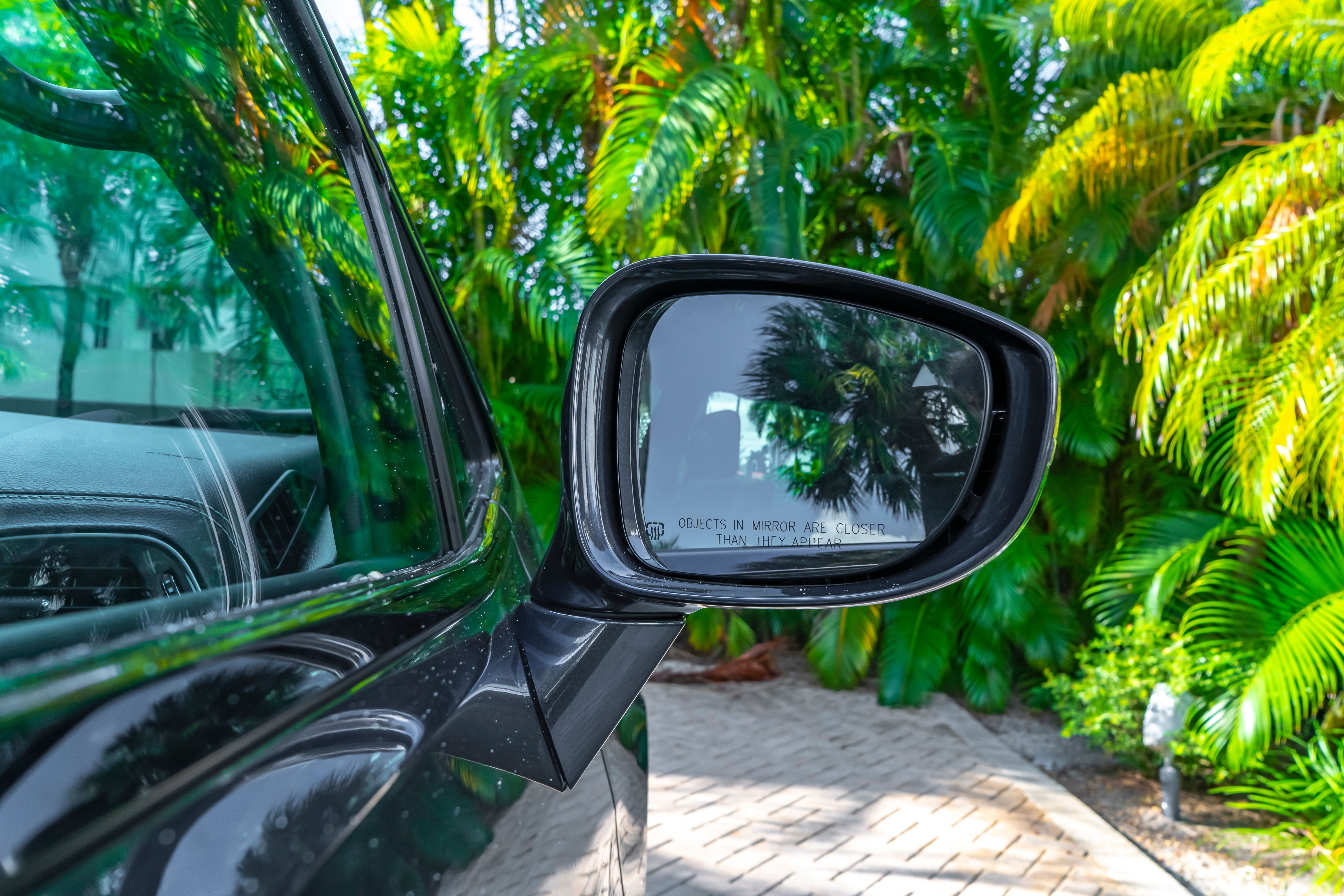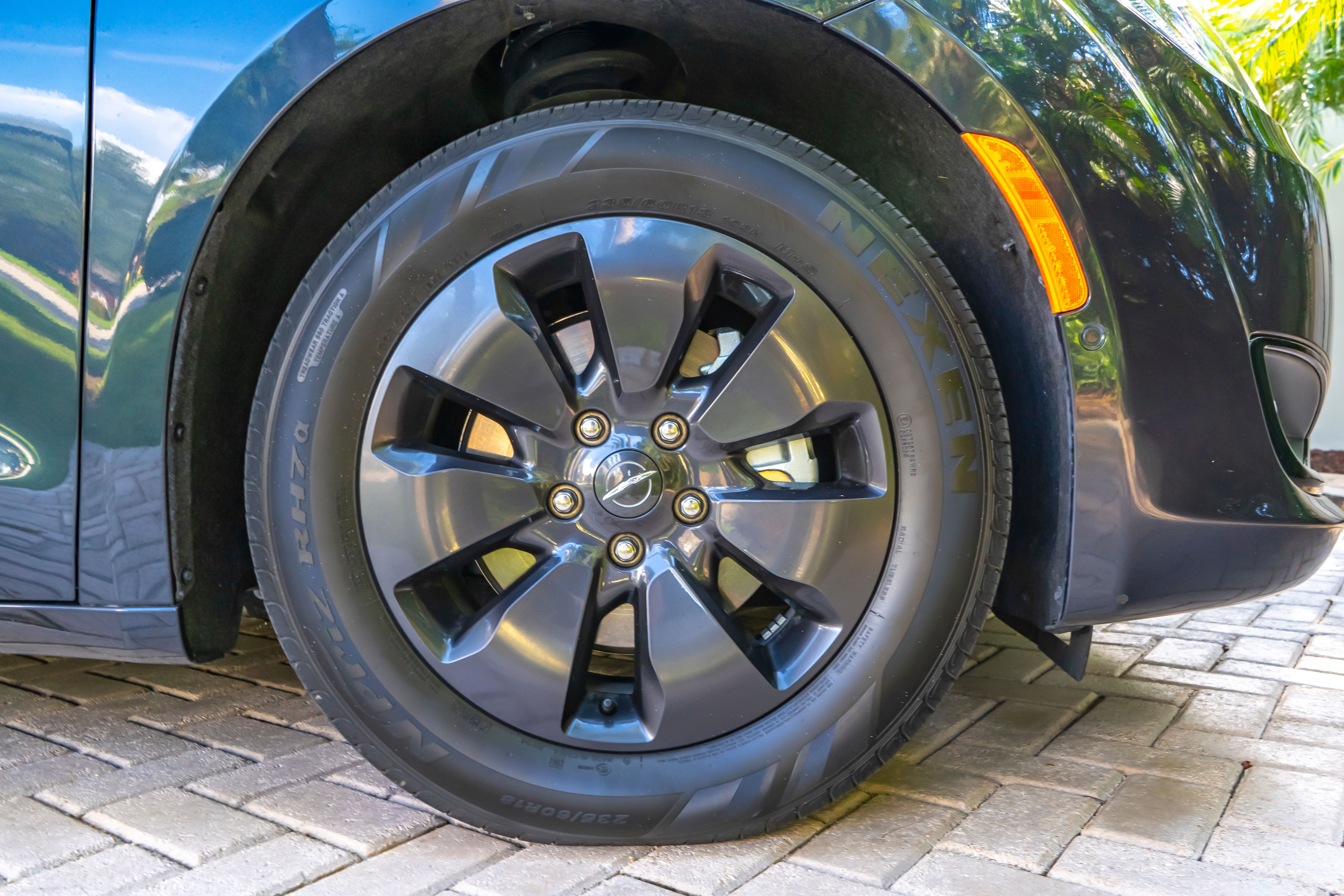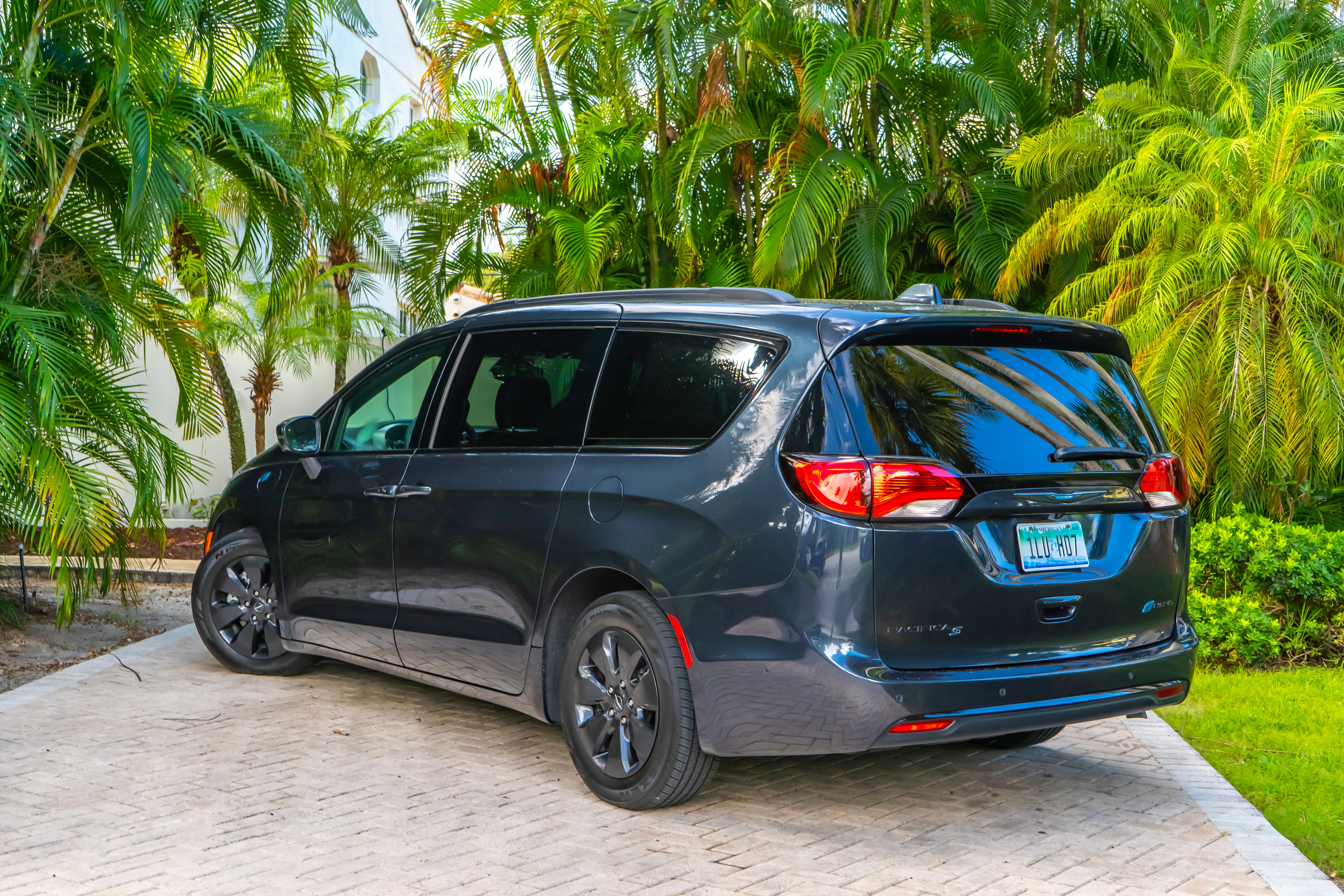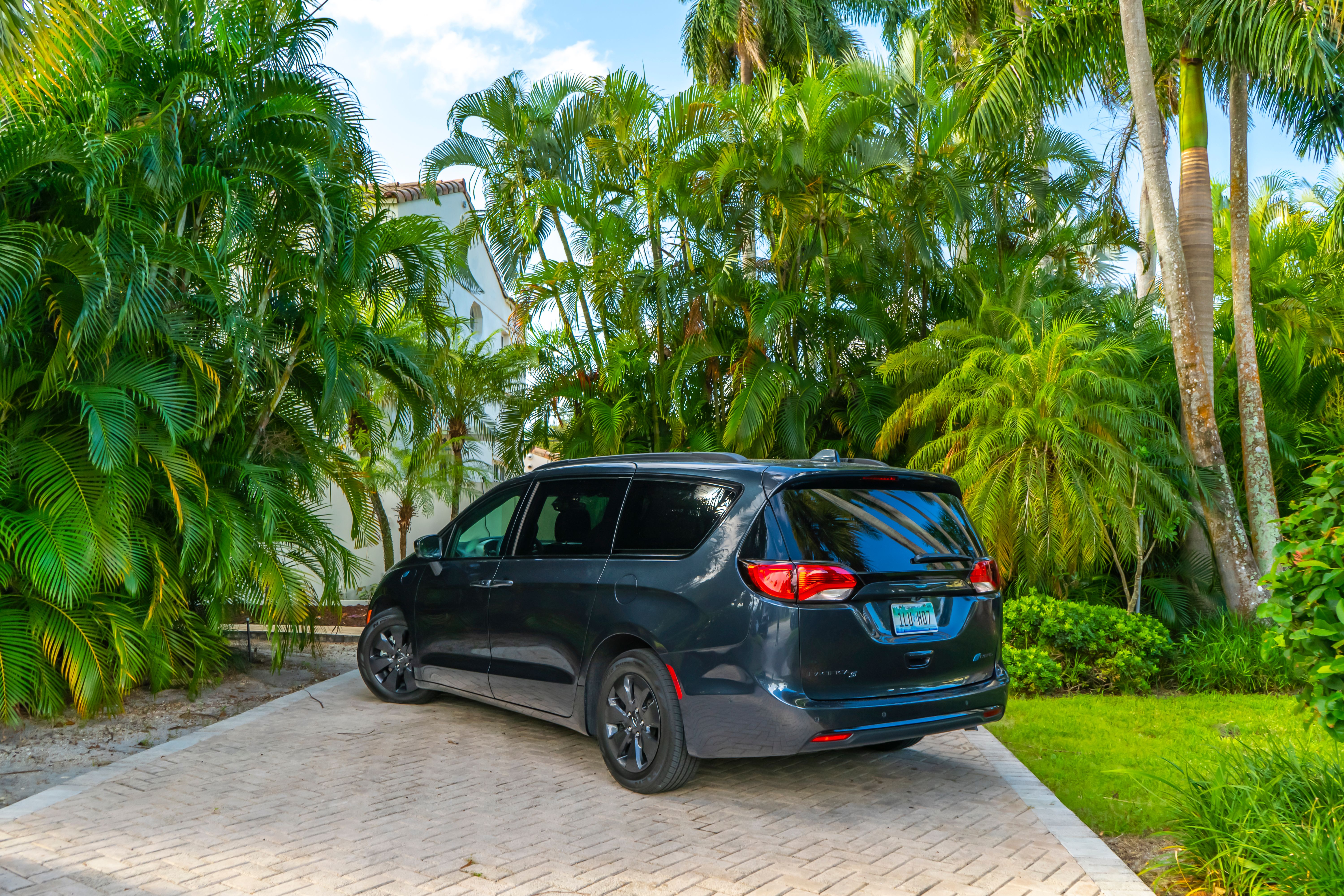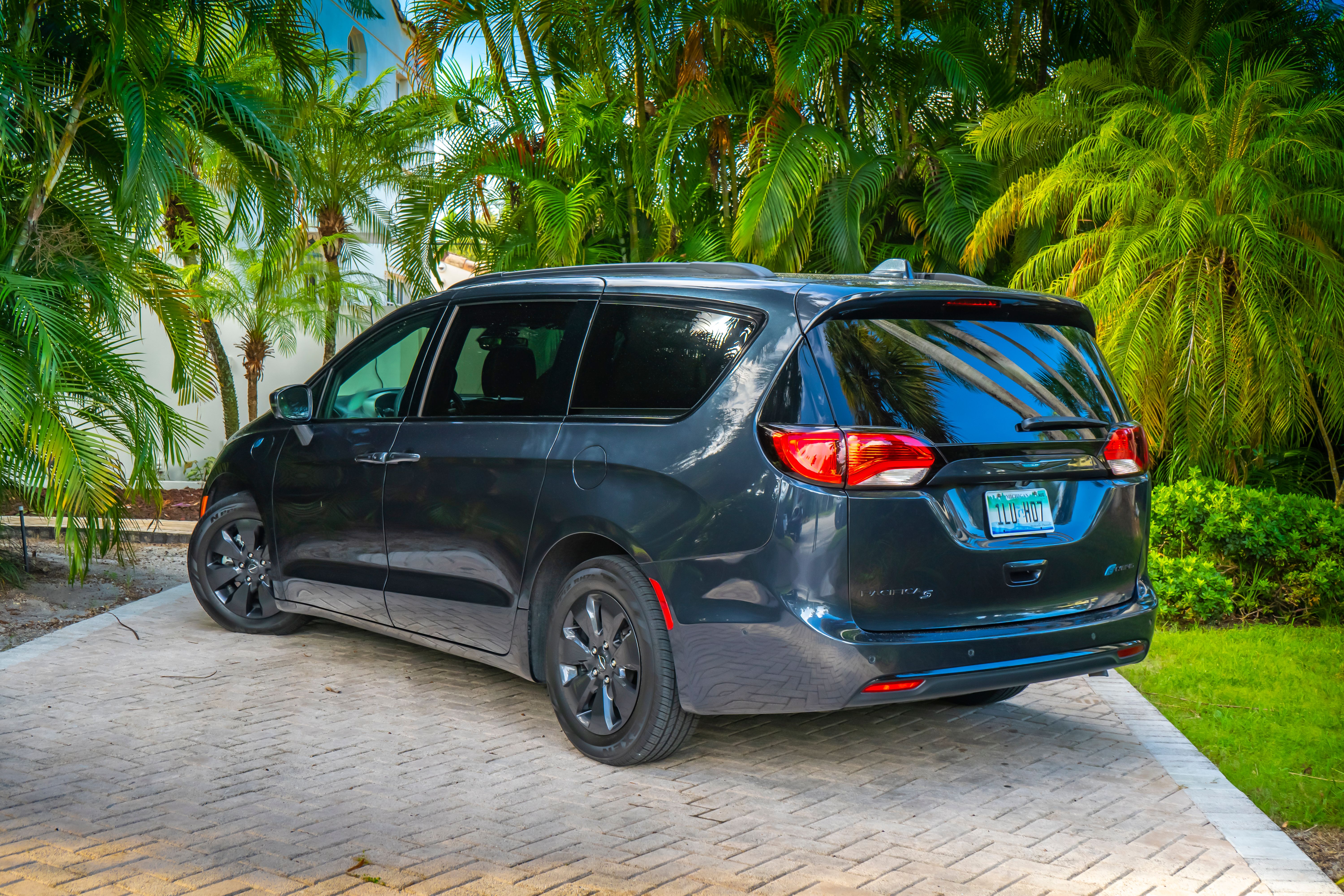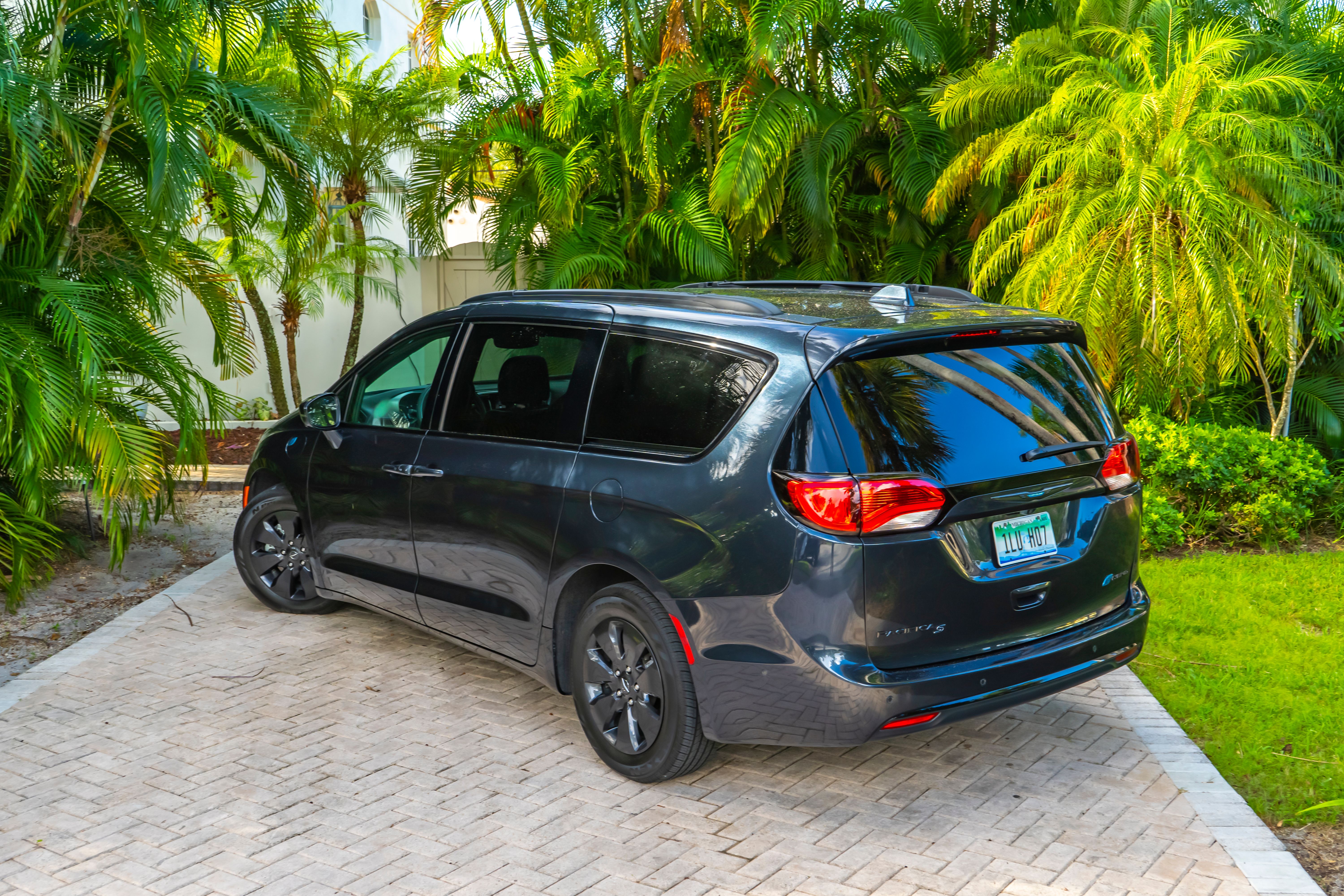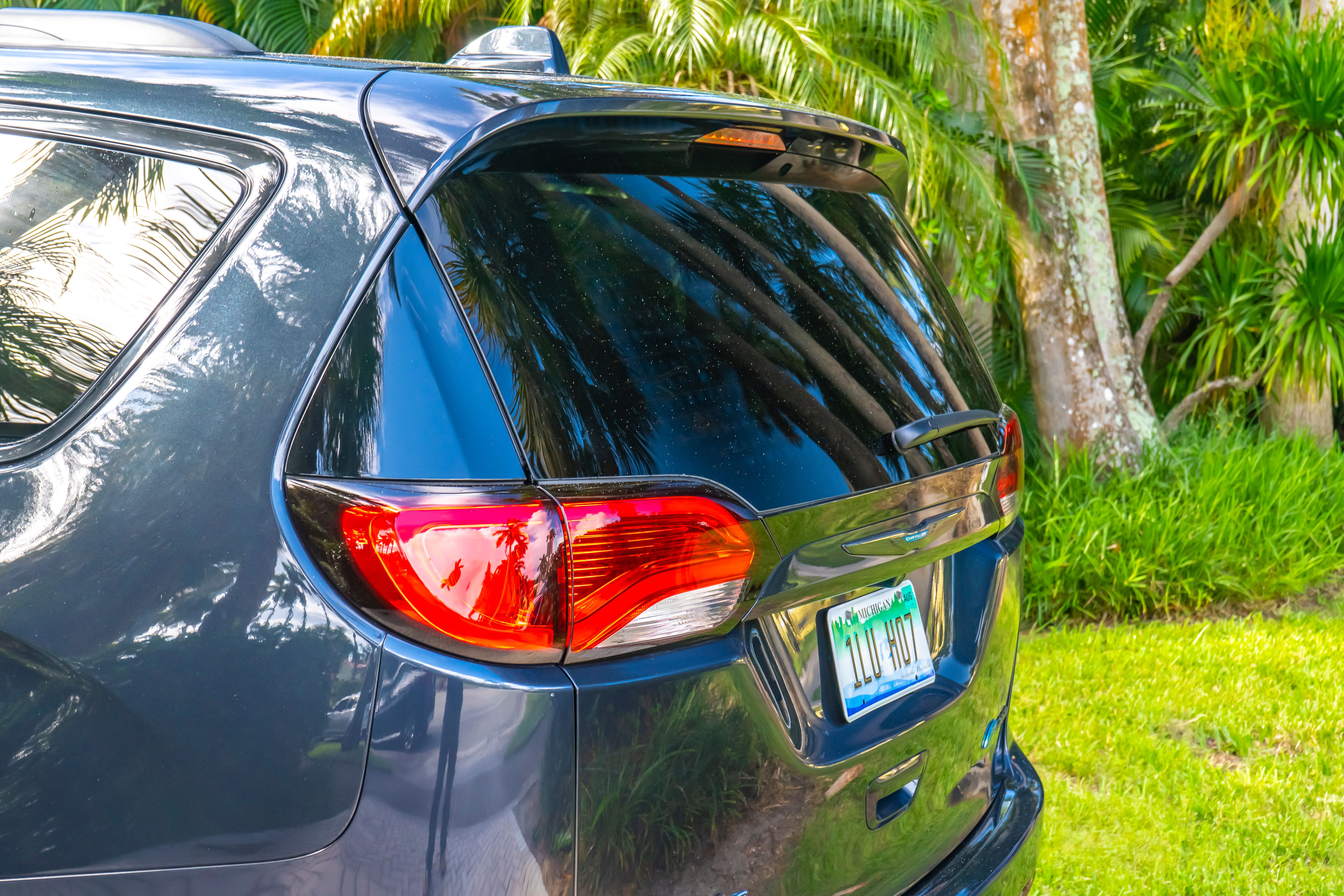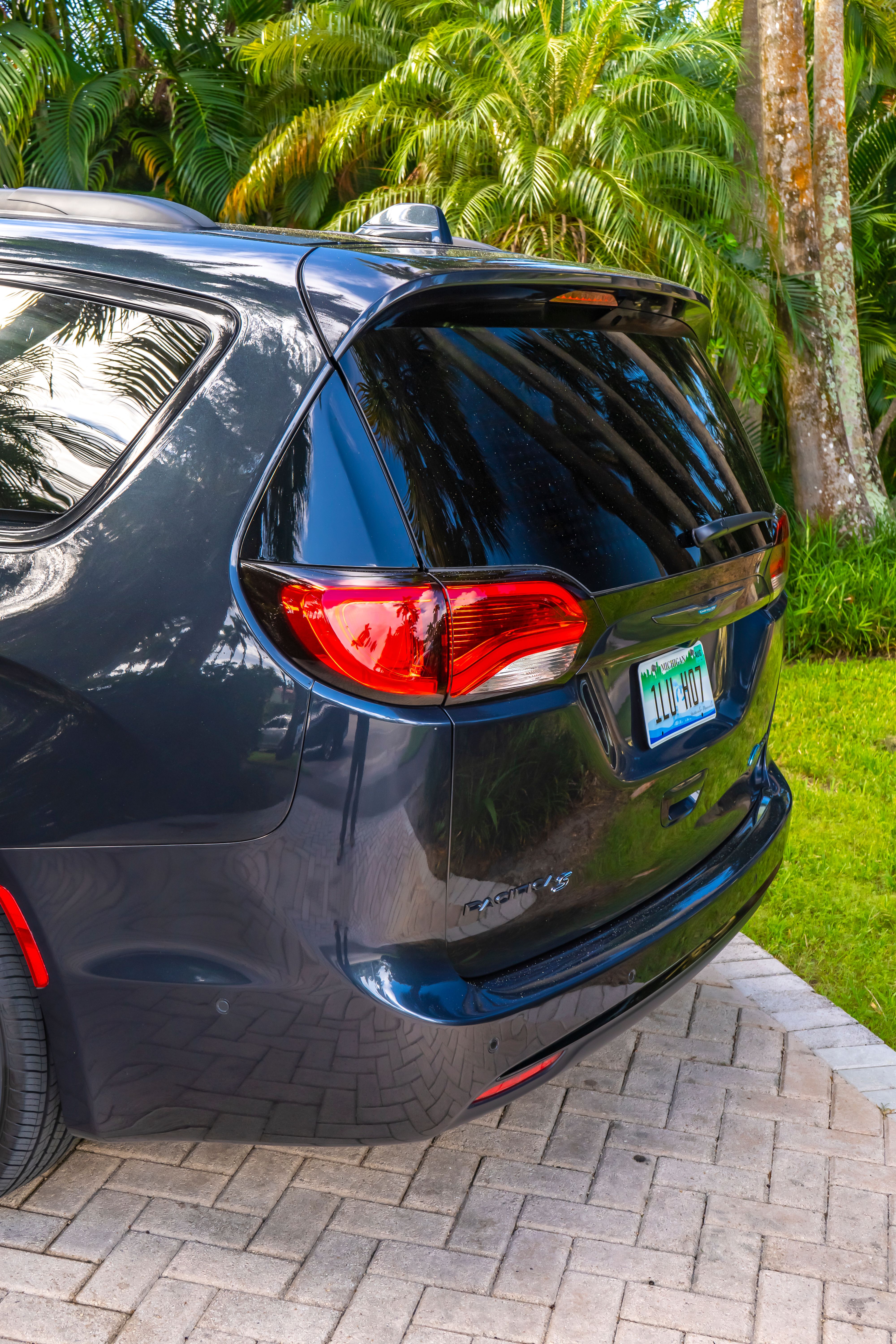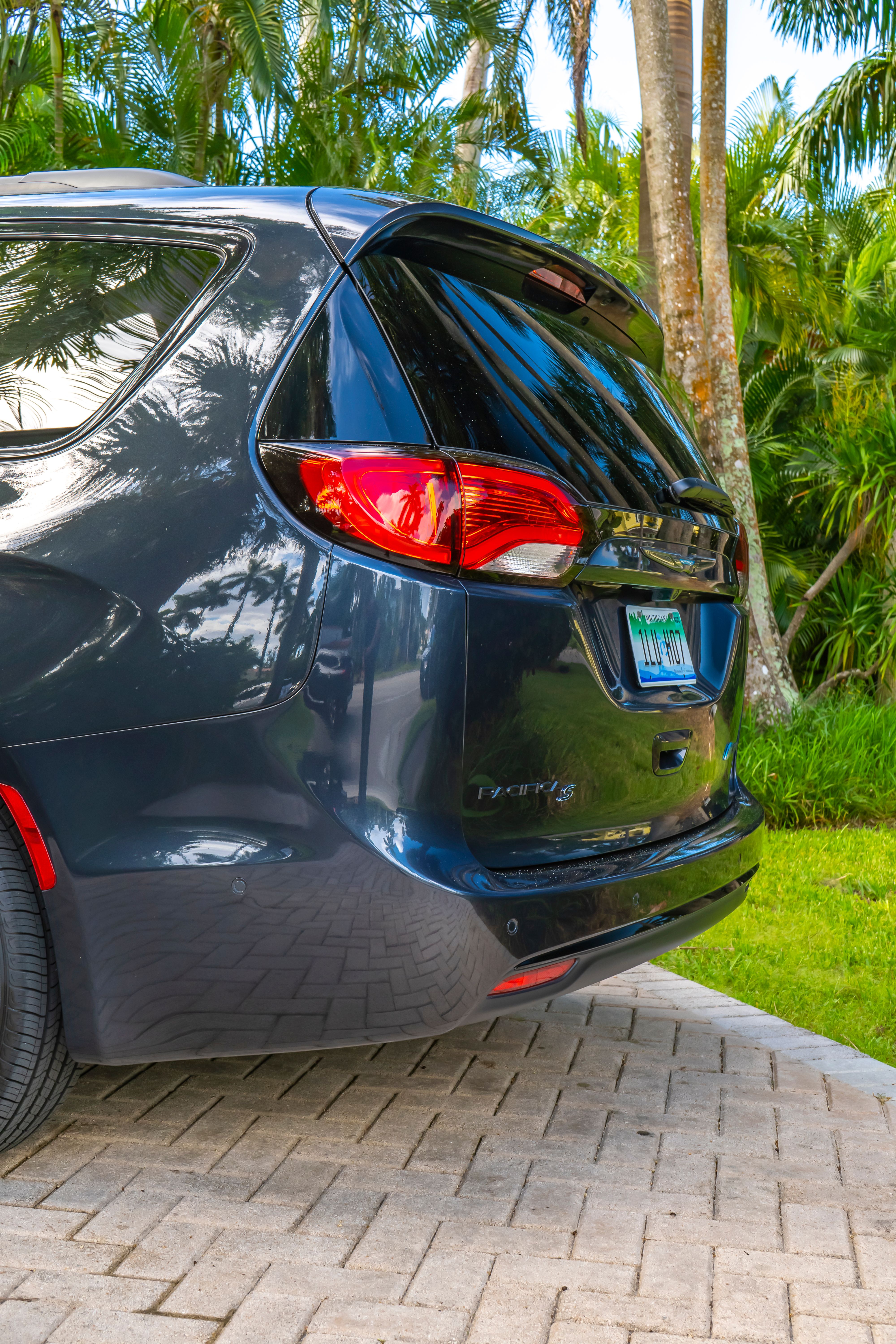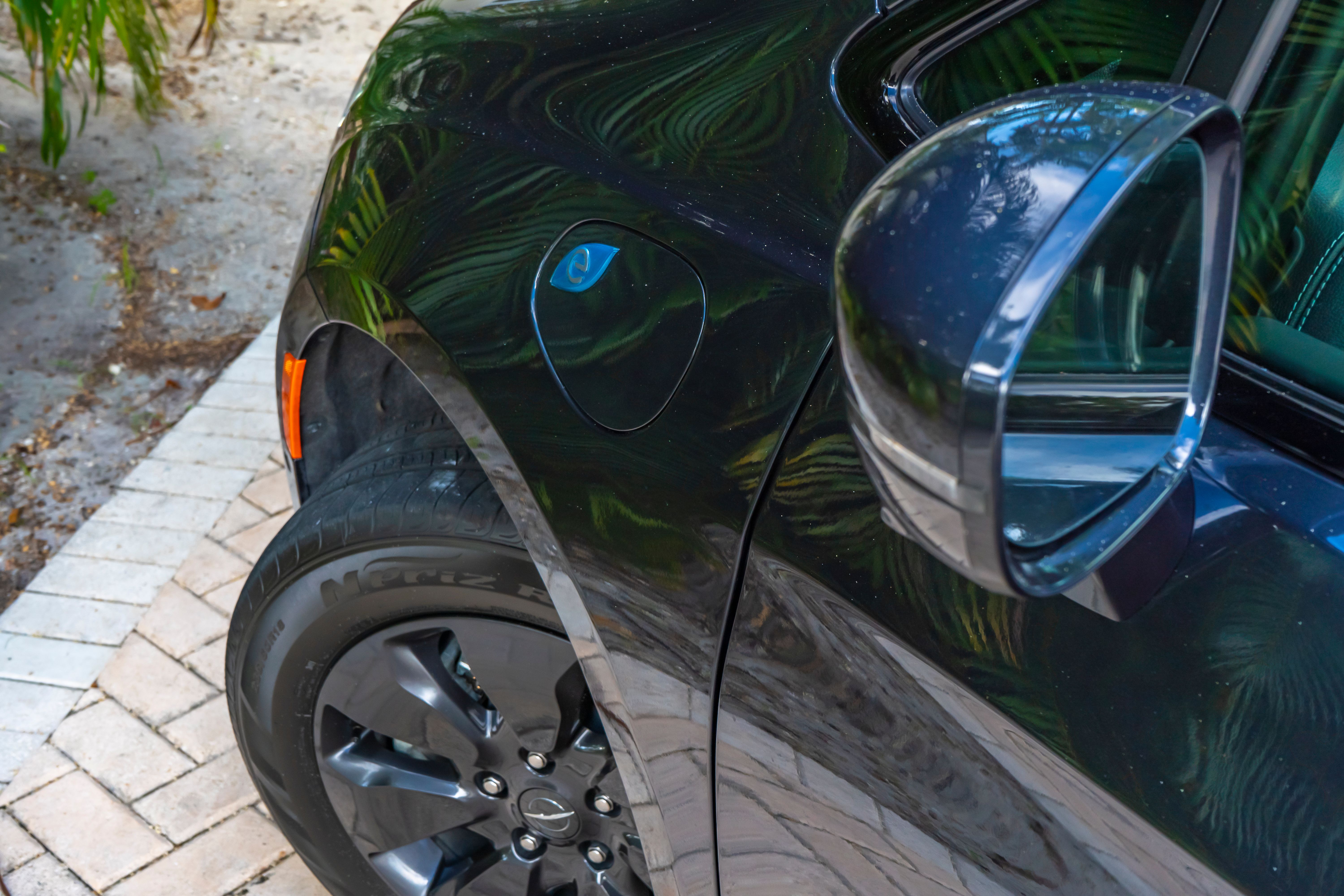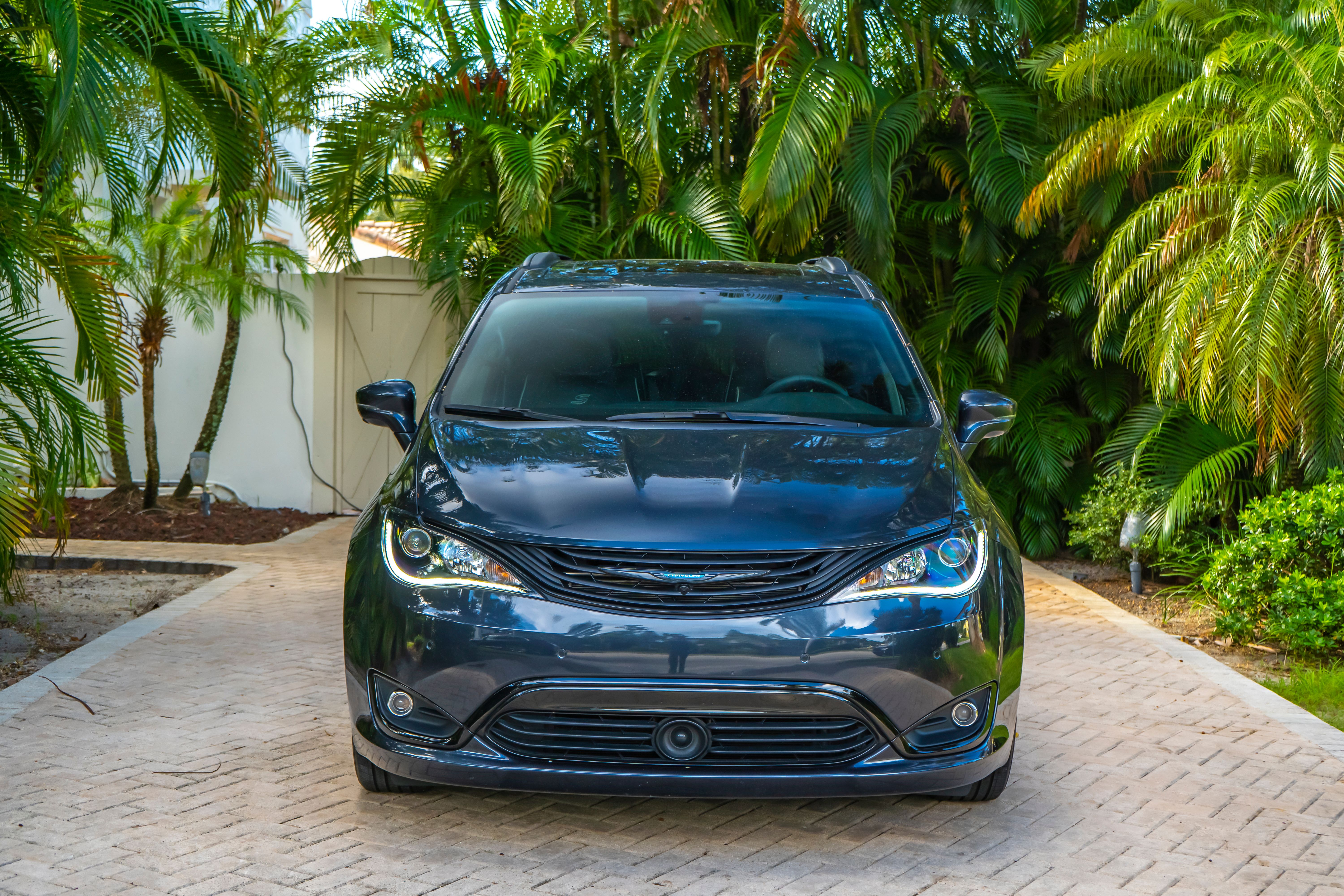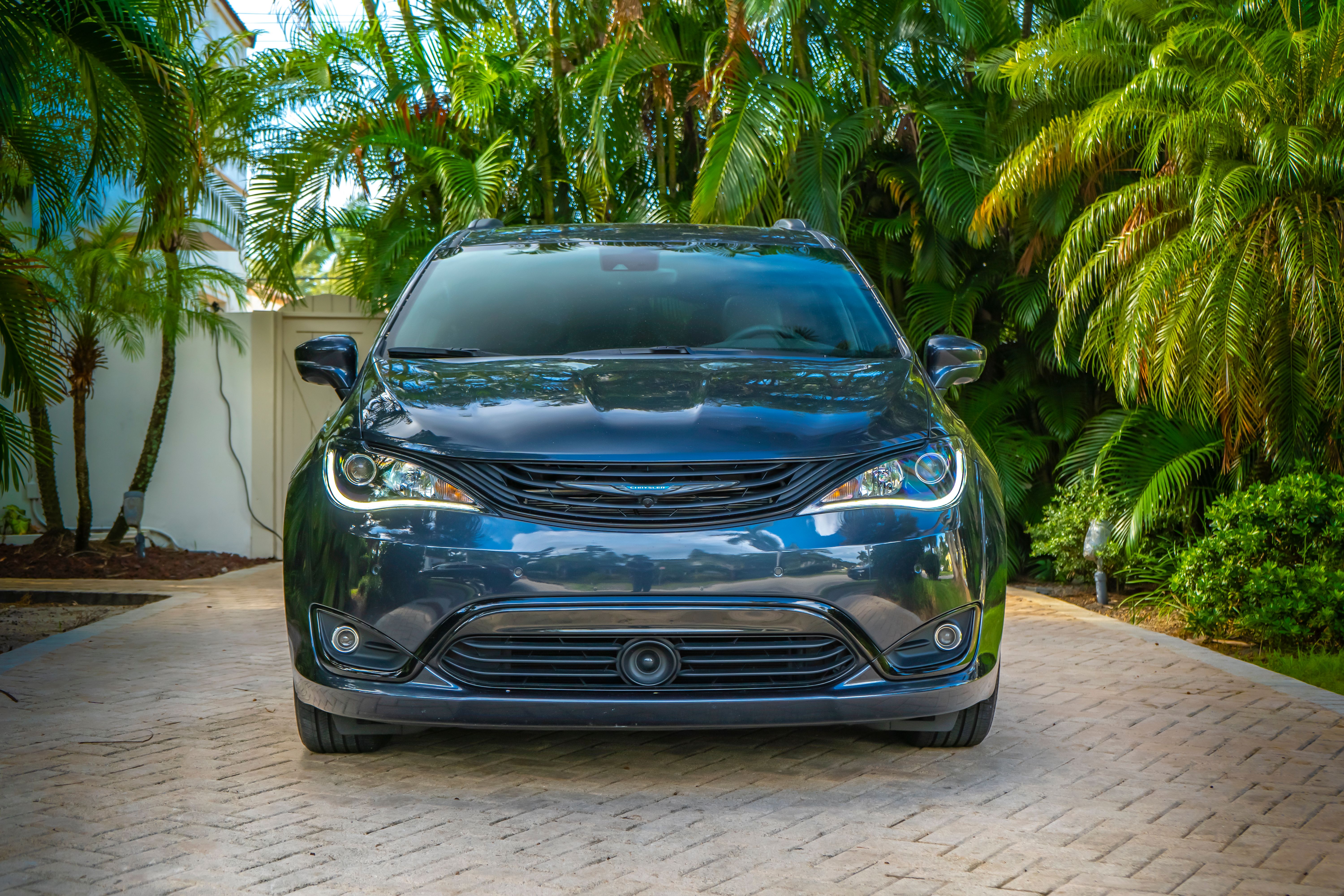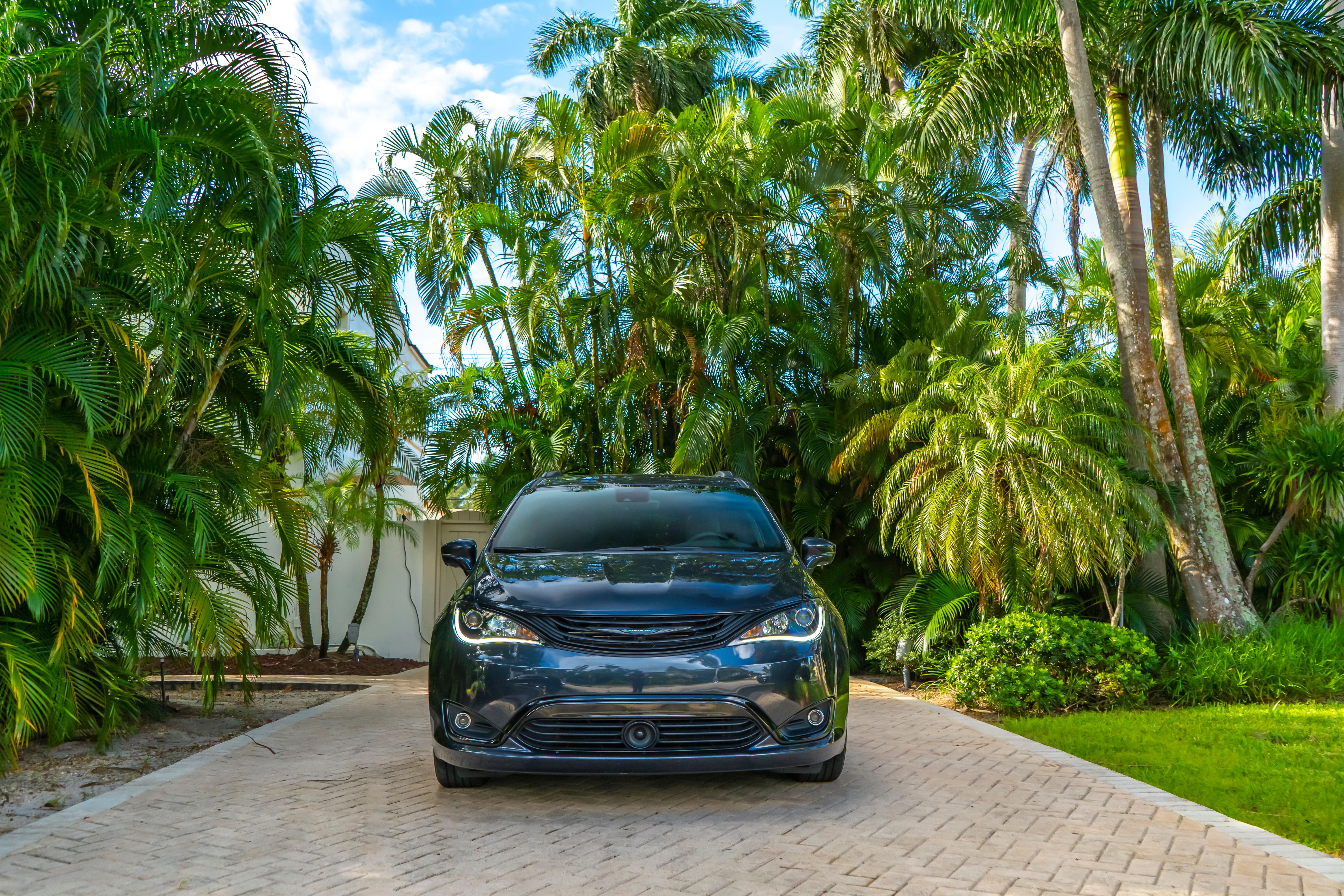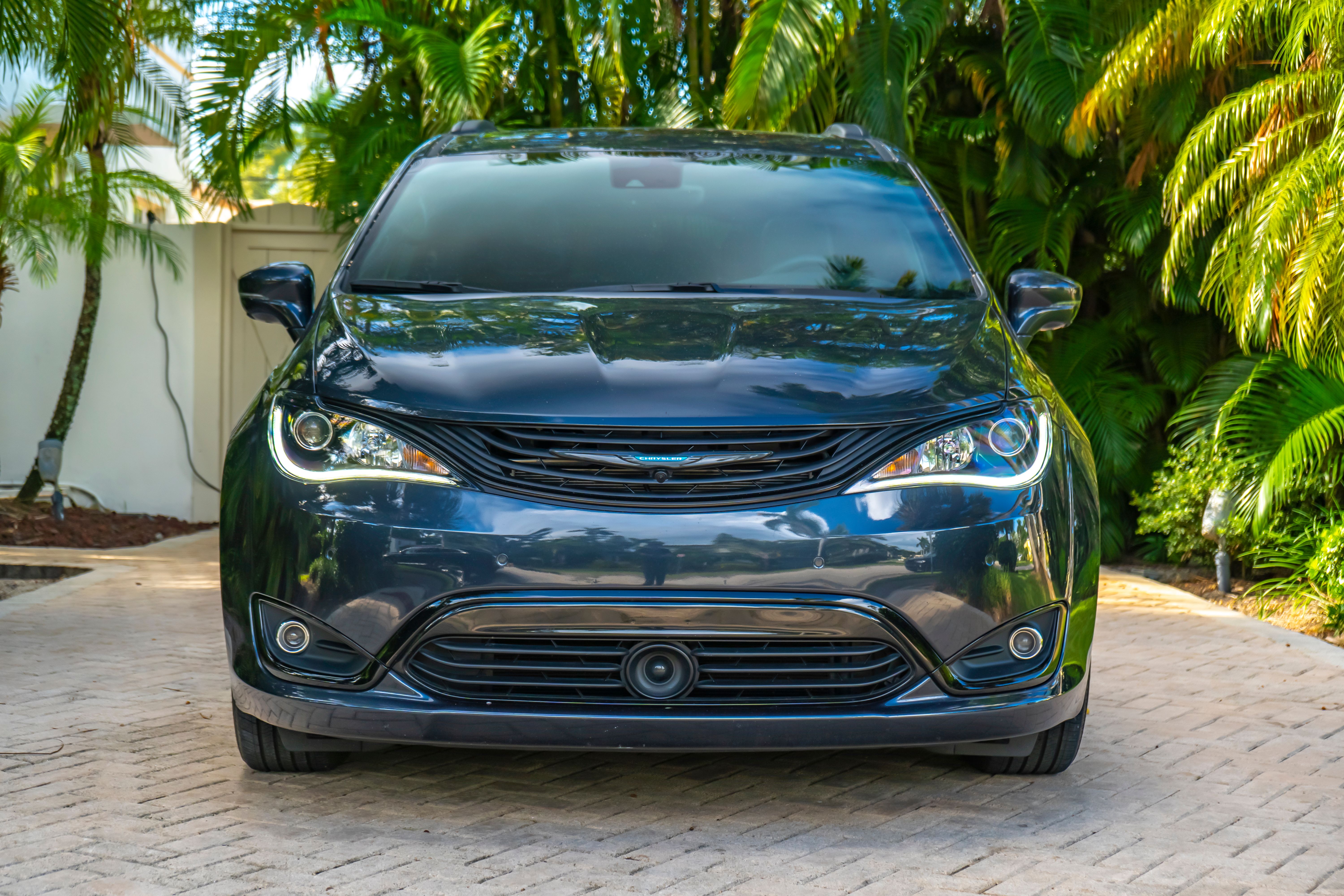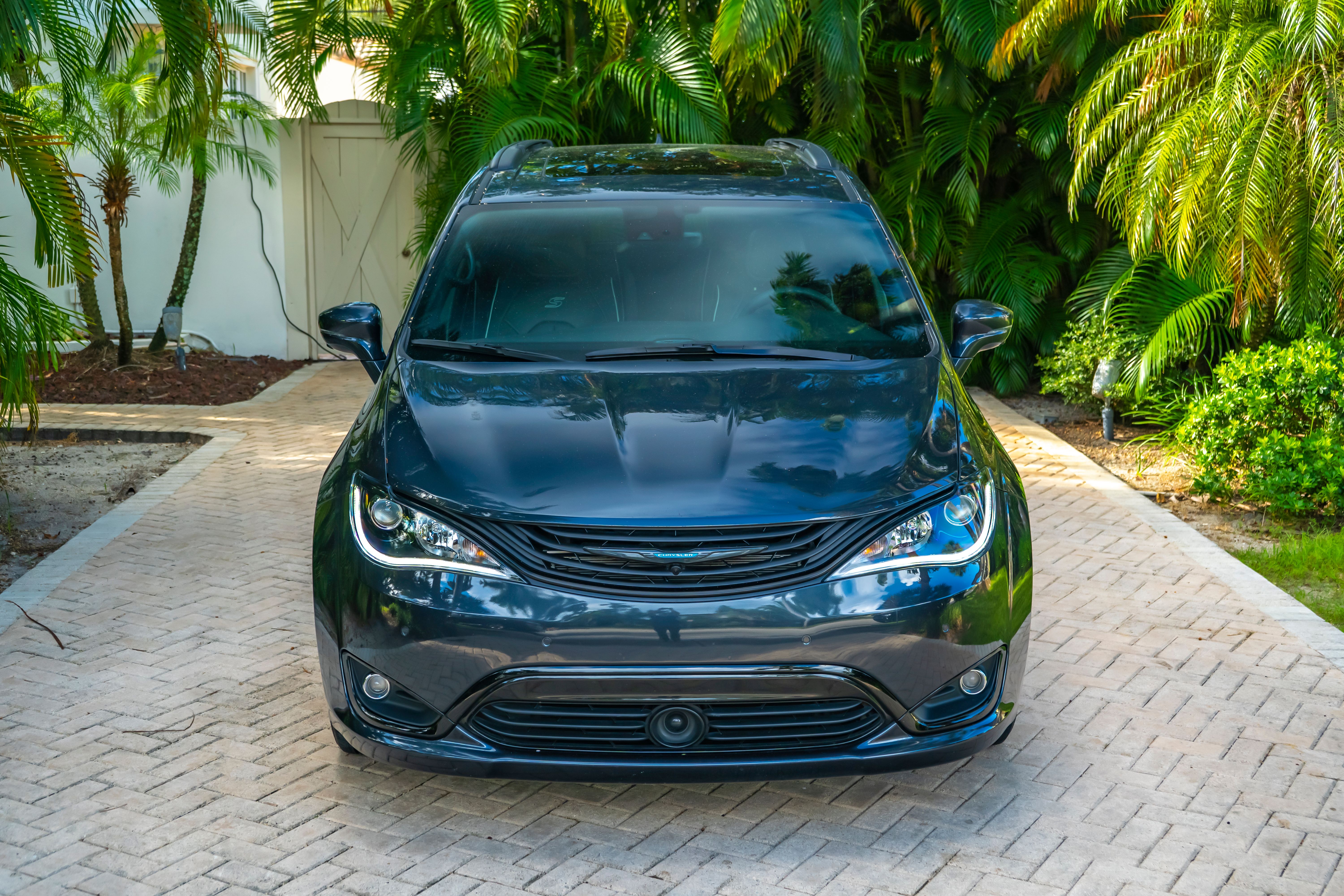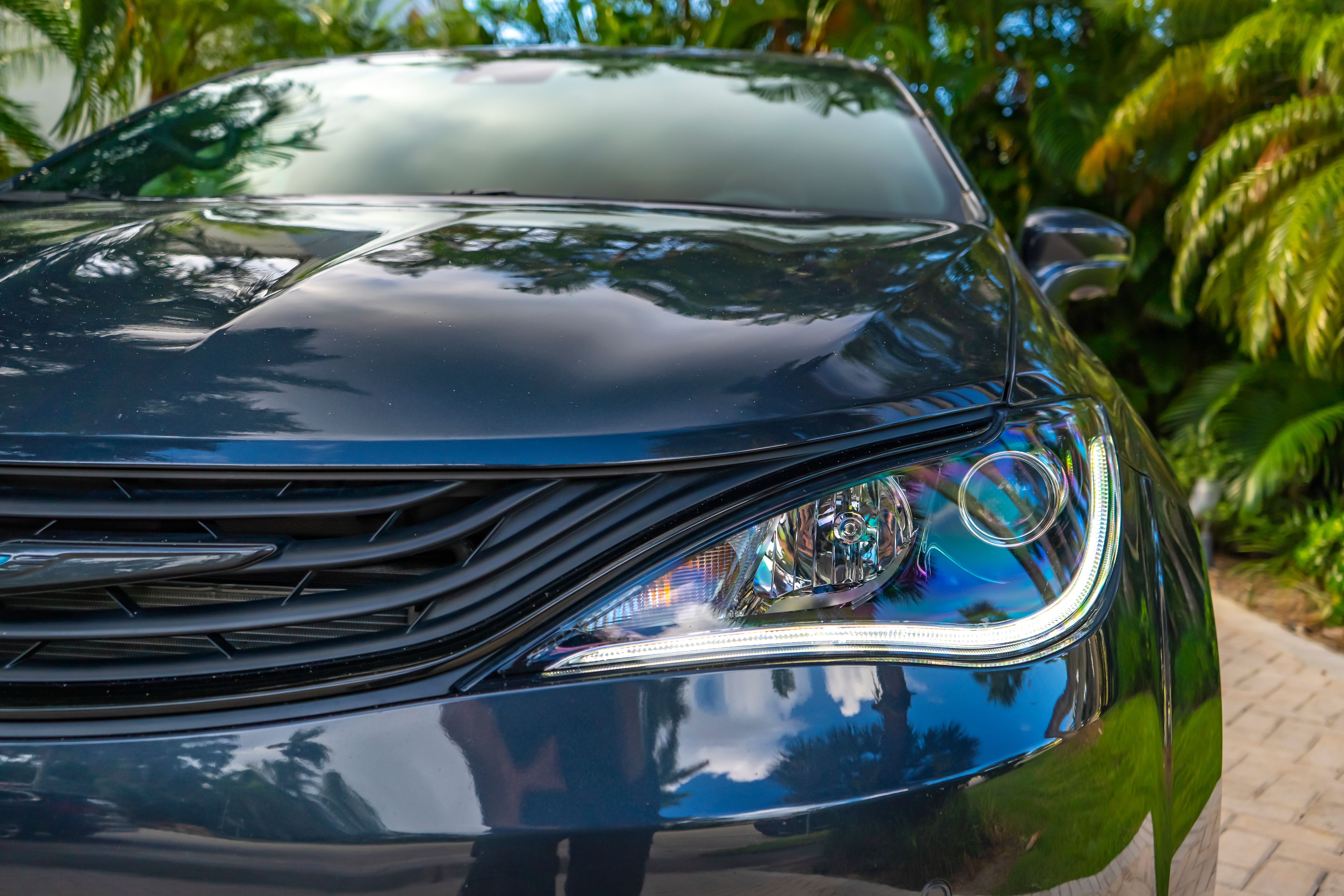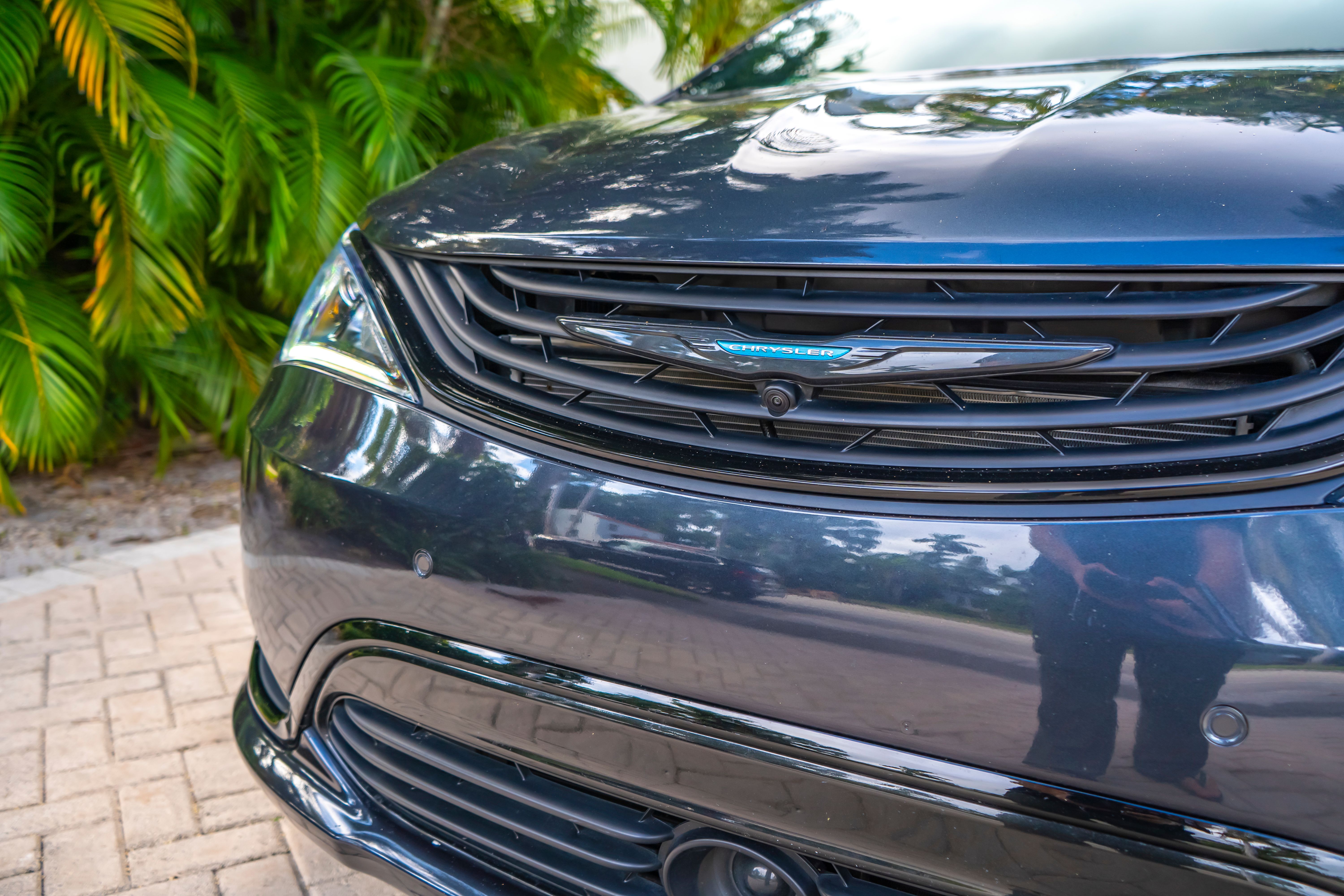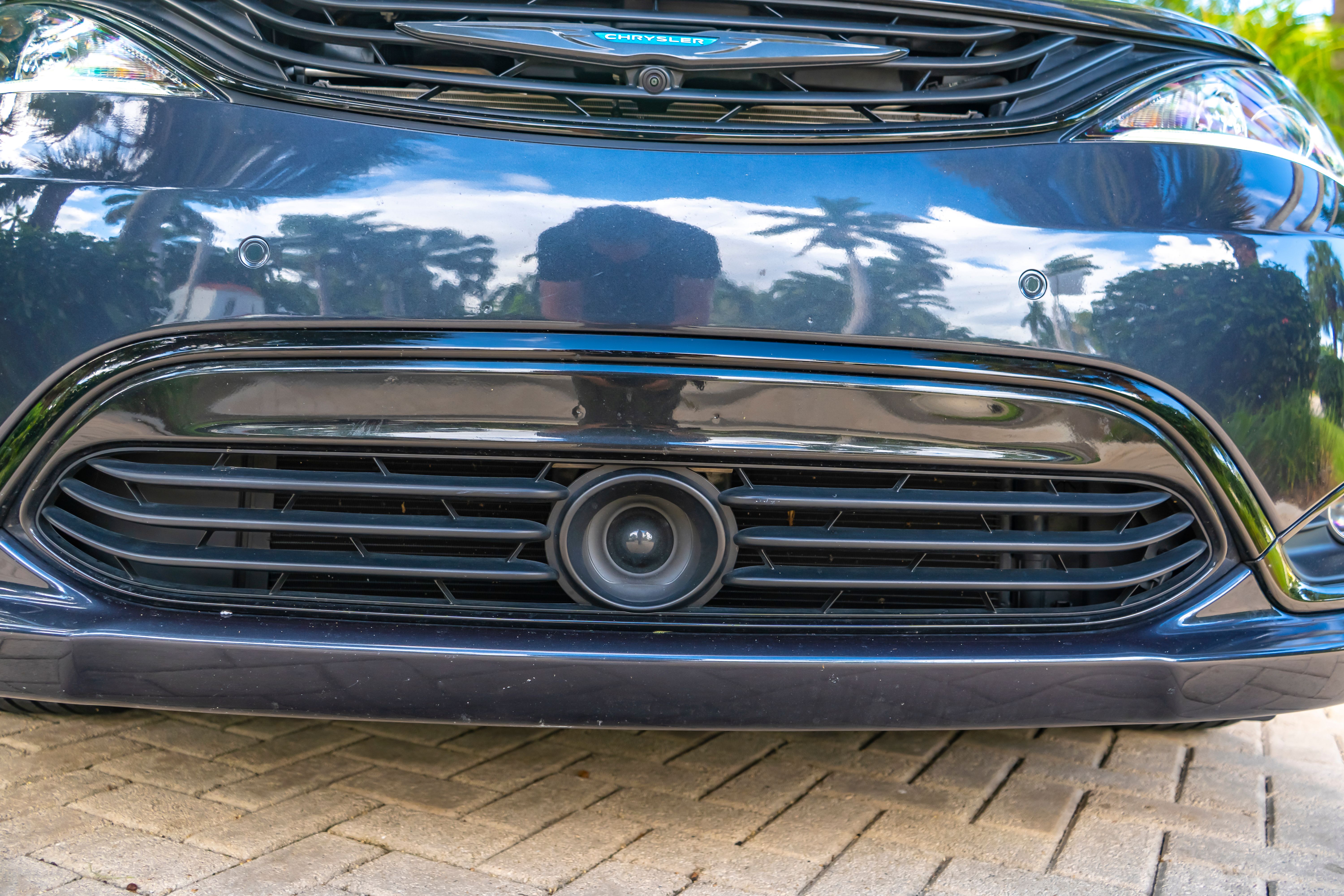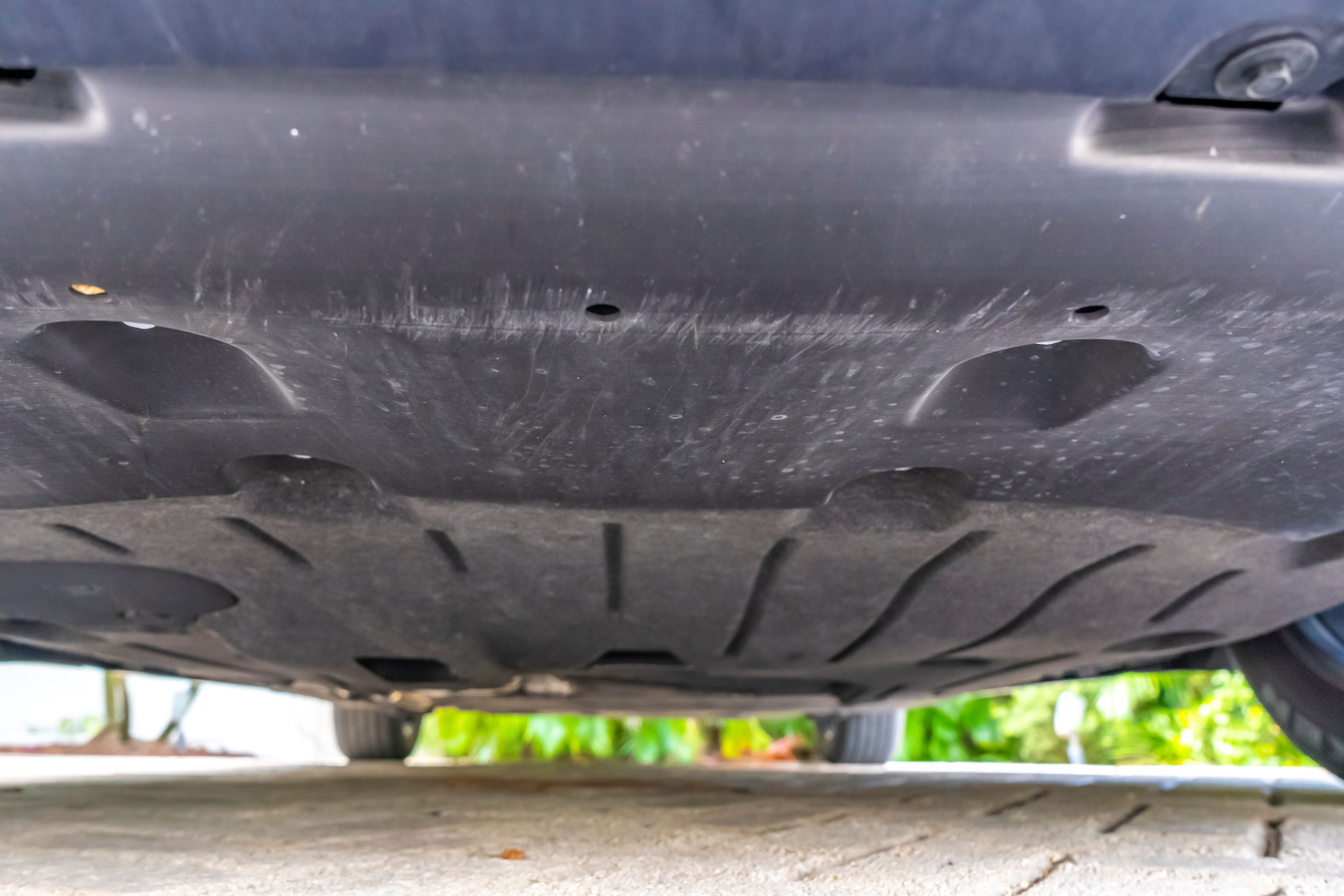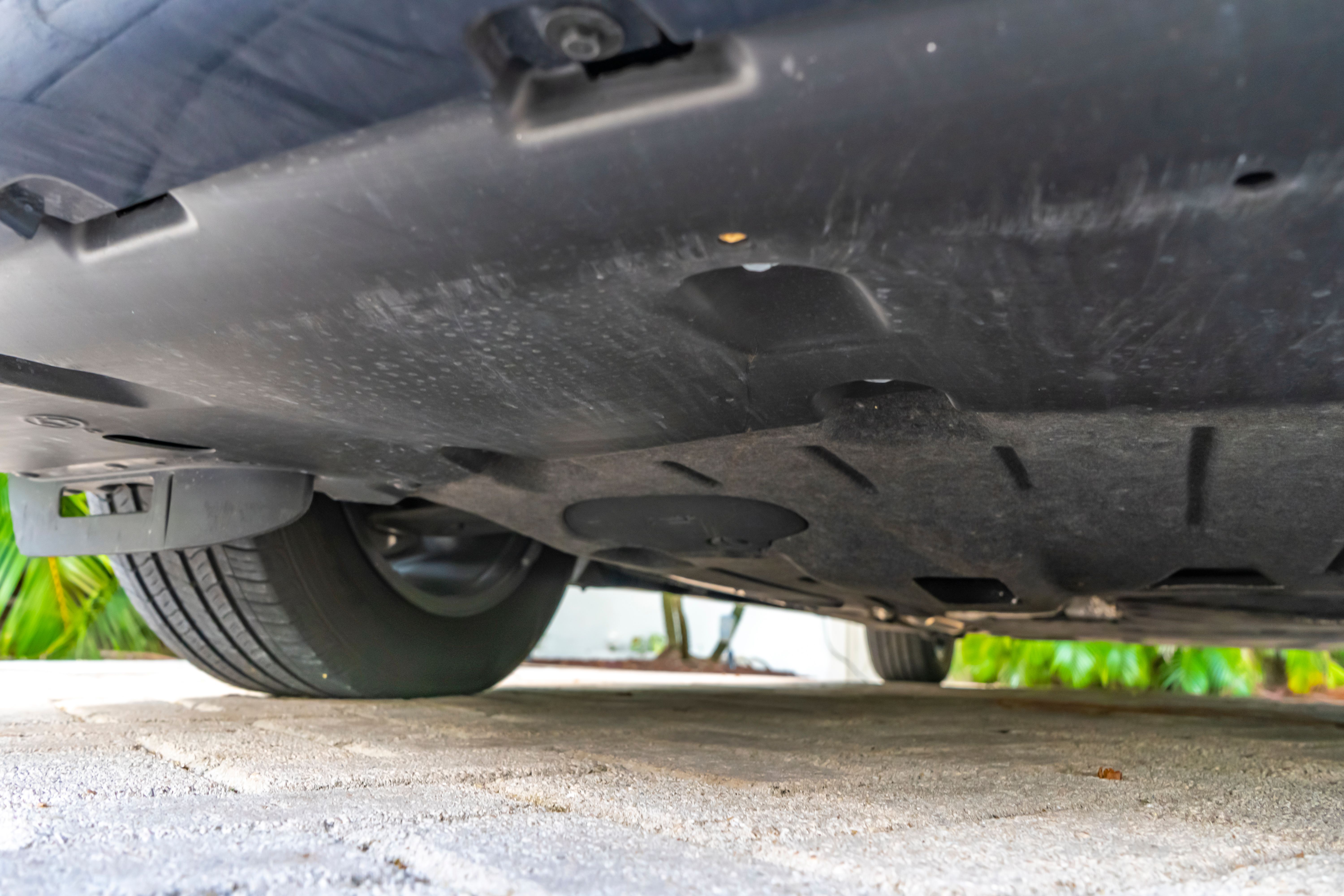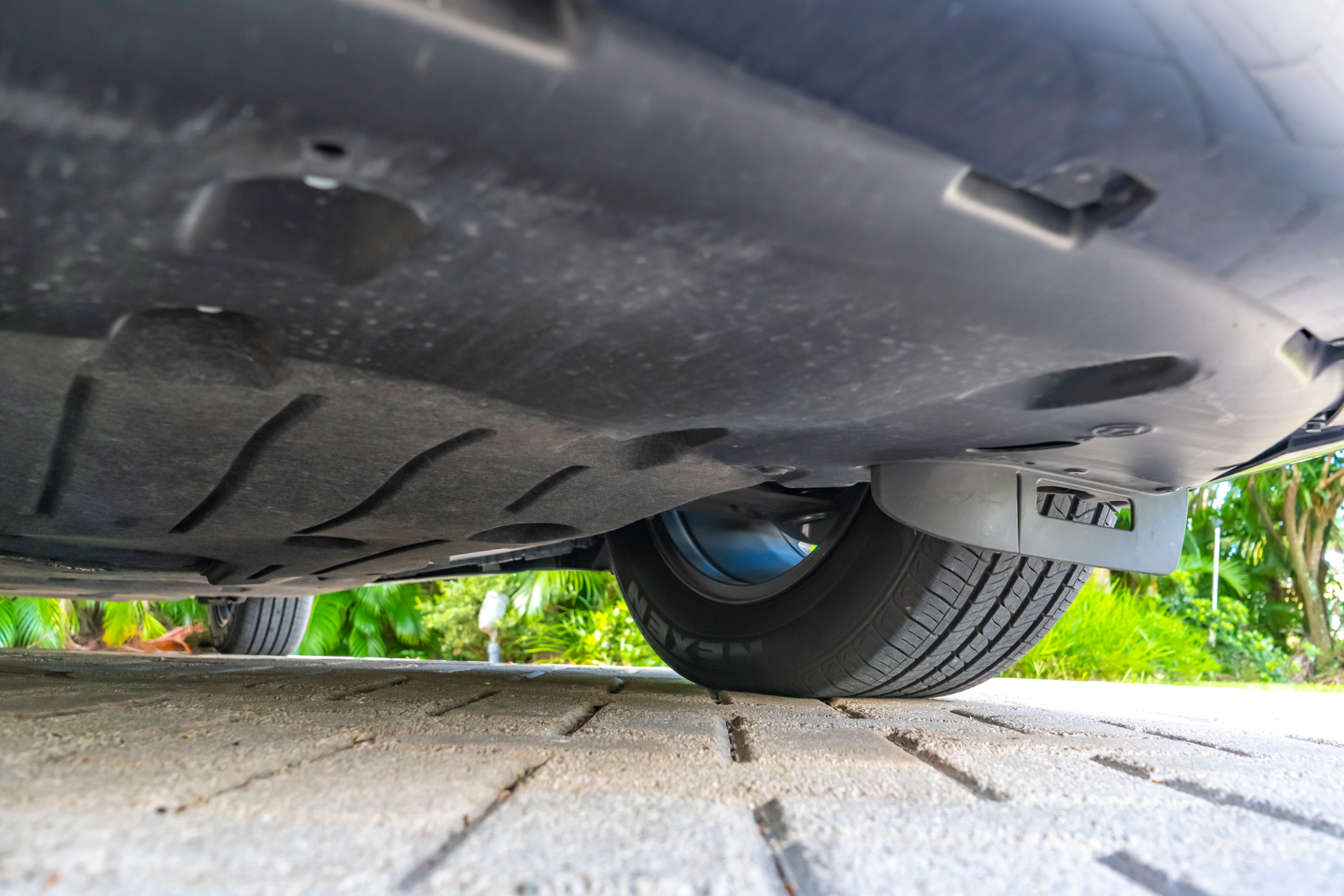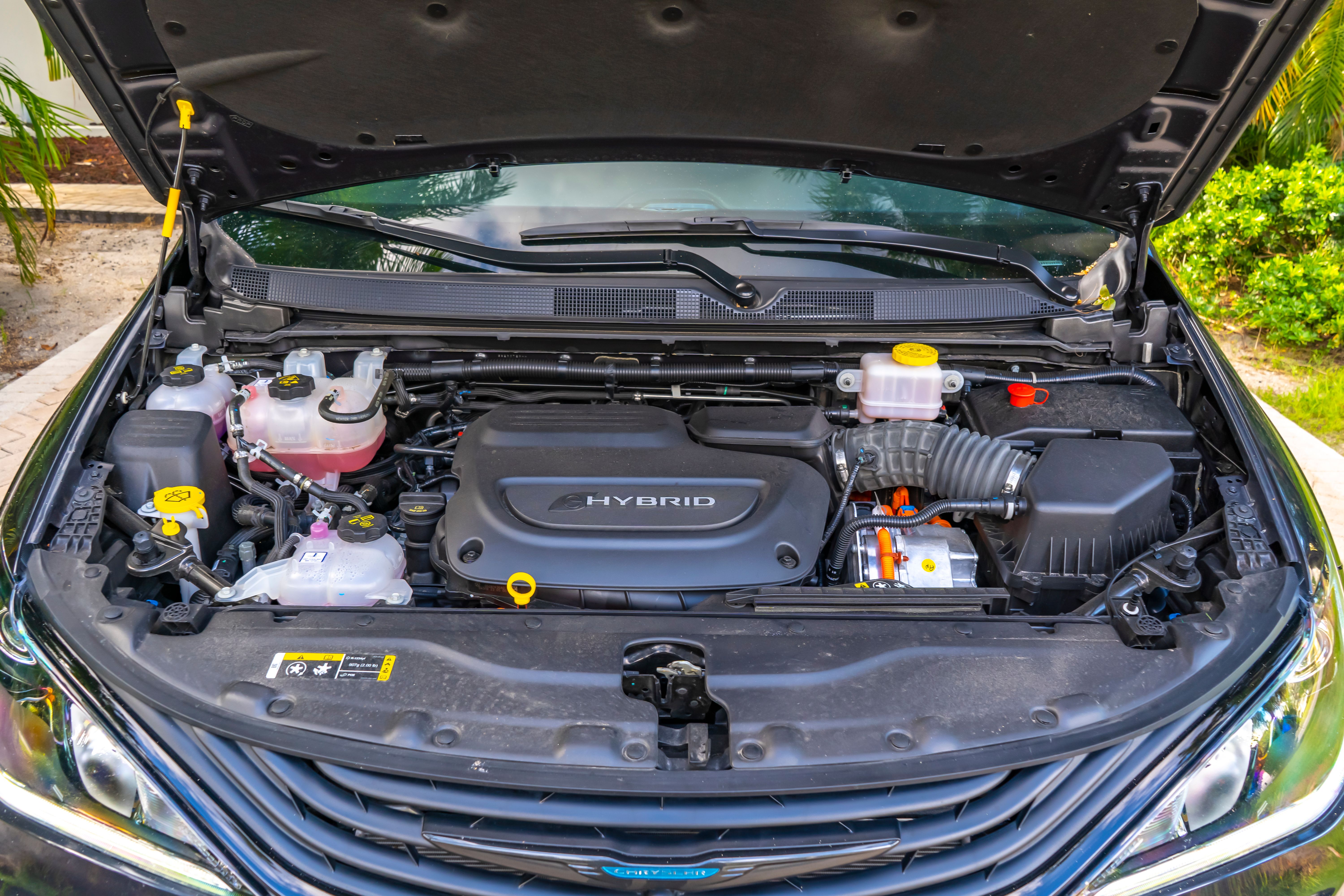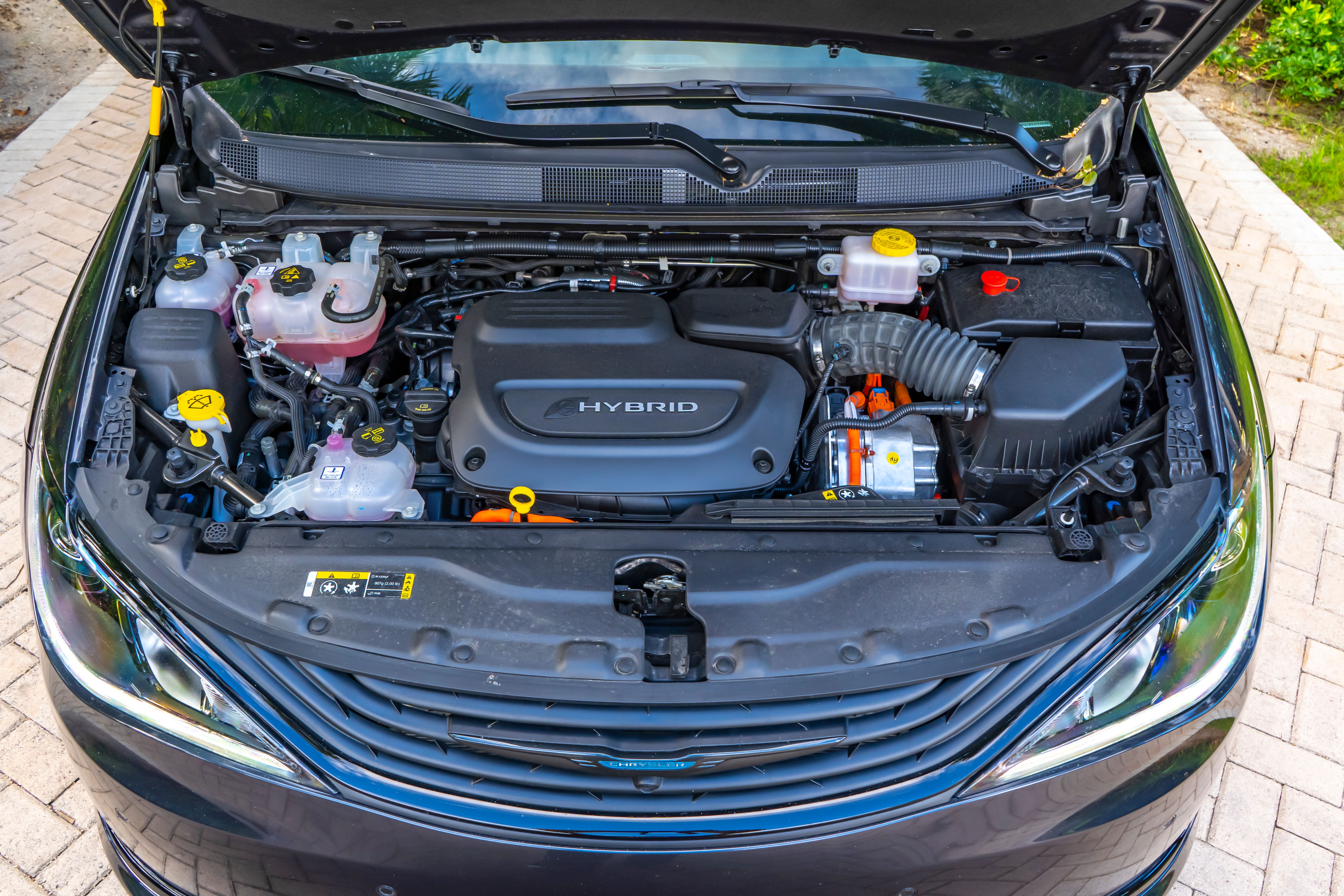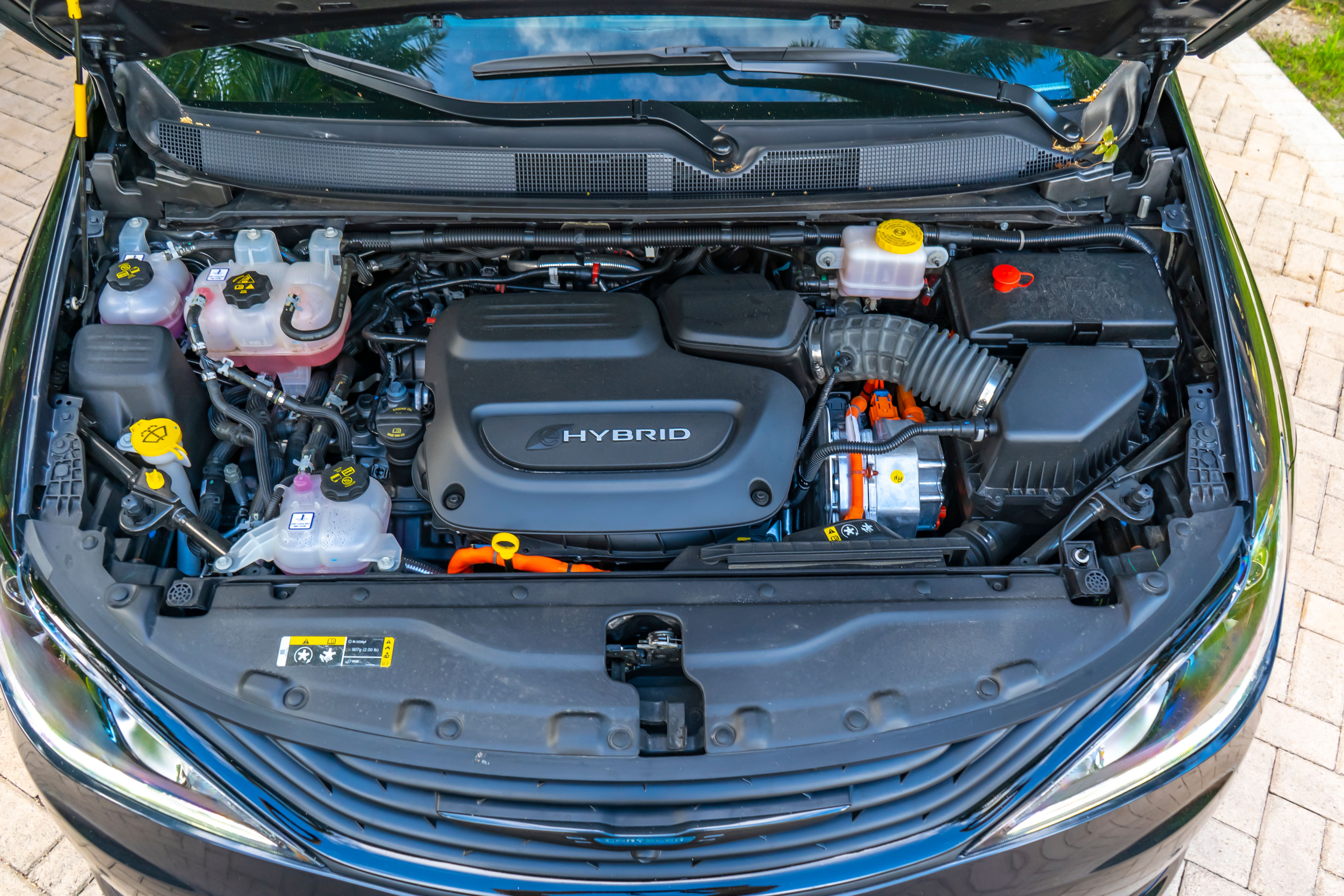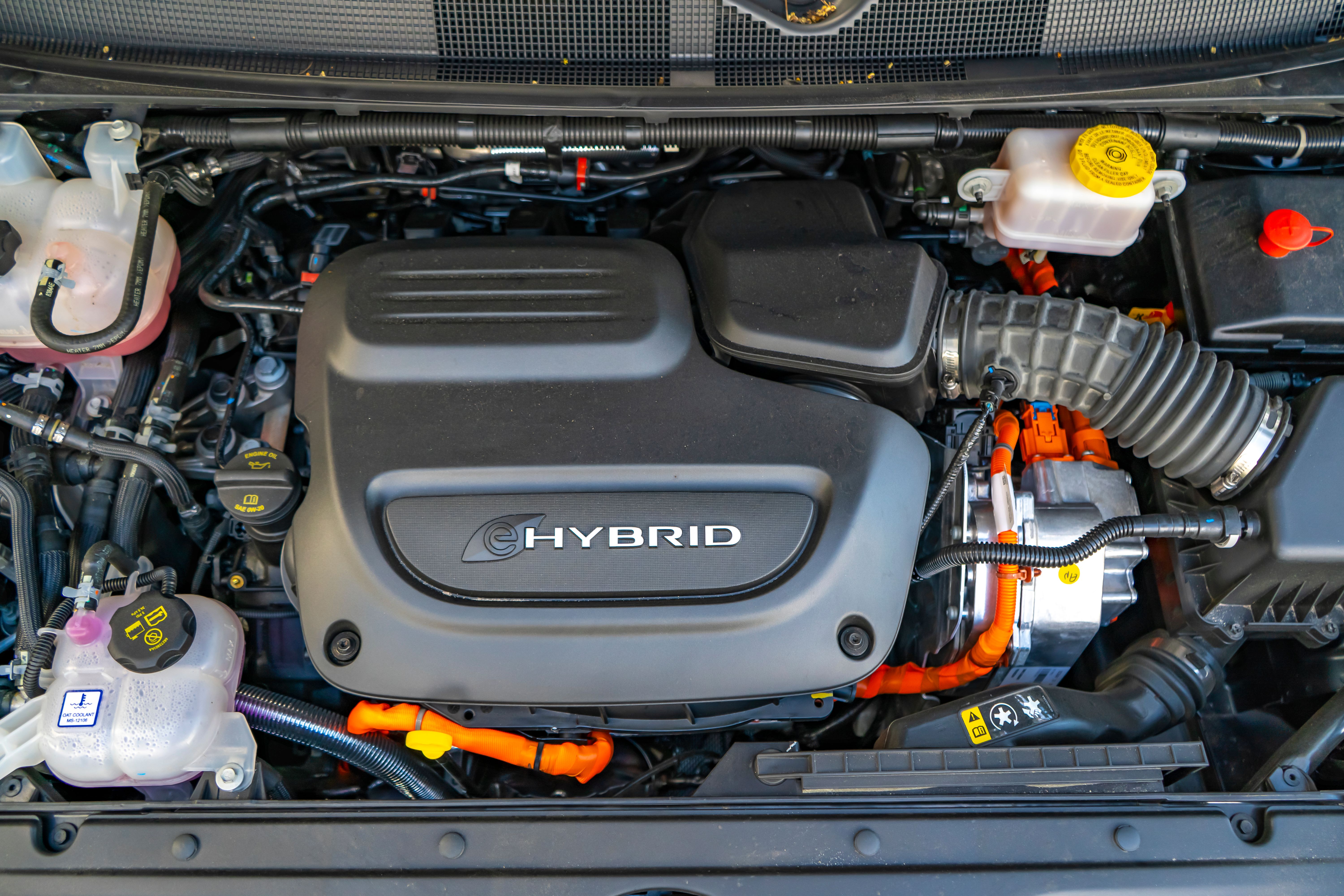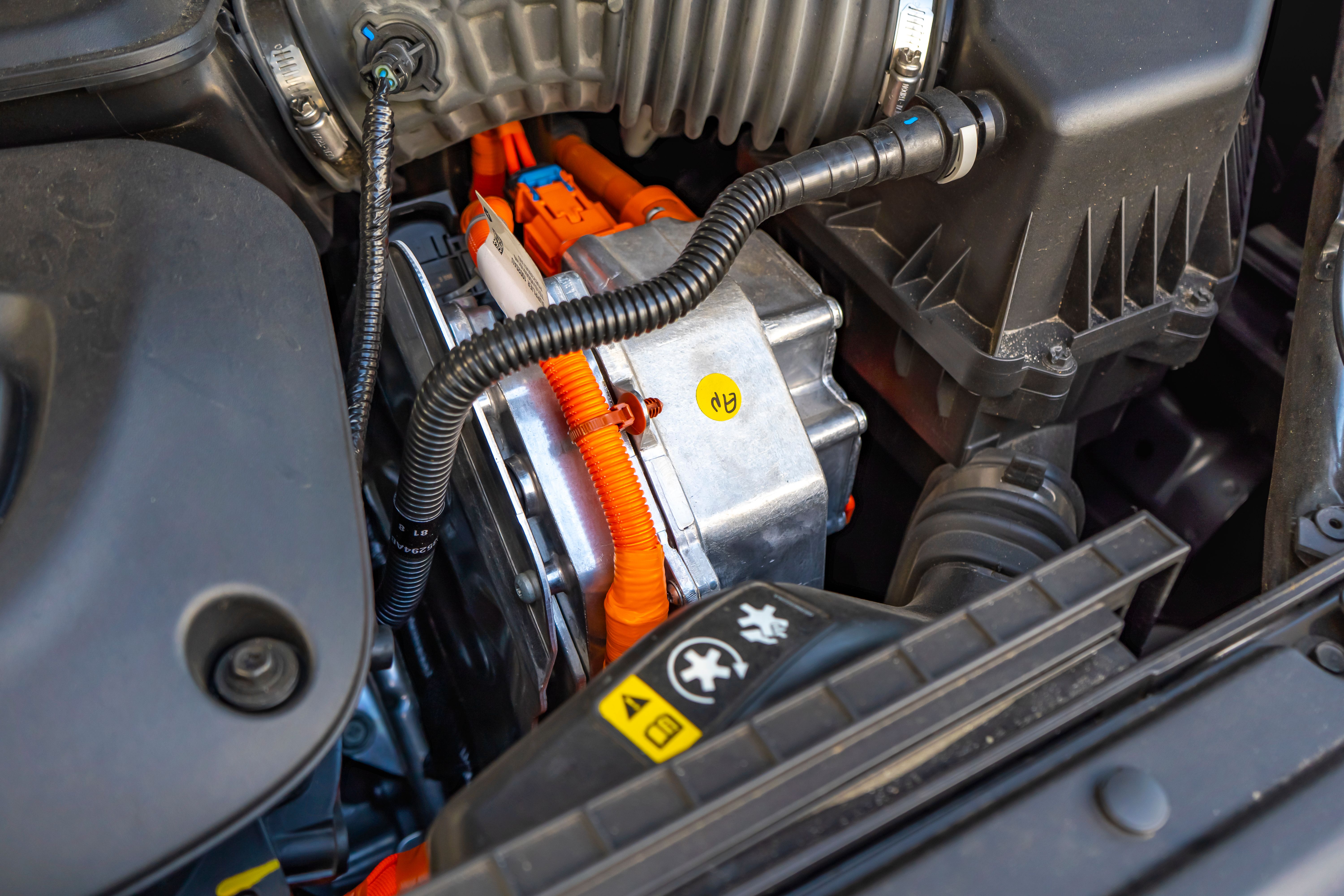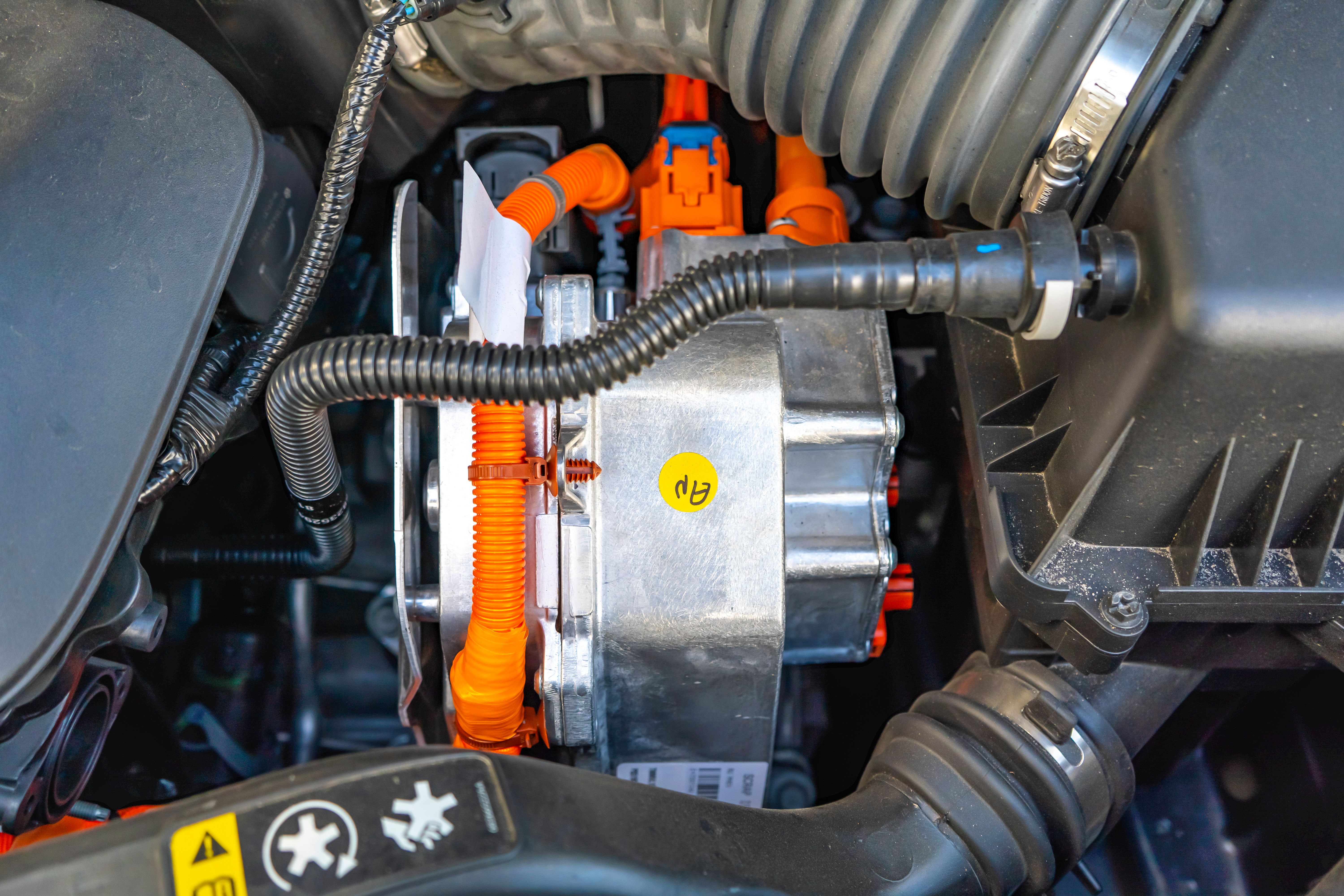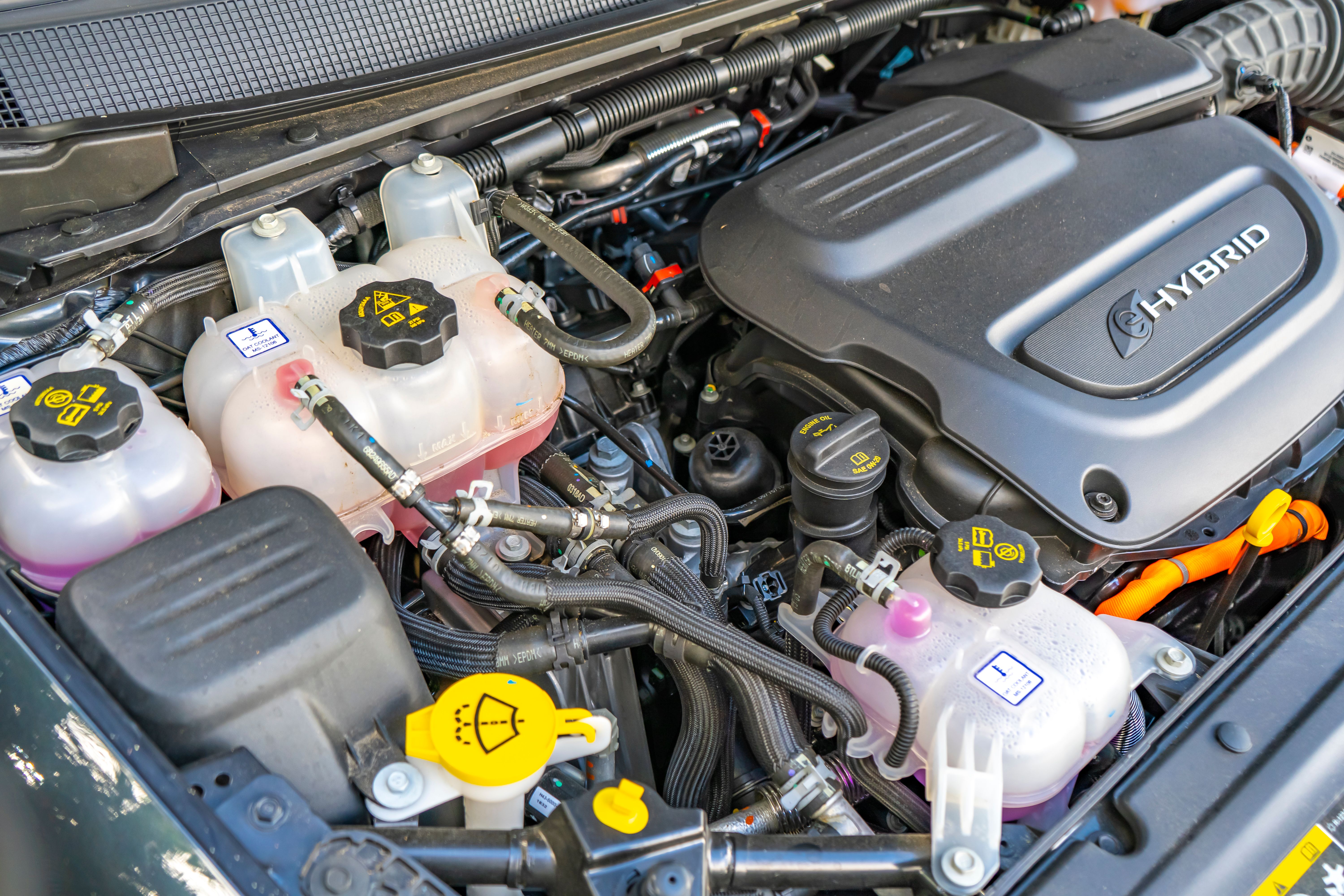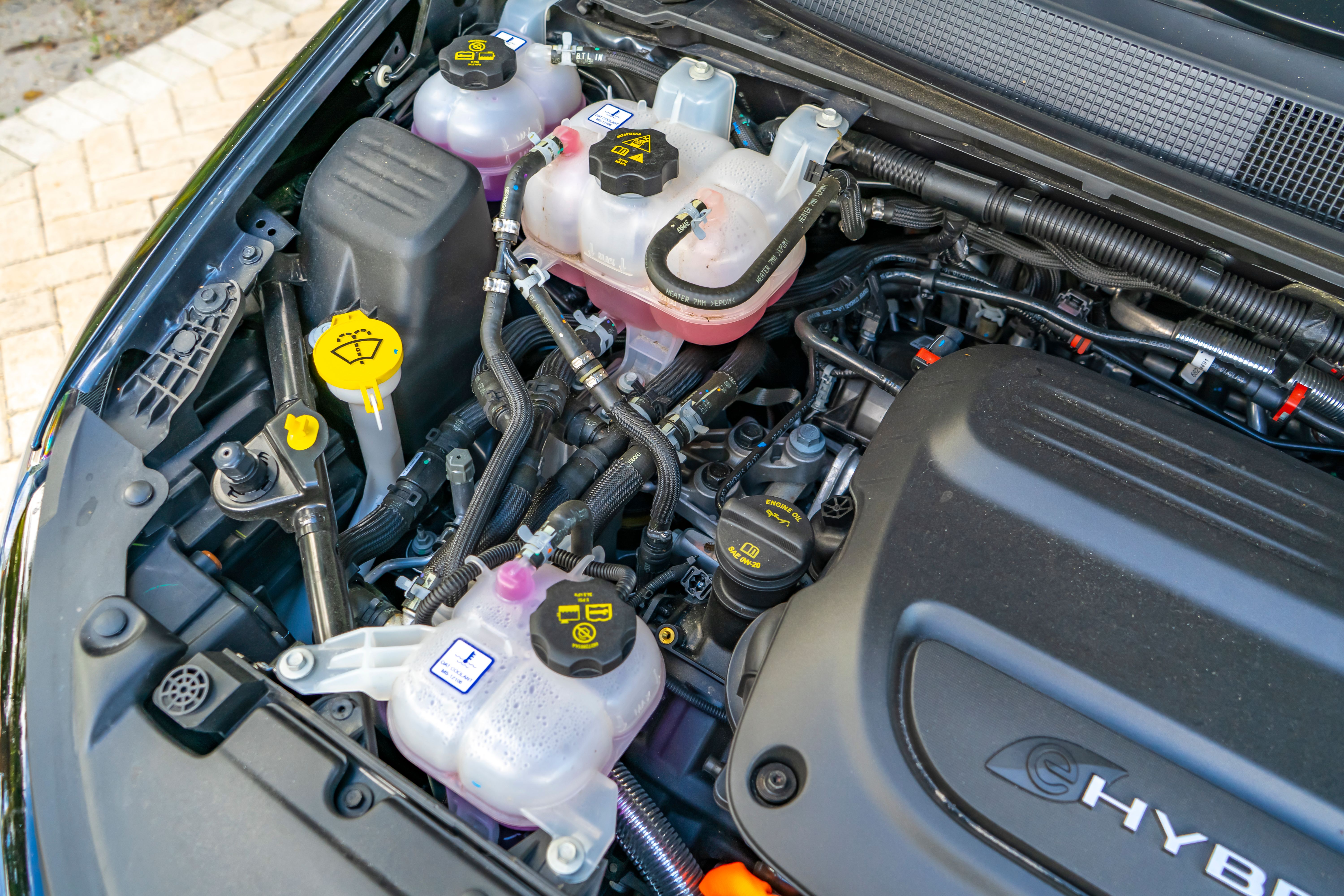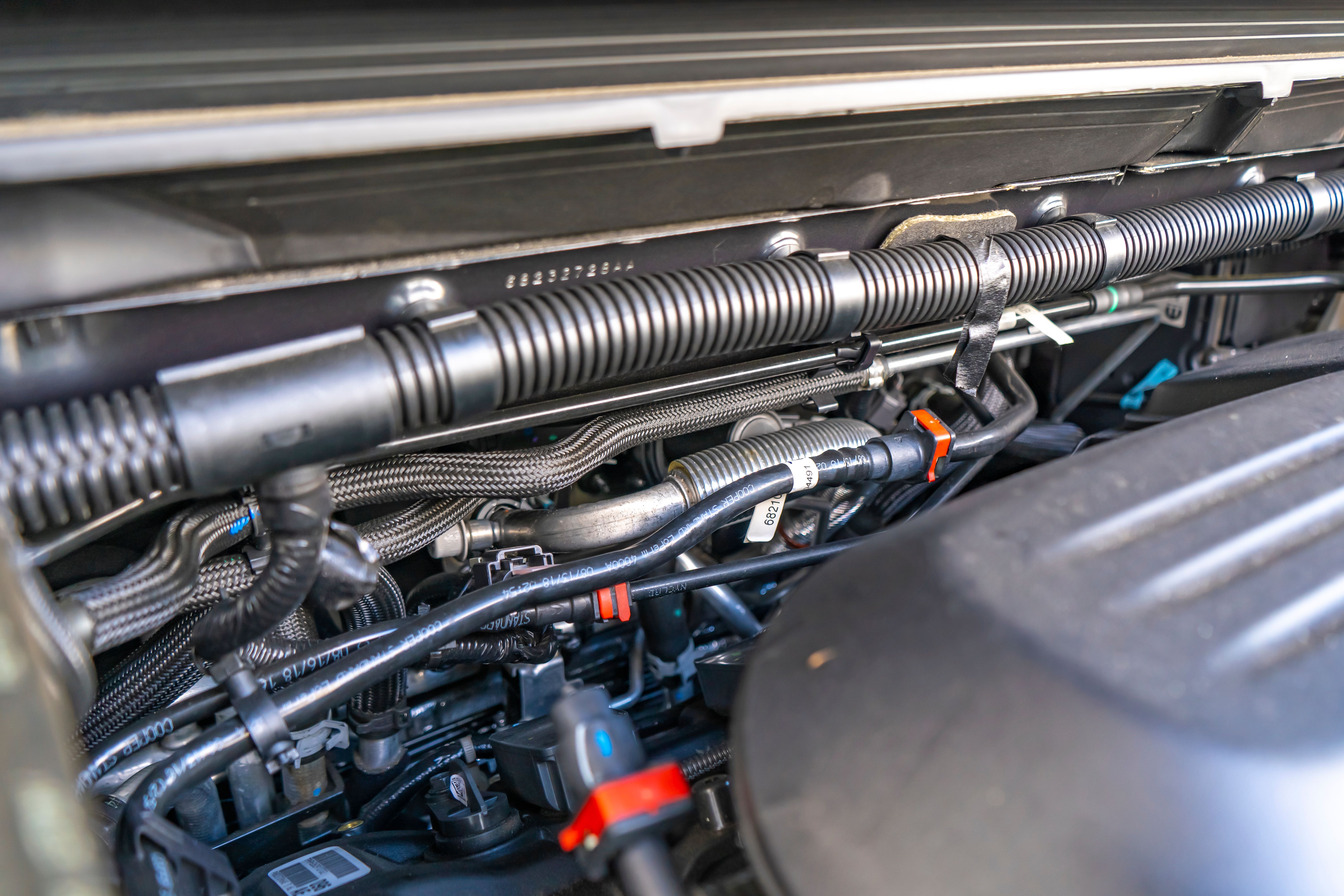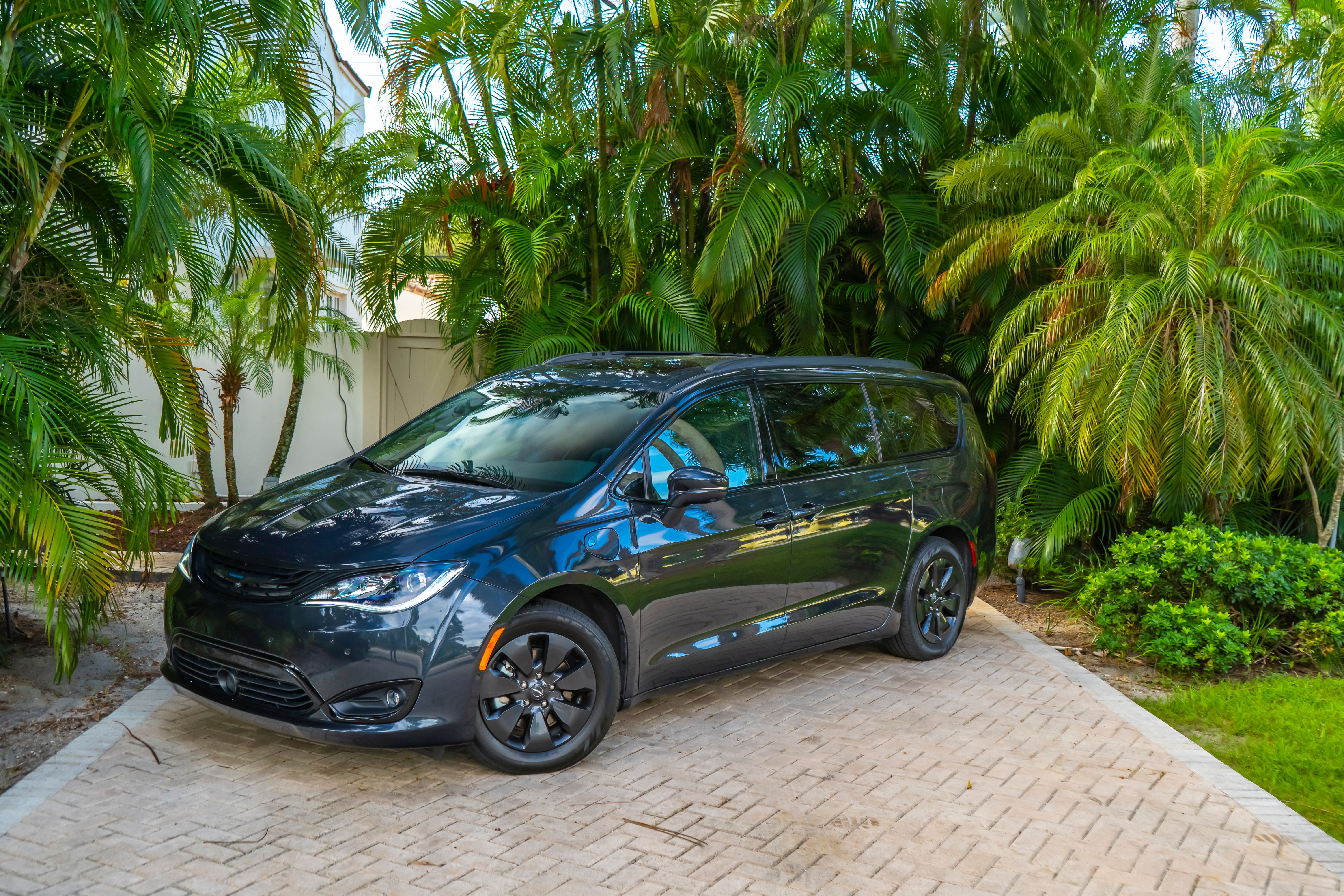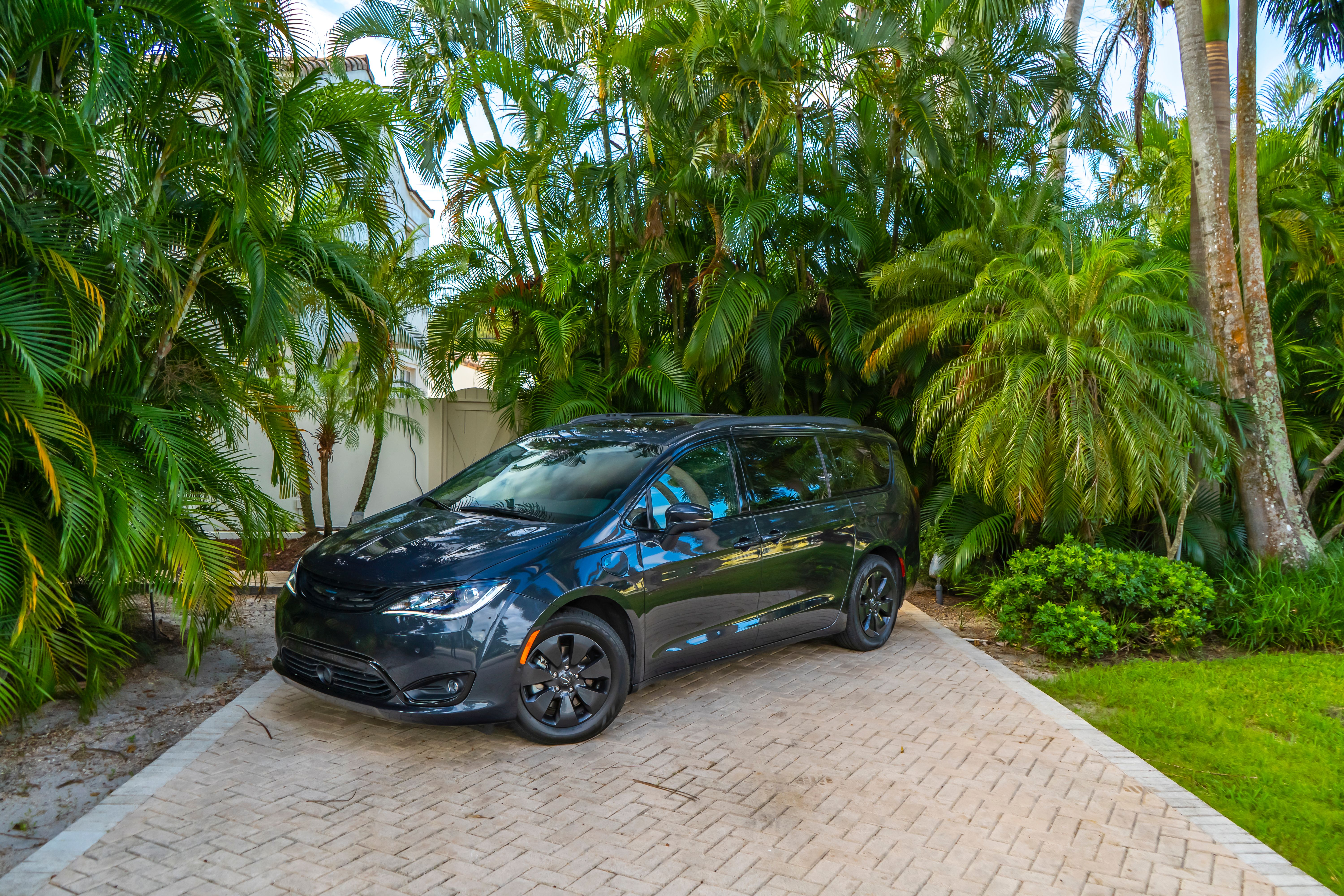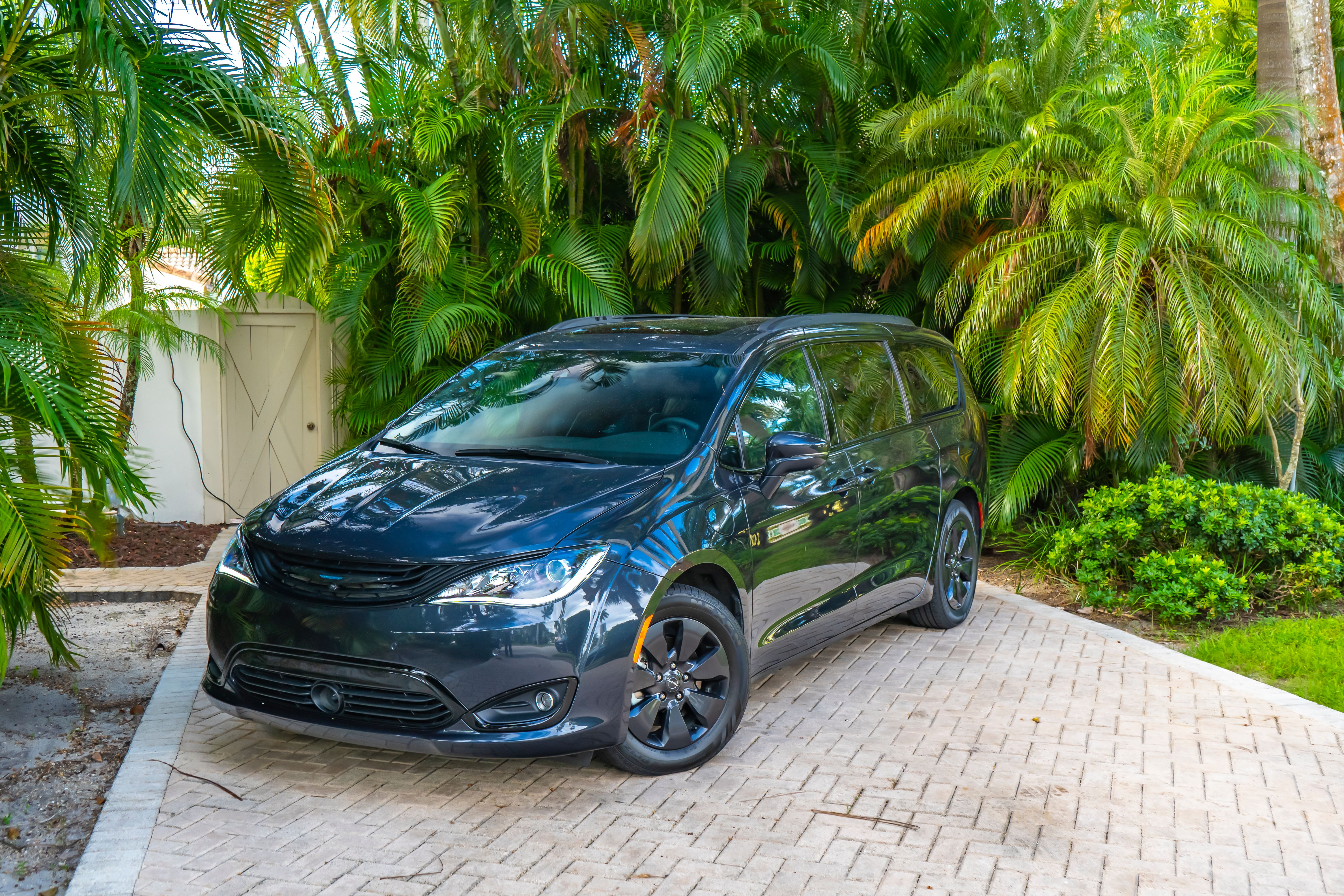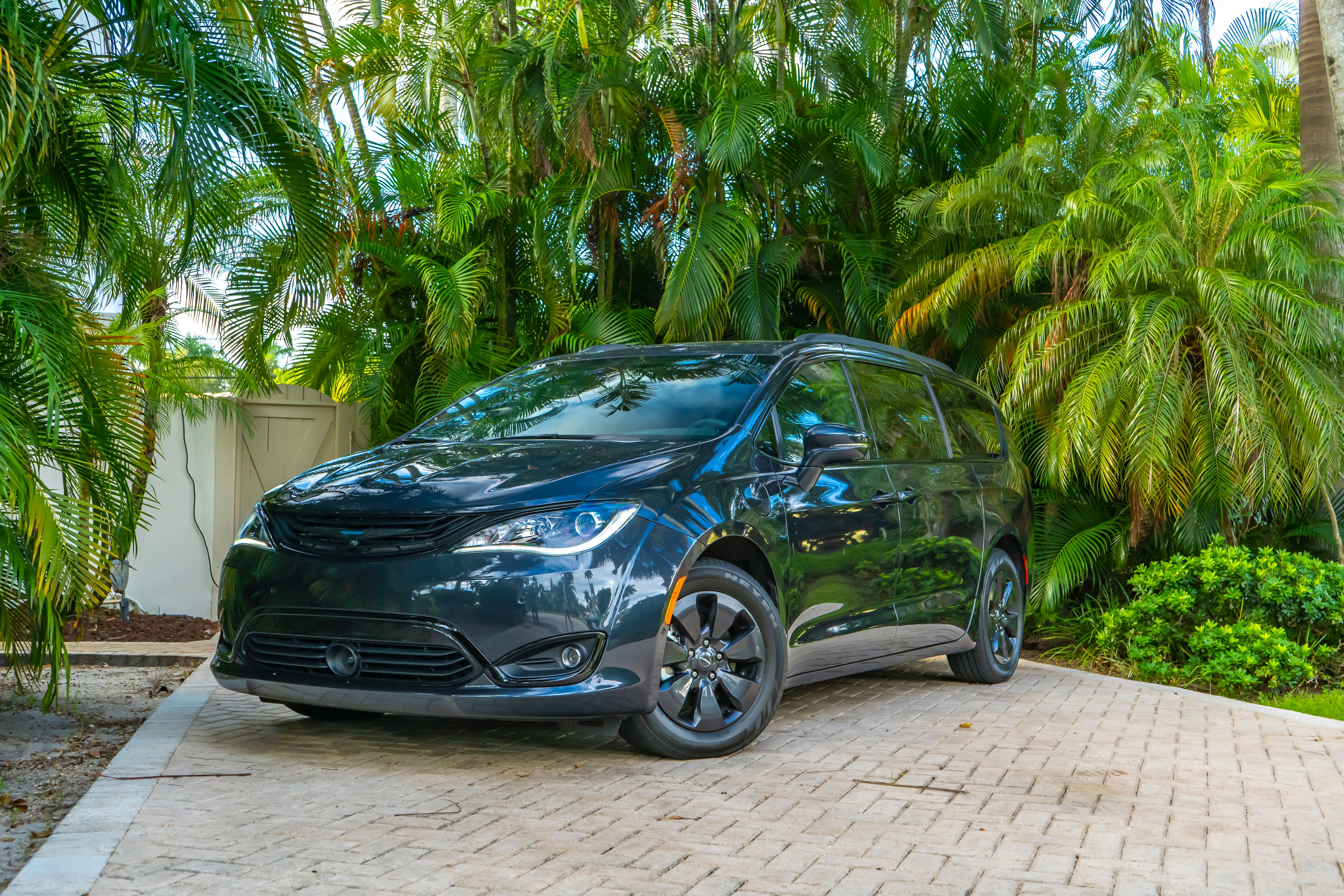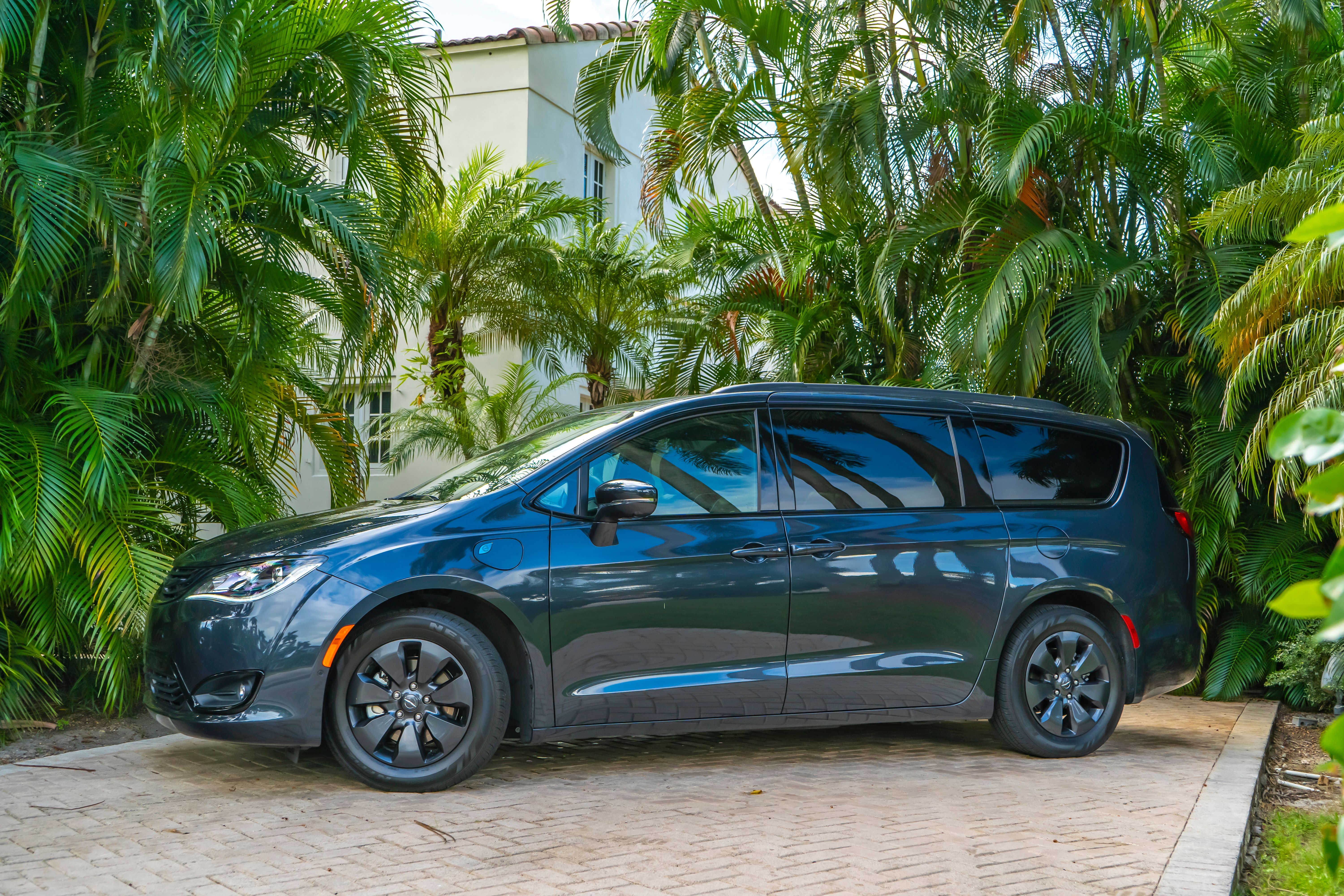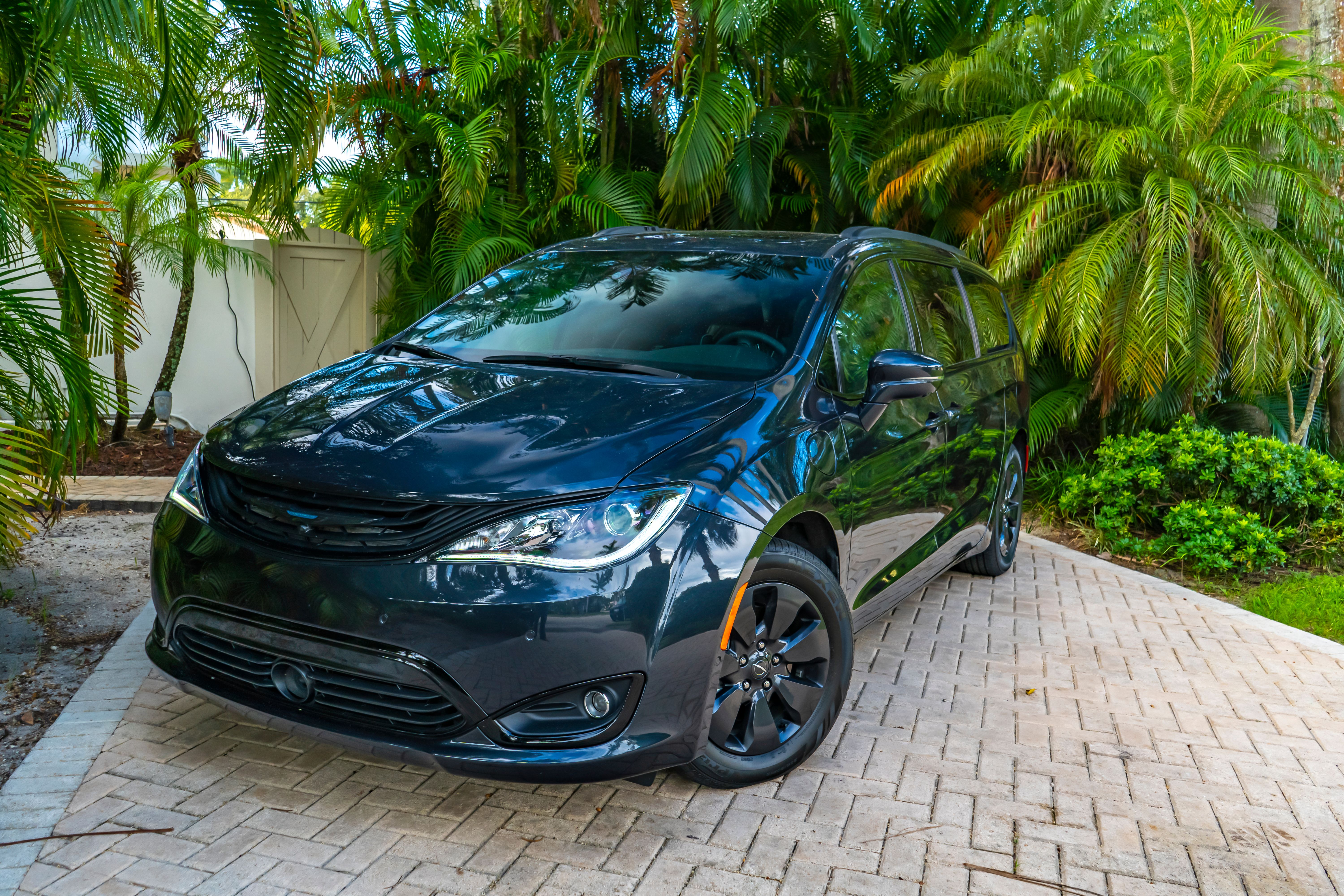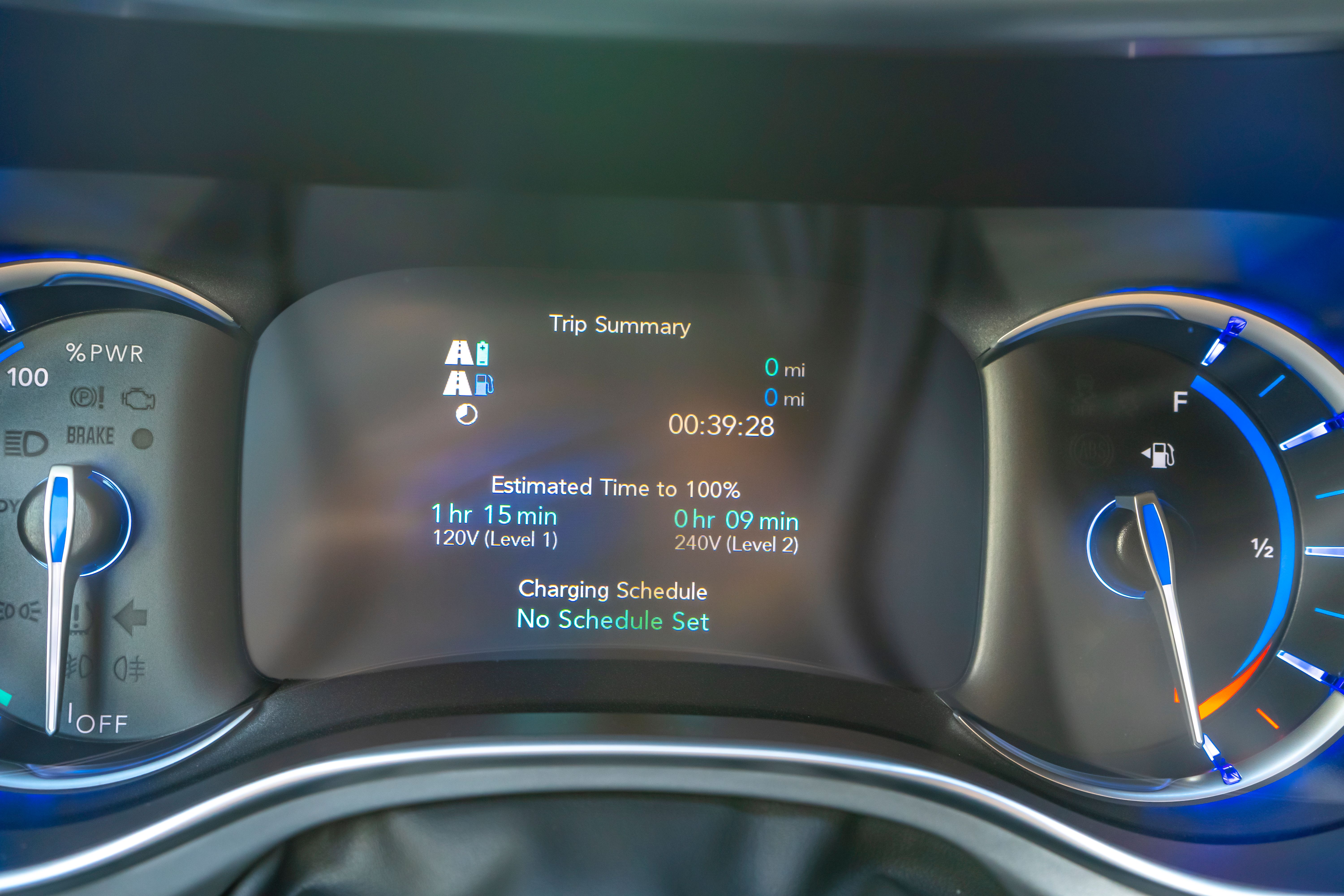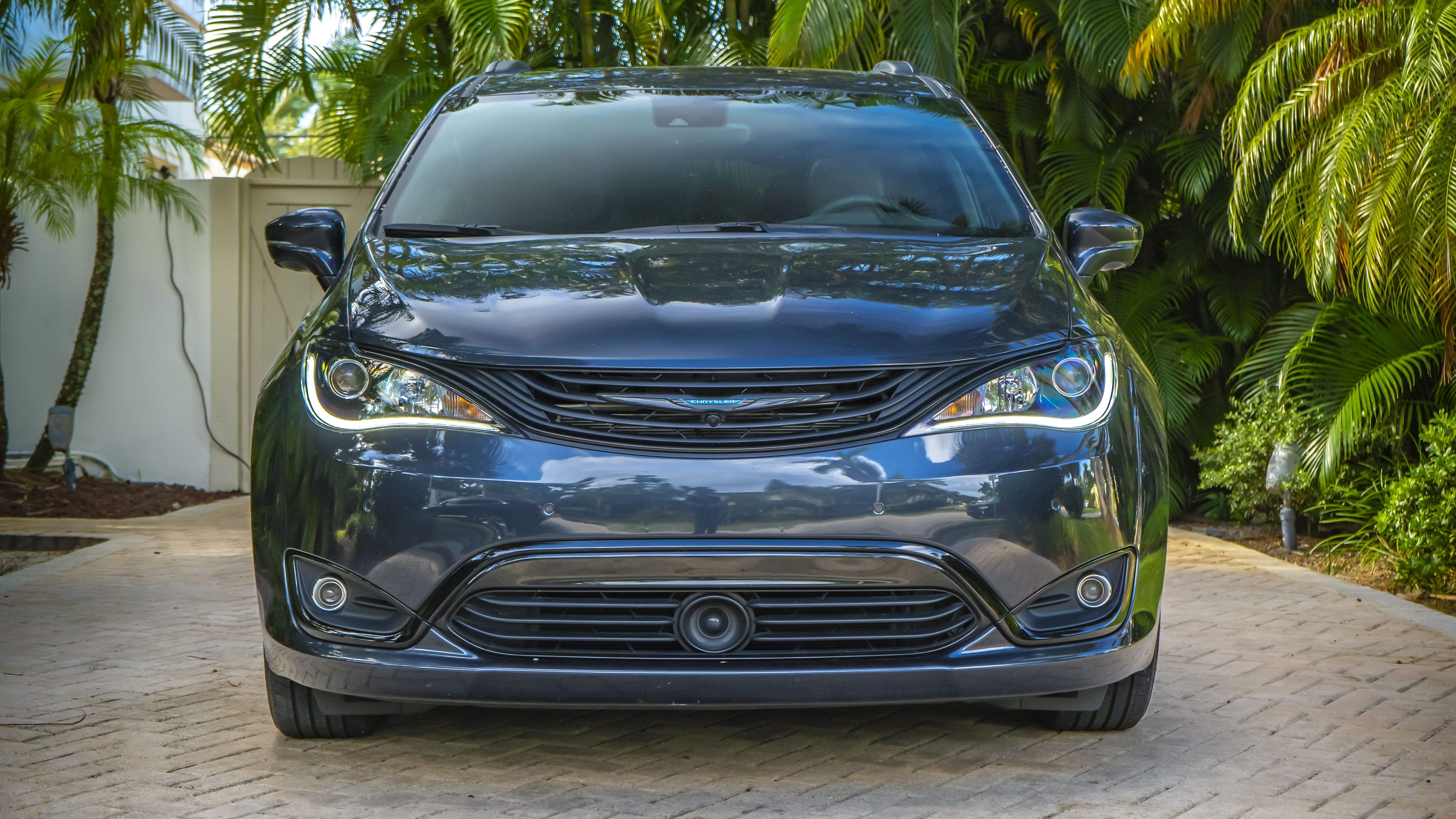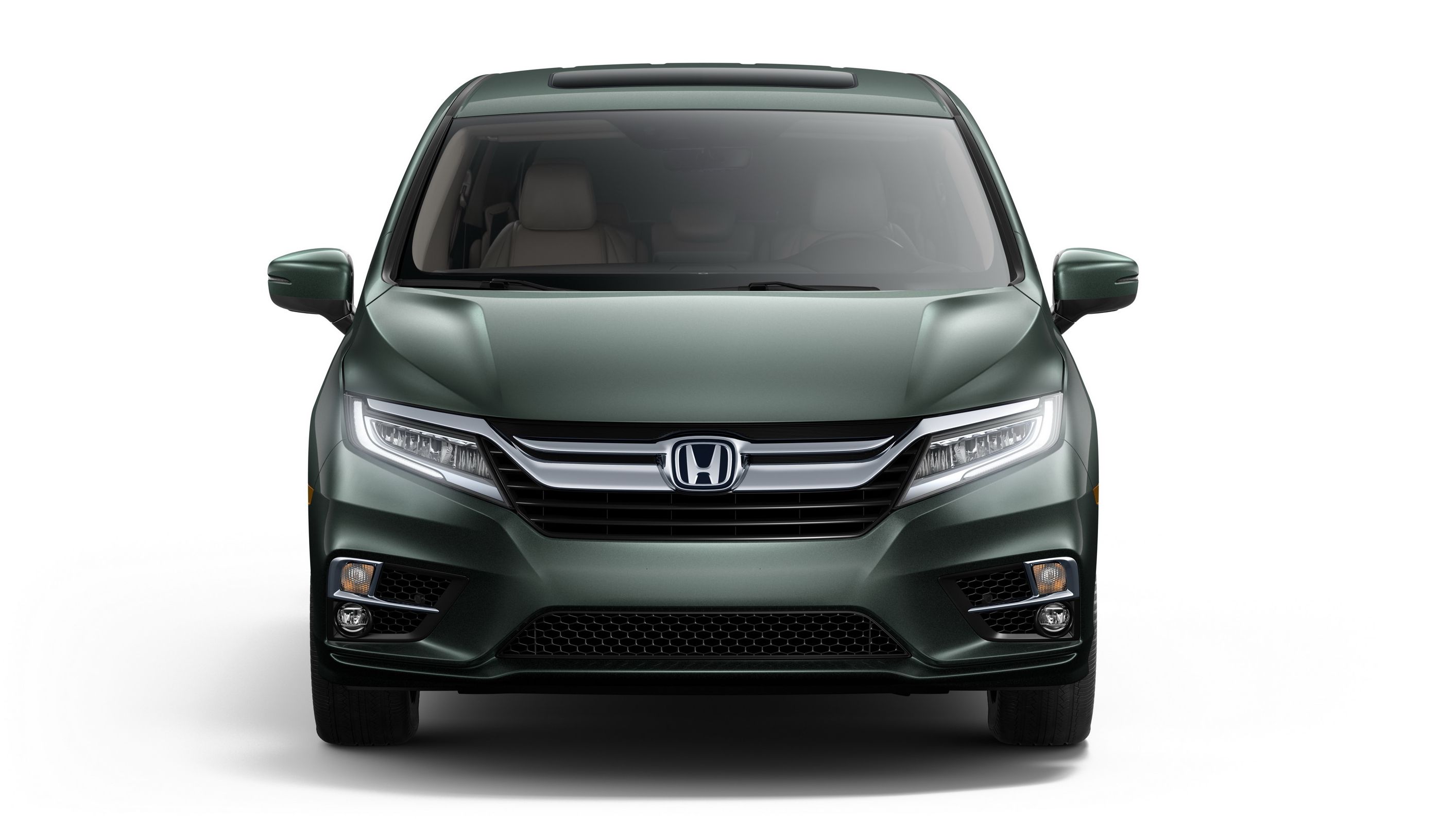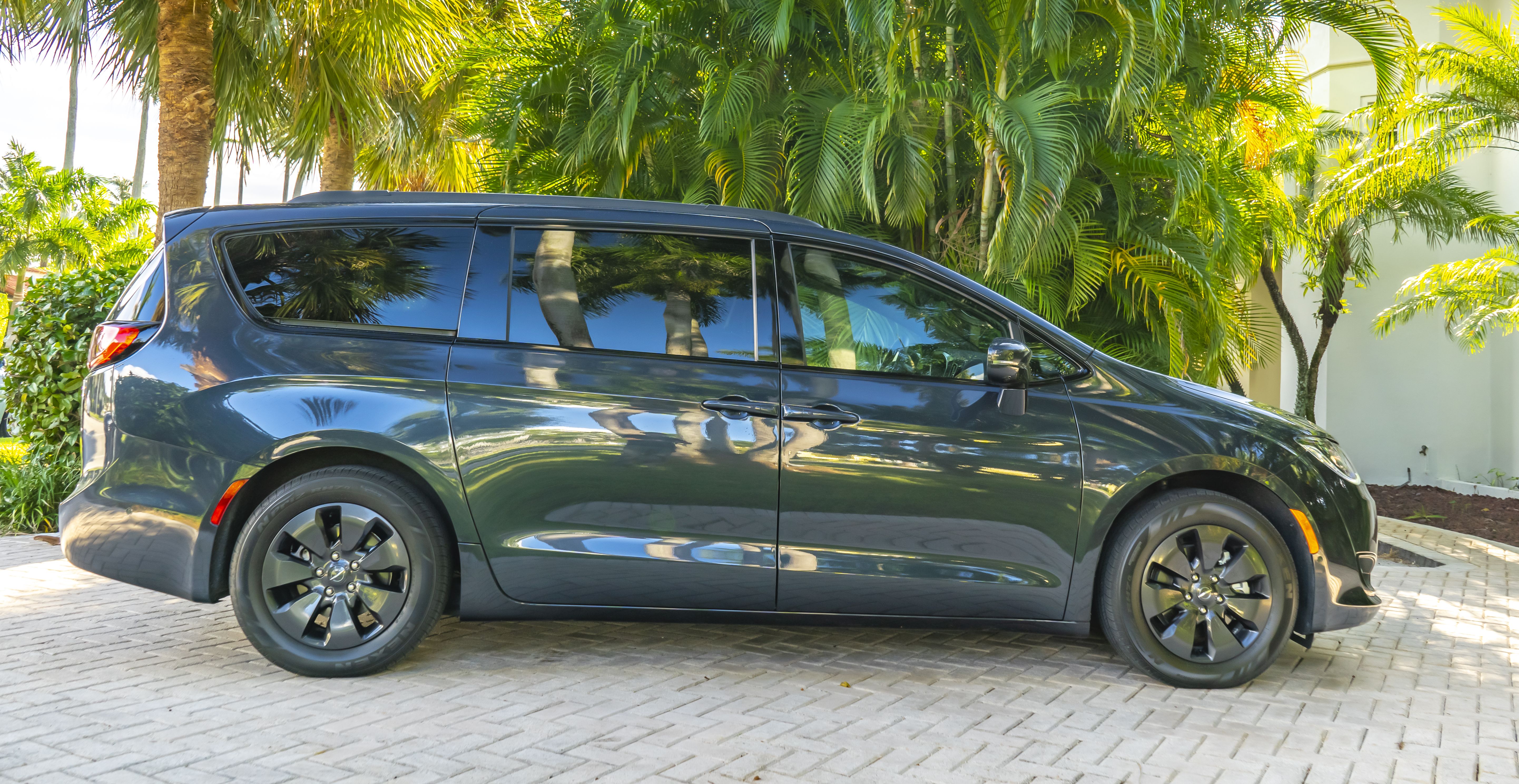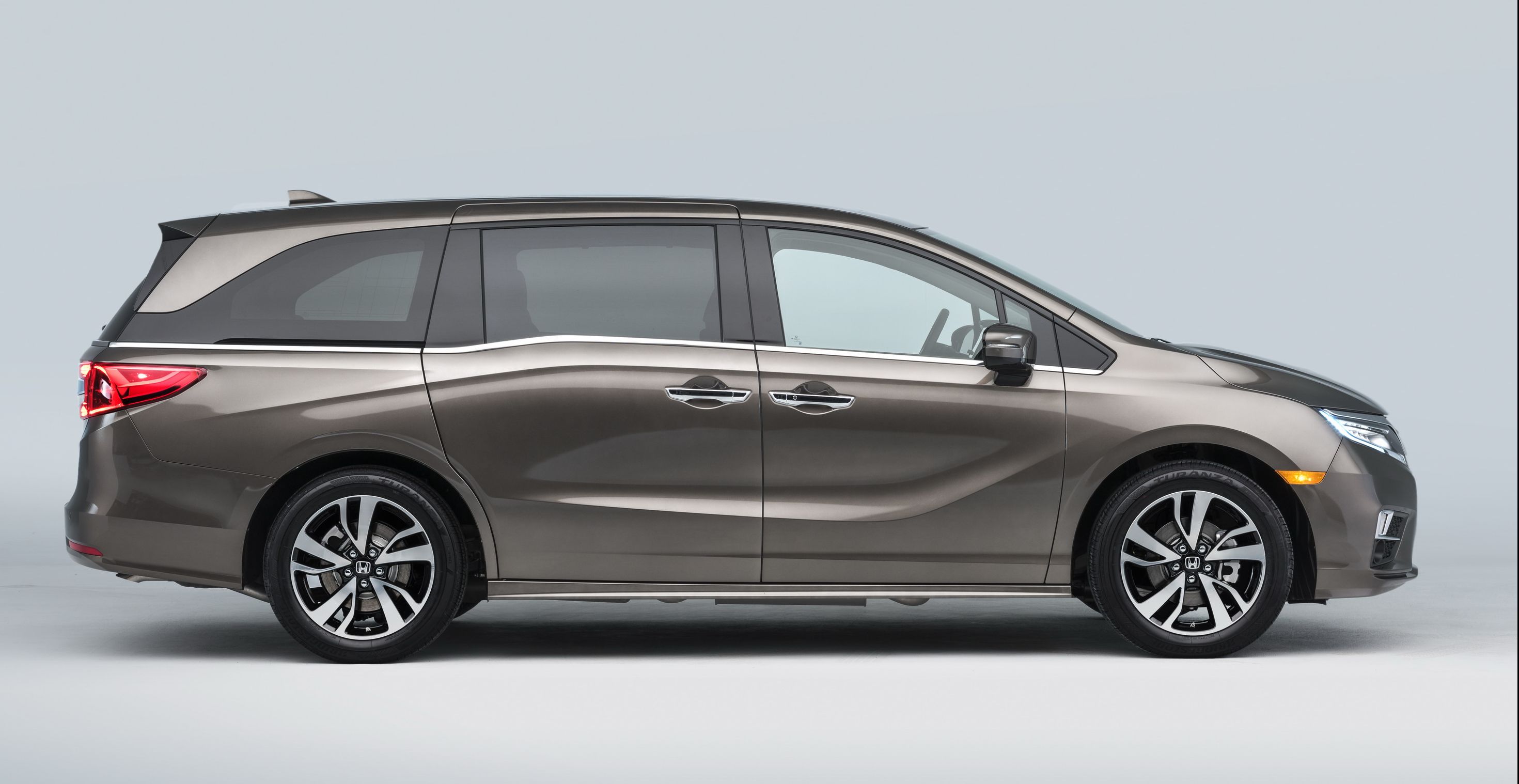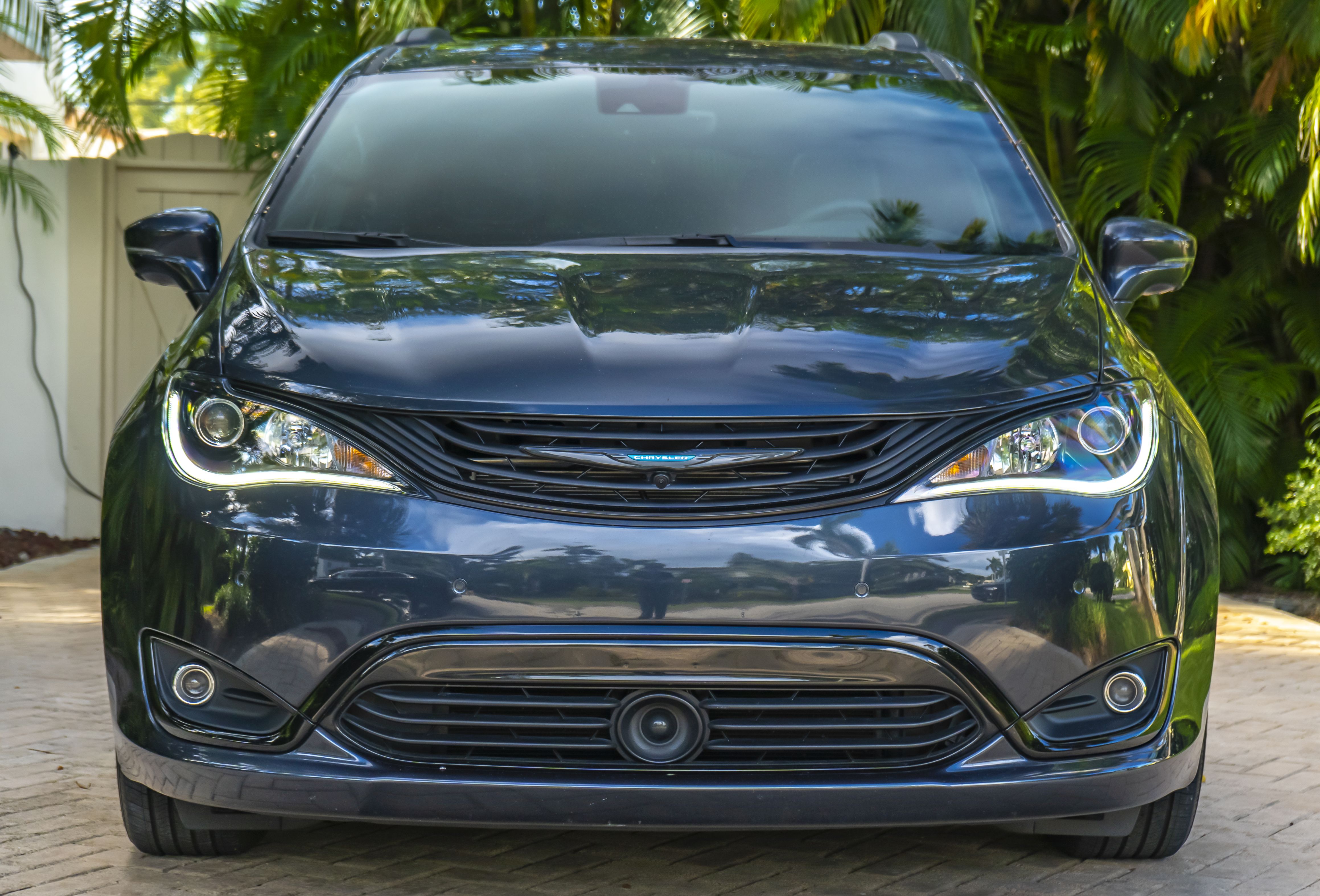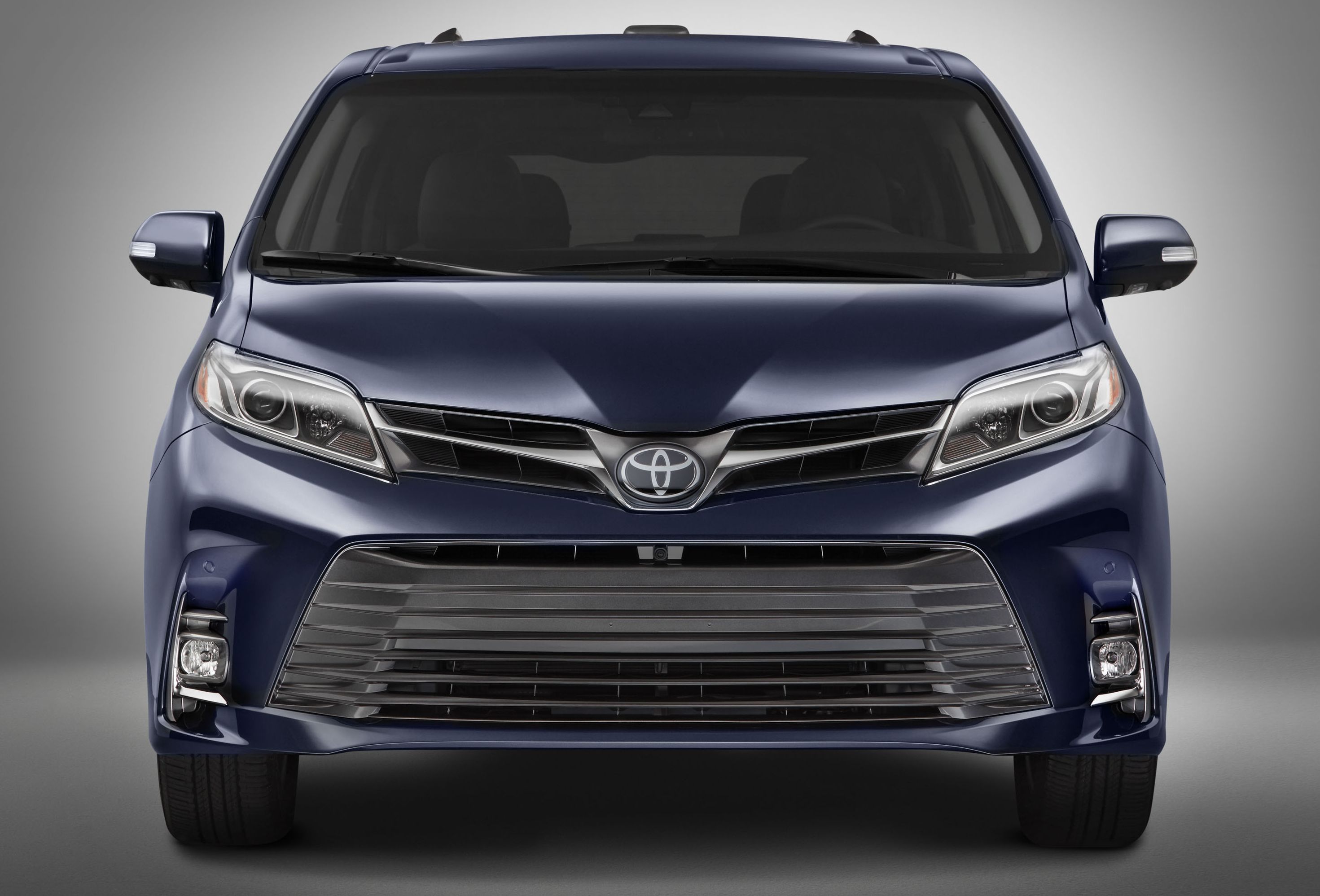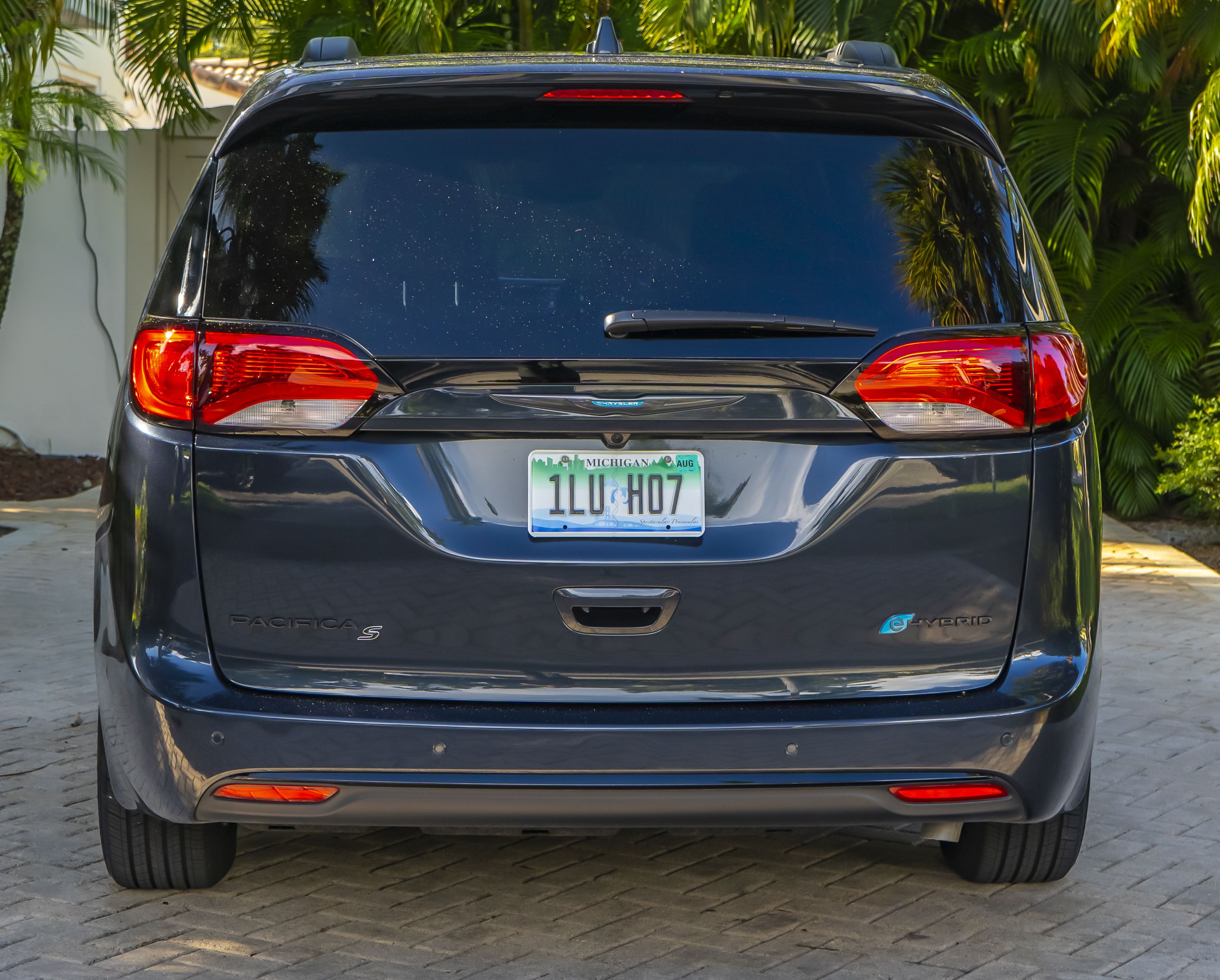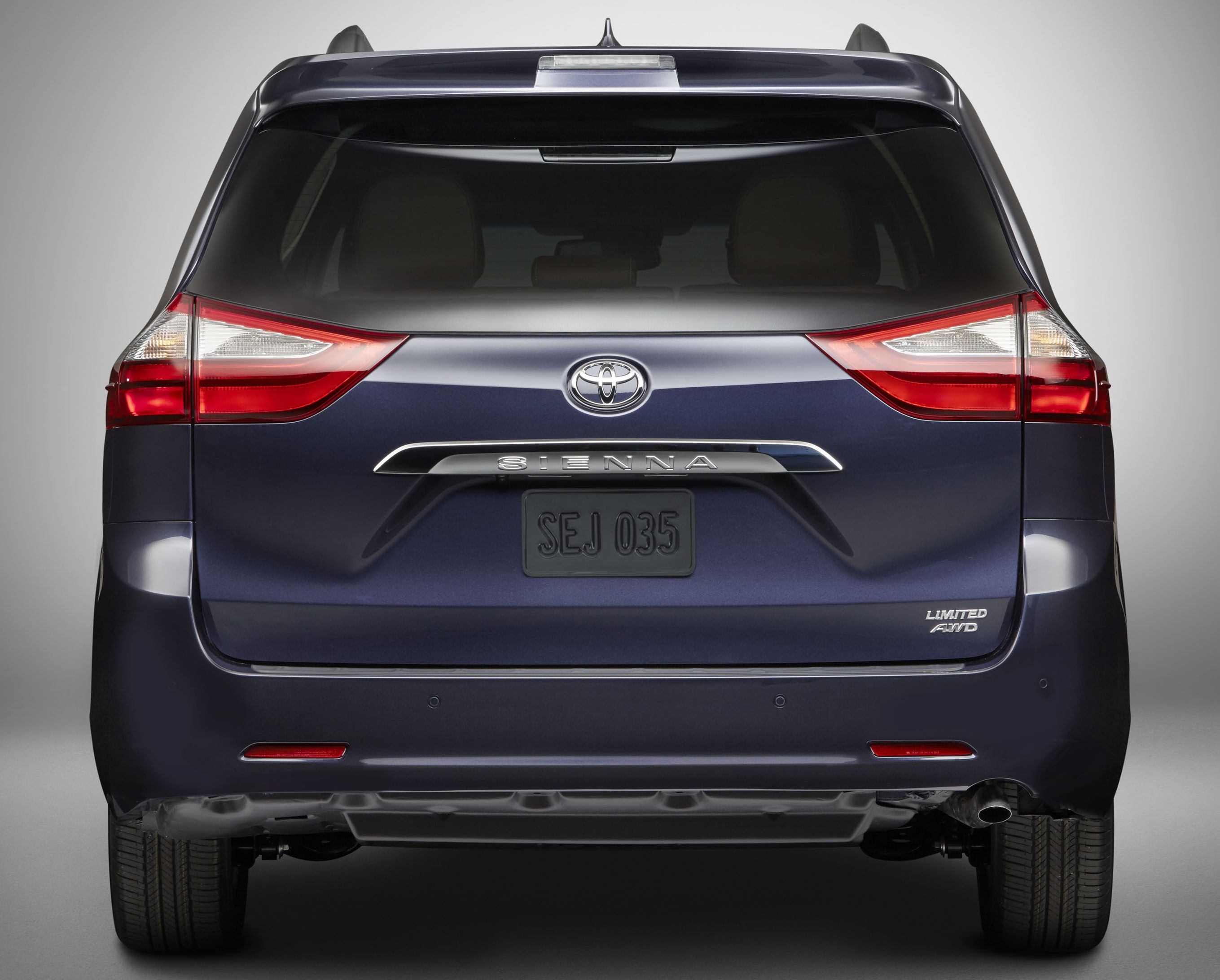The Chrysler Pacifica was introduced in 2016 as a replacement for the Chrysler Town & Country, but it wasn’t until 2017 that the Pacifica Hybrid was launched. As a model that only has a couple of years under its belt, the Pacifica is still relatively fresh on the market and is one of the few minivans that are still in production for the U.S. Market. What’s even more interesting is the fact that Chrysler has managed to create its own little niche of sorts, as the Pacifica Hybrid – the model you see here – is the only hybrid minivan on the market. That means it doesn’t have any prerequisite standard to live up to and is responsible for setting its own standard. With it competing against non-hybrid minivans we have actually been very curious about how well it stacks up against the less-sophisticated competition.
Is the Chrysler Pacifica Hybrid really worth buying in terms of fuel economy, comfort, and value? Is it a worth competitor for the new Honda Odyssey or nearly decade-old Toyota Sienna? Well, we managed to score a week with the Pacific Hybrid, and we set out to answer these questions and more. Here’s what we learned after spending a week with the market’s only hybrid minivan.
2019 Chrysler Pacifica Hybrid - Driven
- Make: Array
- Model: 2019 Chrysler Pacifica Hybrid - Driven
- Engine/Motor: V6
- Horsepower: 287 @ 6400
- Torque: 262 @ 4000
- [do not use] Vehicle Model: Array
Chrysler Pacifica Hybrid Exterior Design
The funny thing about the Pacific Hybrid is that Chrysler actually designates it as its own, standalone model – just enough to give the automaker a three-vehicle lineup that also includes the 300 and standard Pacifica. Be that as it may, there is absolutely nothing in terms of aesthetics that differentiates the Pacifica Hybrid from the standard Pacifica. Well, there are a few extra badges that denote its electrifying presence, but that’s about it – there’s no obscene design cues, extra trim, or anything of the like.
One good thing about the common design between the Hybrid and standard Pacifica is the fact that this minivan is rather attractive. Of course, I’d never go so far as to say that the Pacifica – in hybrid form or not – is sporty, but it does have a look that’s easy on the eyes. The front end is rather symmetrical with gentle, smooth lines that connect the outer design elements to the grille and air dam in the middle. The headlights serve like eyes on the face of a graceful creature in that they aren’t obtrusive and don’t stick out. The contoured LEDs provoke a sense of sophistication while the shiny dark trim in the radiator and grille overpower the little bit of chrome that might come off rubbing us in the wrong way otherwise. The hood feels a little too muscular for a minivan, but it’s not so bad that it lends pain to the eyes – it just feels like a little too much. The wide fender flares up front help to make the Pacific Hybrid feel wider than it really is – it evokes a feeling of size in a good way.
While we can commend Chrysler for keeping the front end of the Pacifica symmetrical, the same cannot be said for the side profile. The van has this weird, distorted, wedge-like design that might not be hard on the eyes but isn’t exactly easy, either. From the side view, you can see just how sloped the nose is as it kinks upward from the angle of the windshield just a little bit. The angle peaks above the front doors at which point the roof begins to slope downward. Usually, this would be okay, but at the same time, the design of the side glass and trim, as well as the overly pronounced bodyline below the waistline, almost makes it look like the van has a banana shape. It kind of does, but this look is emphasized more from this angle.
The rear end of the Pacifica is a bit of a mixed bag. It is very subdued, but the weird black trim along the side of the rear glass and above the taillight makes the rear glass feel wider than it is. The area below the taillights also seems rather tall and bland while the rear fascia feels like it was pulled out of a random parts bin and trimmed to fit. Overall, I guess it blends with the vehicle well enough, but it’s certainly not the Pacifica’s most attractive feature.
Chrysler Pacifica Exterior Dimensions
|
Chrysler Pacifica Hybrid |
Length |
203.8 Inches |
|
|---|---|---|---|
|
Widith |
79.6 Inches |
||
|
Height |
69.9 Inches |
||
|
Wheelbase |
121.6 Inches |
||
|
Front Track |
68.2 Inches |
||
|
Rear Track |
68.2 Inches |
||
|
Ride Height |
5.1 Inches |
How Big is the Chrysler Pacific Hybrid?
Make no mistake – the Chrysler Pacifica, in hybrid form or not, isn’t a small vehicle by any means. It measures 203.8-inches long by 79.6-inches wide, by 69.9-inches tall. It also sits on a 121.6-inch wheelbase.
In terms of garage storage, you don’t even want to think about cramming this baby into a single-car garage. You might be able to get it to fit into a larger single car, or maybe even a 1.5-car garage, but I wouldn’t suggest it. A standard two-car garage is the only real way to be comfortable here and, at 203.8 inches long, you might find the length makes you get a little too close to the wall for comfort — just something to keep in mind if the Pacifica is on your wish list.
Chrysler Pacifica Exterior Dimensions Comparison
|
Chrysler Pacifica Hybrid |
Honda Odyssey |
Toyota Sienna |
Length |
203.8 Inches |
203.2 Inches |
200.6 Inches |
|
|---|---|---|---|---|---|---|---|
|
Widith |
79.6 Inches |
78.5 Inches |
78.1 Inches |
||||
|
Height |
69.9 Inches |
68.3 Inches |
70.7 Inches |
||||
|
Wheelbase |
121.6 Inches |
118.1 Inches |
119.3 Inches |
||||
|
Front Track |
68.2 Inches |
67.3 Inches |
67.7 Inches |
||||
|
Rear Track |
68.2 Inches |
67.2 Inches |
67.7 Inches |
||||
|
Ride Height |
5.1 Inches |
4.5 Inches |
6.6 Inches |
Chrysler Pacifica Hybrid Interior Design
The interior of the Chrysler Pacifica Hybrid looks pretty amazing in pictures but, once we actually got to see it for ourselves, we have come to realize that the interior isn’t quite as nice as Chrysler leads you to believe.
Now, this might sound like impressively bad news, but it’s really not as bad as it sounds because the second row of seats in the Pacifica are captain’s chairs and they are outrageously comfortable – maybe even more so than up front. To make a point, there is a good reason.
Chrysler Pacifica Interior Dimensions Comparison
|
Front Headroom |
40.1 Inches |
40.7 Inches |
39.1 Inches |
|---|---|---|---|
|
Front Shoulder Room |
63.8 Inches |
63.1 Inches |
65.0 Inches |
|
Front Hip Room |
59.0 Inches |
58.6 Inches |
58.6 Inches |
|
Front Leg Room |
41.1 Inches |
40.9 Inches |
40.5 Inches |
|
Rear Headroom |
39.6 Inches |
39.5 Inches |
39.7 Inches |
|
Rear Shoulder Room |
63.0 Inches |
61.6 Inches |
64.6 Inches |
|
Rear Hip Room |
64.8 Inches |
64.8 Inches |
66.1 Inches |
|
Rear Leg Room |
39.0 Inches |
40.9 Inches |
37.6 Inches |
Chrysler Pacific Hybrid Drivetrain and Performance
Chrysler Pacifica Cargo Room Comparison
|
Chrysler Pacifica Hybrid |
Honda Odyssey |
Toyota Sienna |
Minimum Cargo Capacity |
32.3 CU-FT |
38.6 CU-FT |
39.1 CU-FT |
|
|---|---|---|---|---|---|---|---|
|
Behind Second Row |
87.5 CU-FT |
92.0 CU-FT |
87.1 CU-FT |
||||
|
Maximum Cargo Capacity |
140.5 CU-FT |
158.0 CU-FT |
150.0 CU-FT |
Honda Odyssey - $30,690 - $47,320
The Pacifica Hybrid comes with FCA’s Uconnect infotainment system. This system was a little subpar at first, but these days, it’s considered one of the best in the business.
Read our full review on the 2019 Honda Odyssey0
Where most models rely on hybrid technology and electric motors to add extra power to a smaller engine, Chrysler has taken an oddly different route.
One of those electric motors is primarily for power output while the second spends most of its time recuperating energy. When the battery is depleted the hybrid system kicks in, and the Pacifica functions similar to a Toyota Prius in that it will constantly search for ways to boost economy.
Chrysler Pacifica Powertrain Comparison
|
Chrysler Pacifica Hybrid |
Honda Odyssey |
Toyota Sienna |
Engine |
3.6-Liter V-6 Hybrid |
3.5-Liter V-6 |
3.5-liter V-6 |
|
|---|---|---|---|---|---|---|---|
|
Transmission |
9-Speed Auto |
10-Speed Auto |
8-Speed Auto |
||||
|
Horsepower |
287 @ 6,400 RPM |
280 @ 6,000 RPM |
296 @ 6,600 RPM |
||||
|
Torque |
262 LB-FT @ 4,000 RPM |
262 LB-FT @ 4,700 RPM |
263 LB-FT @ 4,700 RPM |
||||
|
Curb Weight |
4,987 LBS |
4,354 - 4,593 LBS |
4,505 - 4,750 LBS |
||||
|
Fuel Economy (mpg) |
19/28/22 |
19/28/22 |
18/24/20 |
||||
|
Fuel Tank Capacity |
19 Gallons |
19.5 Gallons |
20.0 Gallons |
Read our full review on the 2019 Toyota Sienna0
Admittedly, we’re used to driving sports cars, so it was hard to adjust to a lack of fun factor that’s associated with utility- and family-focused vehicles like the Pacifica. In all-electric mode, we were very impressed with the smooth, nimble acceleration and just how well the instant torque comes into play with consideration for such a small battery pack, added weight from the hybrid system, and the smaller electric motors – the latter are designed for efficiency and not performance.
On that note, the Pacifica does hold its own in terms of every day driving. The all-electric mode is good for around 25 miles with a slightly heavy foot. We couldn’t manage to pull a full 32 miles in electric mode, but with a light foot, we suppose it's possible. The reason is clearly the weight of the van and the small battery itself. When driving in gasoline-only mode, the transmission doesn’t feel like it’s quite in sync with throttle input, but in hybrid or electric mode everything seems so much smoother – this is definitely a model you want to make sure you plug-in on a regular basis because gasoline-only mode isn’t one of the Pacifica Hybrid’s strengths.
Cornering and hard curves come with a bit of burden. All the extra mass from the battery sitting below the second row exposes itself in full-force in these scenarios. The van feels far from nimble and quite heavy (it really is quite heavy at 4,987 pounds), but it doesn’t feel unsafe of unstable either – at least not unless you really try to hustle around a sharp bend or turn, anyway.
Overall, the Pacifica hybrid isn’t a bad vehicle to drive, and we did manage to get about 25 miles in EV mode pretty consistently. If you mash the pedal a lot, though, I would expect that number to fall dramatically. Chrysler’s website doesn’t provide any fuel economy numbers outside of the standard Pacifica’s 19 mpg in the city, 28 mpg on the highway, and 22 mpg combined. The EPA rates it at 84 mpg-e (mpg equivalent), however, once electric mode was depleted we were lucky to see more than 22 mpg in mixed city driving. The same story held true on the highway with us managing just 29 mpg once the battery was depleted – this would probably be higher if highway driving involved any type of energy recuperation, but once you’re on the go without stopping, you’ll find fuel economy numbers similar to that of the standard gasoline number.
For what it’s worth, the transition from electric to gasoline mode feels smooth and seamless. It isn’t until the transmission is forced to put in work that things start to feel out of sync. Also, when going beyond 70 mph on the highway, you don’t really feel the engine kick in, but there is a small delay between the time you attempt to cross the threshold and the time you actually get moving again. This is important to remember during overtake maneuvers as that delay will catch you off-guard if the engine isn’t already running.
Final Thoughts
The Chrysler Pacifica is Priced from $27,235 and climbs to as high as $46,490 for the range-topping Pacifica Hybrid 35th Anniversary Limited. In non-hybrid form, the Pacifica is available in no less than 9 different trims. Meanwhile, the hybrid version is available in 5 different trims. To be honest, it’s quite confusing, but to simplify it a bit, if you’re looking to get into the Pacifica Hybrid, you’re looking at an entry-level price of $40,245 – nearly $1,000 more than the non-hybrid Chrysler Pacifica 35th Anniversary Touring L Plus trim level. The range-topping hybrid model commands $46,490.
Chrysler Pacifica Pricing
|
Non-Hybrid |
Price |
Hybird |
Price |
|---|---|---|---|
|
Chrysler Pacifica L |
$27,235 |
Chrysler Pacifica Hybrid Touring Plus |
$40,245 |
|
Chrysler Pacifica LX |
$30,045 |
Chrysler Pacifica Hybrid Touring L |
$42,445 |
|
Chrysler Pacifica Touring Plus |
$33,495 |
Chrysler Pacifica Hybrid 35th Anniversary Touring L |
$43,835 |
|
Chrysler Pacifica Touring L |
$36,795 |
Chrysler Pacifica Hybrid Limited |
$45,795 |
|
Chrysler Pacifica 35th Anniversary Touring |
$38,810 |
Chrysler Pacifica Hybrid 35th anniversary Limited |
$46,490 |
|
Chrysler Pacifica Touring L Plus |
$39,645 |
||
|
Chrysler Pacifica 35th Anniversary Touring L Plus |
$41,065 |
||
|
Chrysler Pacifica Limited |
$44,695 |
||
|
Chrysler Pacifica 35th Anniversary Limited |
$45,390 |
Further reading
The truth is that the Pacifica Hybrid stands in a corner all by itself with absolutely zero direct competition. It’s the only hybrid minivan on the market and, as such, we need to compare it to the usual non-hybrid models that are usually cross-shopped with the gasoline-only Pacifica.
Read our full review on the 2017 Chrysler Pacifica.1
|
|
ids=864313,864314 |
no_overlay=false |
before_label=Chrysler Pacifica Hybrid |
after_label=Honda Odyssey> |
The Honda Odyssey has a more simplistic pricing structure with just five different trim levels to choose from and a price tag that ranges from $30,690 all the way up to $47,320. As you already know, the Odyssey isn’t available as a hybrid, but it is powered by a 3.5-liter V-6 that’s considered one of the most reliable in the business. It delivers a respectable-for-this-segment 280 horsepower and 262 pound-feet of torque – enough to adequately haul around the Odyssey’s 4,354-4,593 pounds of dead weight. The Odyssey is a cargo hauler's dream, offering up 38.6 cubic-feet behind the third row, 92.0 cubic-feet behind the second row, and a segment-leading 158 cubic-feet behind the front seats will the rear rows laid flat. As a point of reference, that maximum cargo room is 17.5 cu-ft more than what the Pacifica offers and 8 cu-ft more than what the Toyota Sienna offers. It also offers 6.3 cu-ft more behind the third row of seats than the Pacifica does, so it’s something to keep in mind.
The entry-level Odyssey isn’t exactly barebones, but it doesn’t offer all the amenities the pricier models offer. In LX trim, the one that sets you back just over $30,000, you'll get 18-inch wheels, powered front seats, and a good rear-view camera. The next trim up, the $34,000 EX, will get you Honda Sensing and some safety features as well as smart entry and that Magic-Slide second-row seats. The EX-L will add leather and a power tailgate to the equation, but you’ll still have to pay for the rear entertainment system or navigation. The Touring trim, which starts at $44,960 will get you a built-in vacuum, wi-fi hotspot, and hands-free rear gate. You’ll also get cabin watch, which allows you to view the kiddos in the back without looking away from the road. The range-topping, $47,320 Elite trim level comes with all the bells and whistles, including heated and ventilated front seats, wireless phone charging, a premium audio system, and rain-sensing wipers, among other things.
|
|
ids=864315,864316 |
no_overlay=false |
before_label=Chrysler Pacifica Hybrid |
after_label=Honda Odyssey> |
If I had to choose the perfect Odyssey on a budget, I’d aim for the EX-L trim with the leather seats, optional navigation, and entertainment, and it has that magic second-row seating. It’s the perfect blend between base and luxury without crossing into $40,000 territory.
Chrysler Pacifica vs. Honda Odyssey
|
Chrysler Pacifica Hybrid |
Honda Odyssey |
Engine |
3.6-Liter V-6 Hybrid |
3.5-Liter V-6 |
|
|---|---|---|---|---|---|
|
Transmission |
9-Speed Auto |
10-Speed Auto |
|||
|
Horsepower |
287 @ 6,400 RPM |
280 @ 6,000 RPM |
|||
|
Torque |
262 LB-FT @ 4,000 RPM |
262 LB-FT @ 4,700 RPM |
|||
|
Curb Weight |
4,987 LBS |
4,354 - 4,593 LBS |
|||
|
Fuel Economy (mpg) |
19/28/22 |
19/28/22 |
|||
|
Fuel Tank Capacity |
19 Gallons |
19.5 Gallons |
|||
|
Price |
$27,235 - $46,490 |
$30,690 - $47,320 |
Read our full driven review on the 2017 Chrysler Pacifica Hybrid.
Toyota Sienna - $31,415 - $47,830
|
|
ids=864317,864318 |
no_overlay=false |
before_label=Chrysler Pacifica Hybrid |
after_label=Toyota Sienna> |
Toyota uses the same playbook as Chrysler in that the Toyota Sienna is available in more trim levels than we’d like to admit. Priced from $31,415 the Sienna starts out rather affordable but if you jump up to the 10th range-topping trim level – yes, the 10th – you’ll have to pony up some $47,830. The Sienna is the old man on the block with this generation being on sale since 2010. It’s nearly a decade old and has soldiered on with only minor improvements over the years. Toyota did recently update the exterior appearance to make it look more modern, and the interior does have some new technology, including a semi-digital instrument cluster and a new rear-seat entertainment system but, make no mistake, this baby is riding on decade-old underpinnings.
Despite this, the Sienna is a strong seller for Toyota and was managing to rake in six-figure sales numbers from 2011 onward until sales started to plummet in 2018 to just 87,672 – 23,817 models shy of what Toyota sold in 2017. Be that as it may, the Sienna has a couple of strong selling points. First off, it’s more powerful than both the Pacifica and Odyssey with its 3.5-liter V-6 dishing out 296 horsepower and 263 pound-feet of torque. It falls a little shy in the fuel economy category but makes up for it in utility by beating out the Pacifica in minimum cargo room (39.1 cu-ft vs. 32.3 cu-ft) and maximum cargo room (150 cu-ft vs. 140.5 cu-ft). The more important thing here, however, is that the Sienna is actually available with AWD – something that neither the Pacifica or Odyssey can lay claim to.
|
|
ids=864319,864320 |
no_overlay=false |
before_label=Chrysler Pacifica Hybrid |
after_label=Toyota Sienna> |
If you want a barebones model, you can step into the Sienna L for just $31,415, which really isn’t bad for a basic family hauler that gets the job done. Pricing increases as you move up the trim line, though, with the LE running $34,235 or $40,150 with Access Seat. The SE and SE Premium commands $37,565 and $43,660, respectively, while the XLE and XLE with Access Seat run $37,565 and $43,700, respectively. Meanwhile, the XLE Premium, Limited, and Limited Premium trim will run you $41,255, $44,310, or $47,830. For what it’s worth, that $6,000 Auto Access Seat is kind of worth the money if you haul around someone that struggles with mobility. It’s basically a seat that rotates and extends outside the ground so that passengers don’t have to step up into the vehicle. It’s a great solution that’s not offered by any of the competition, but it’s an old technology and still quite expensive. It’s certainly not something worth considering unless you will really make use of it.
Chrysler Pacifica vs. Toyota Sienna
|
Chrysler Pacifica Hybrid |
Toyota Sienna |
Engine |
3.6-Liter V-6 Hybrid |
3.5-liter V-6 |
|
|---|---|---|---|---|---|
|
Transmission |
9-Speed Auto |
8-Speed Auto |
|||
|
Horsepower |
287 @ 6,400 RPM |
296 @ 6,600 RPM |
|||
|
Torque |
262 LB-FT @ 4,000 RPM |
263 LB-FT @ 4,700 RPM |
|||
|
Curb Weight |
4,987 LBS |
4,505 - 4,750 LBS |
|||
|
Fuel Economy (mpg) |
19/28/22 |
18/24/20 |
|||
|
Fuel Tank Capacity |
19 Gallons |
20.0 Gallons |
|||
|
Price |
$27,235 - $46,490 |
$31,415 - $47,830 |
Read our full review on the 2019 Toyota Sienna
Final Thoughts
Is the Chrysler Pacifica Hybrid worth buying over the gas-powered model? We have to admit that it doesn’t have all the best-selling points if you don’t fit into a specific demographic. If you’re like some and have short in-town commutes or don’t do a lot of driving, then you could drastically reduce your dependency on gasoline by taking advantage of the Pacifica Hybrid’s EV mode. Hell, if you have a light foot and a 15-mile commute, you can probably make it to and from work every day of the week without using a drop of gas – assuming you plug it in every night, anyway. However, if you’re someone that does a lot of highway driving, then the Hybrid doesn’t make a lot of sense. Sure, you might get the first 20-30 miles in EV mode but, after that, your commute will be primarily gas and given the standard fuel economy numbers, you might find yourself saving a gallon of gas here and there. That might add up over time, but with the hybrid model commanding a high premium over the equivalent gas-only model in some cases ( $5,670 for Touring L trim or $6,750 for Touring Plus trim) it might not be worth opting for if you’re not going to make significant use of the EV system. On that note, I should point out that the Limited trim only costs about $1,100 more in hybrid form, so if you’re going for the higher trim levels, the hybrid model might make more sense with light use as, over time, you will make up the money you’re spending on the hybrid in gas savings.
Those thoughts aside, the Pacifica is an attractive vehicle for a minivan, and it is pretty damn comfortable on longer trips. If you’re someone that does a lot of traveling with the family it’s not exactly a bad proposition. The kids have plenty of room in the back, the optional rear entertainment system will keep them entertained, and even once the hybrid battery is depleted, the Pacifica does garner decent fuel economy. The cargo room is on point, despite falling a little short of the competition, and the overall driving dynamics are perfect for its purpose which is, after all, family-hauling, right?
Further reading
Read our full review on the 2017 Chrysler Pacifica.
Read our full driven review on the 2017 Chrysler Pacifica Hybrid.

